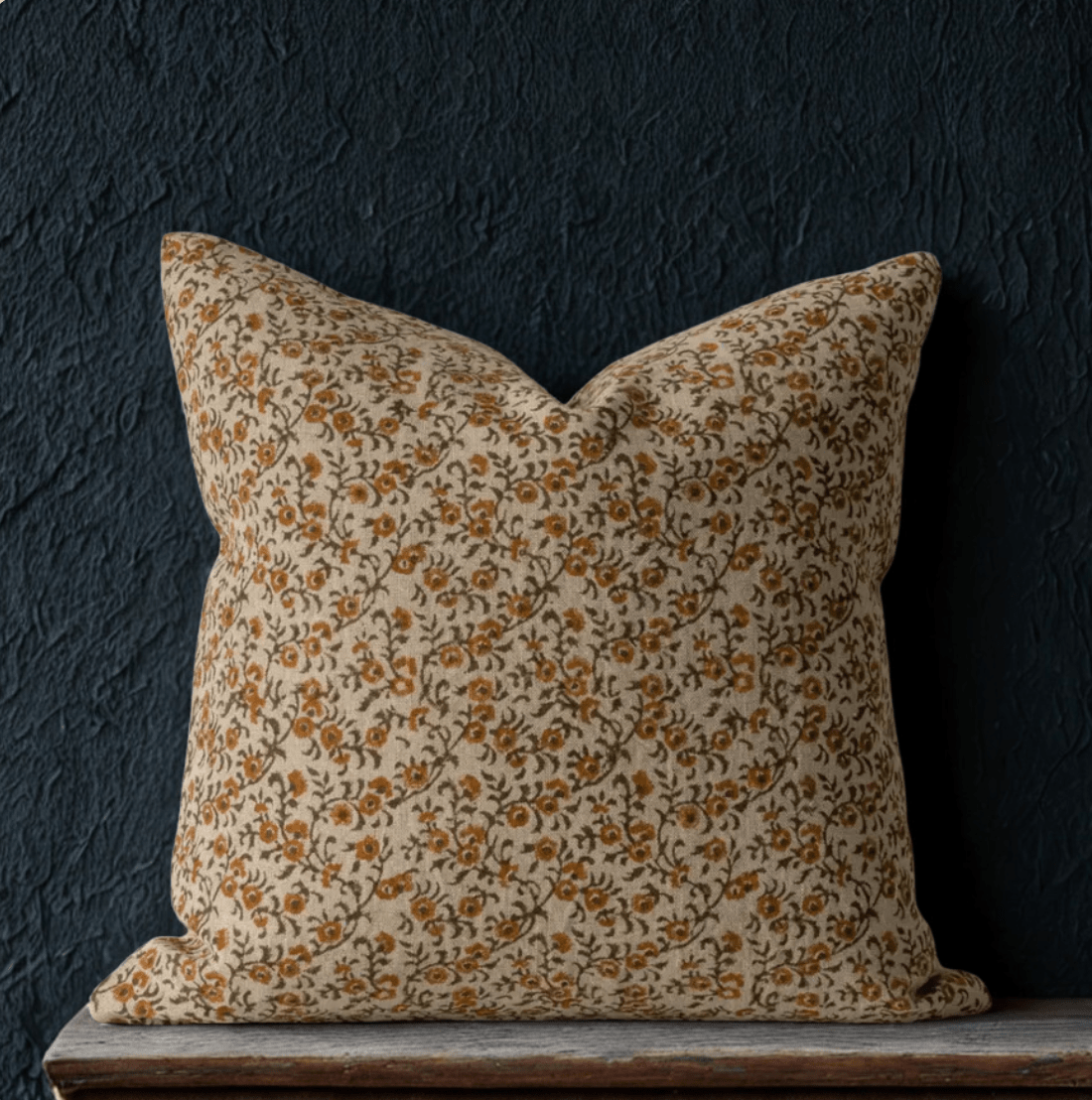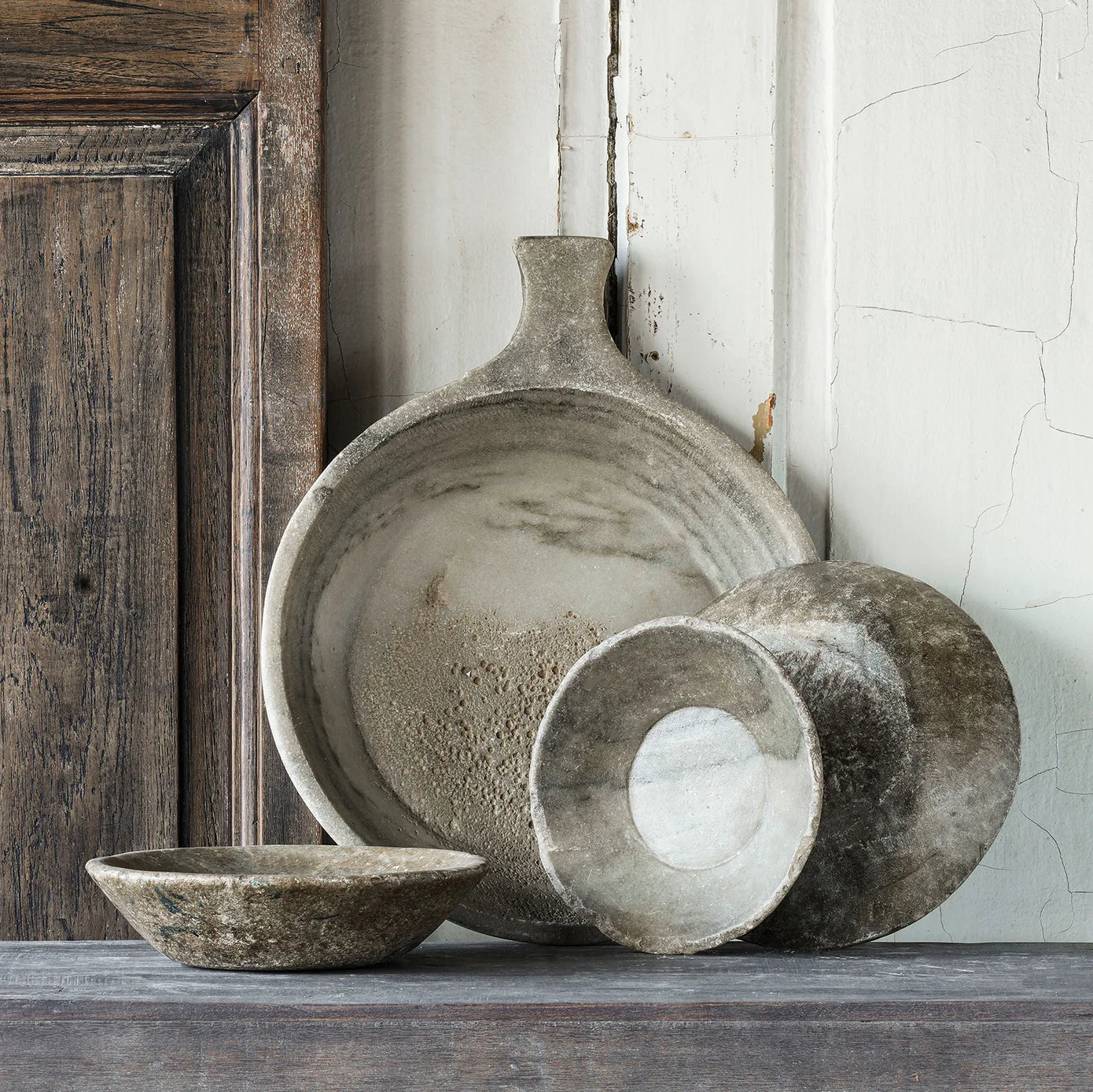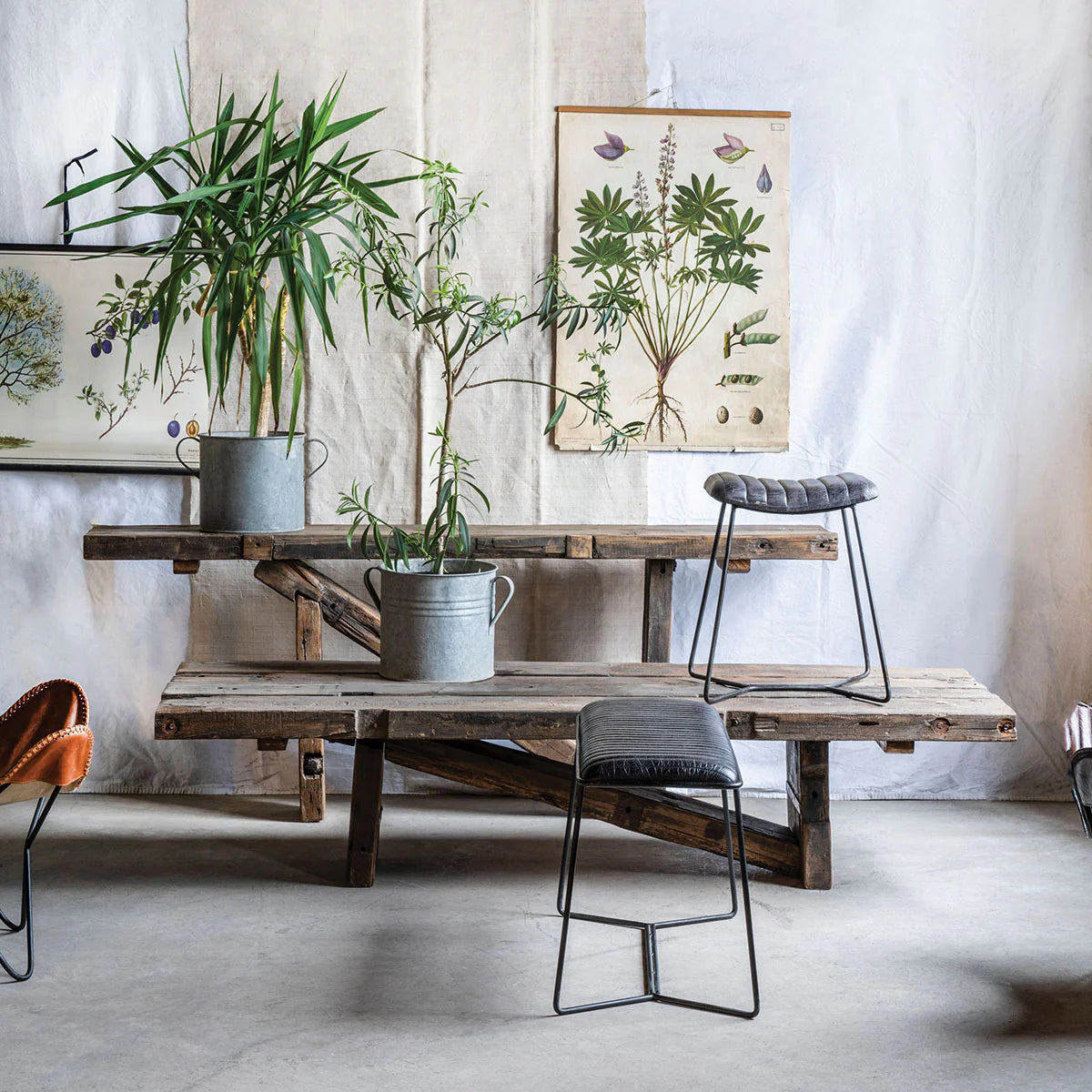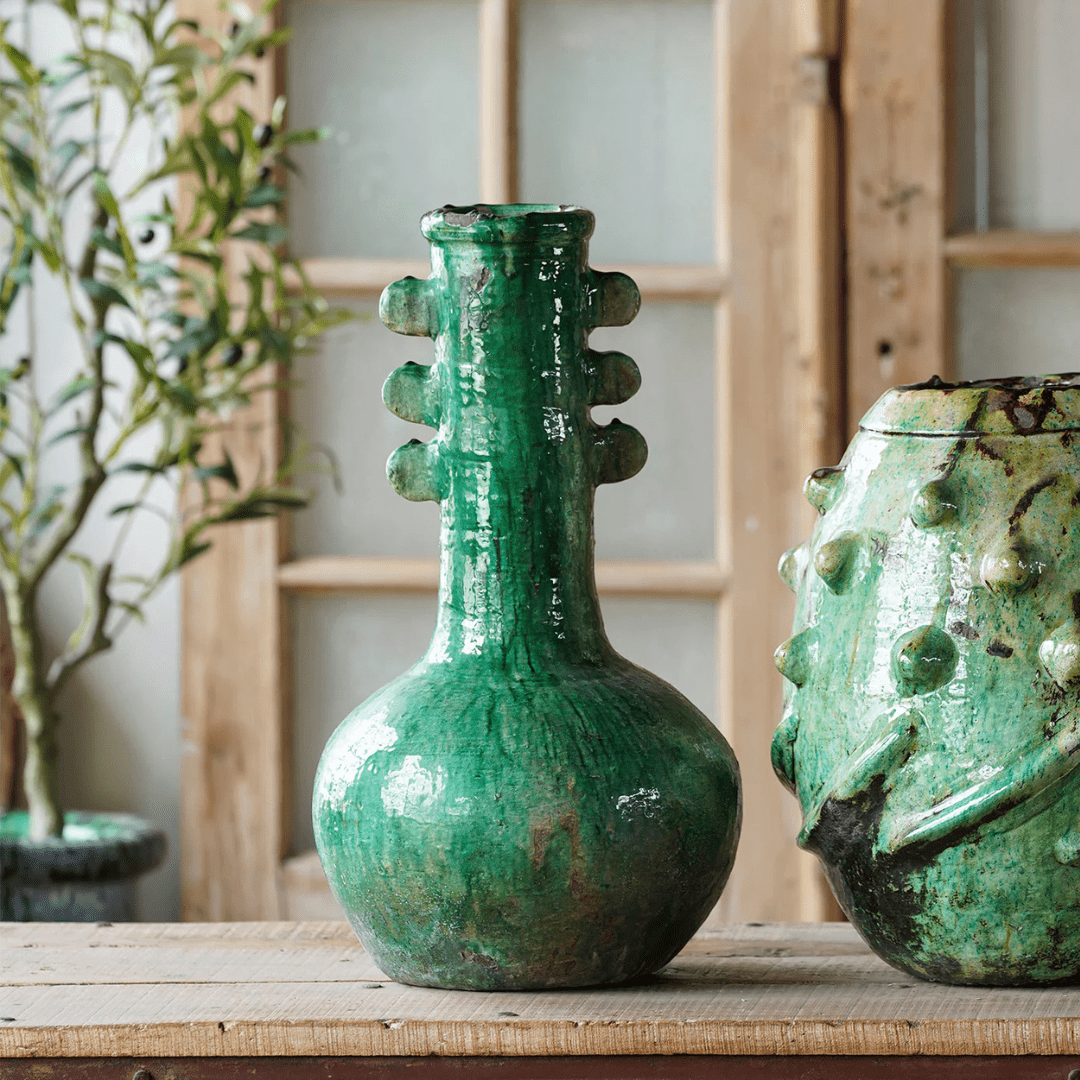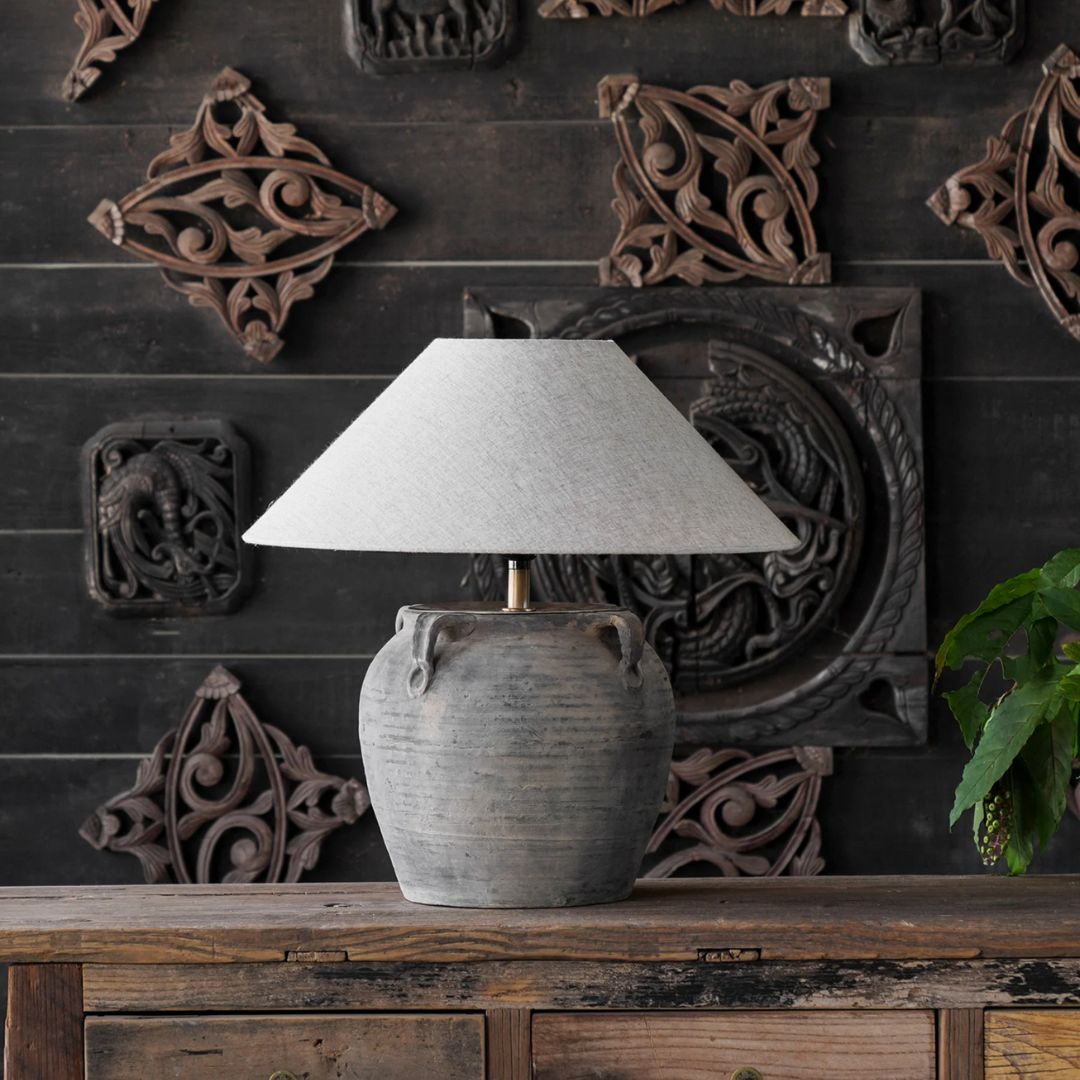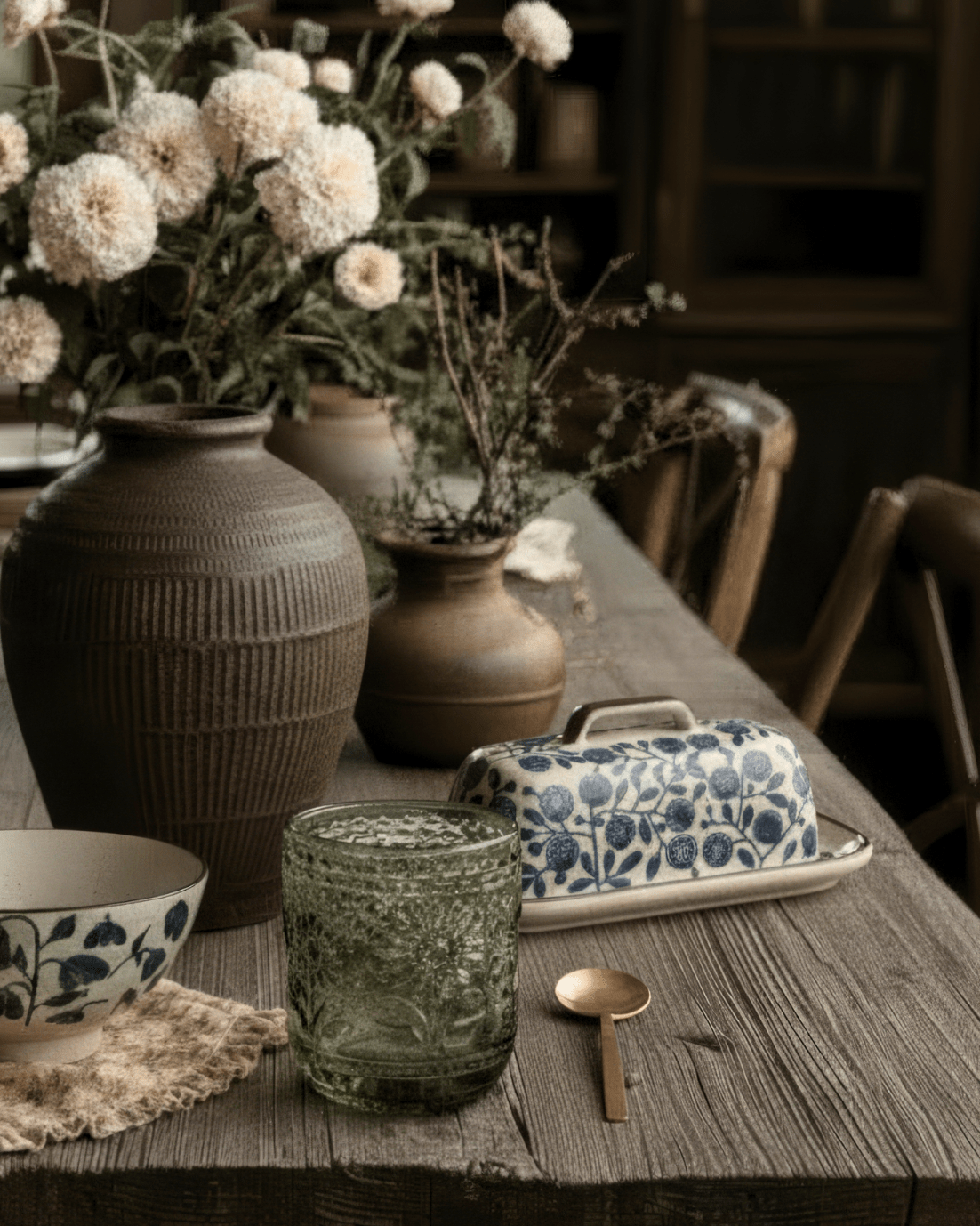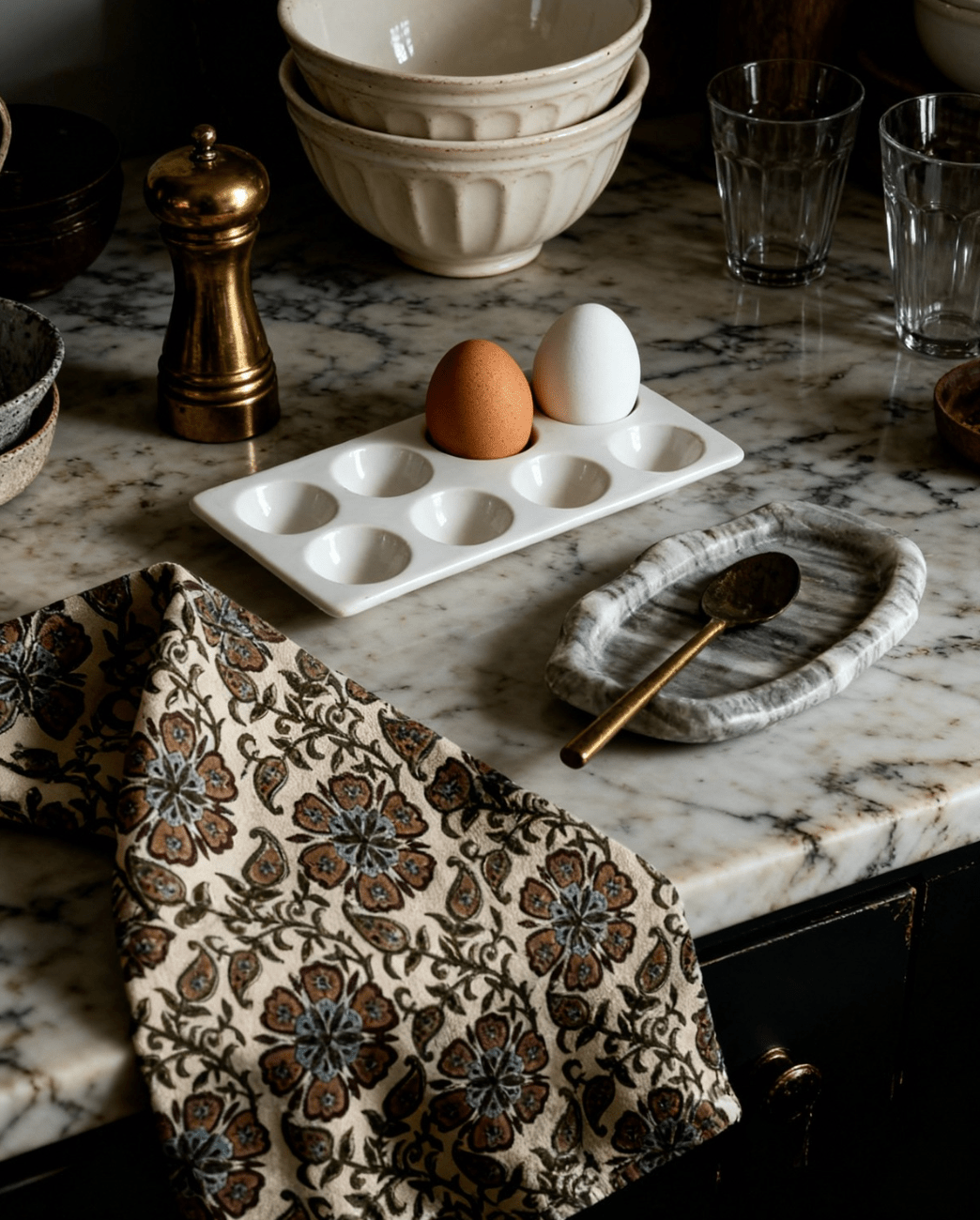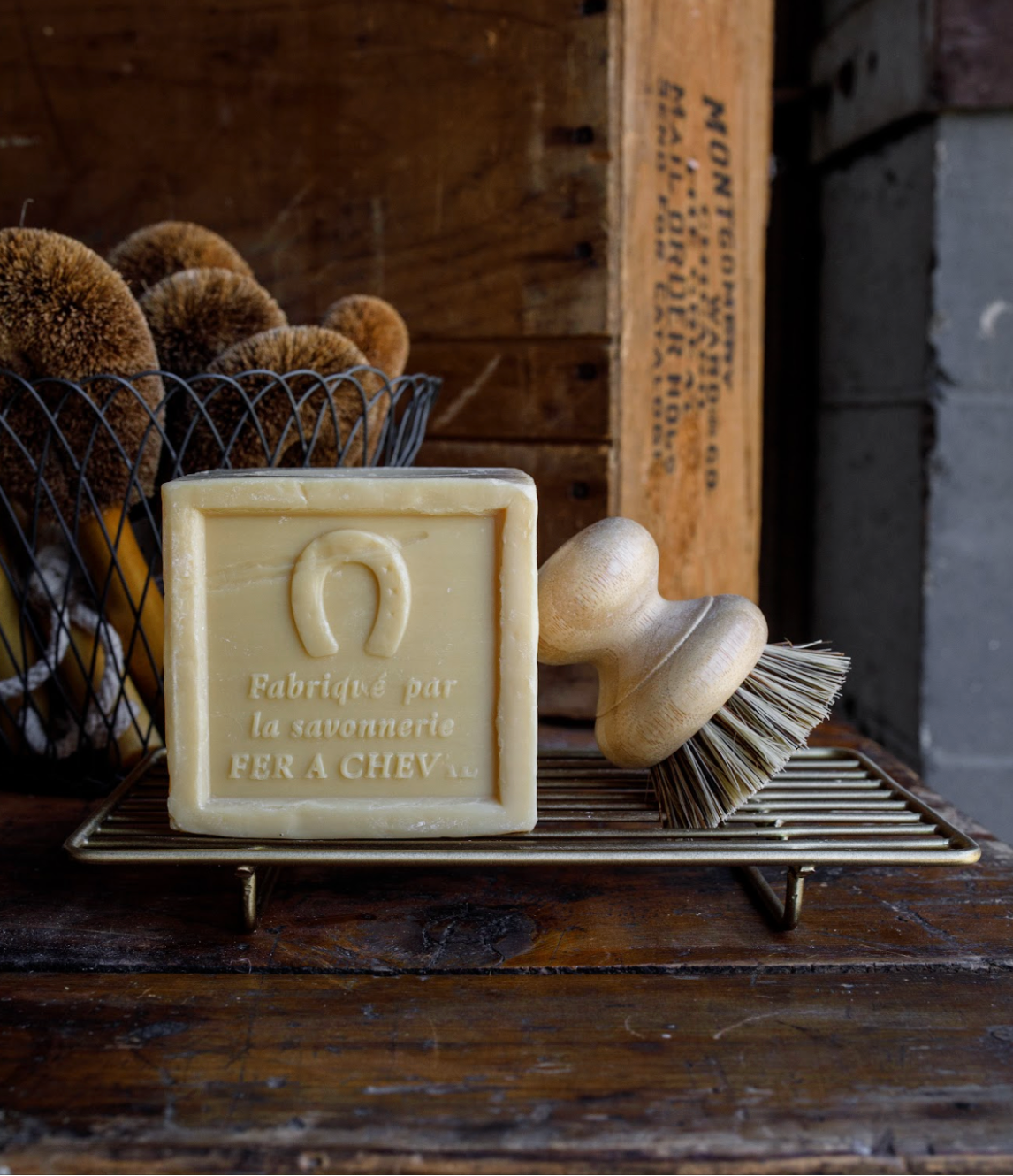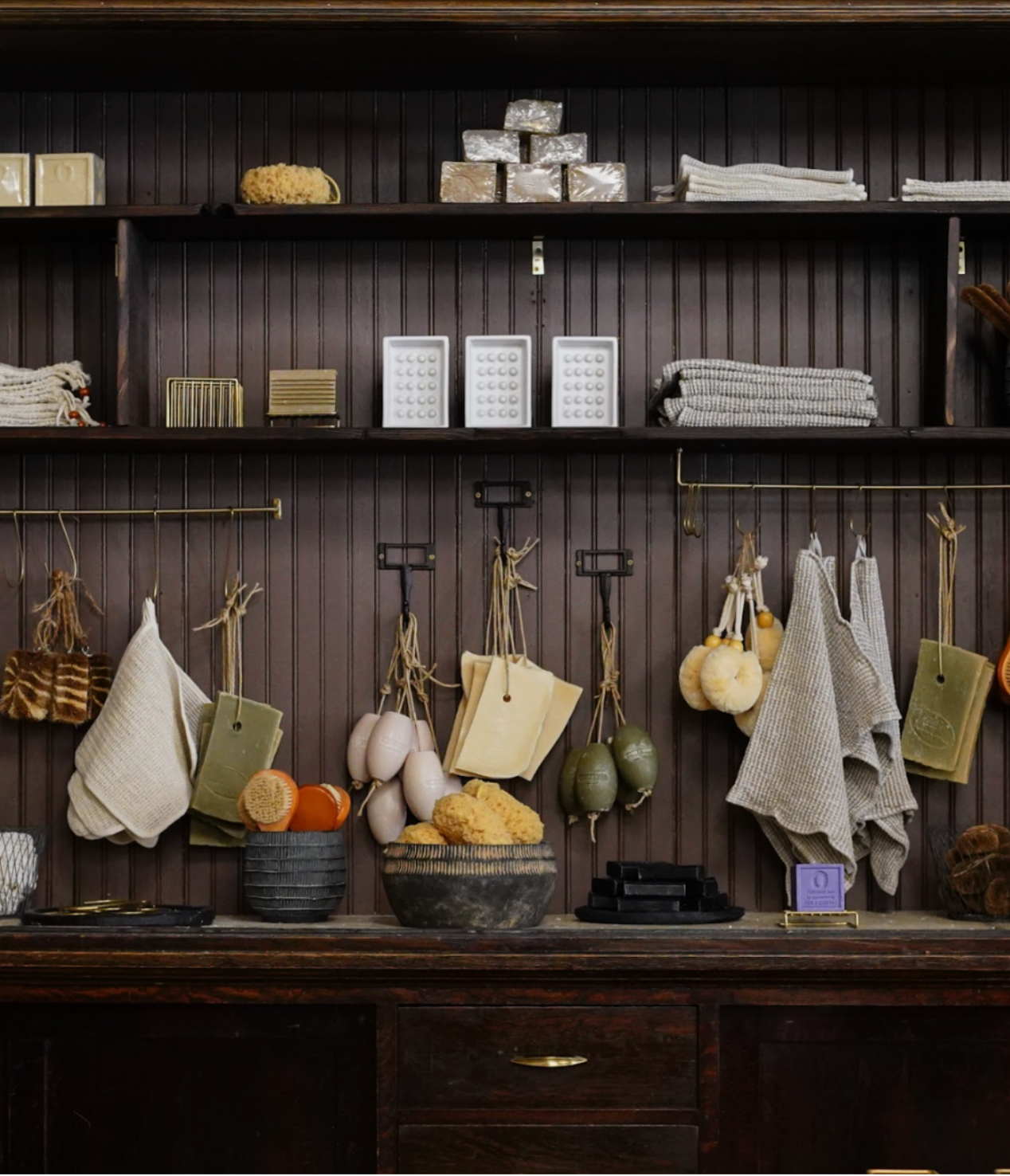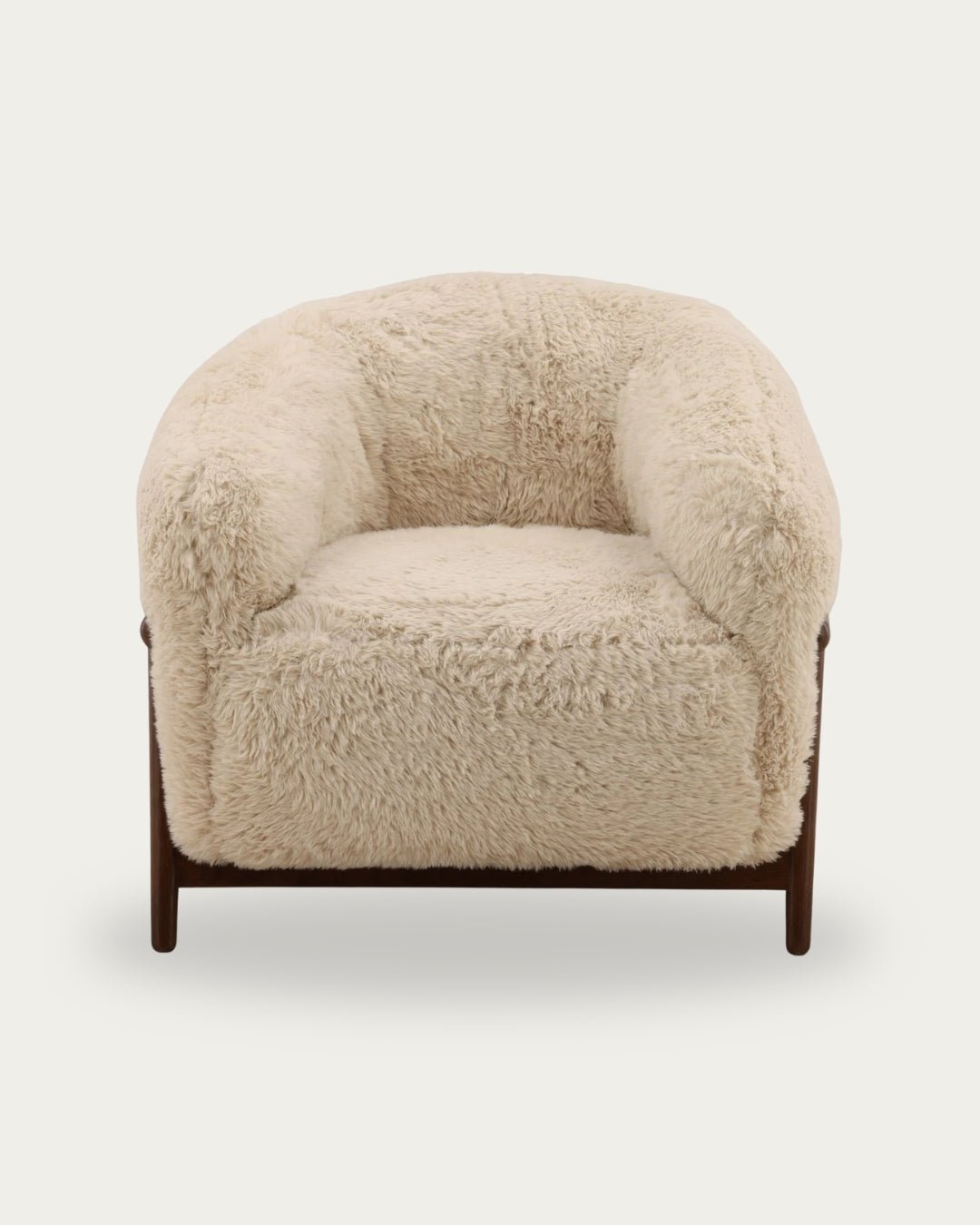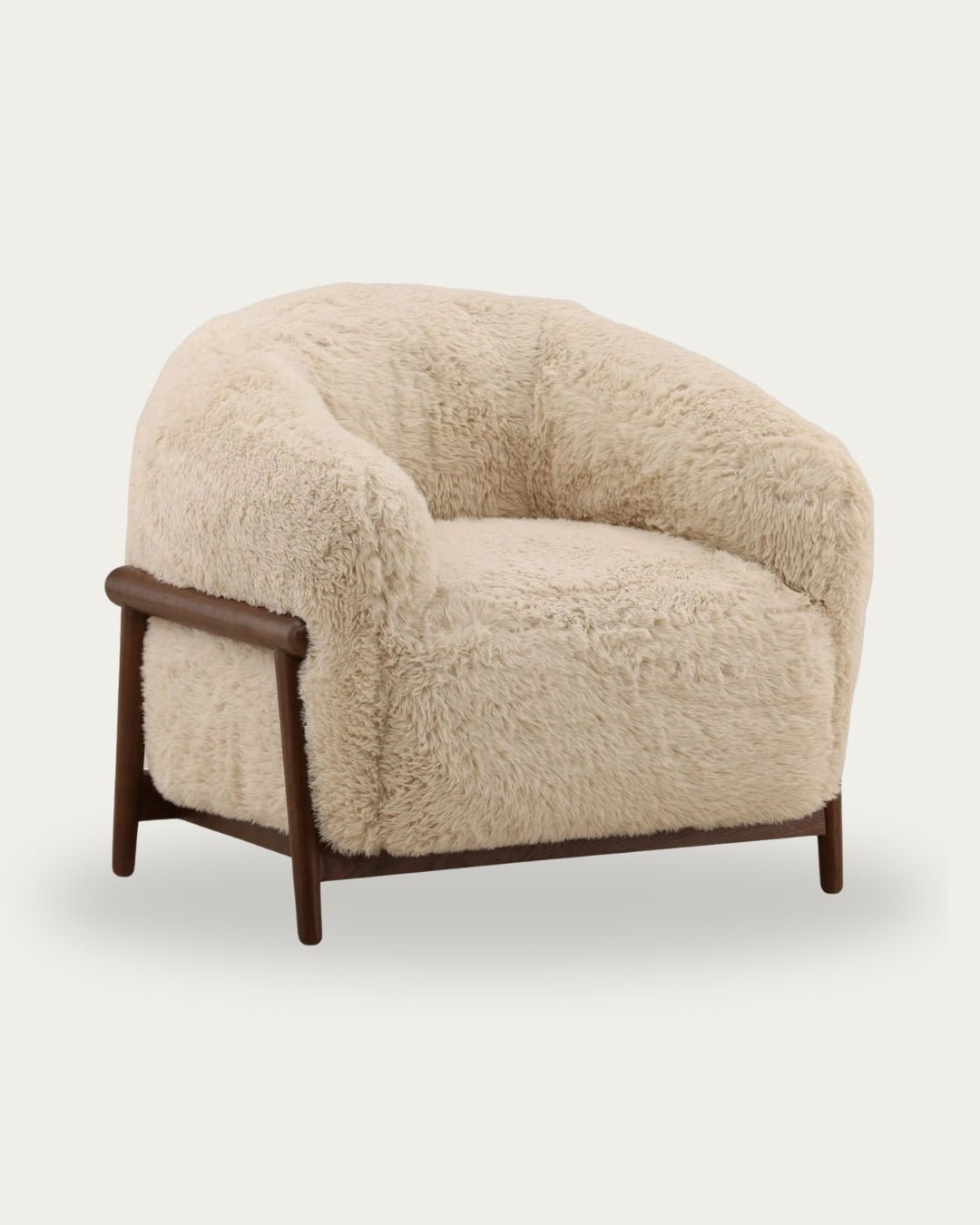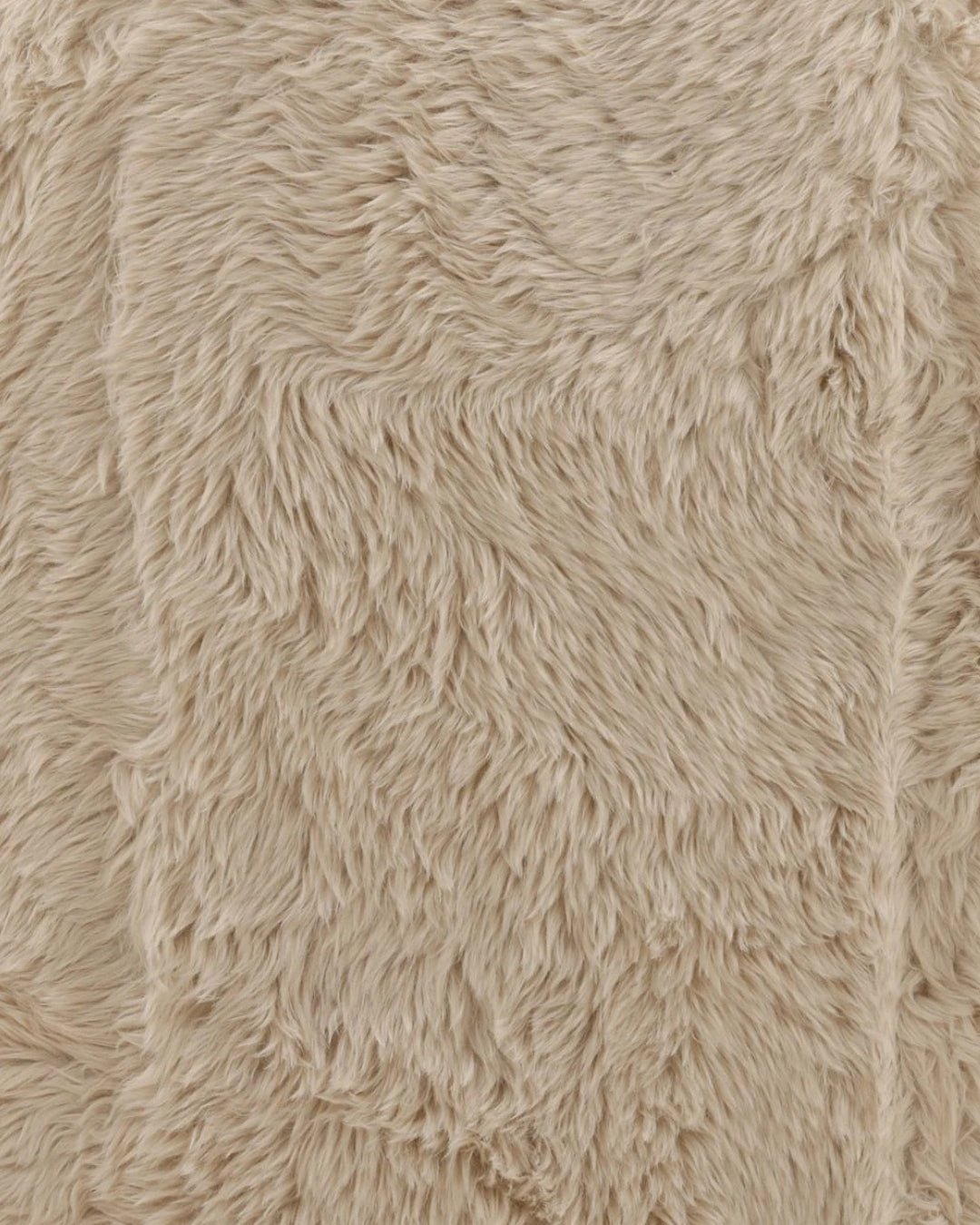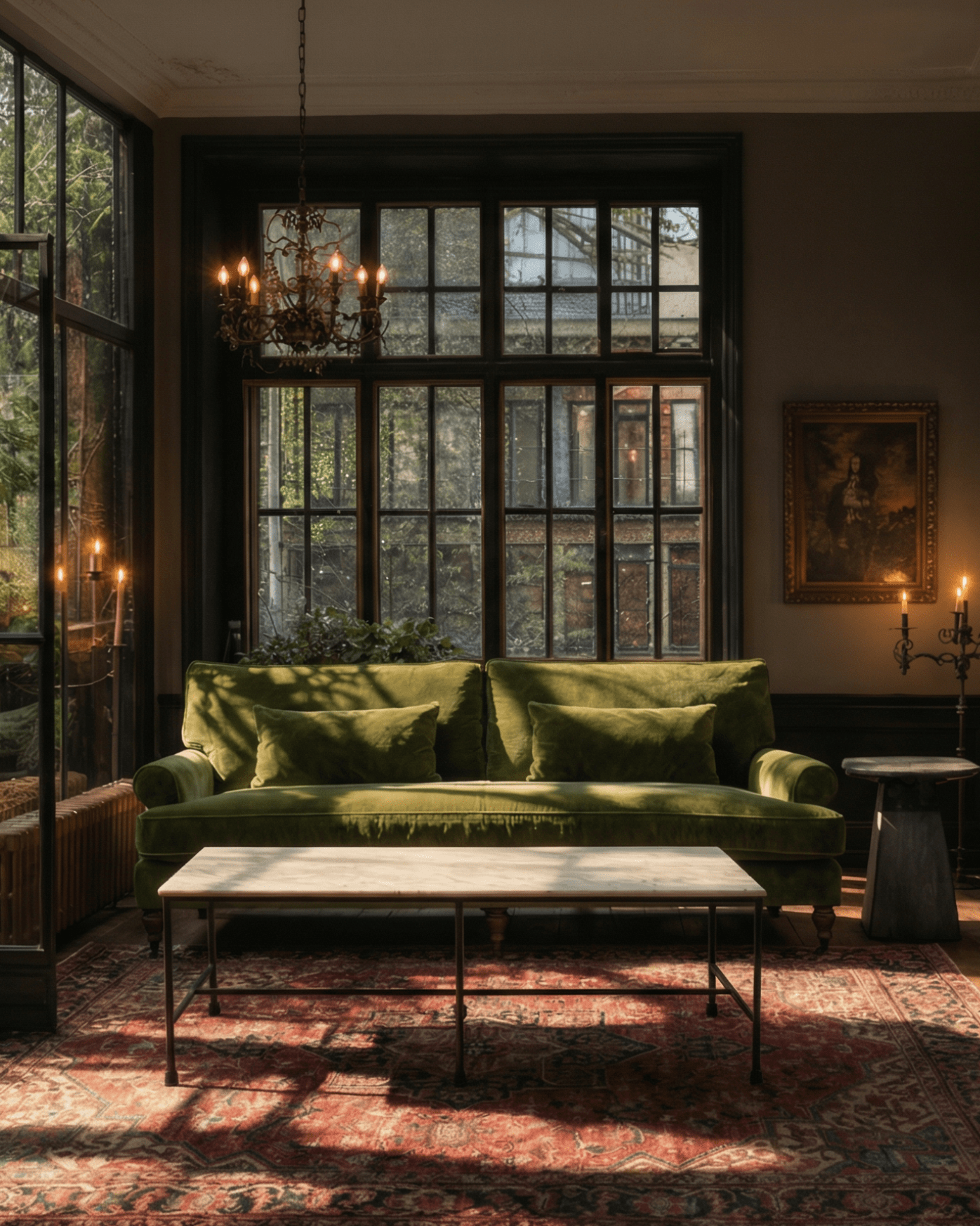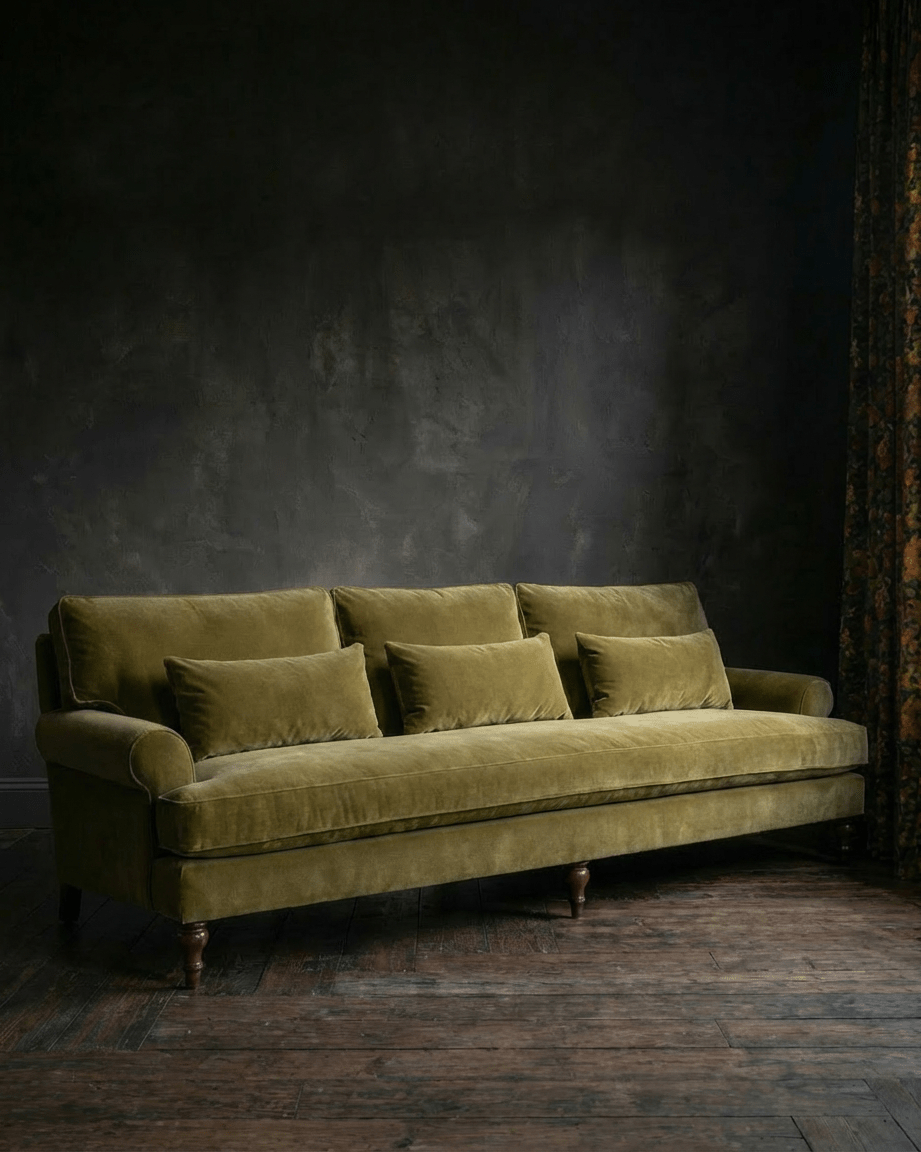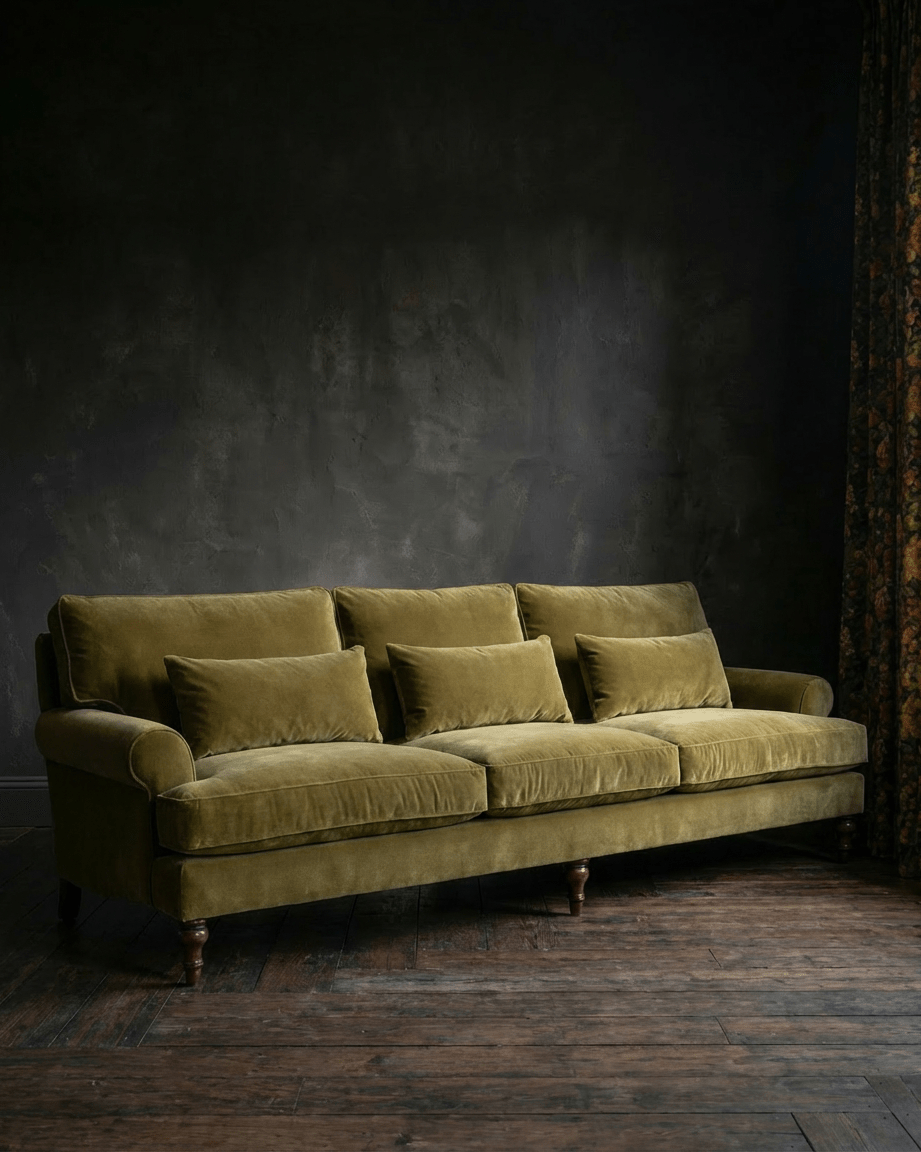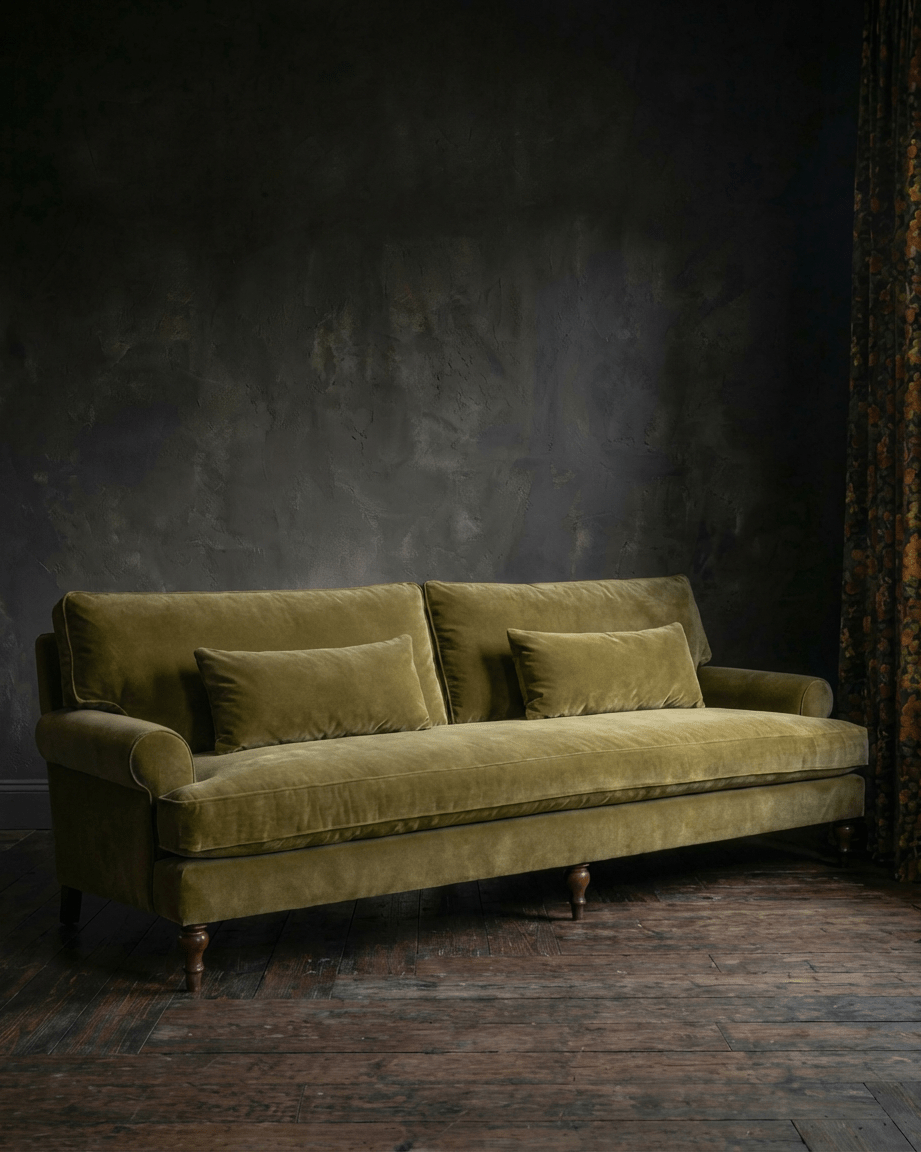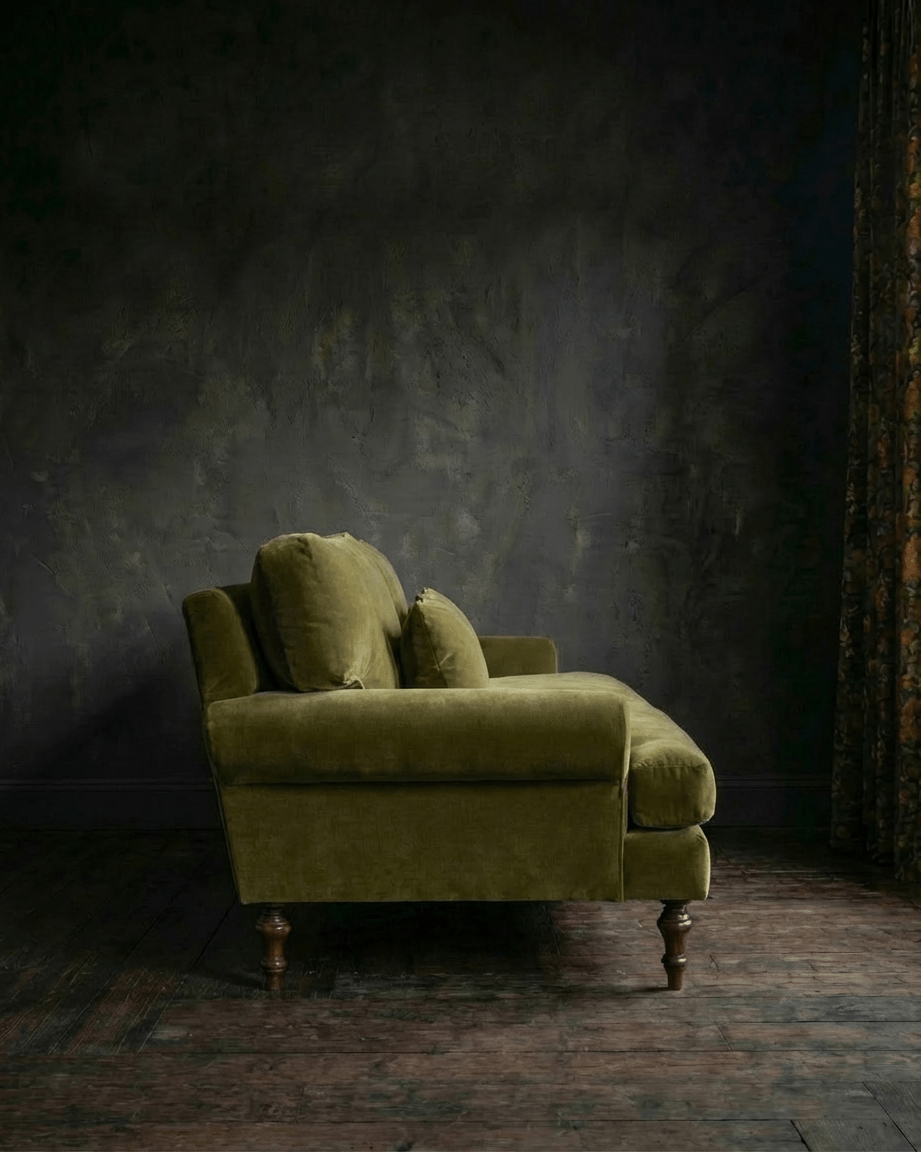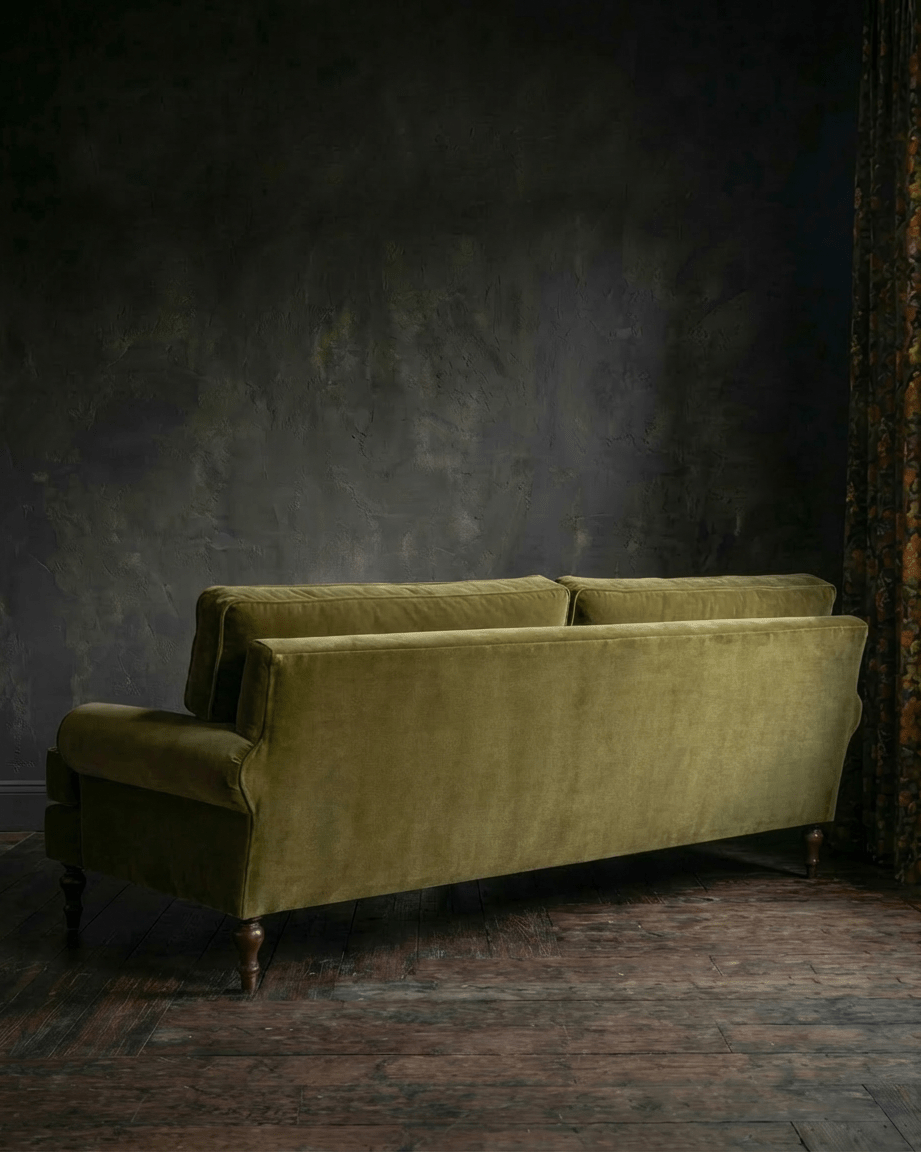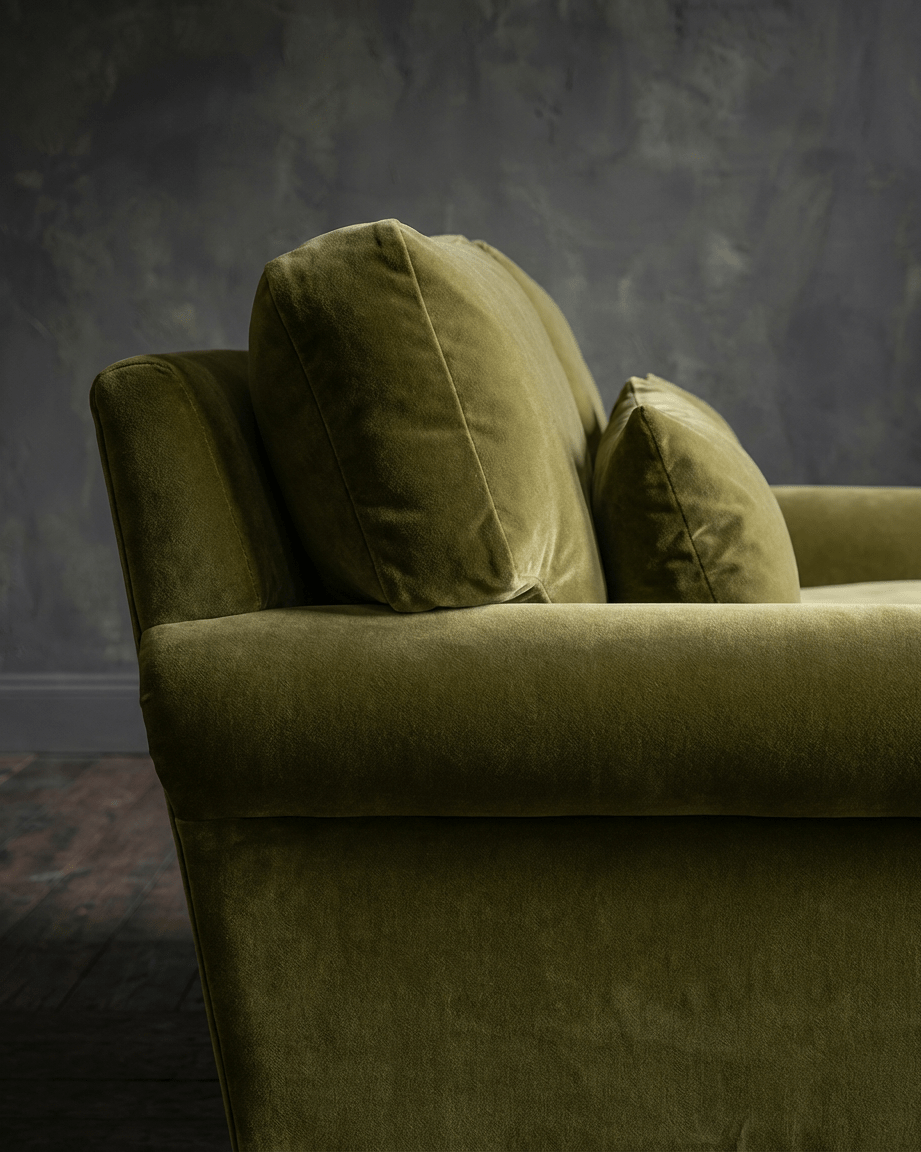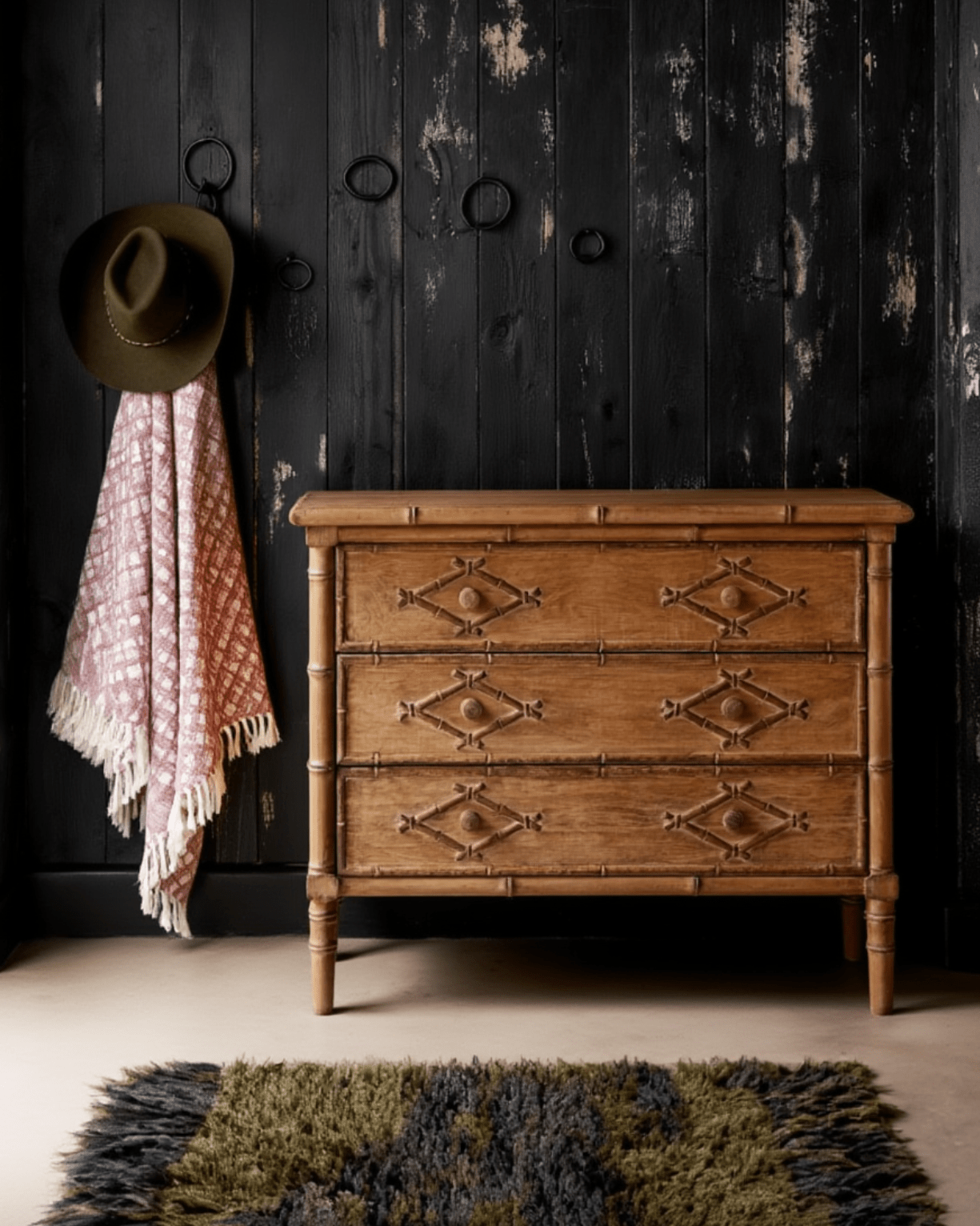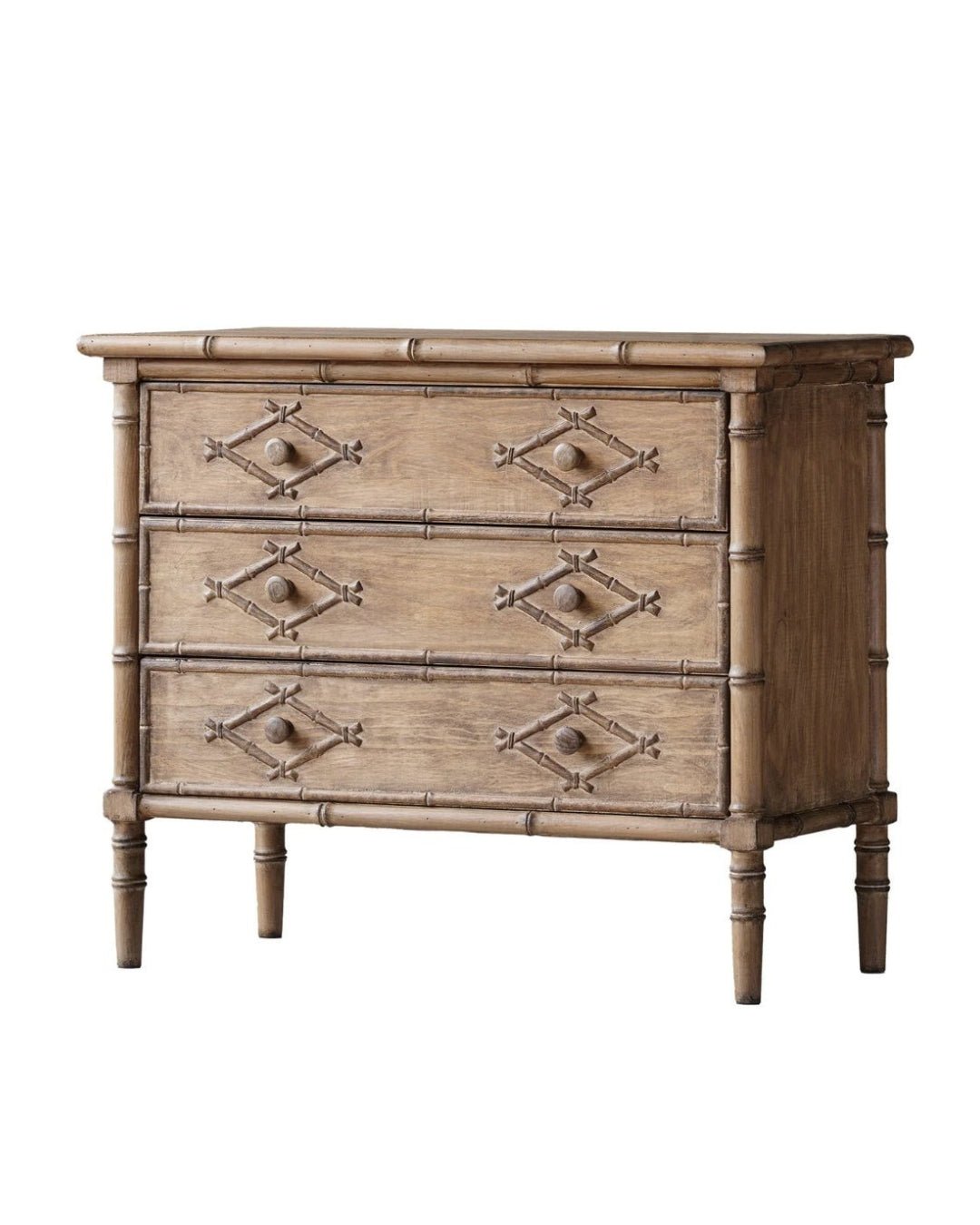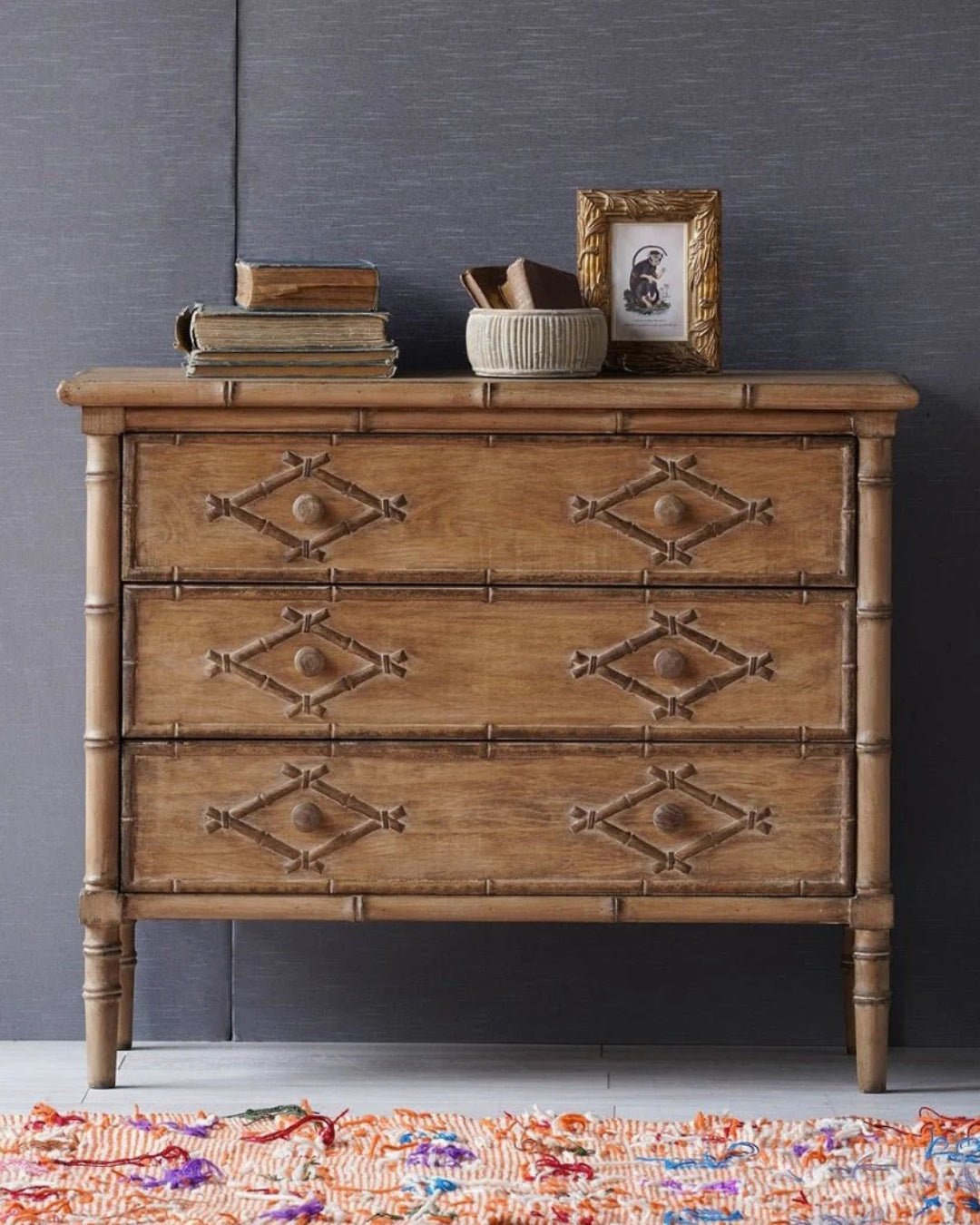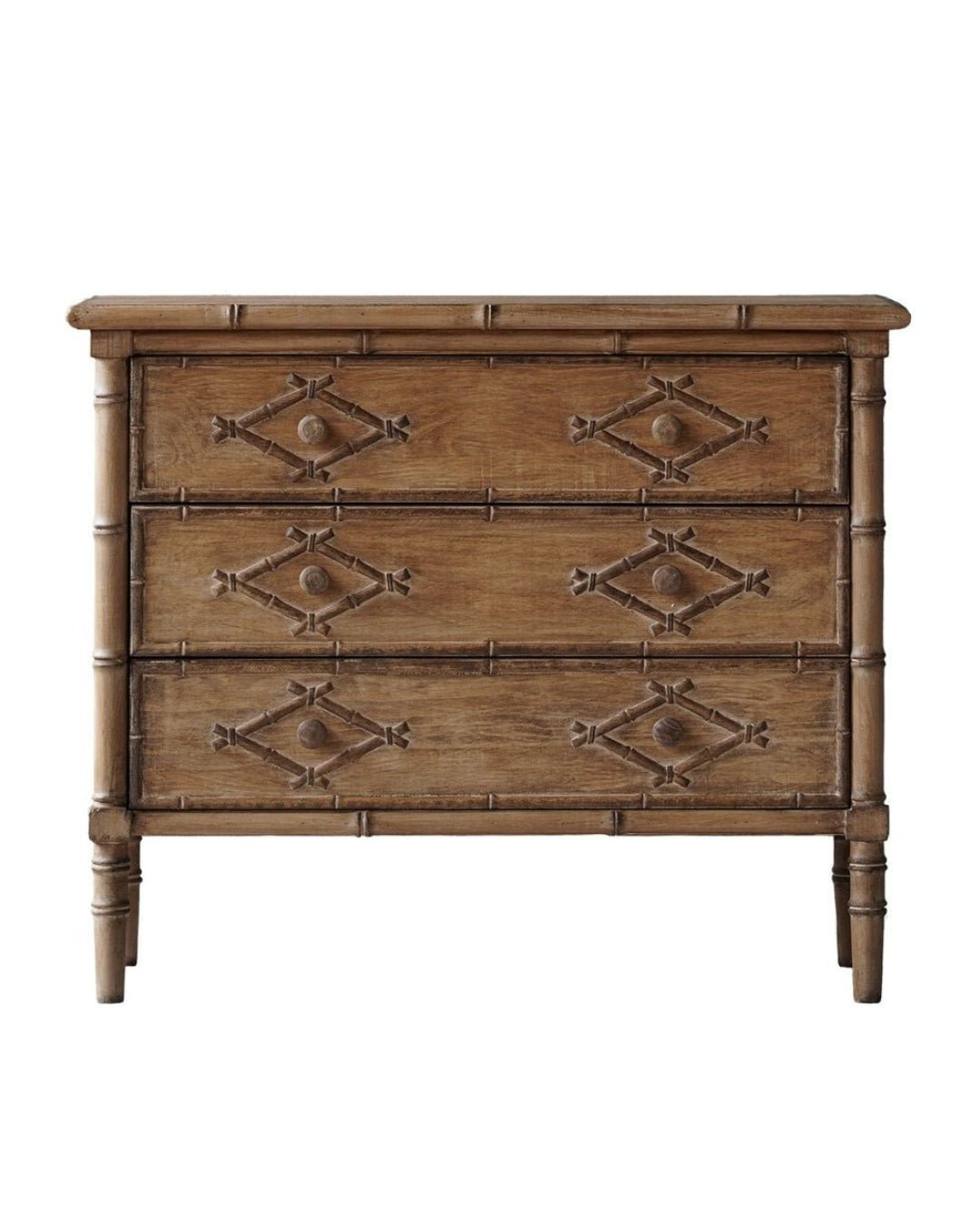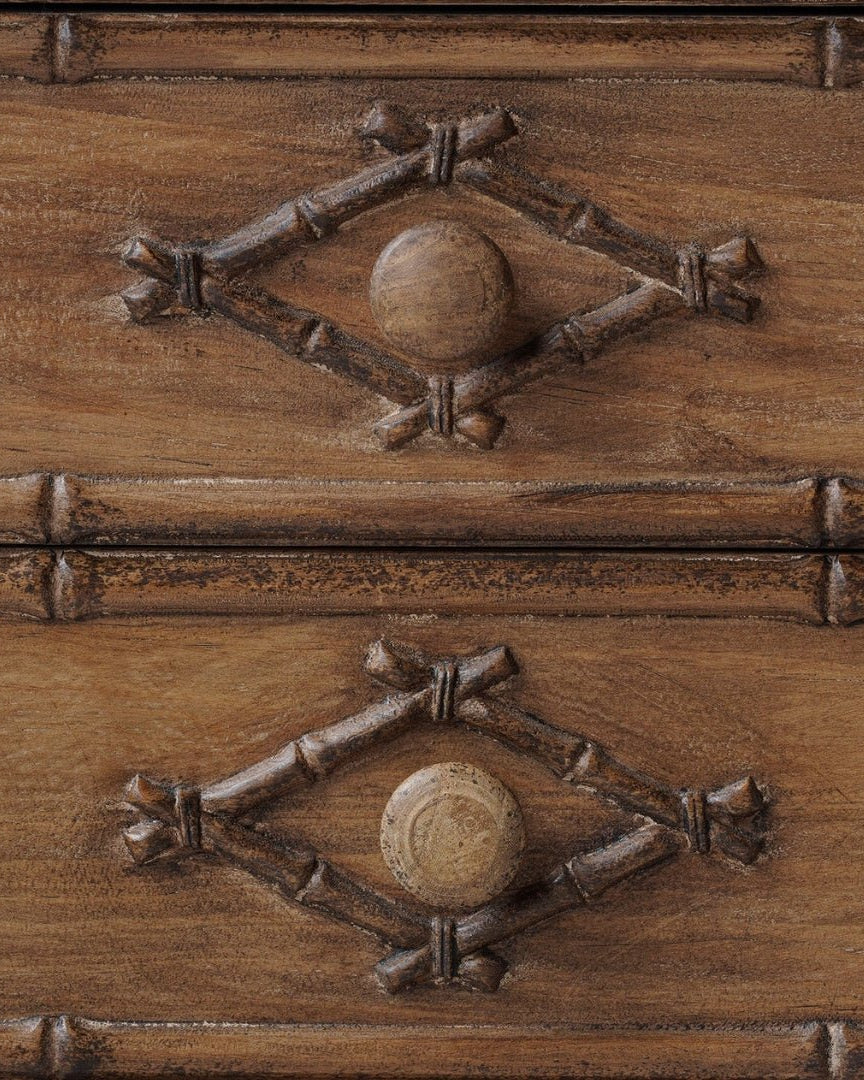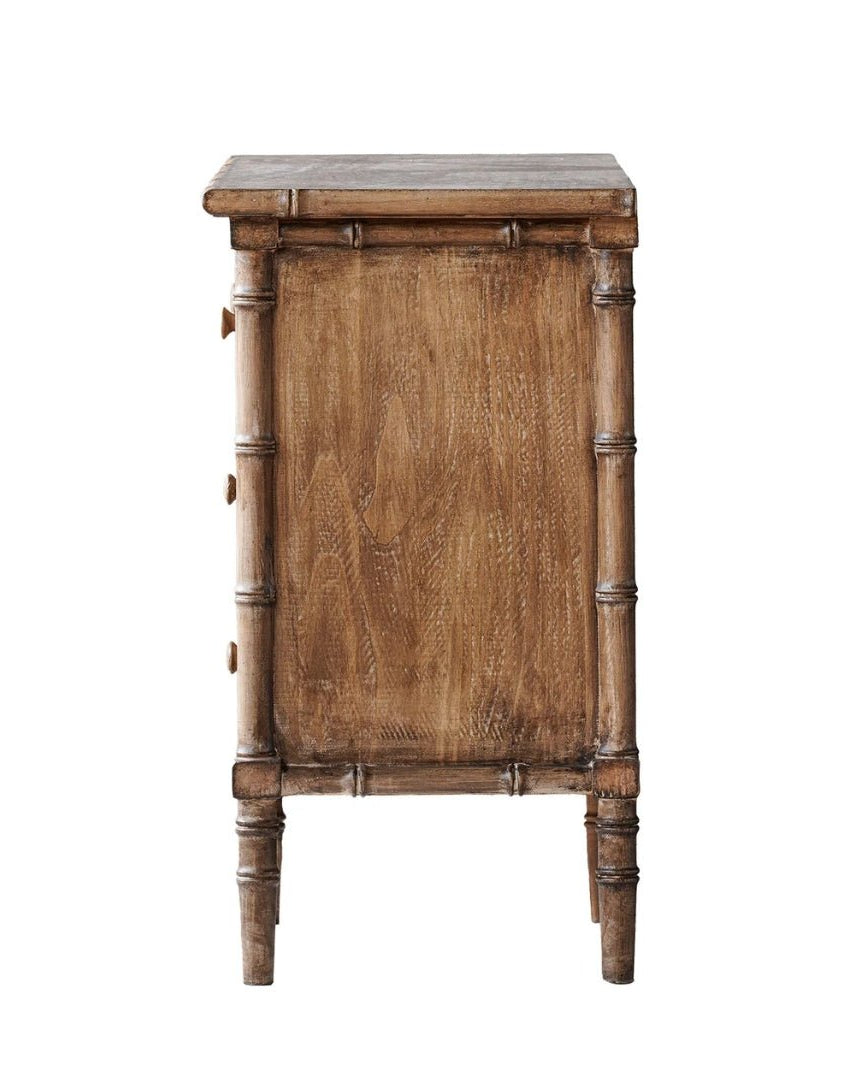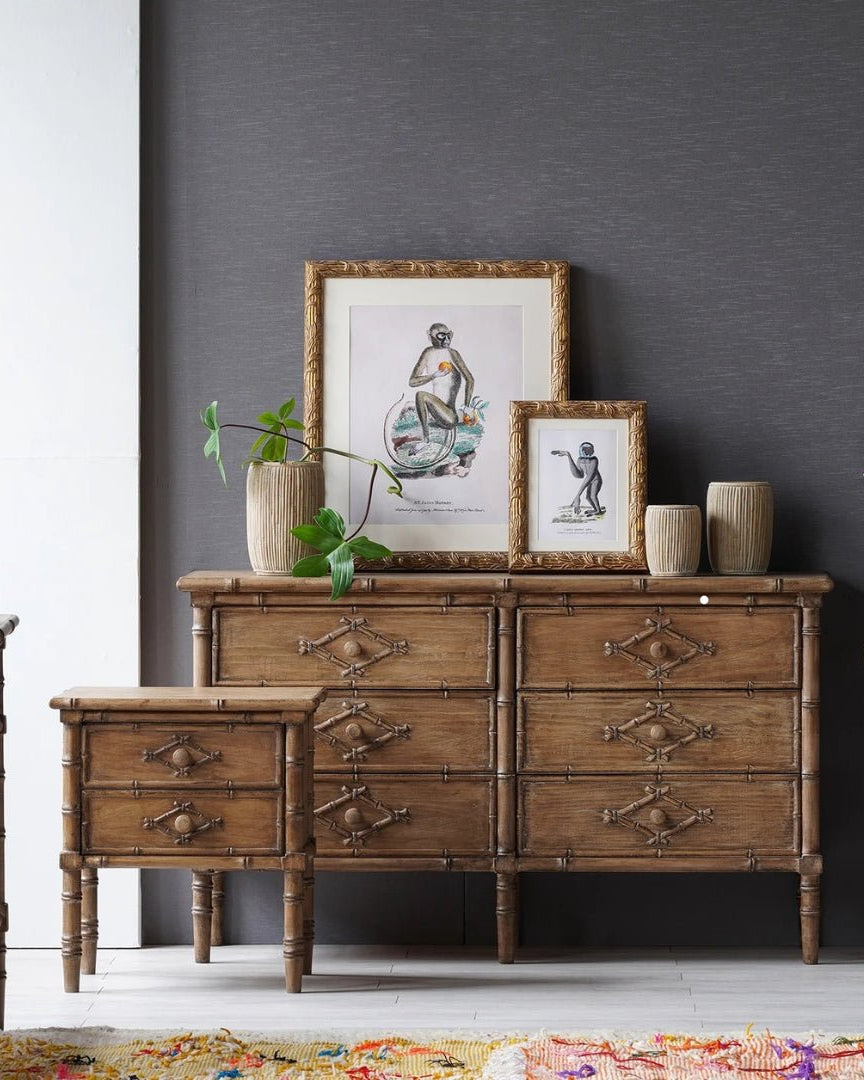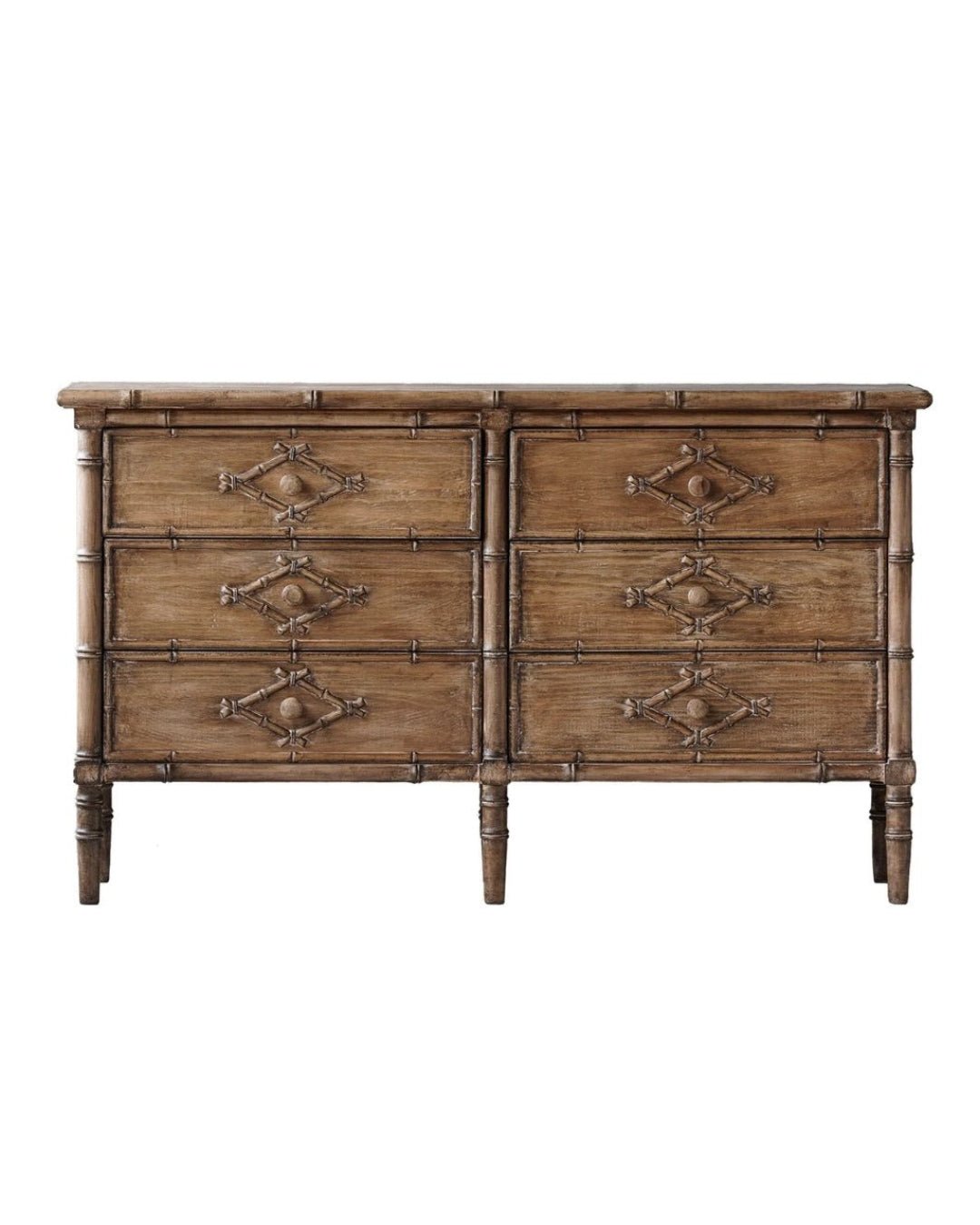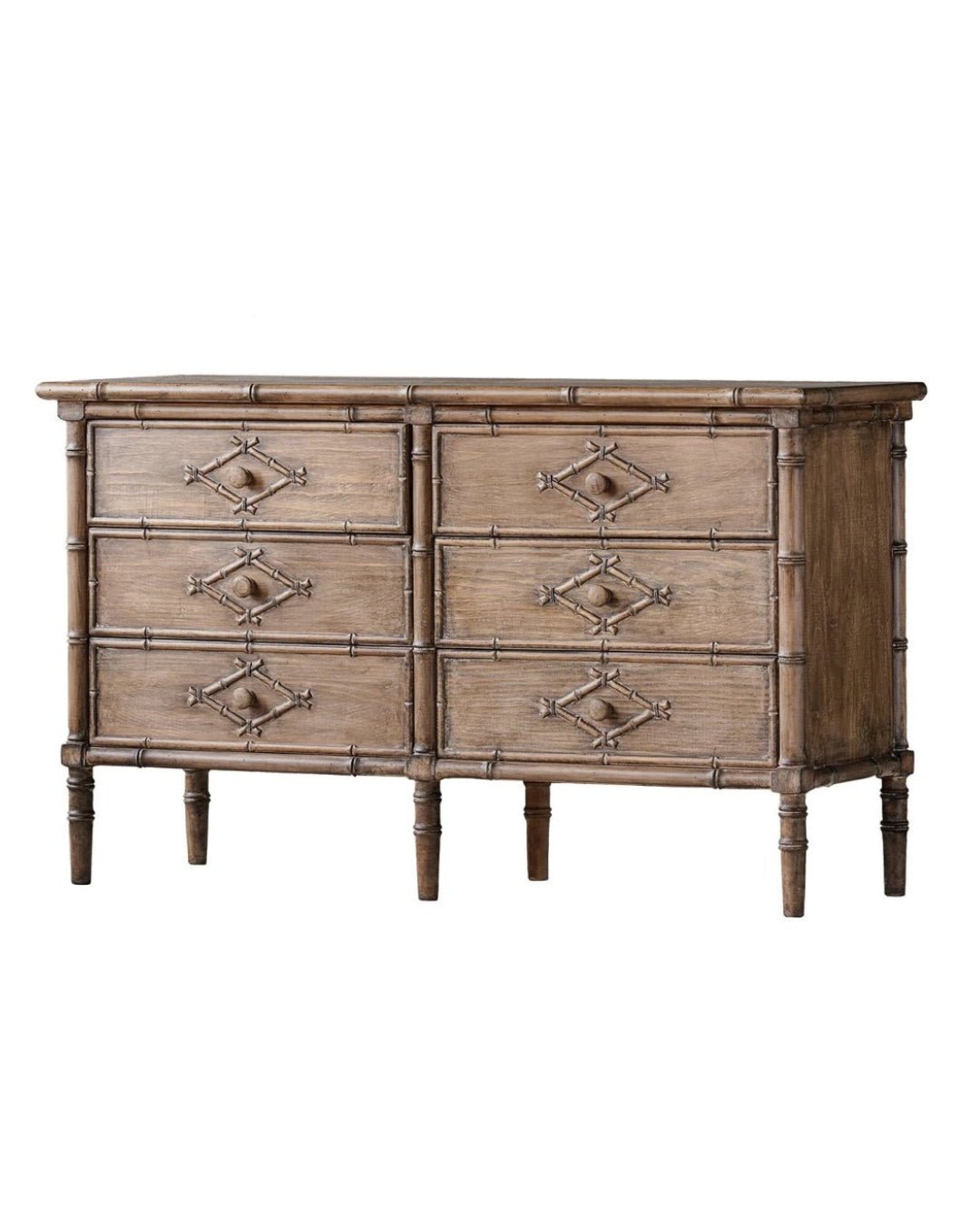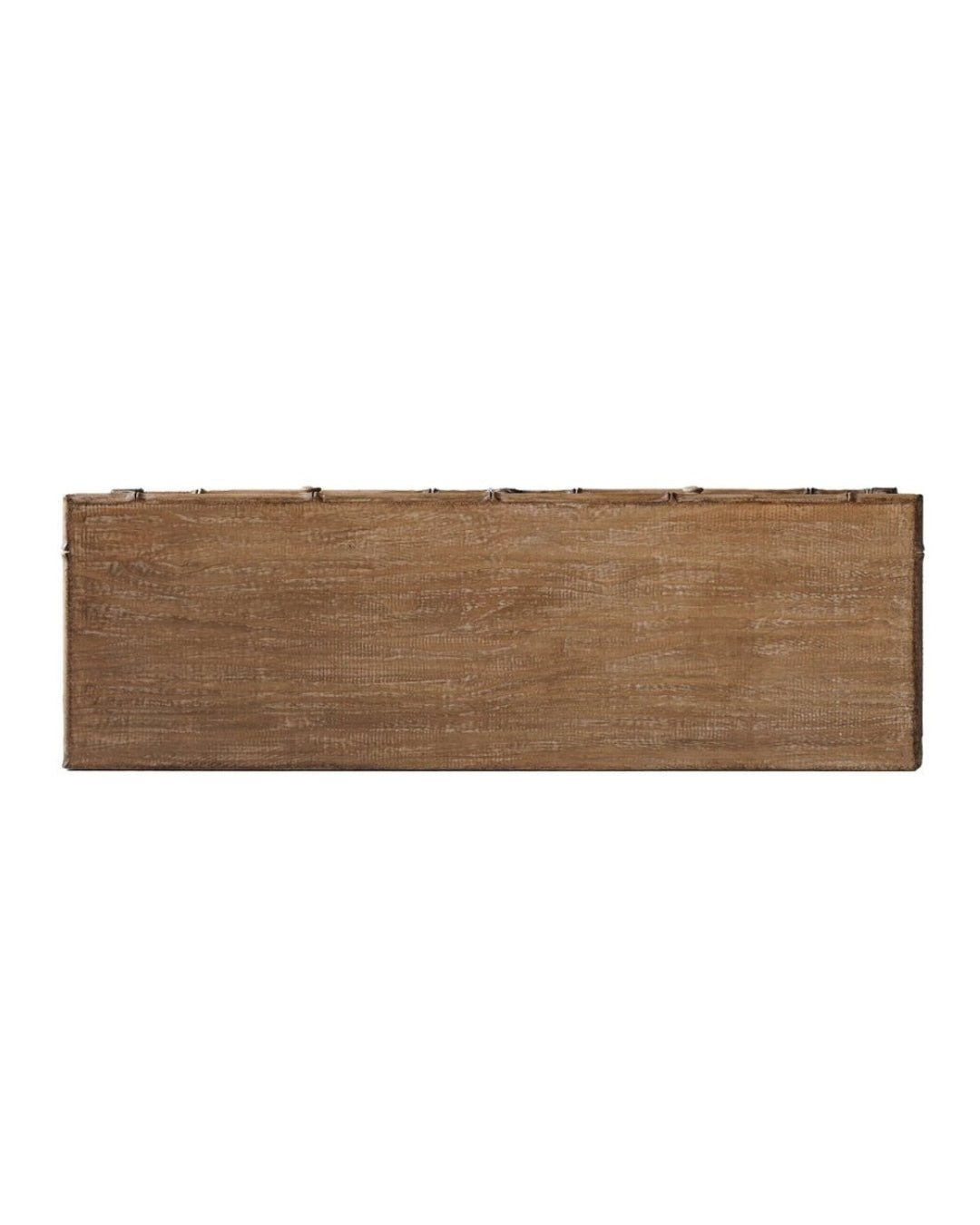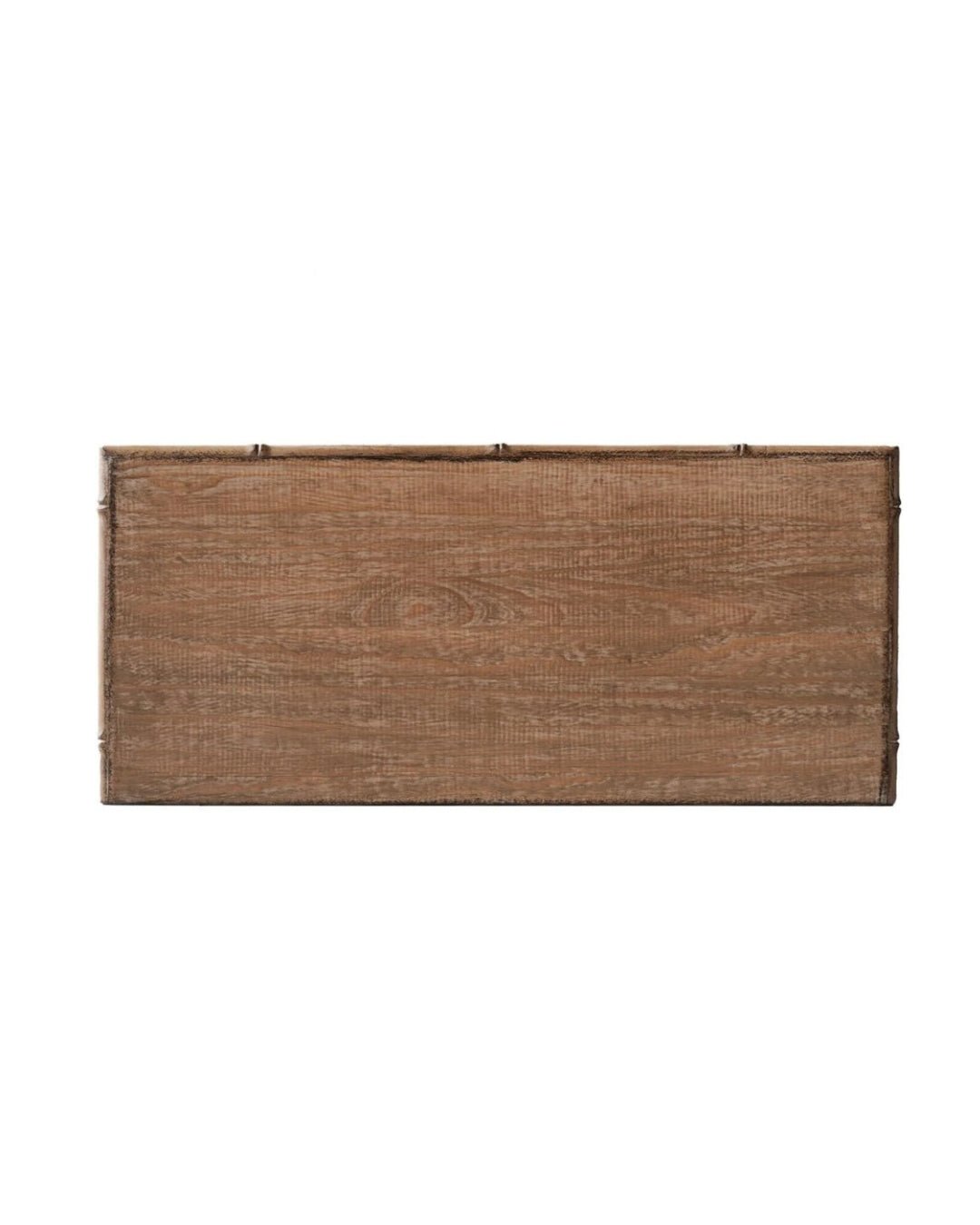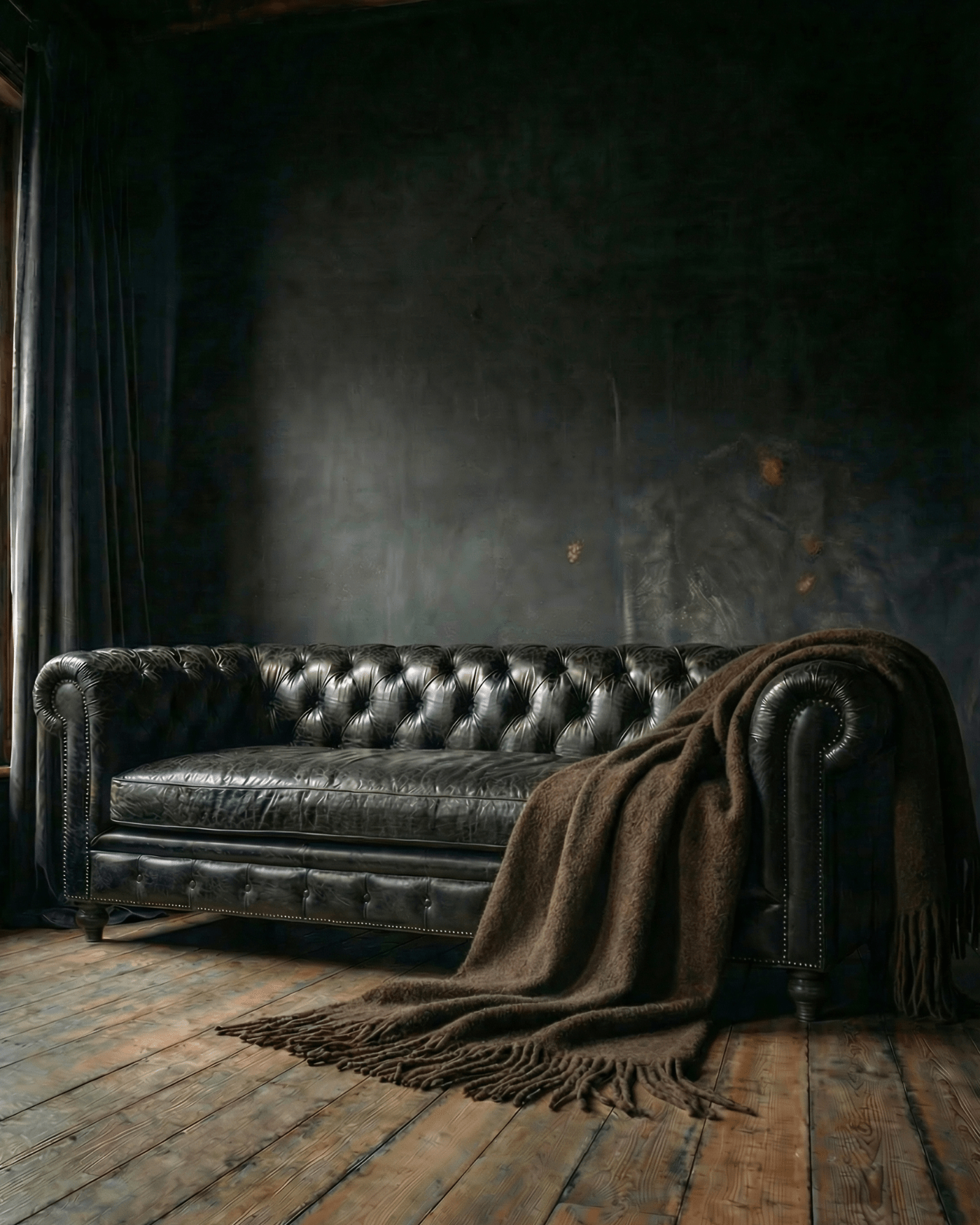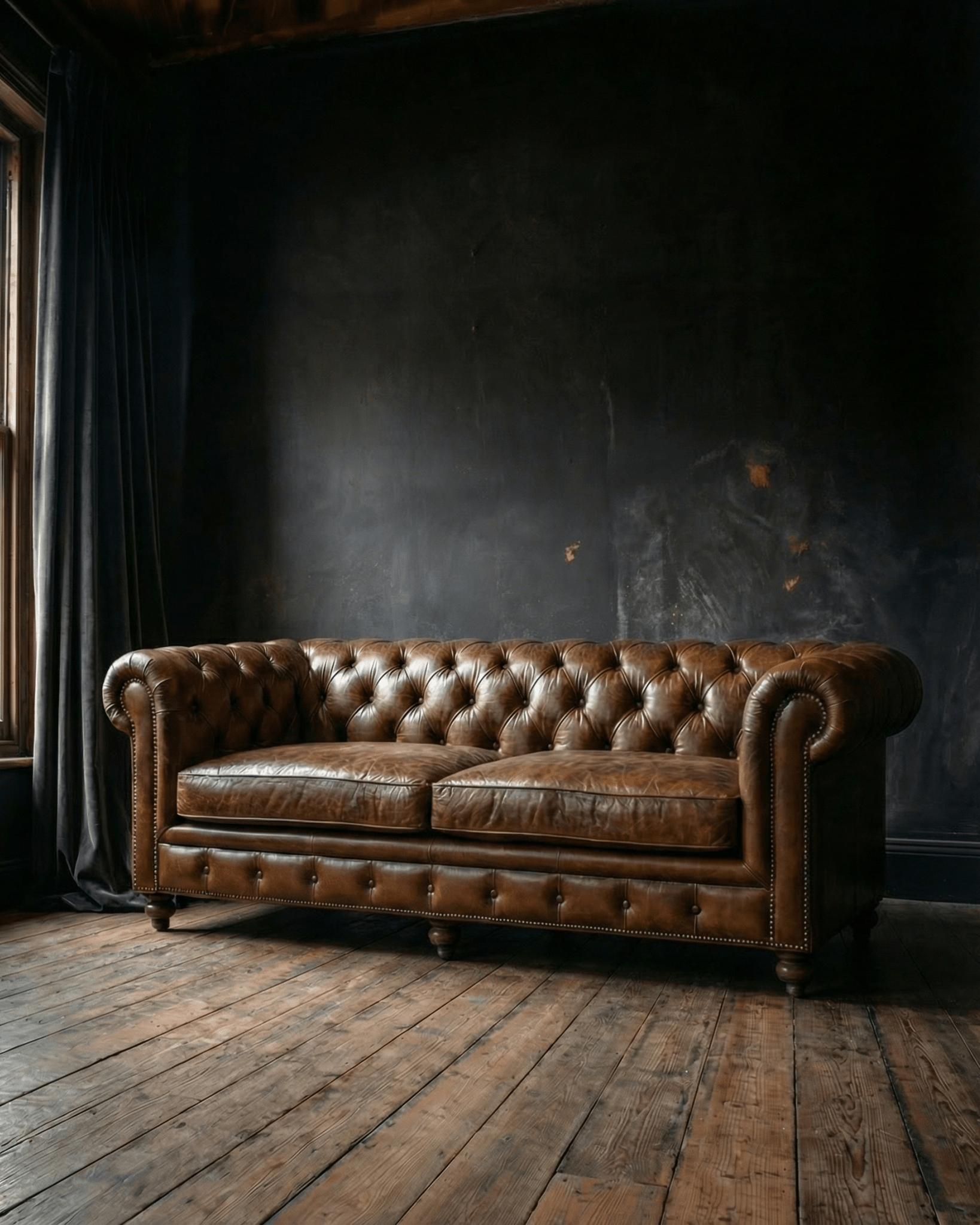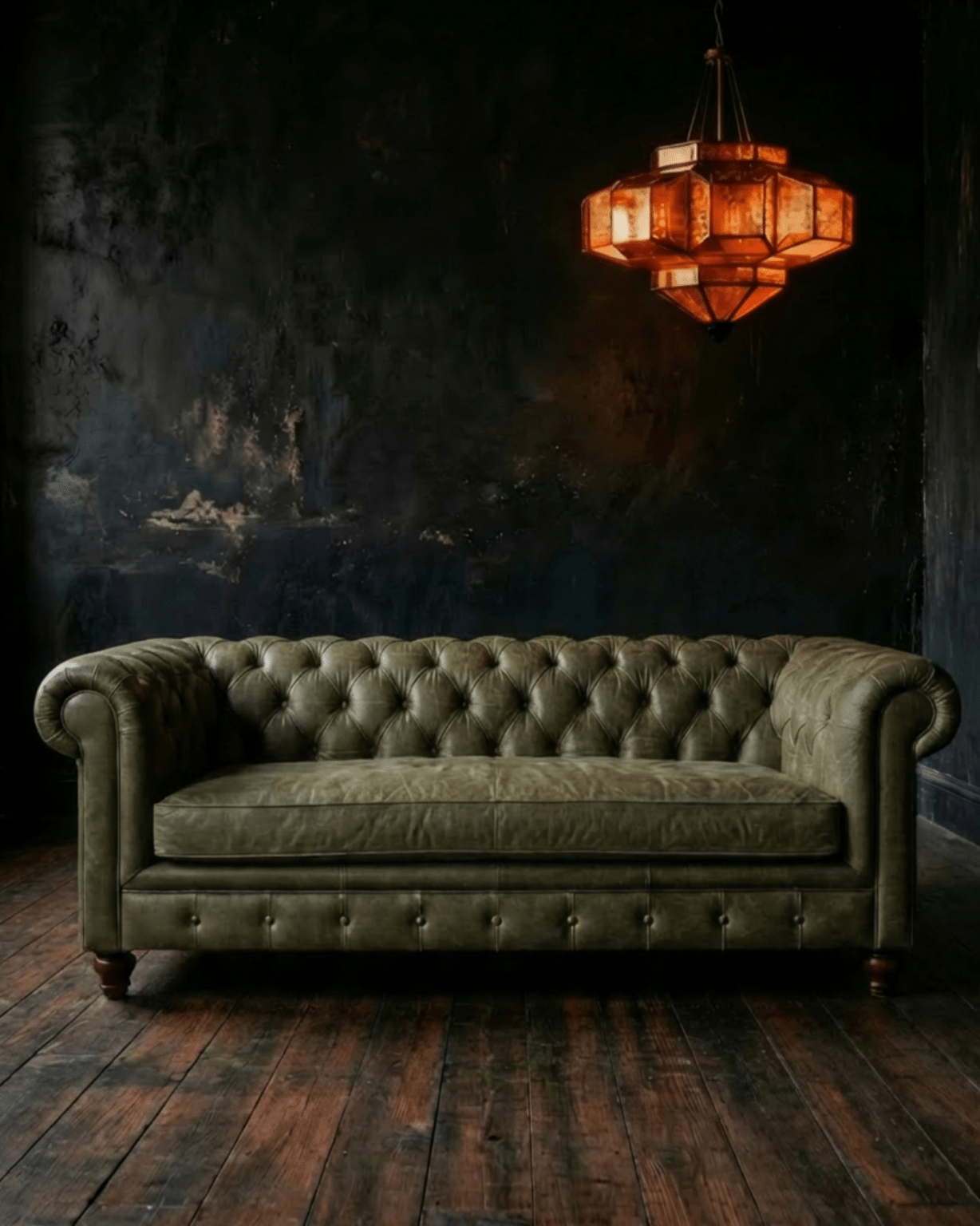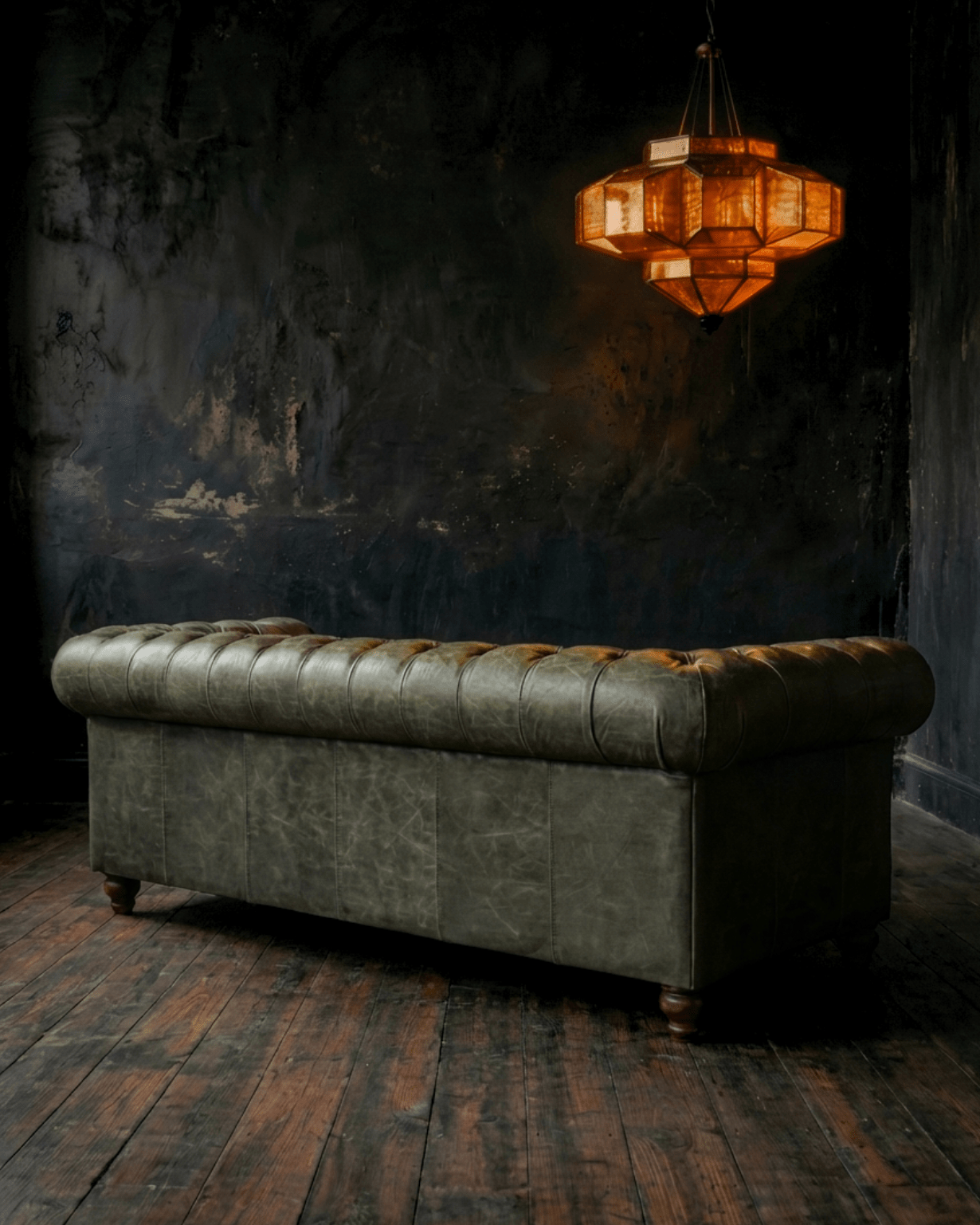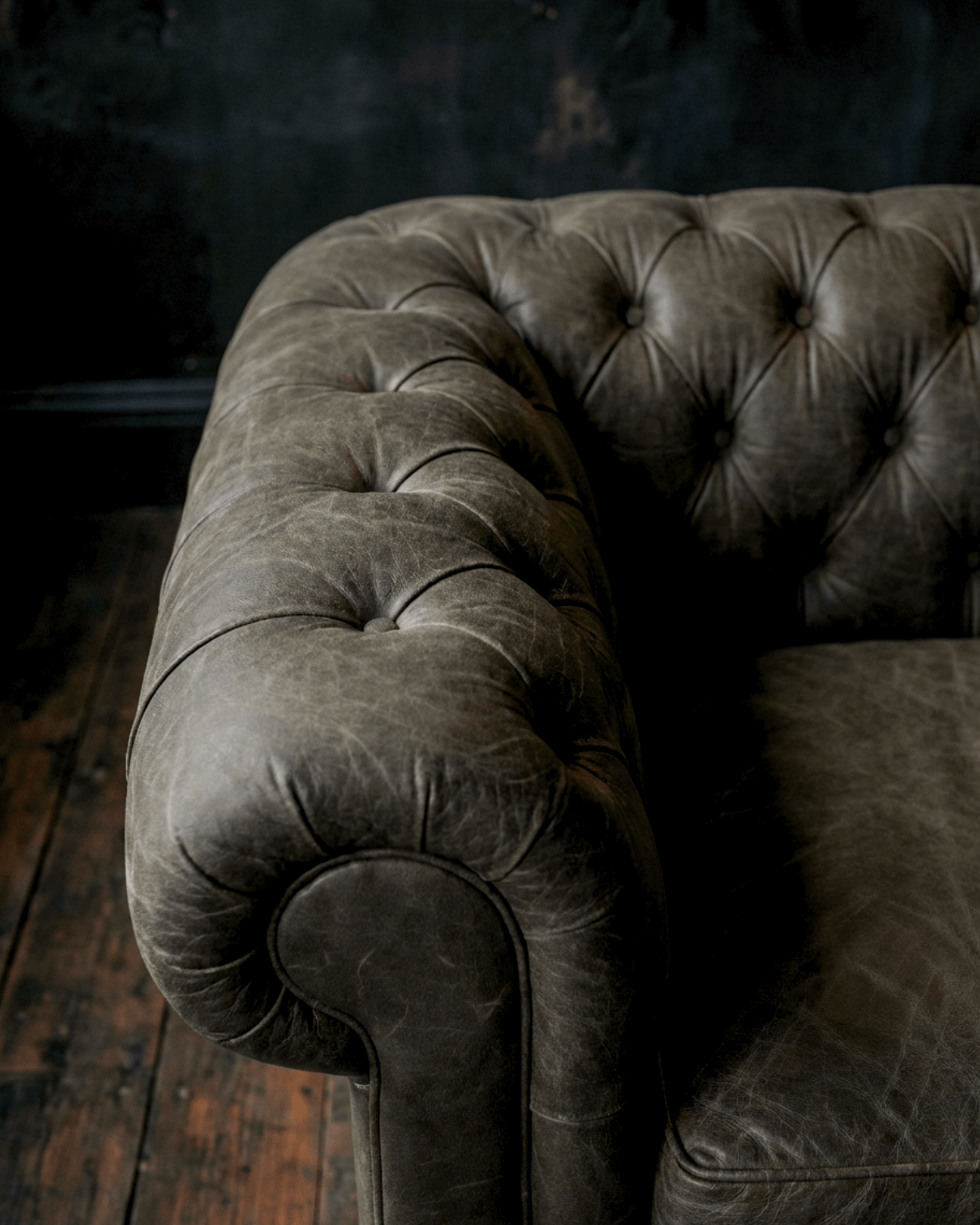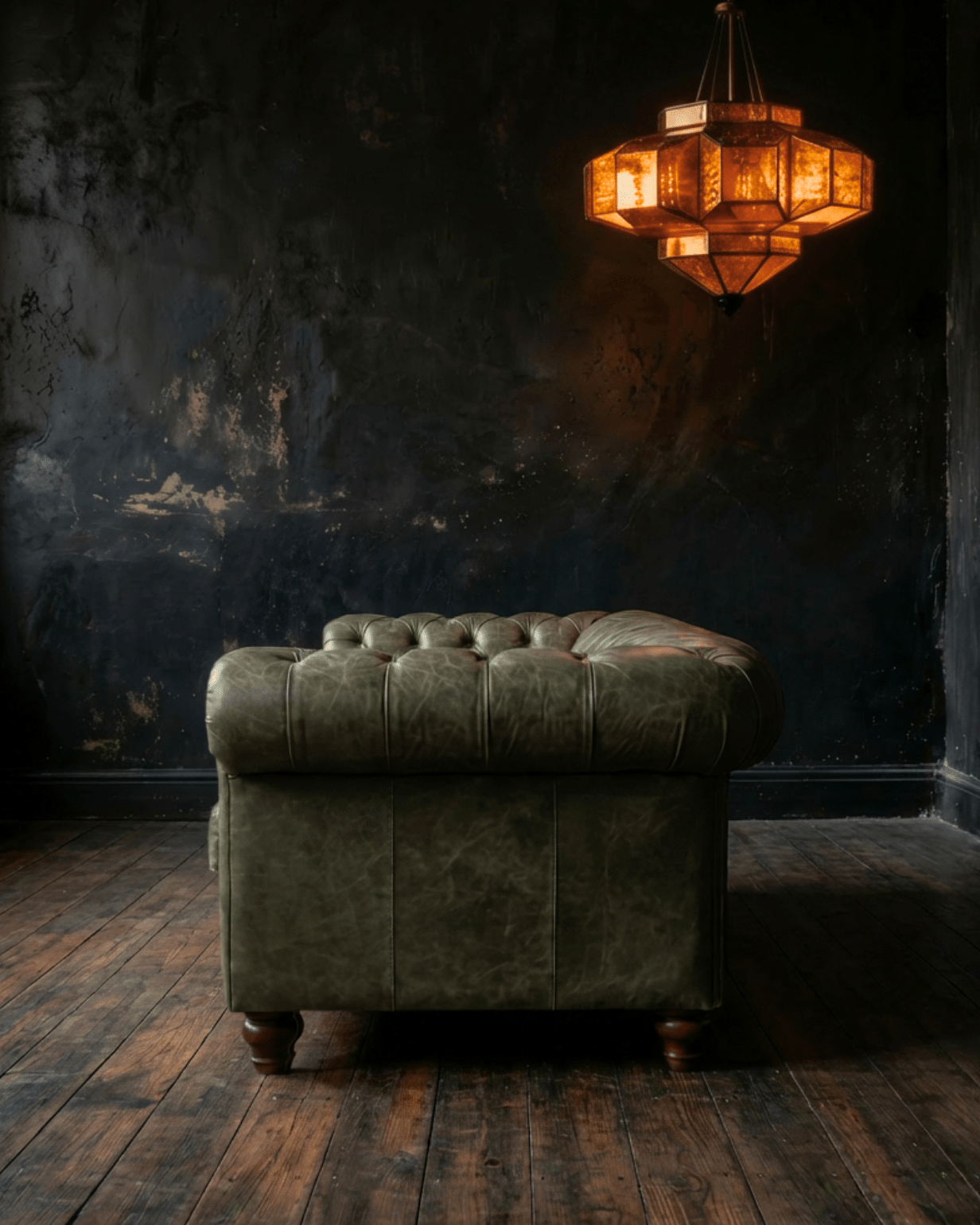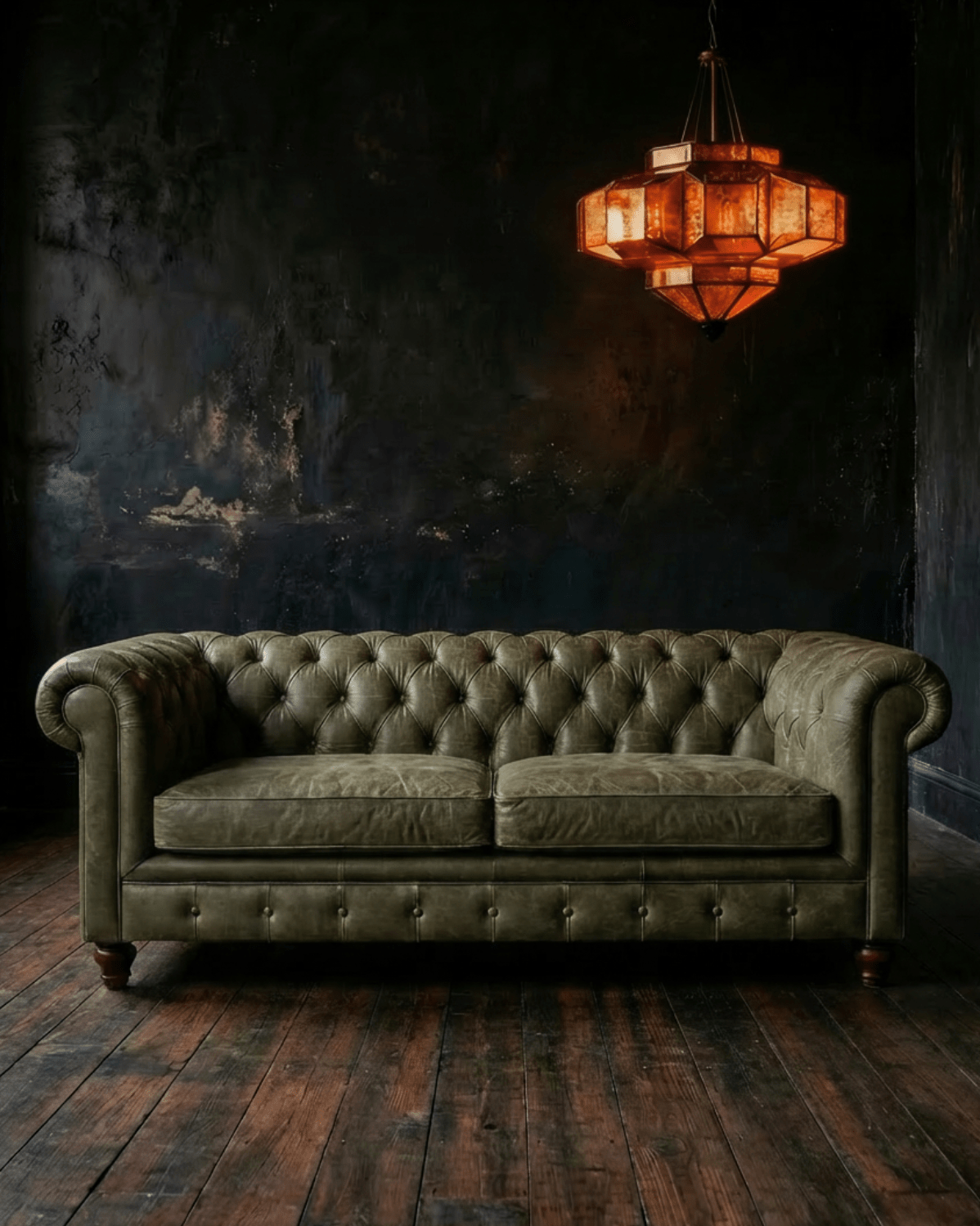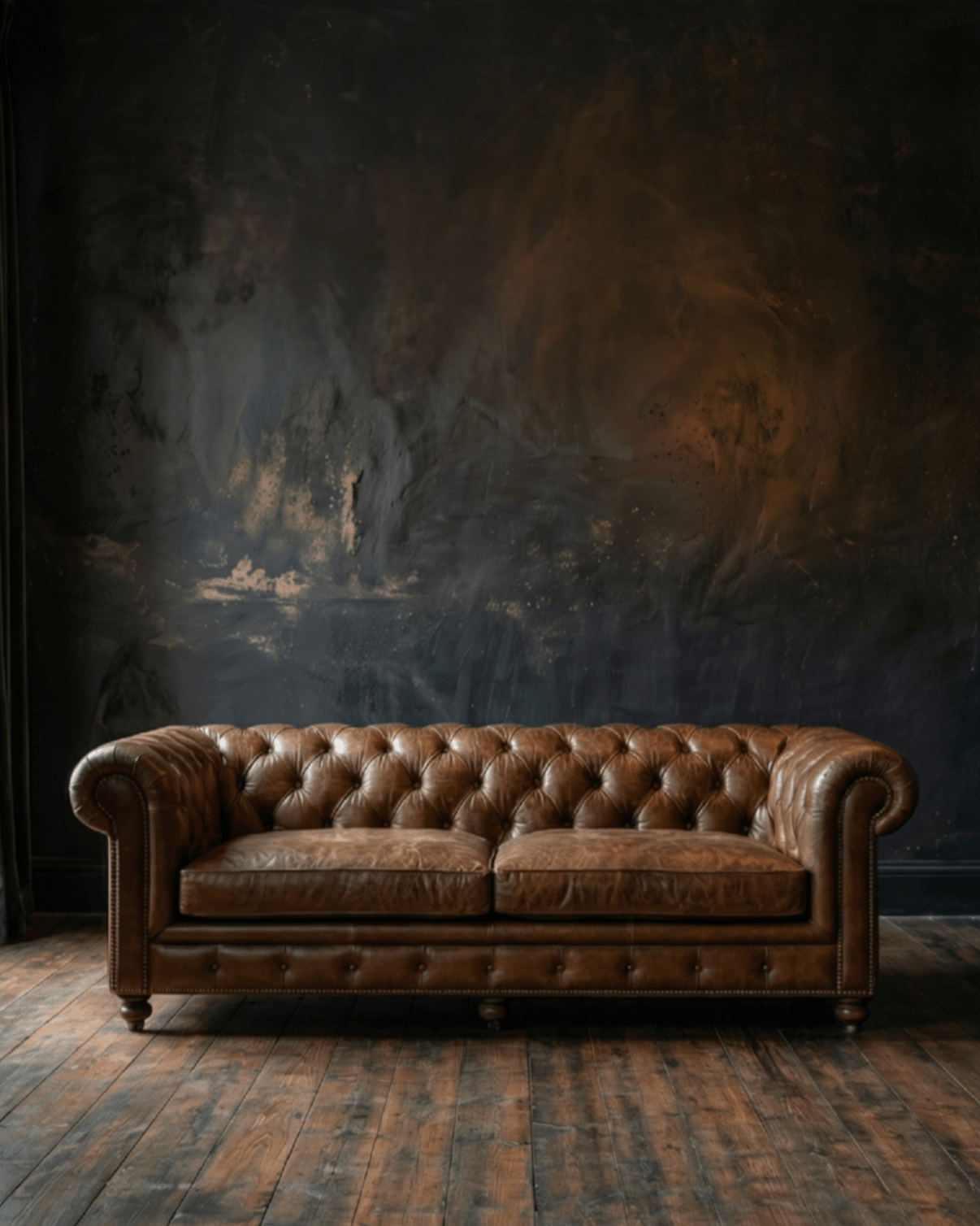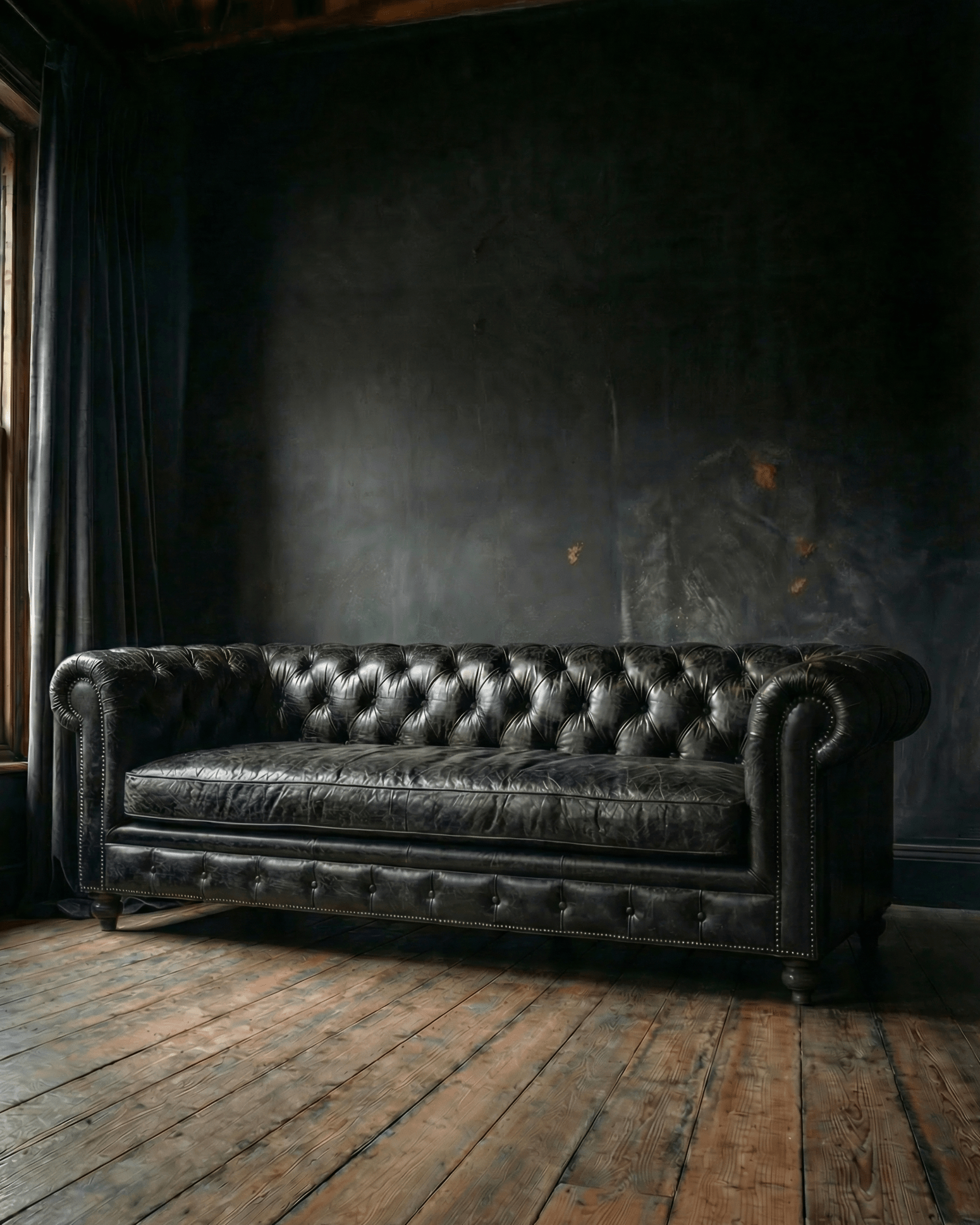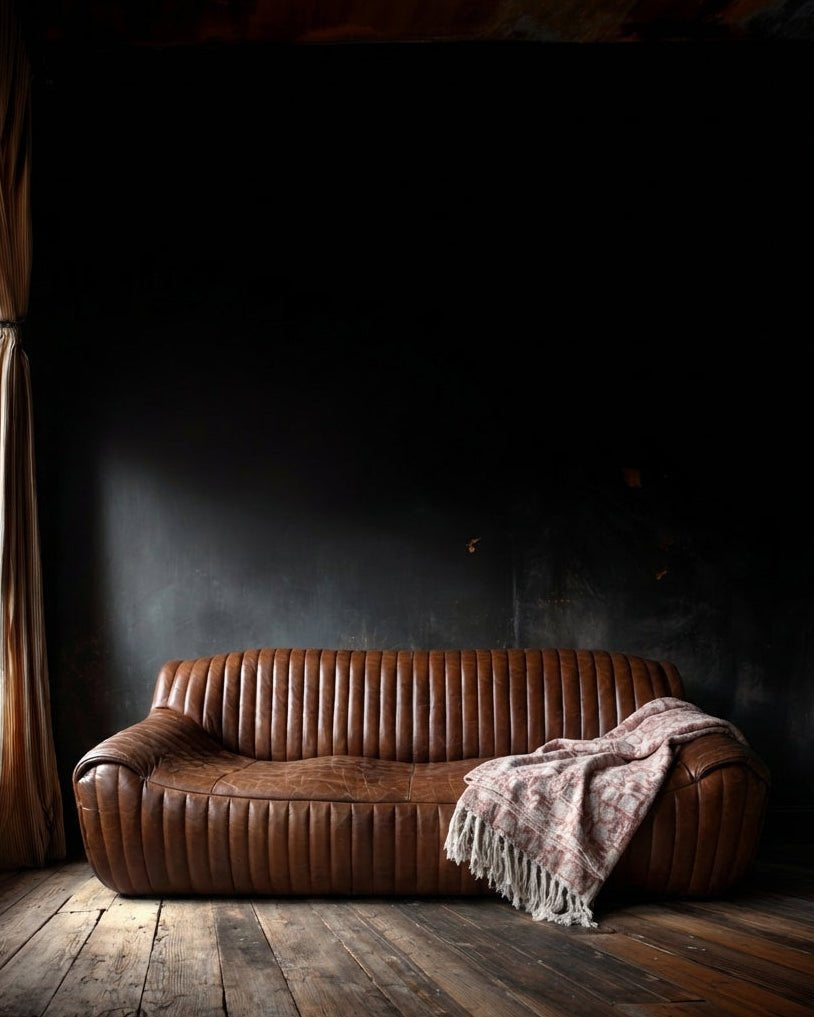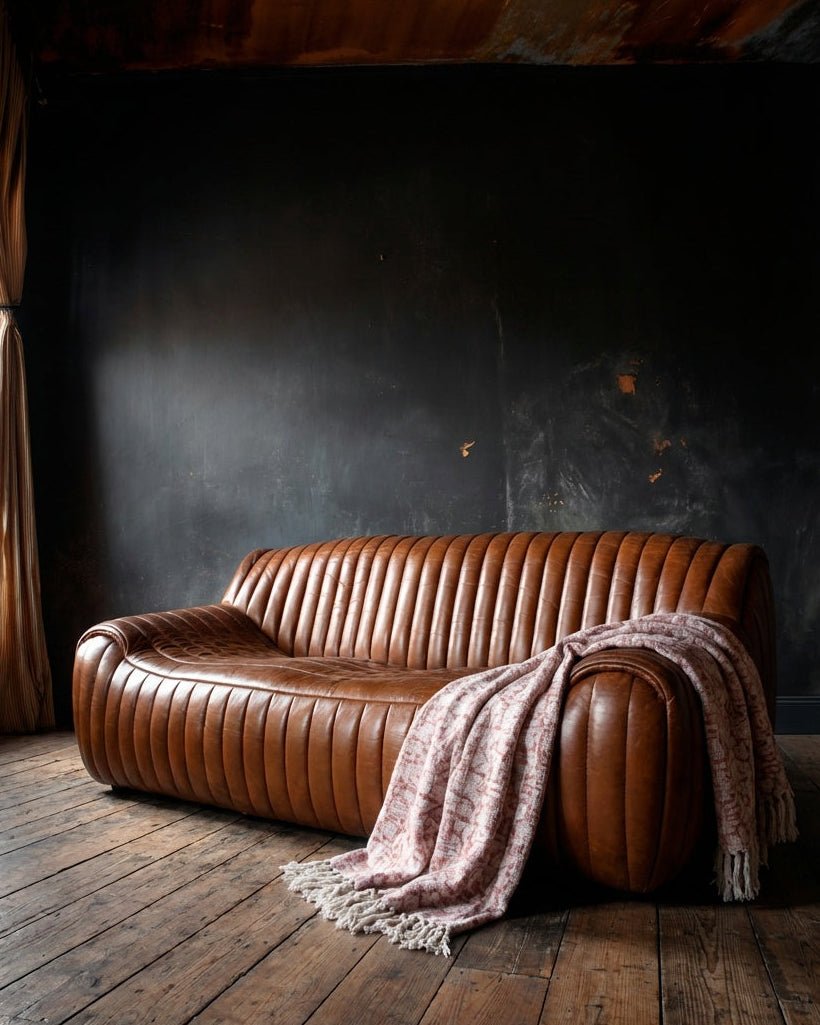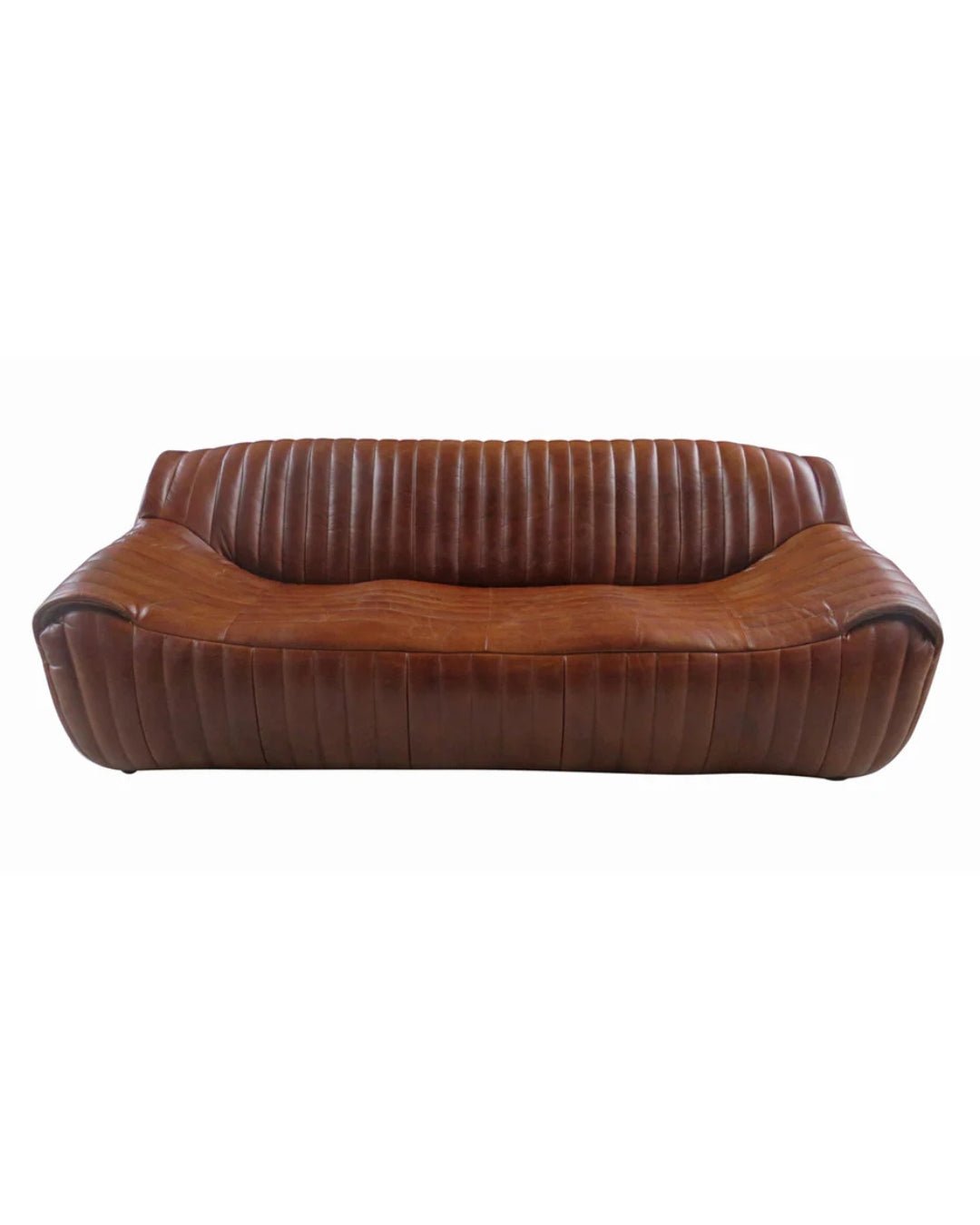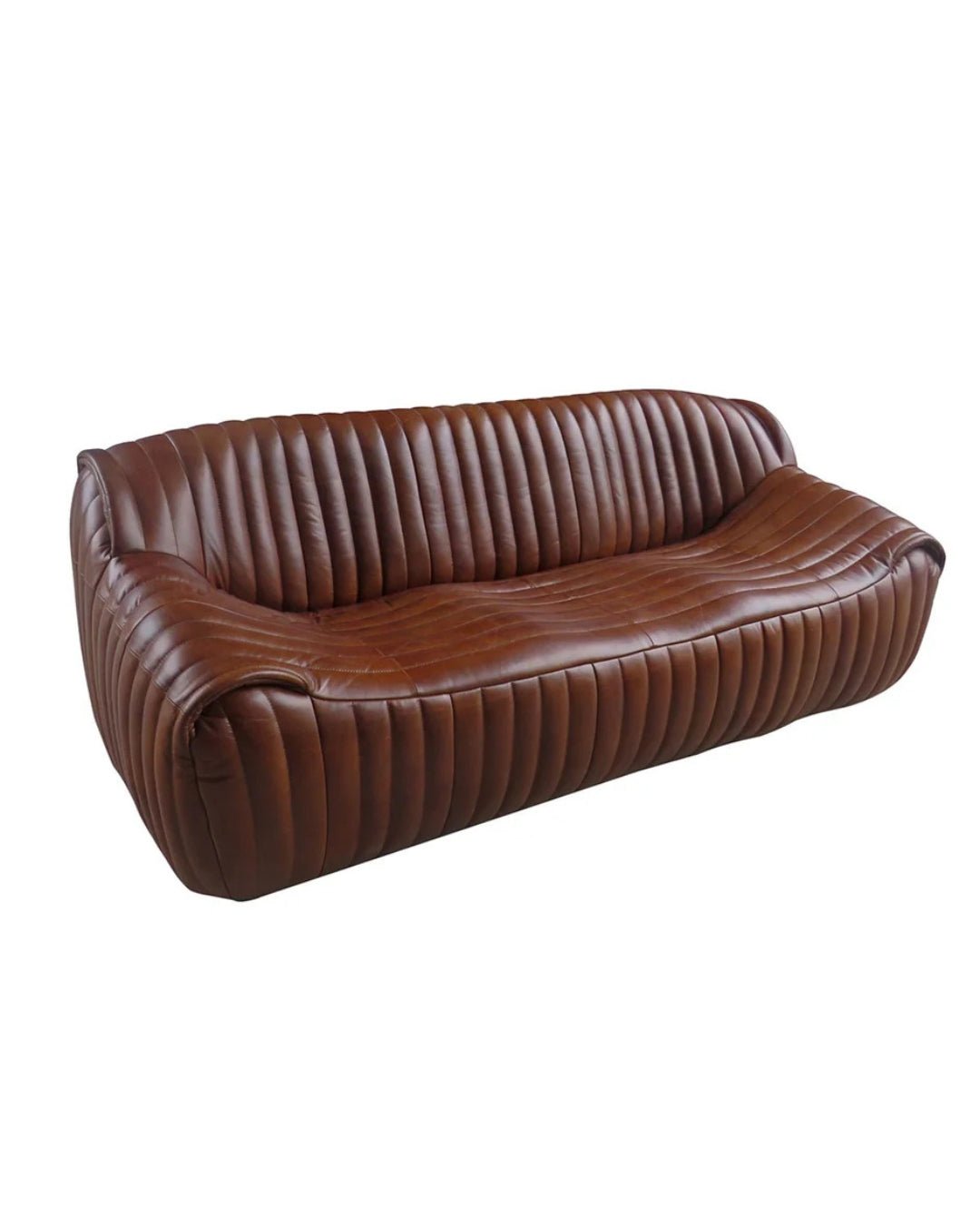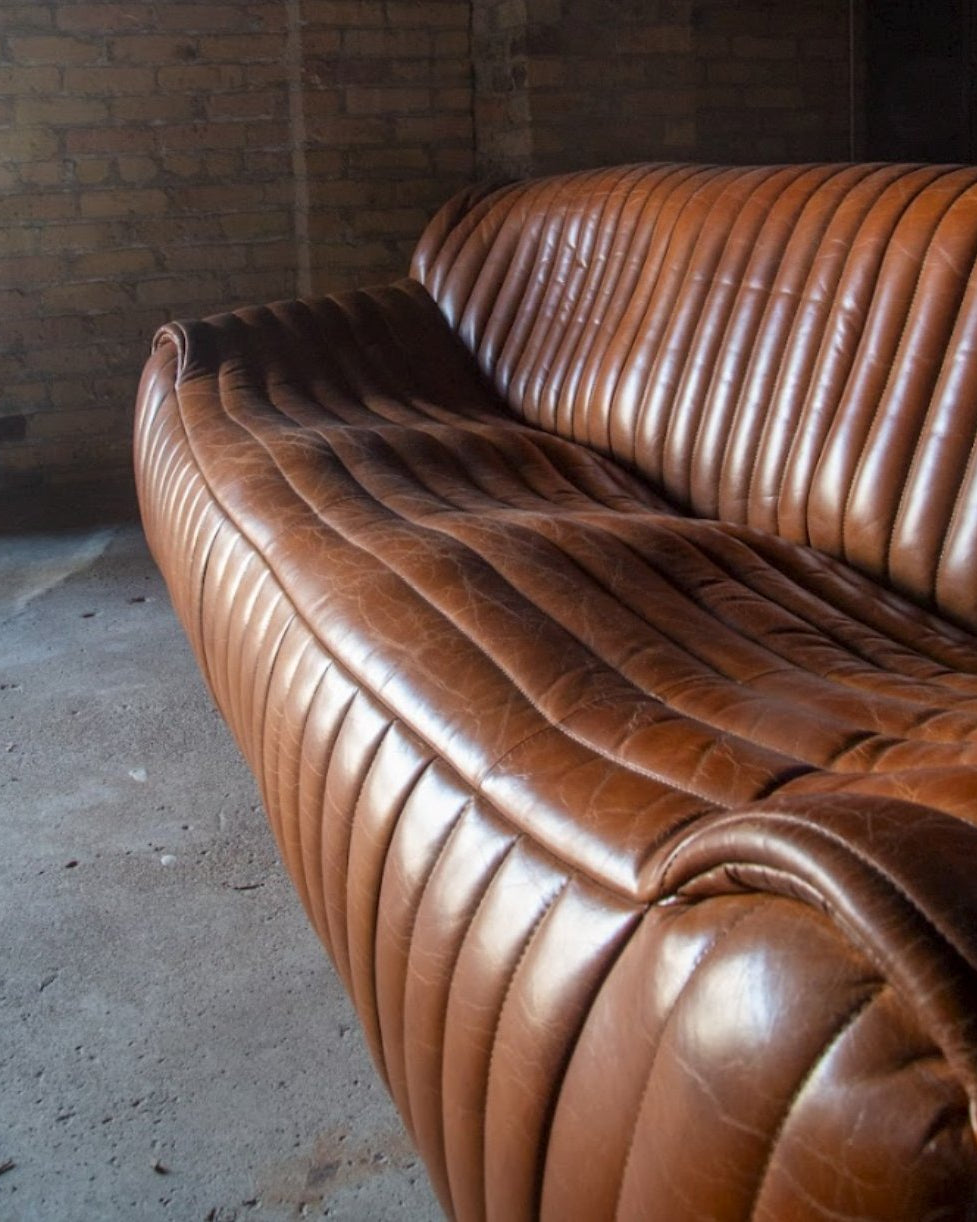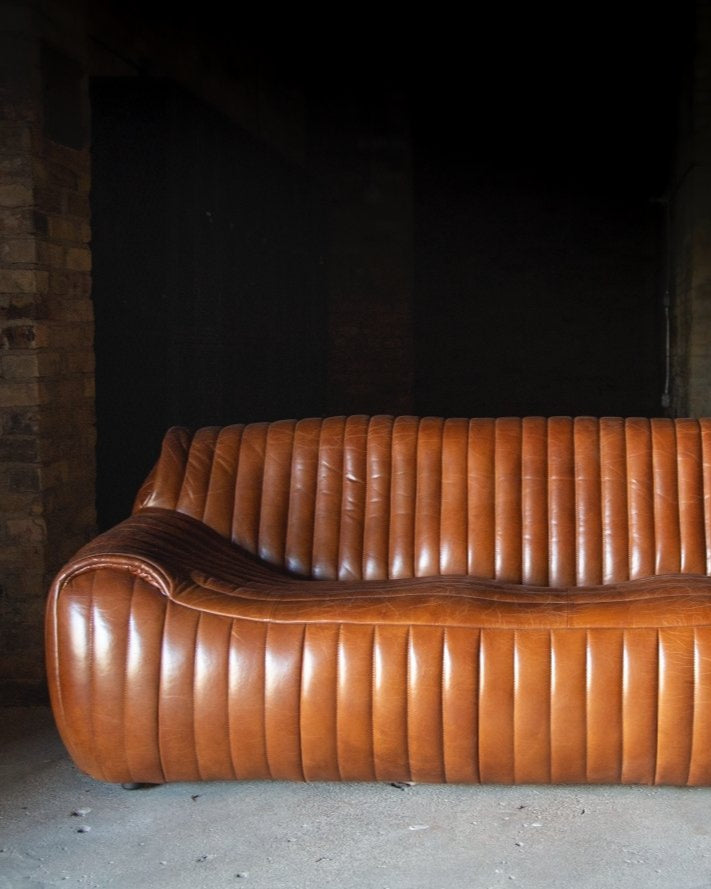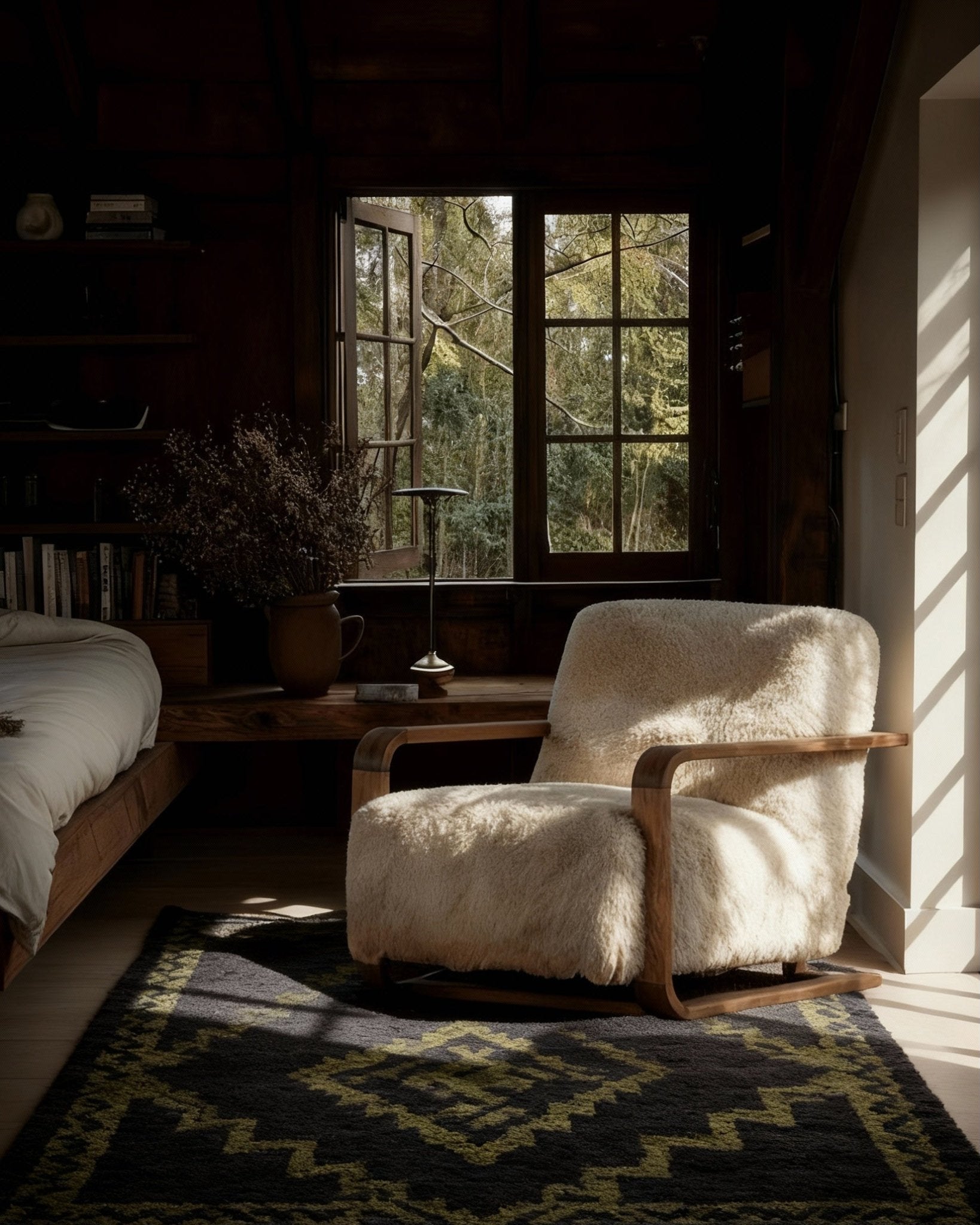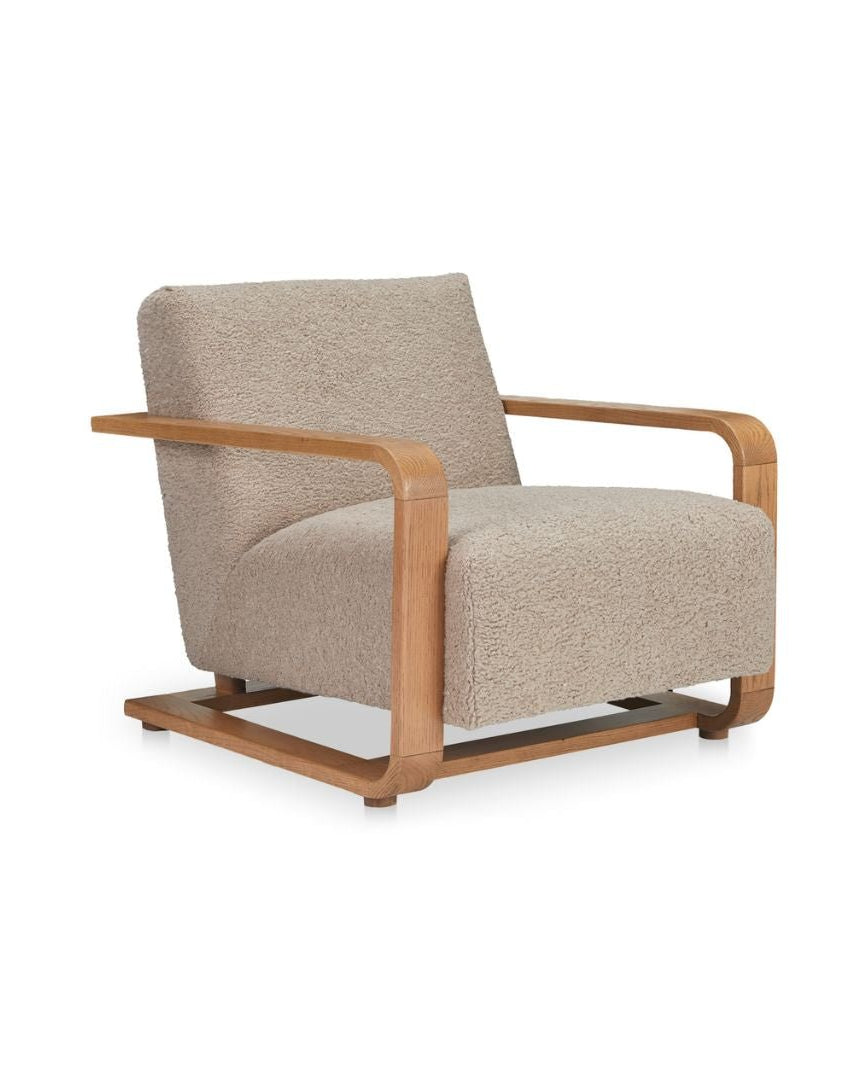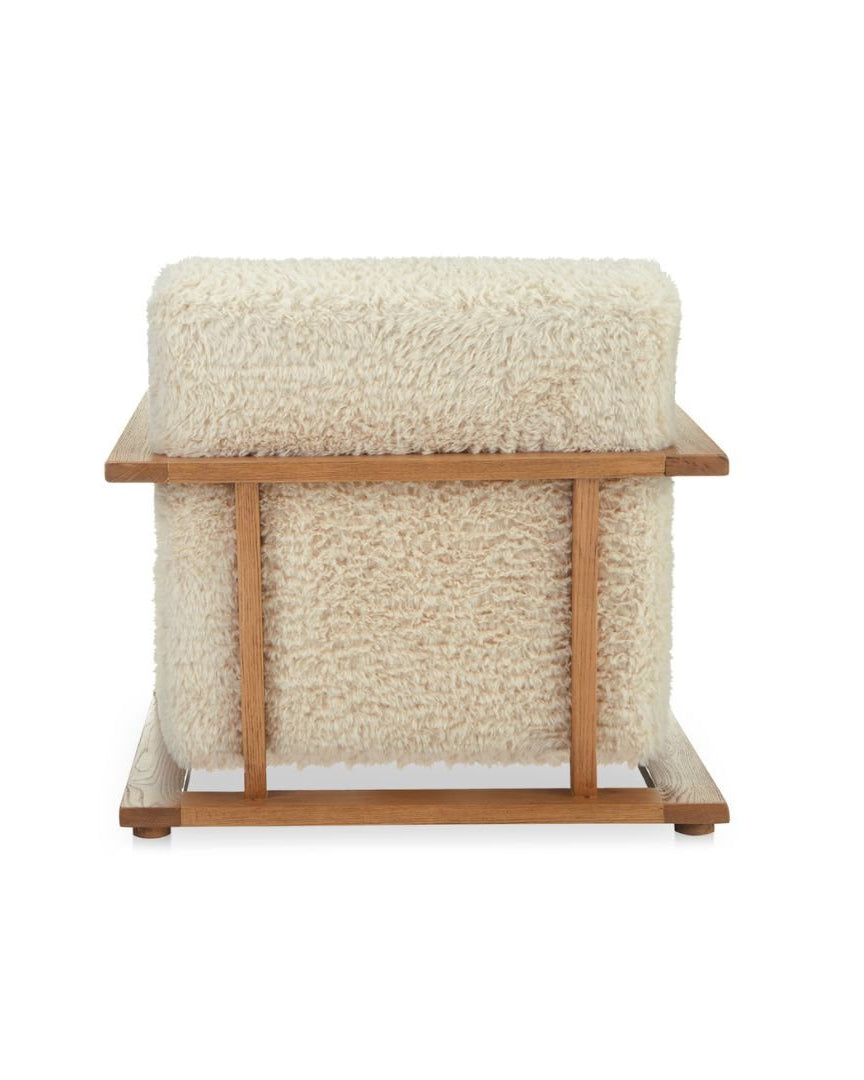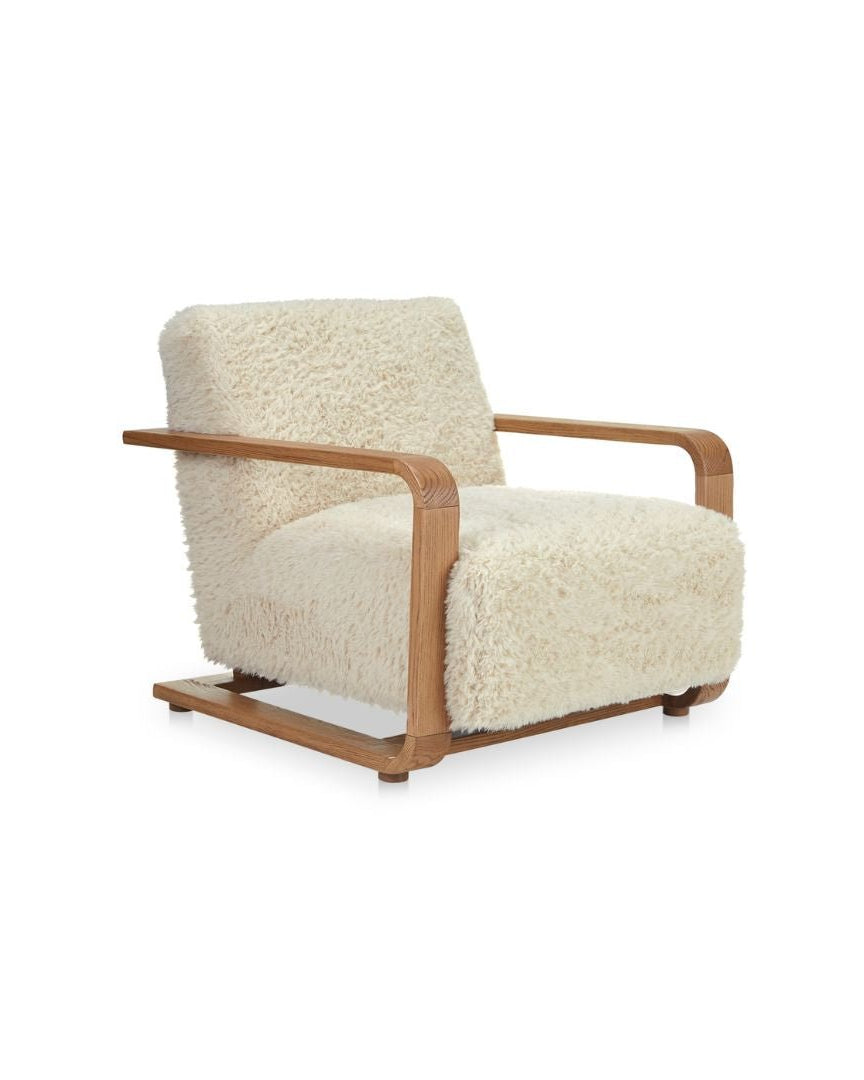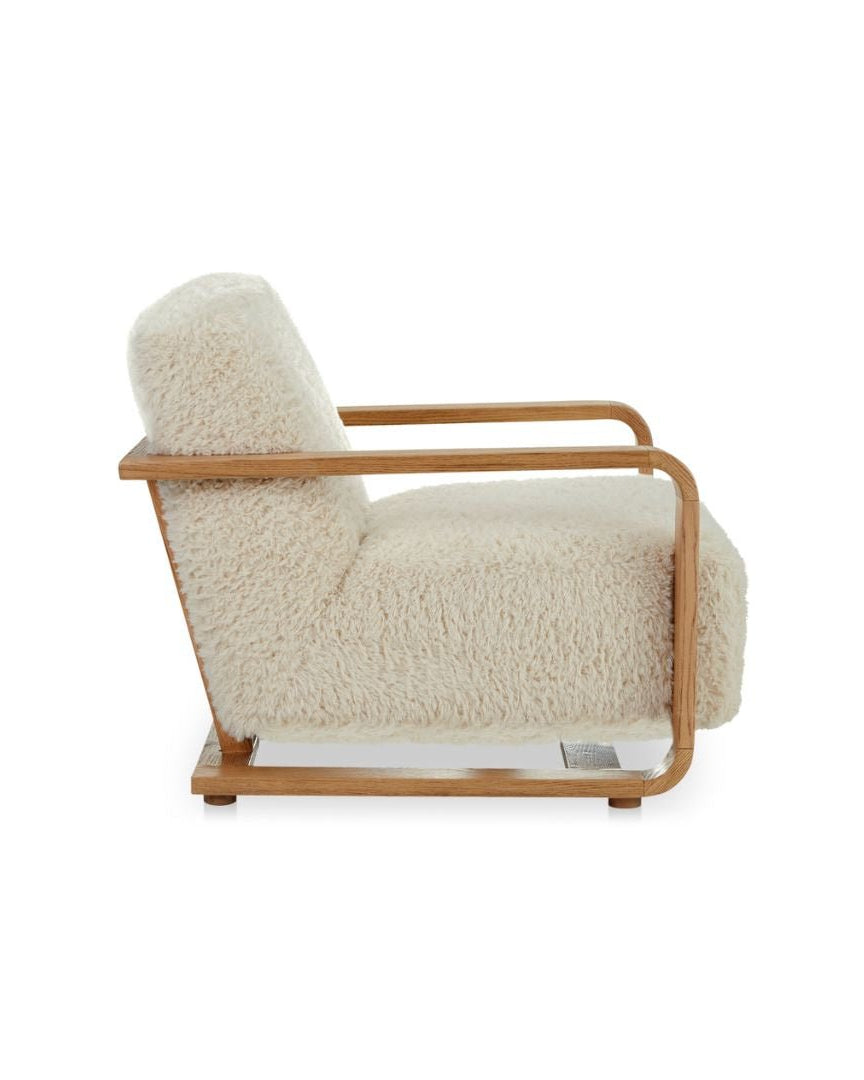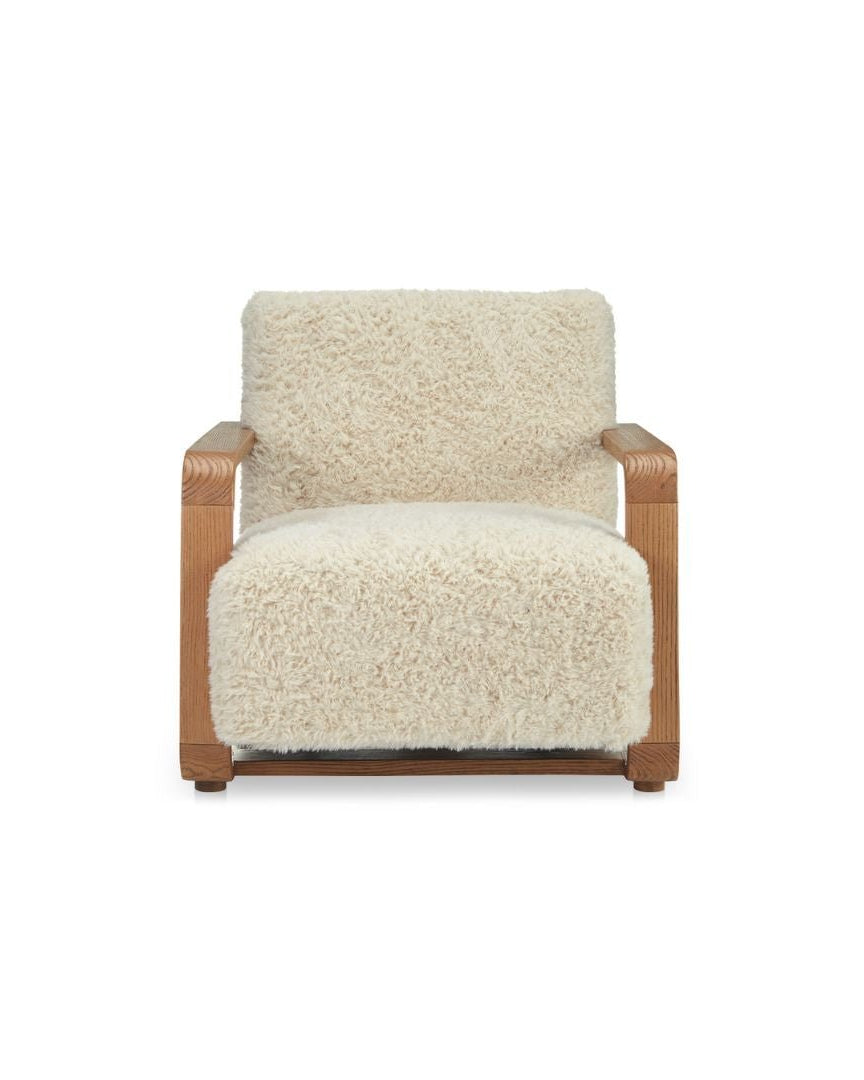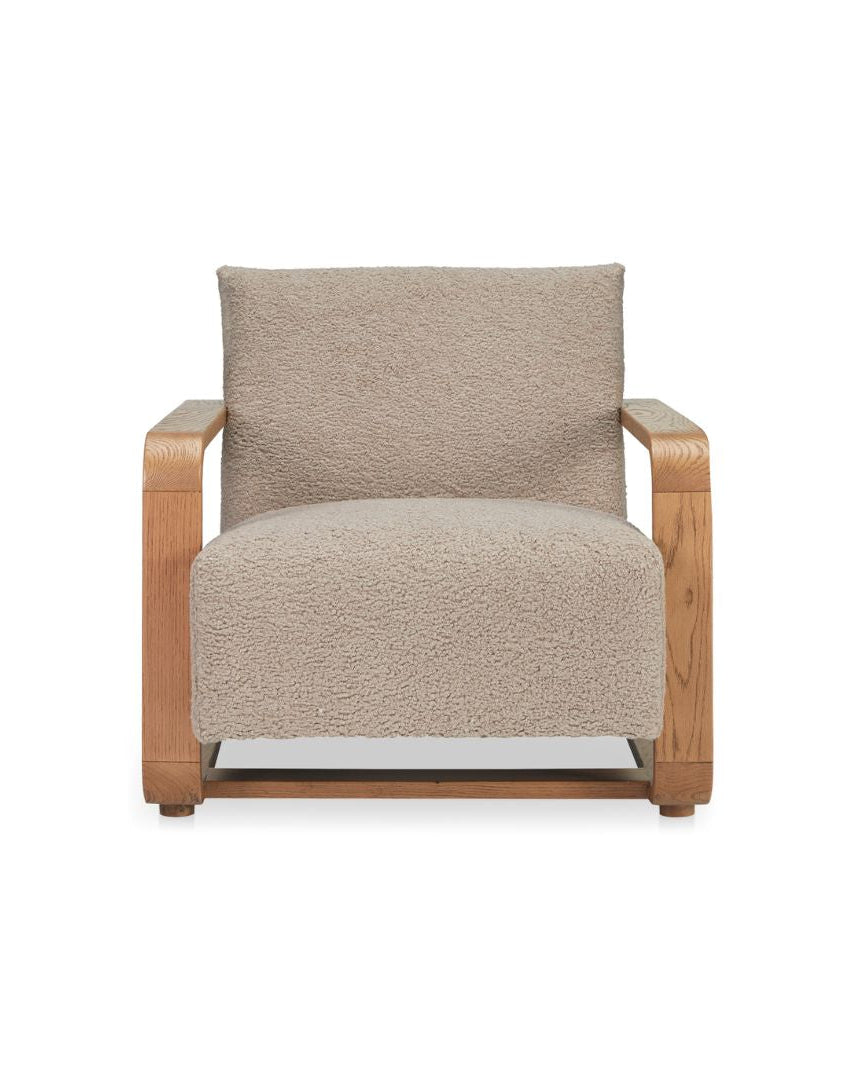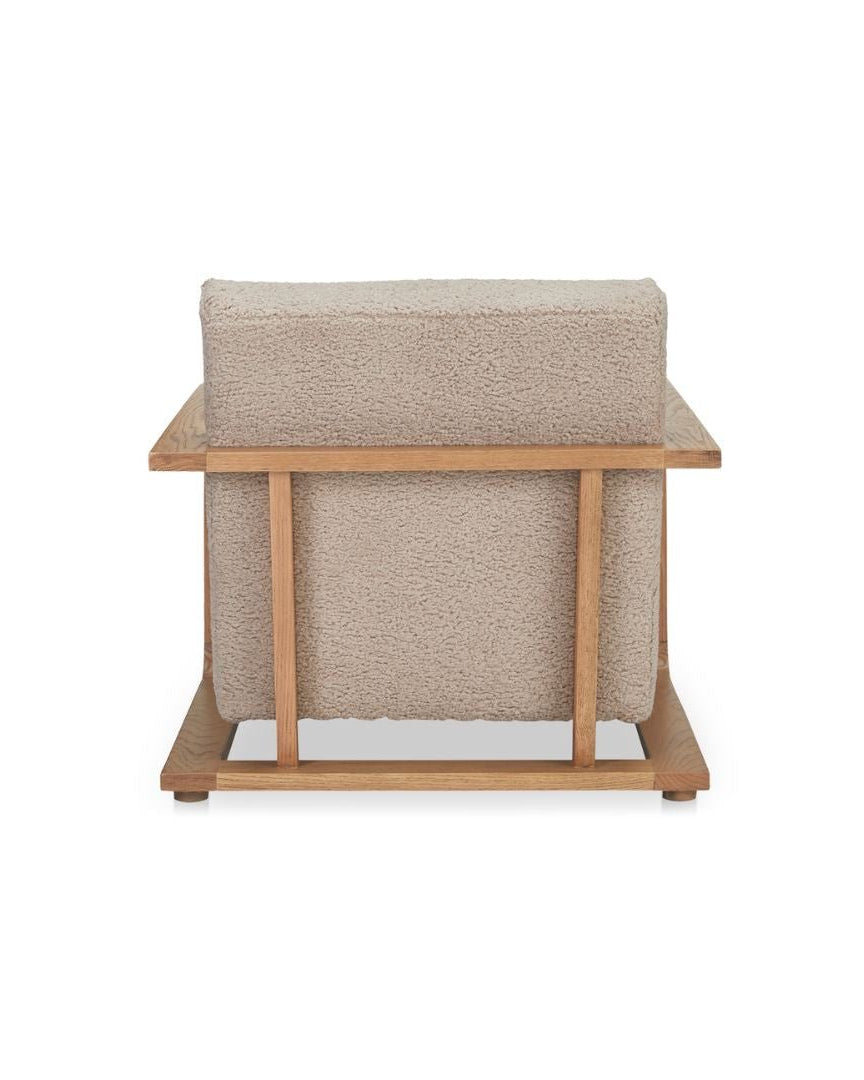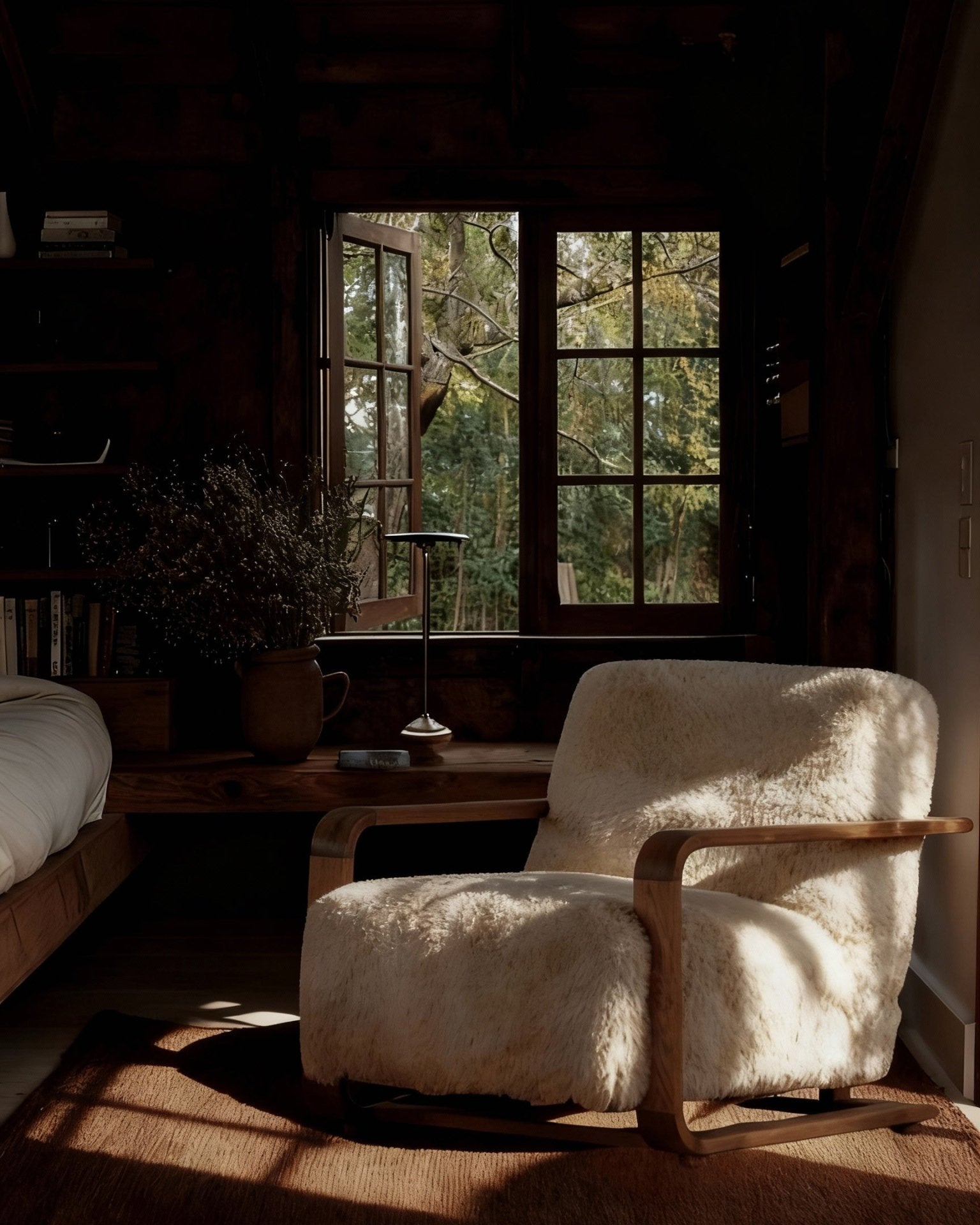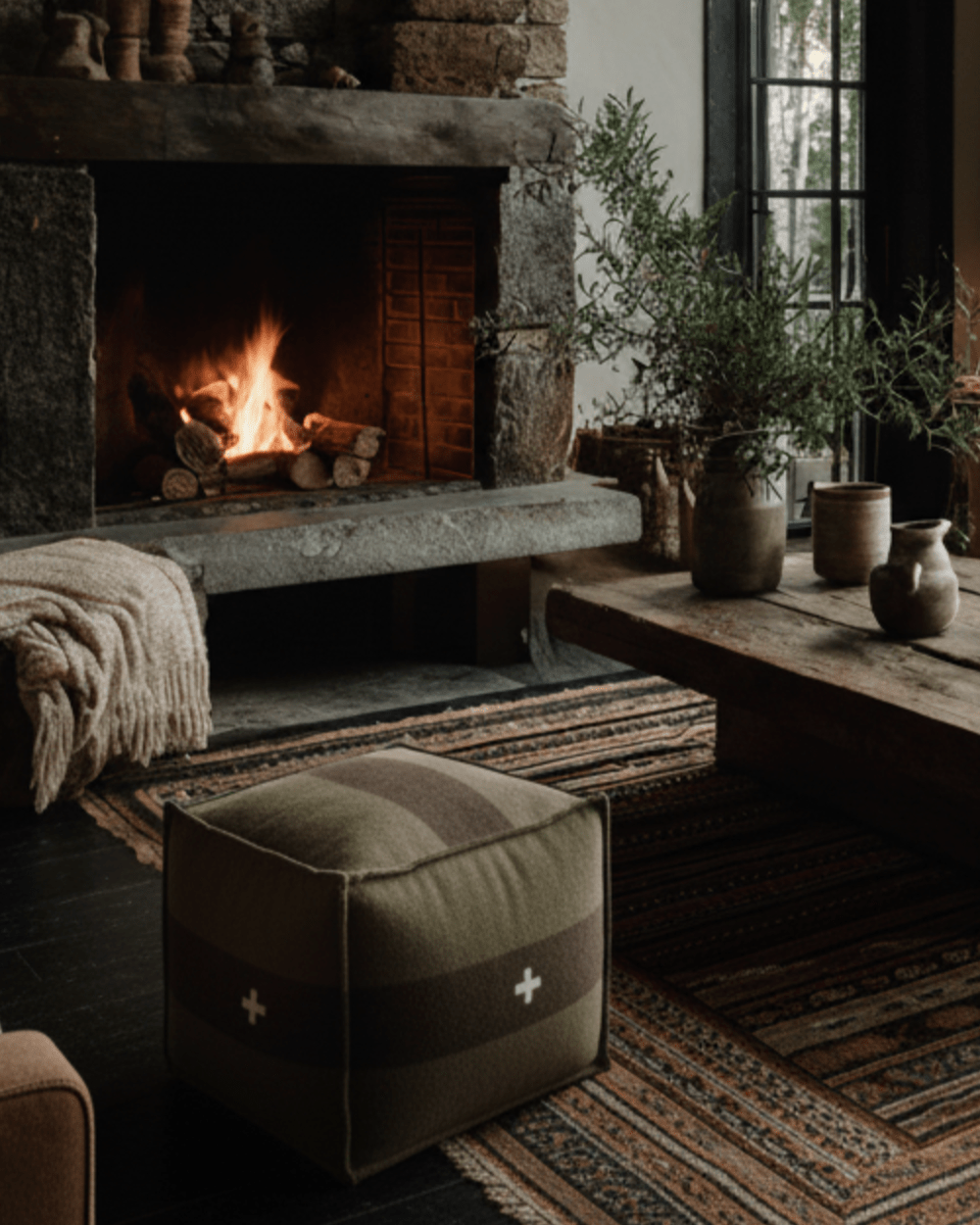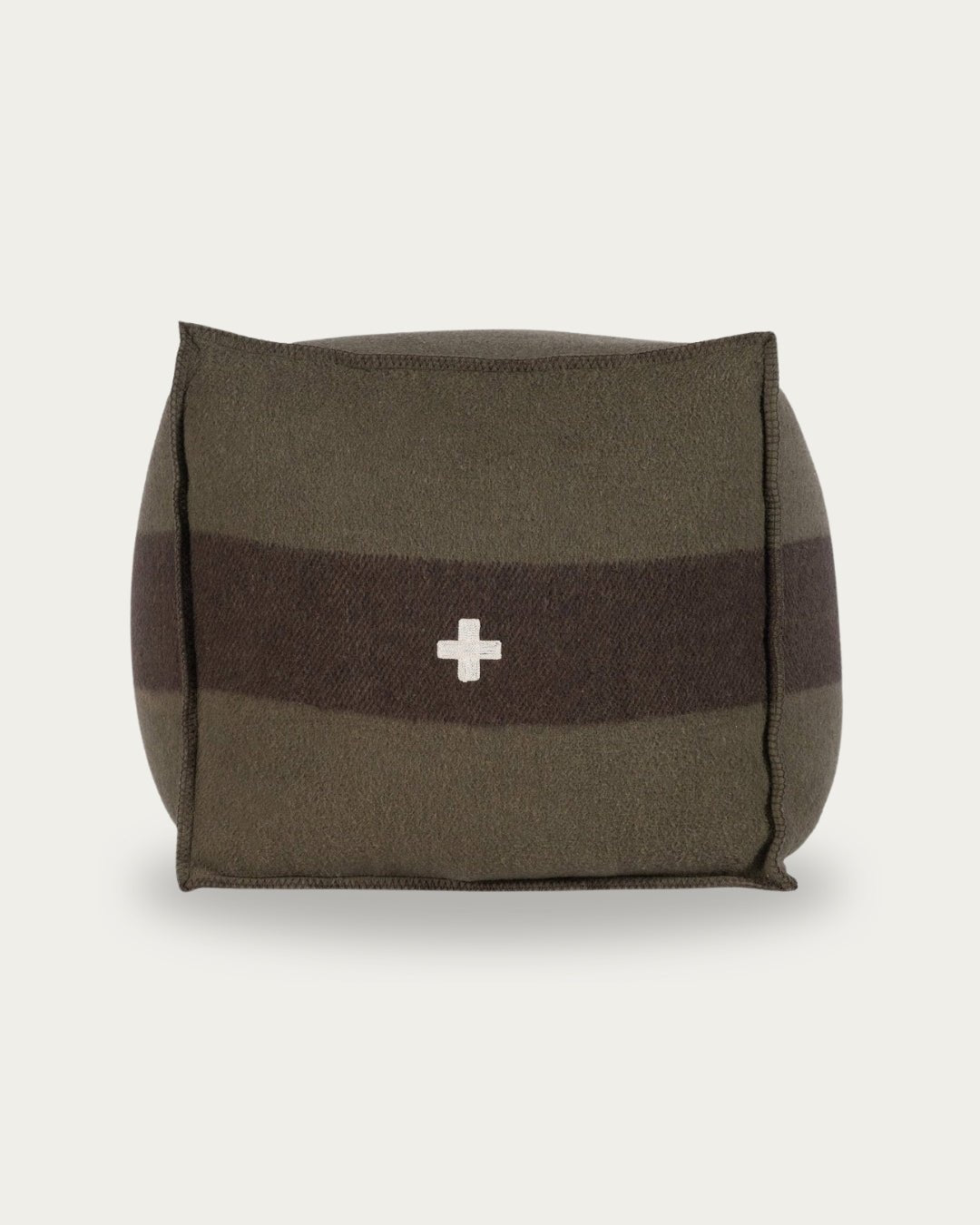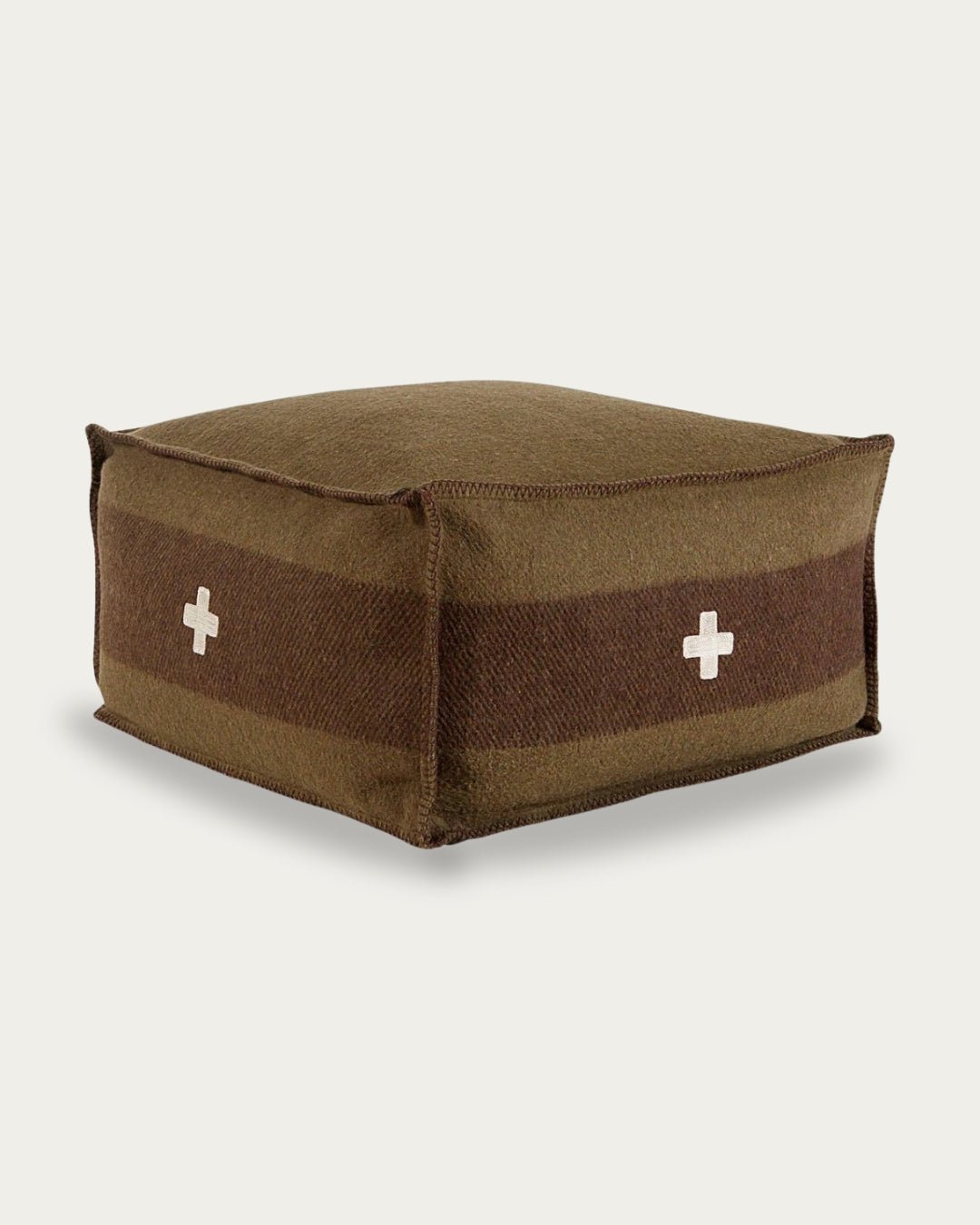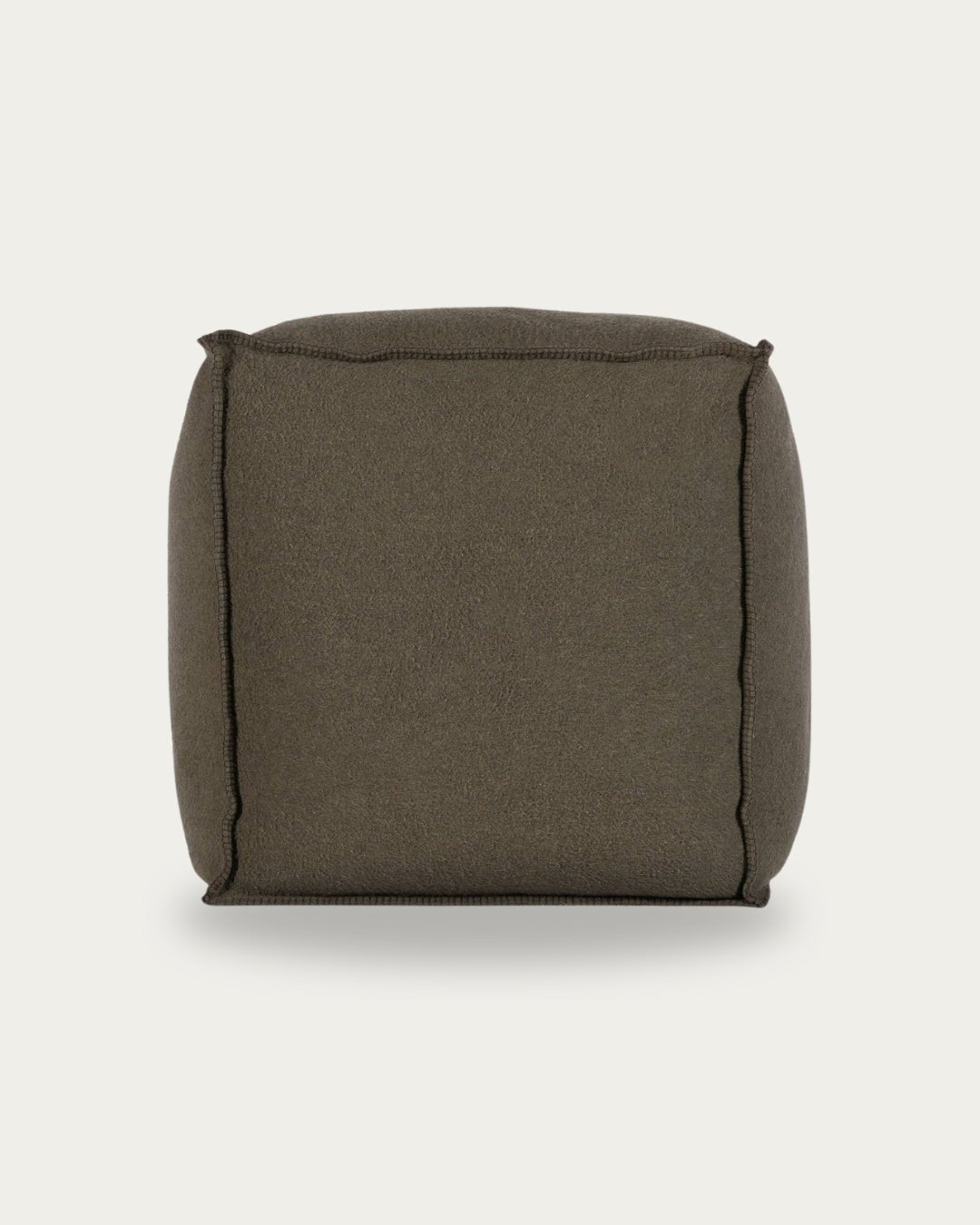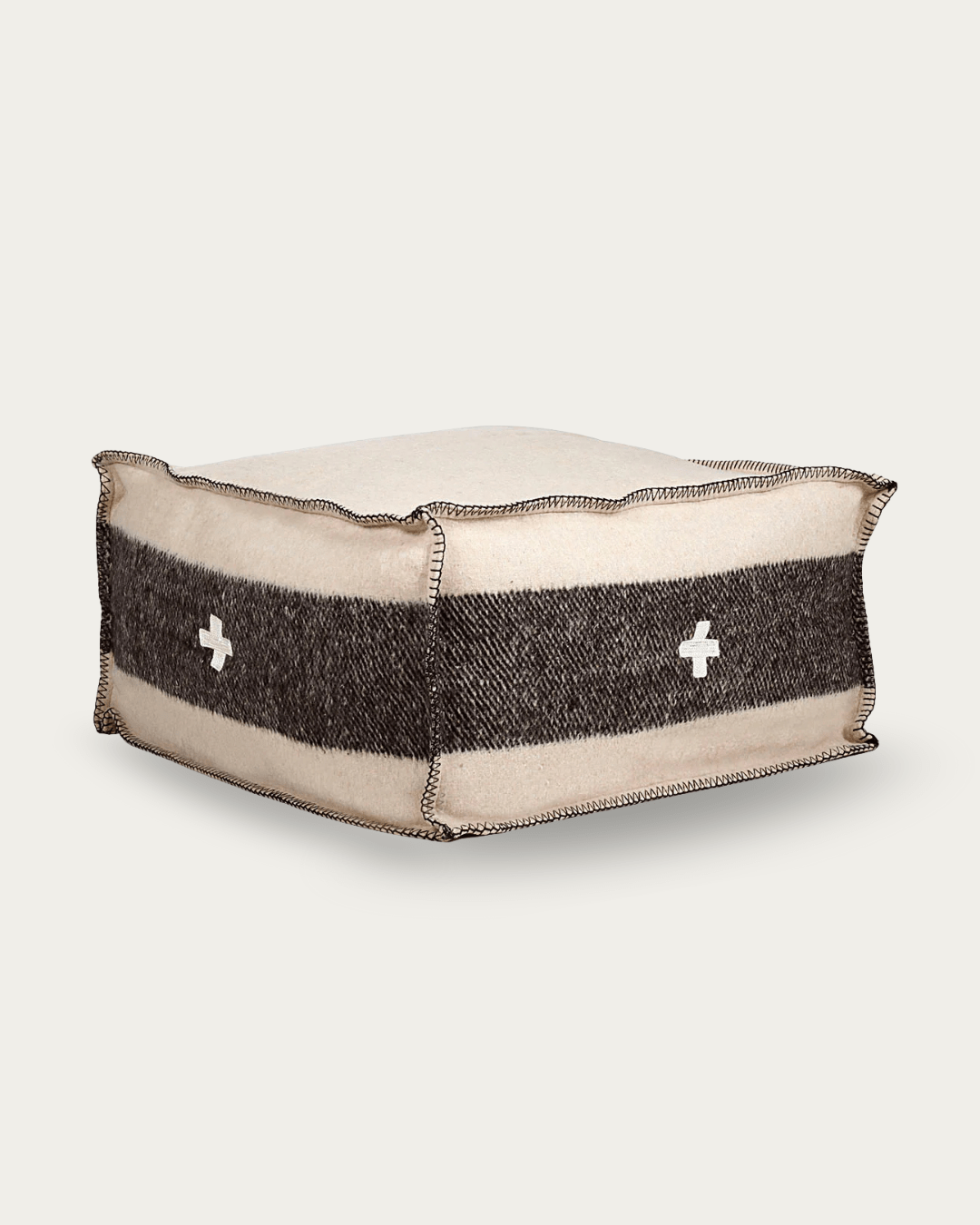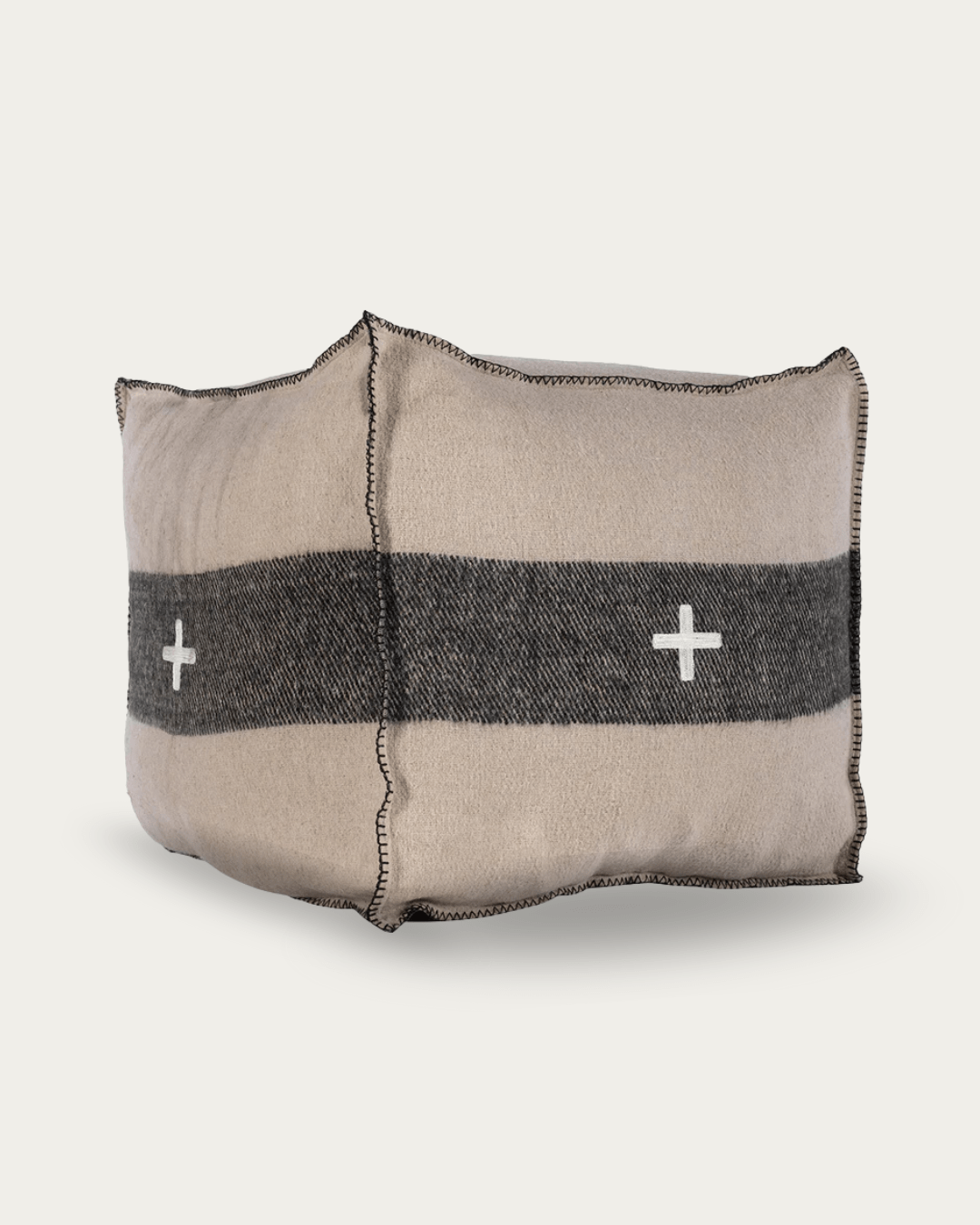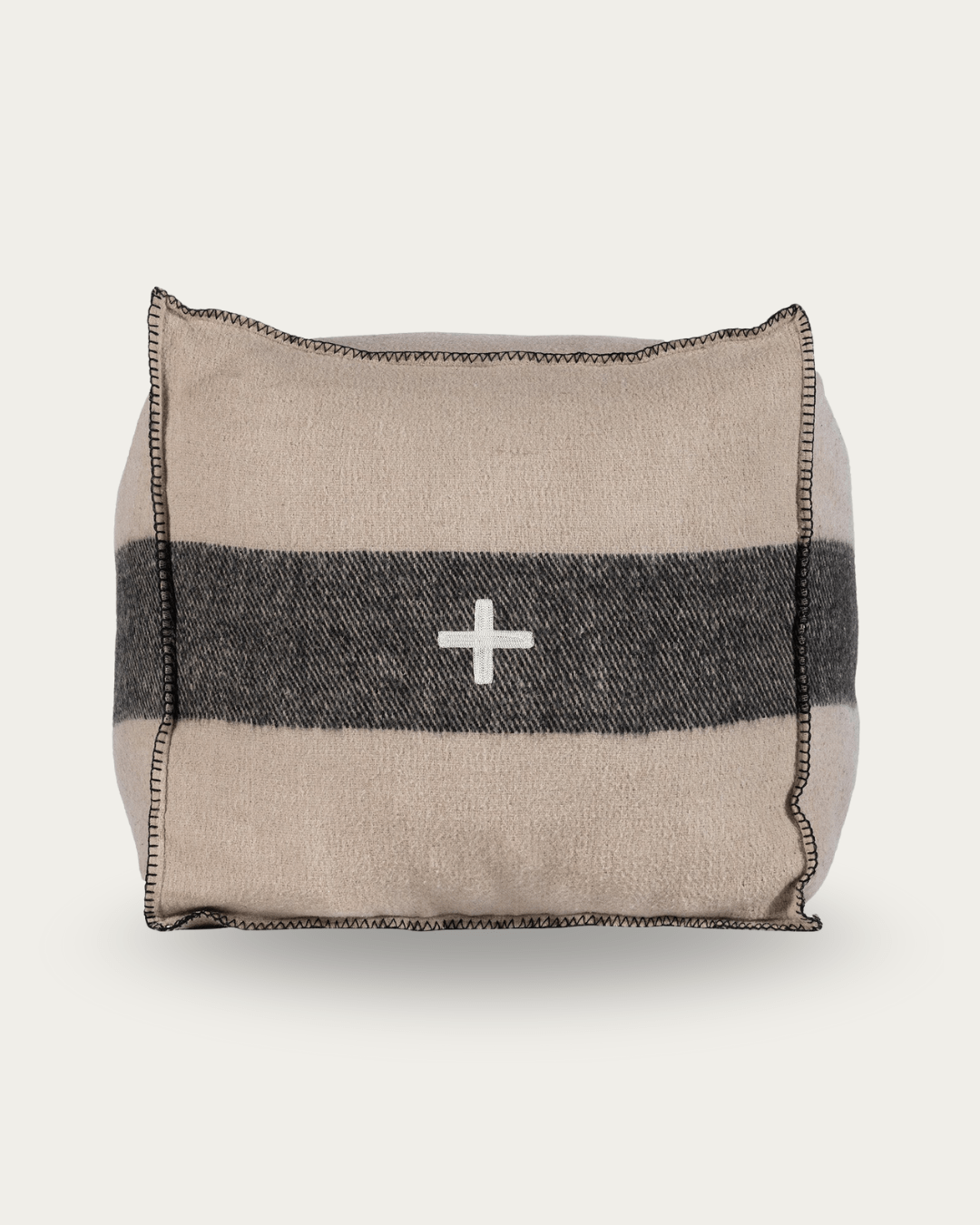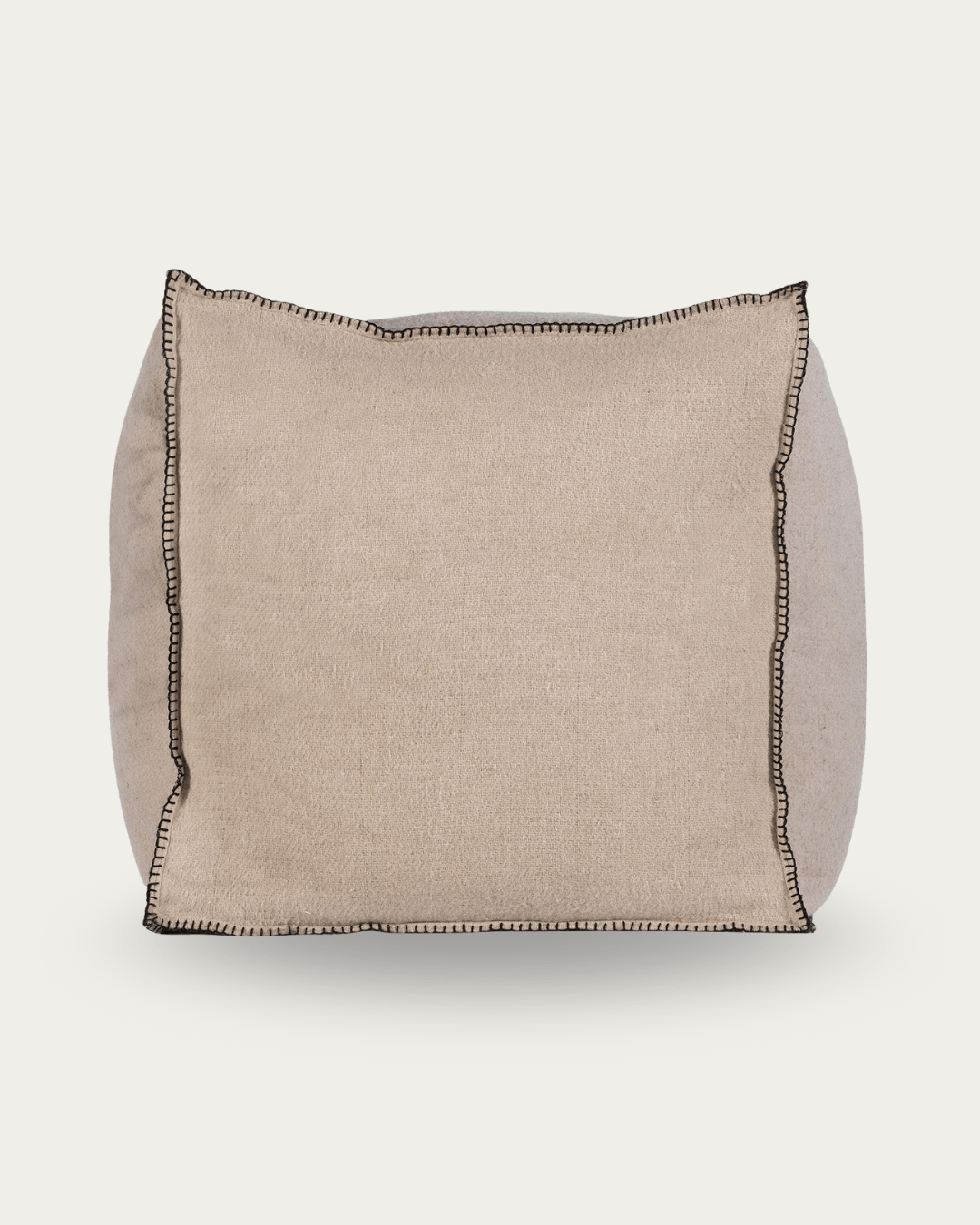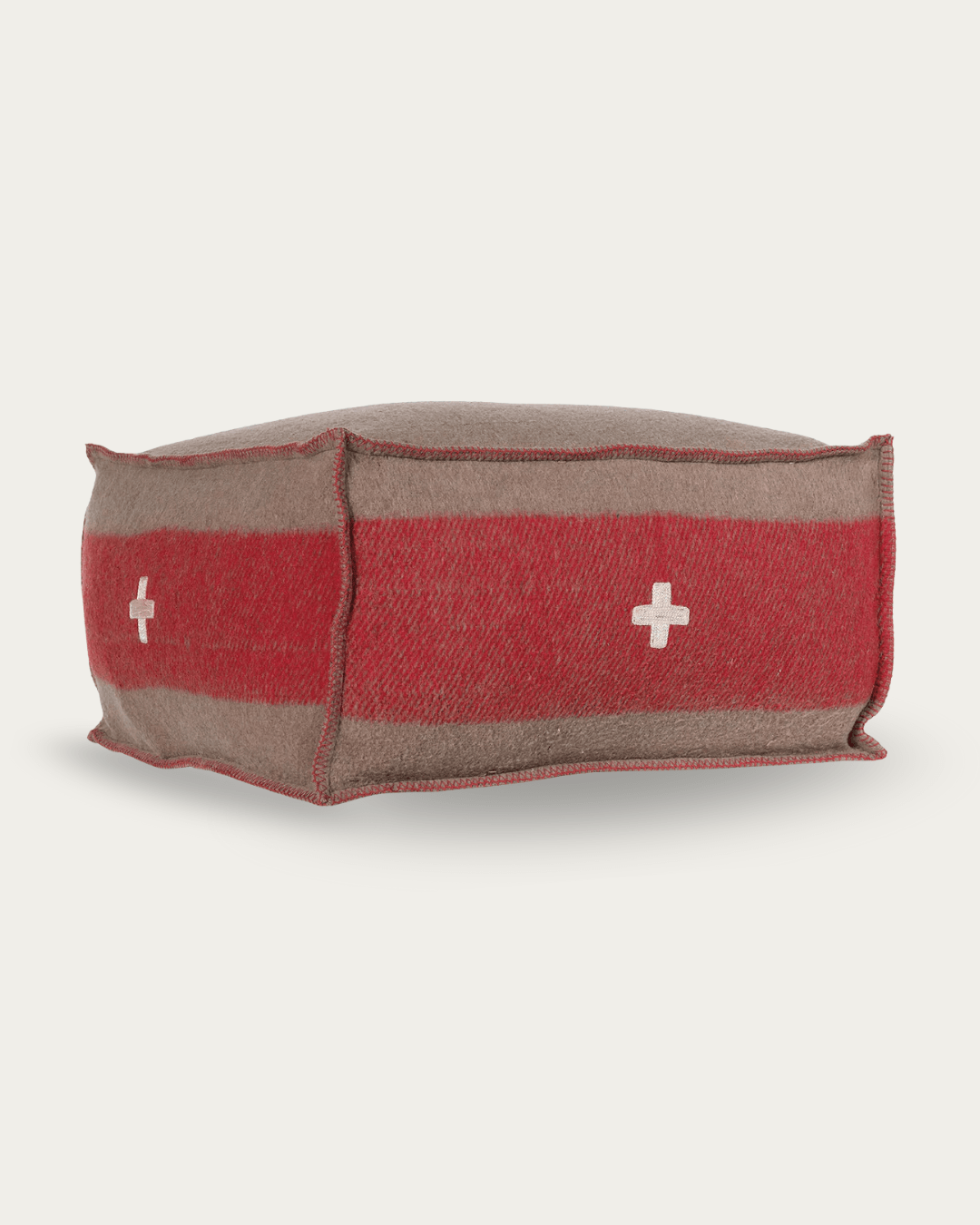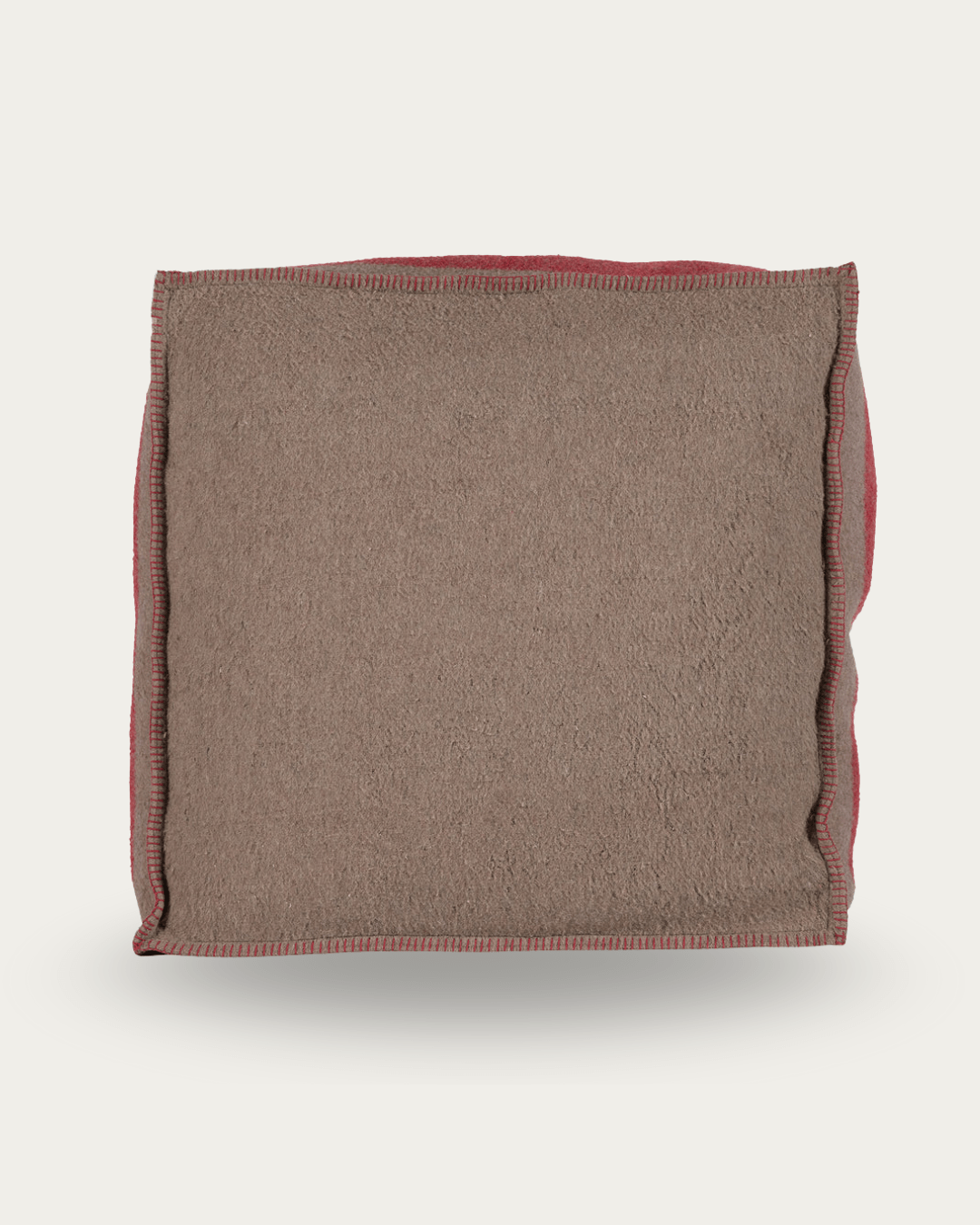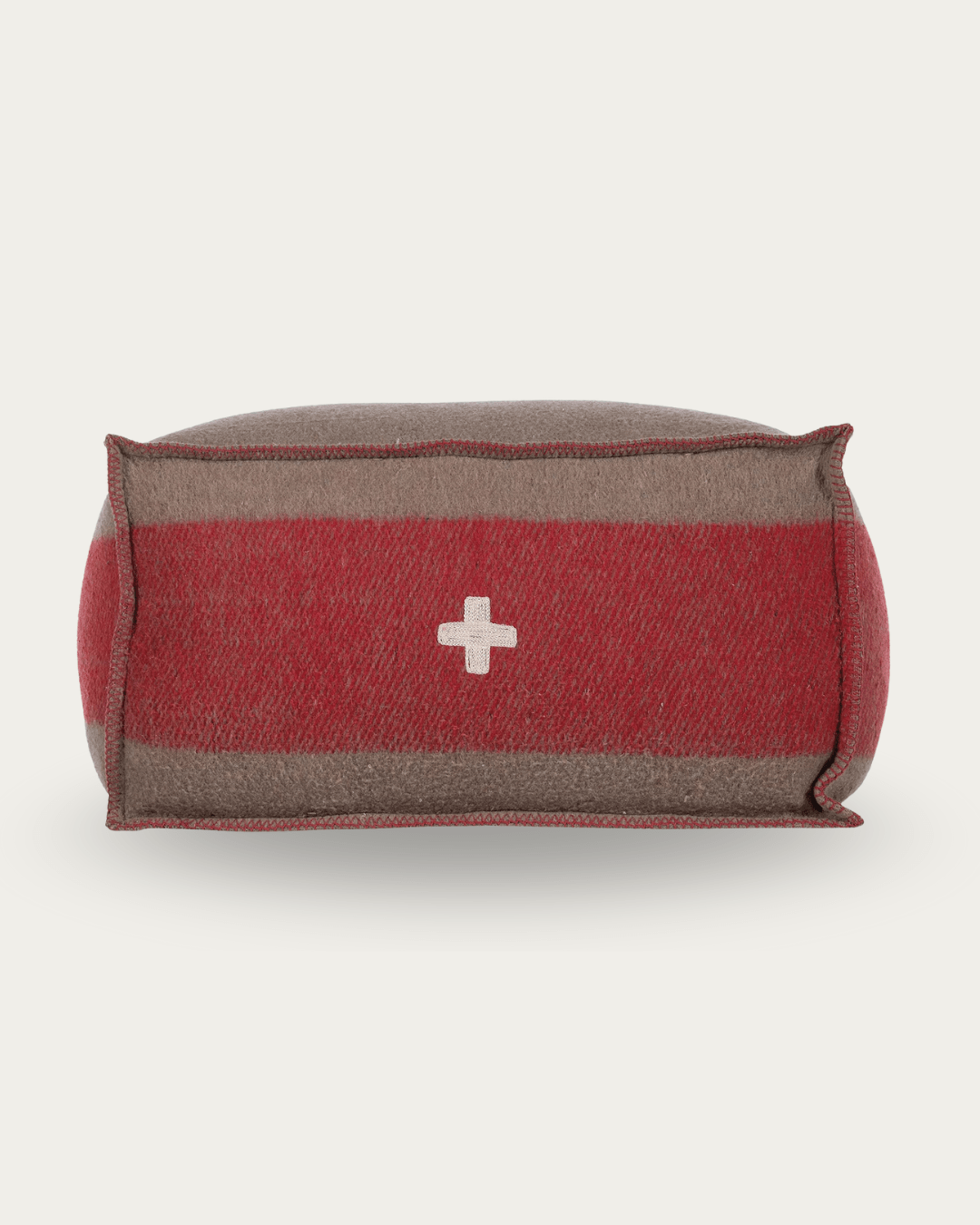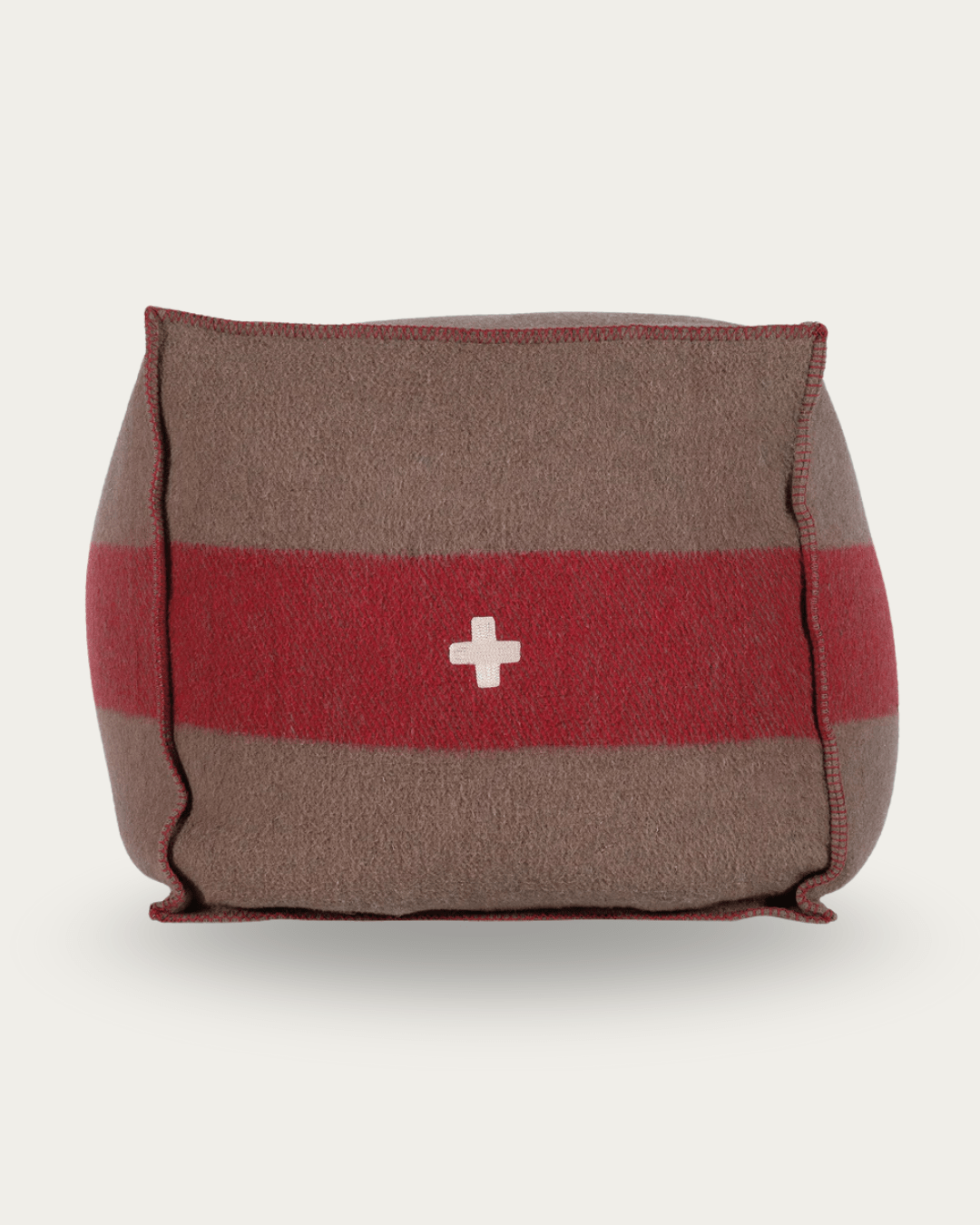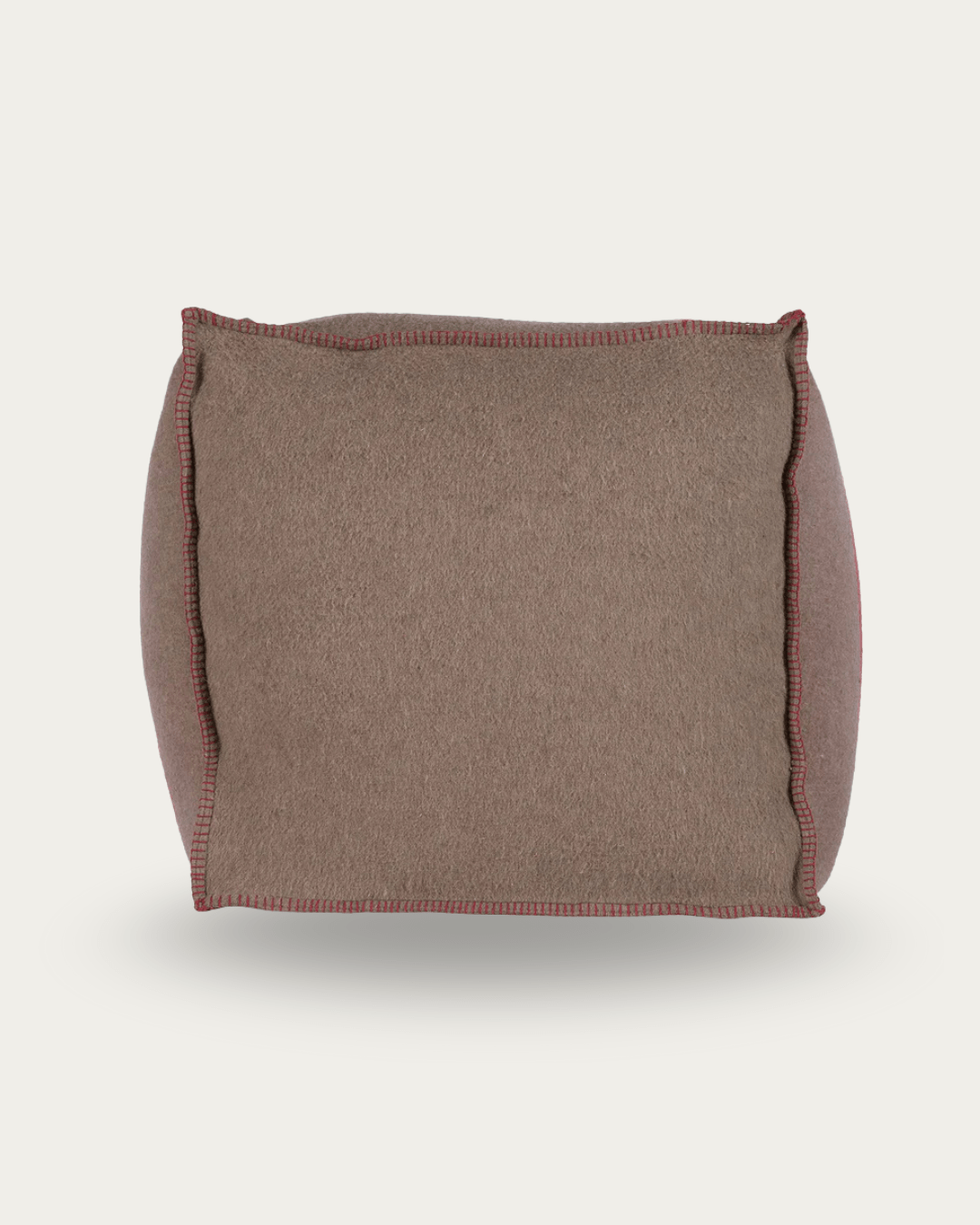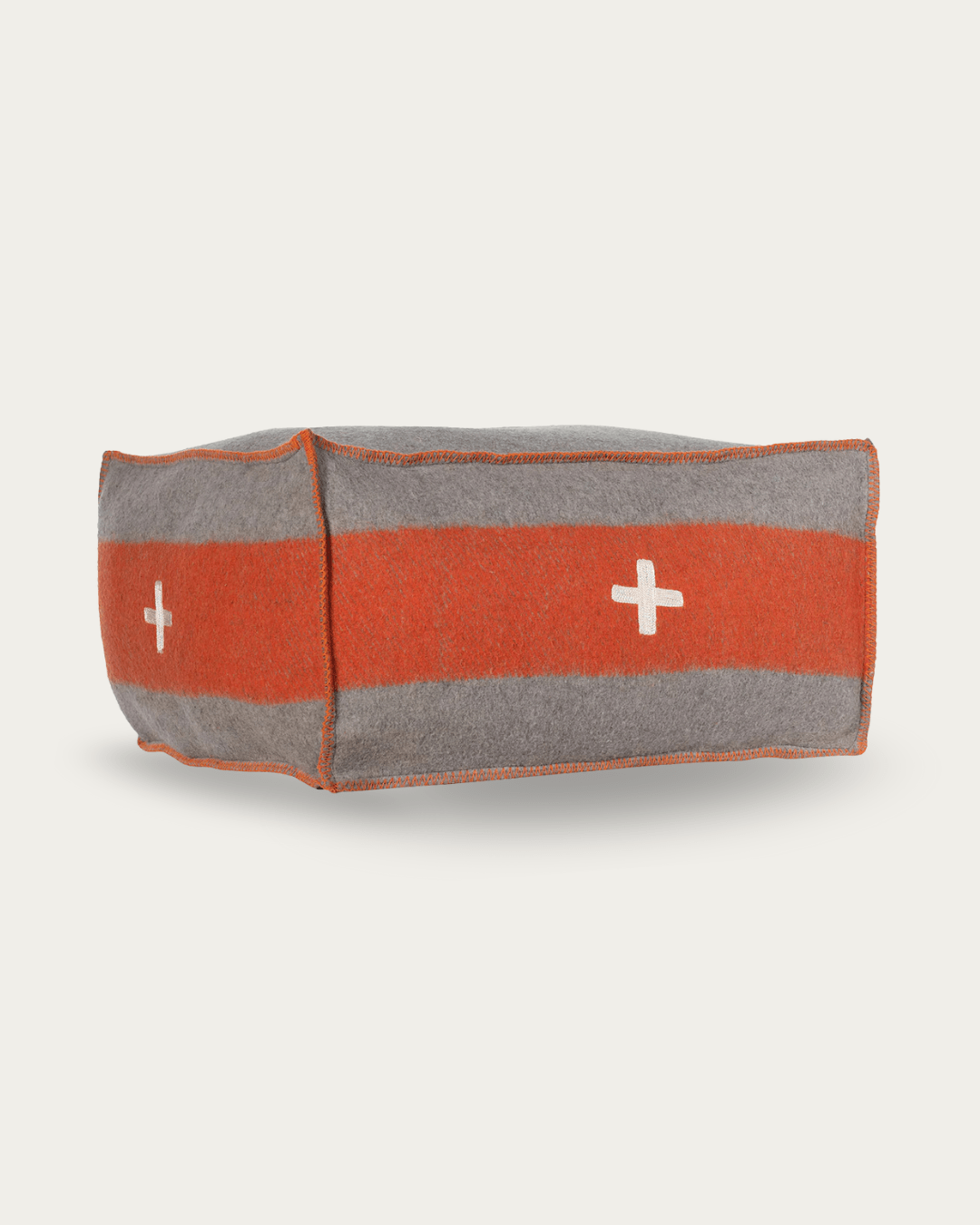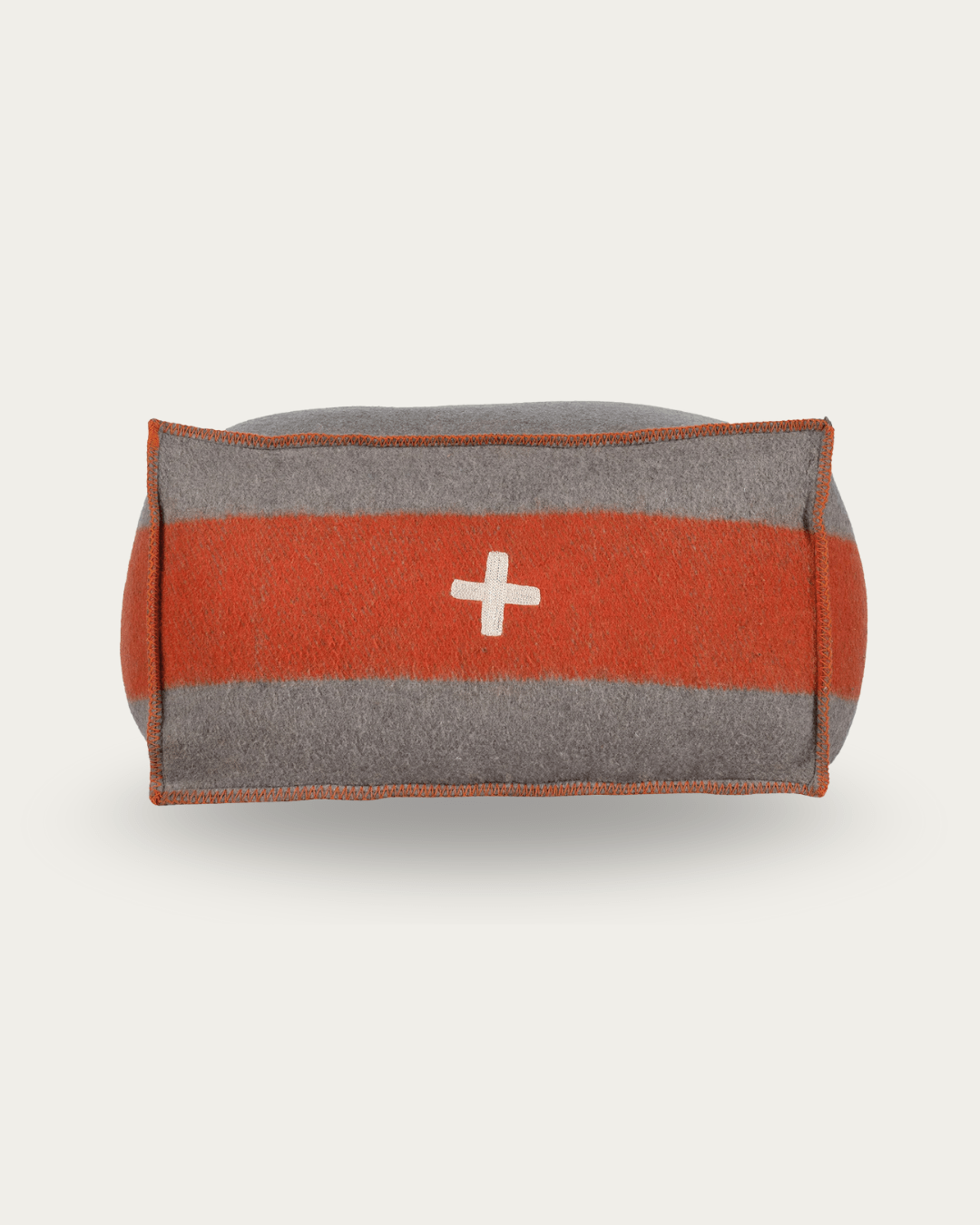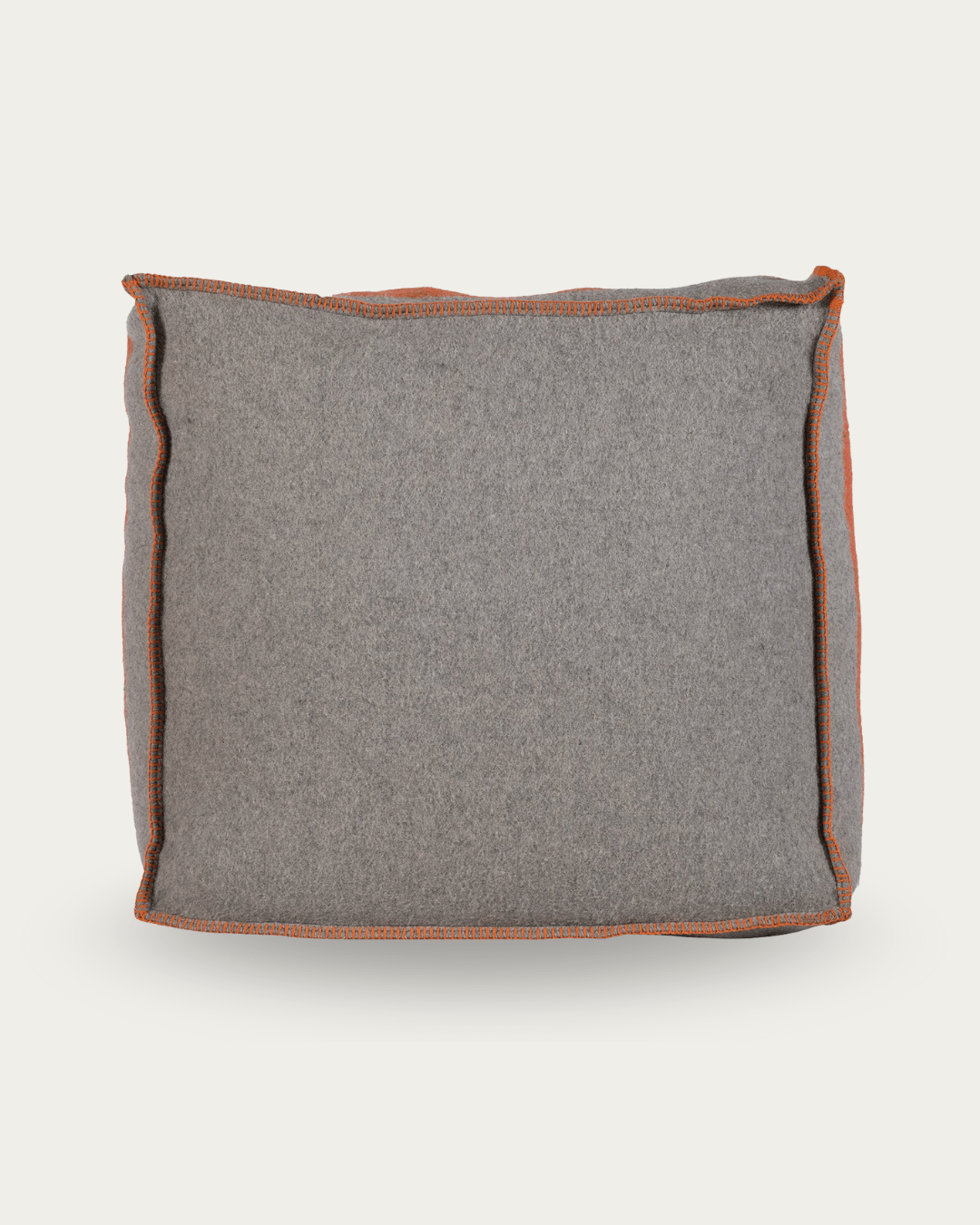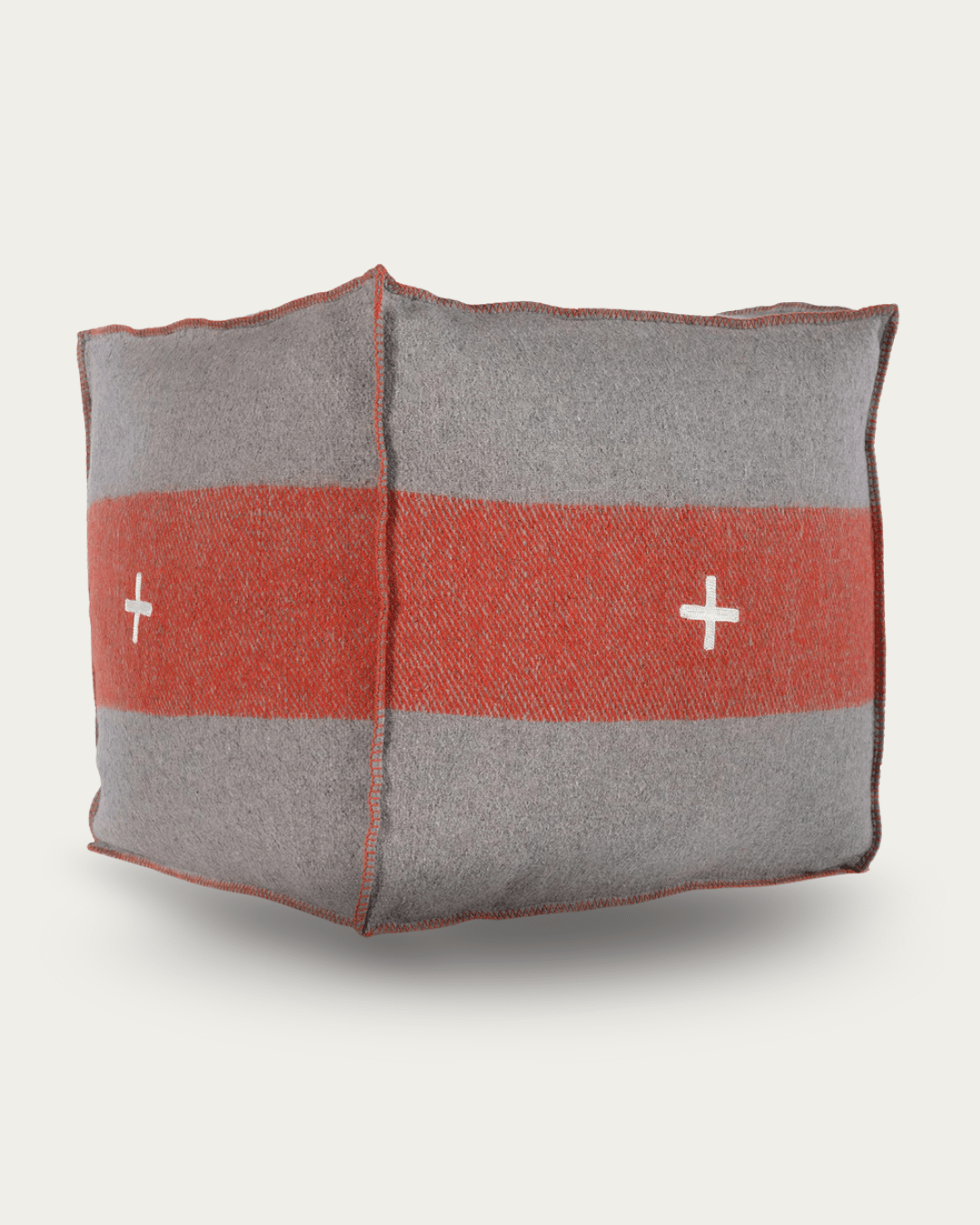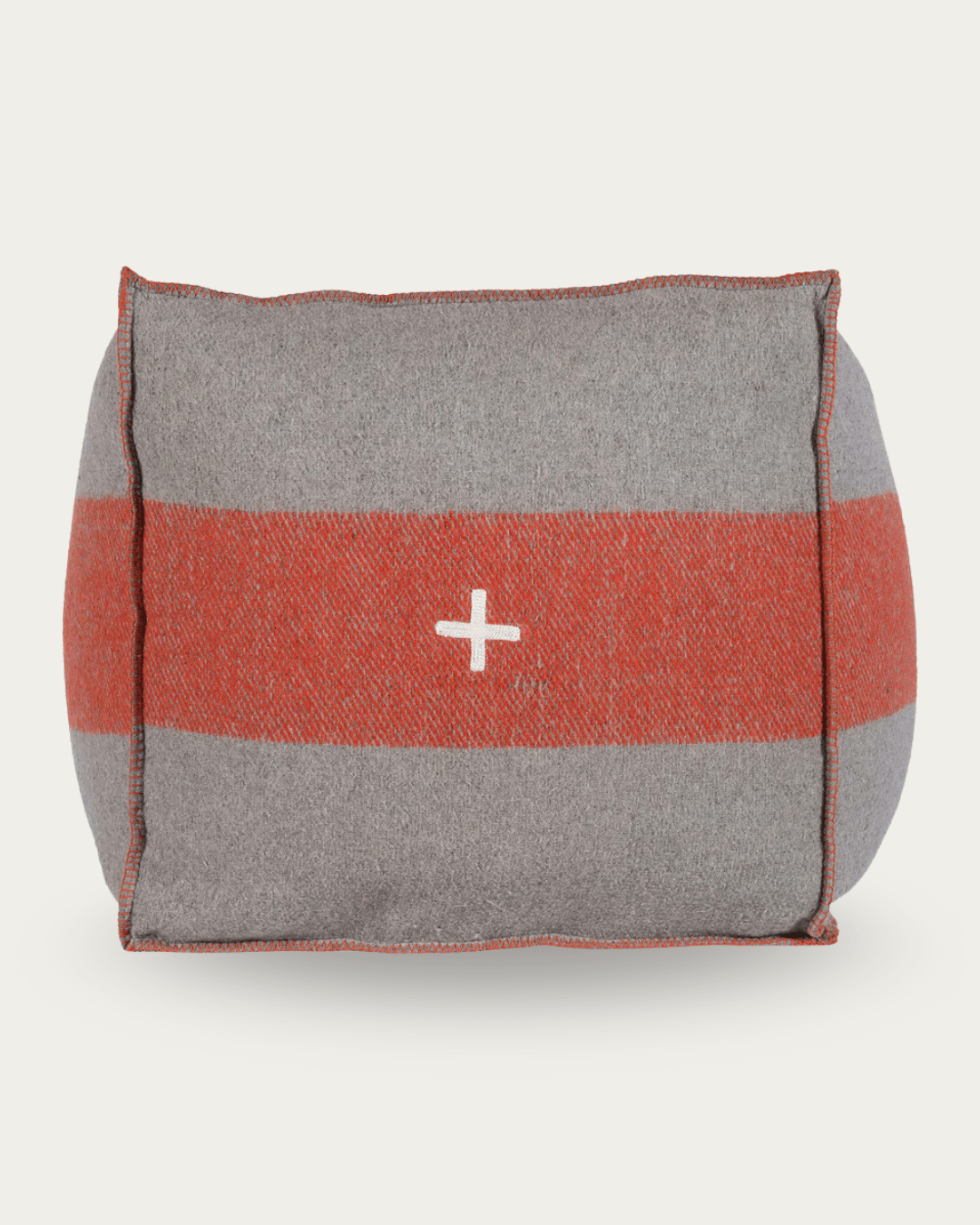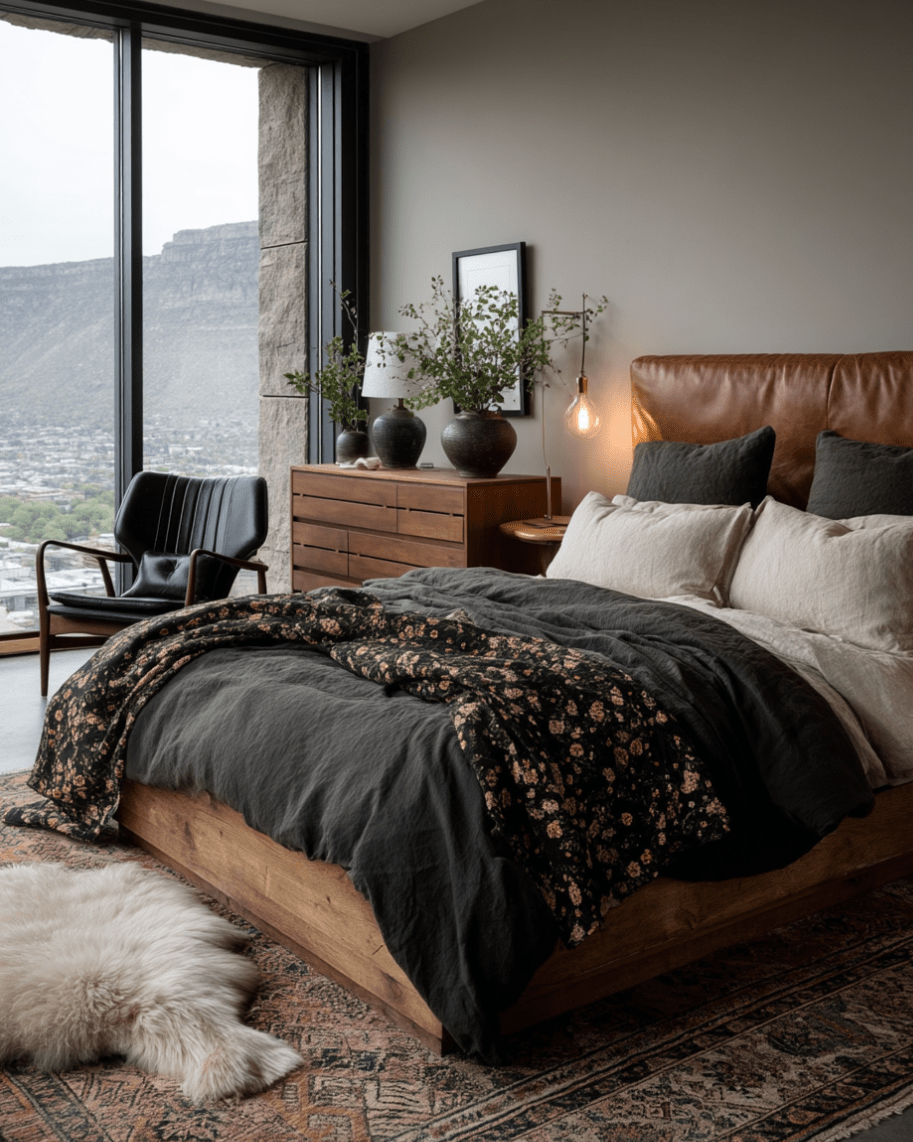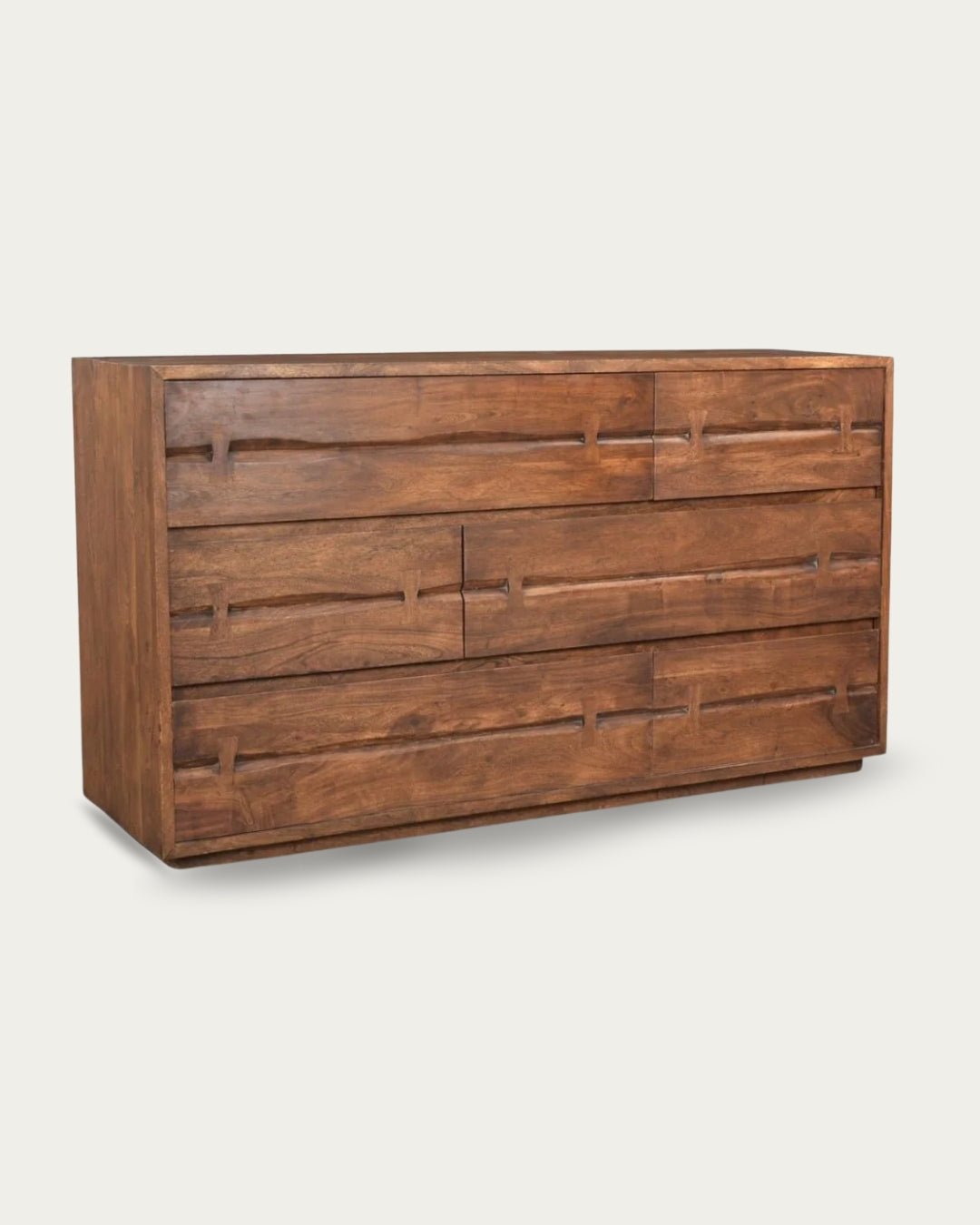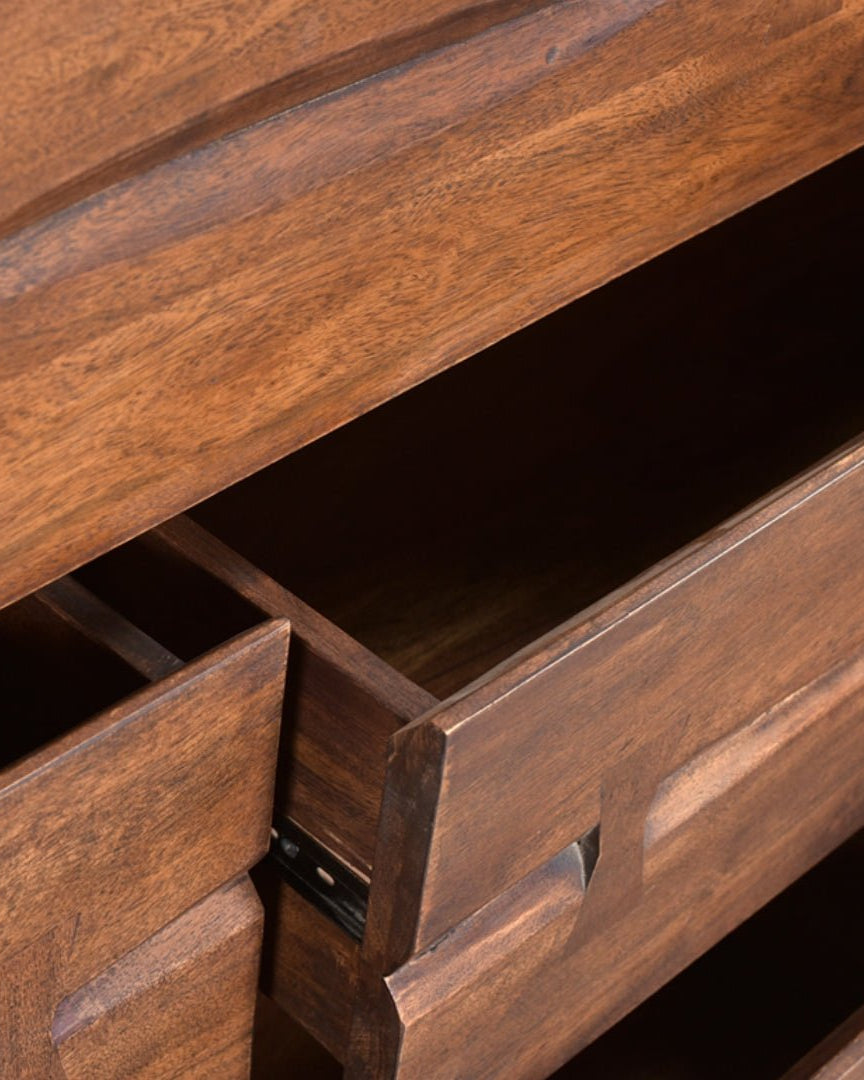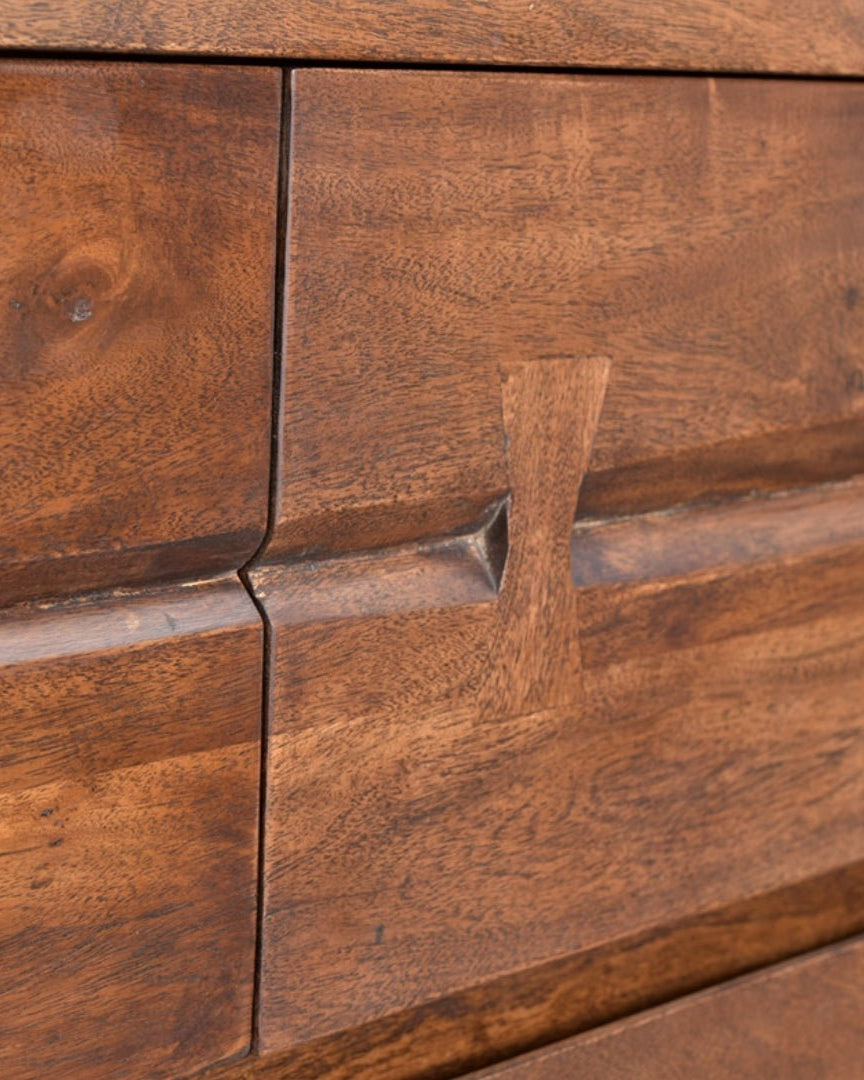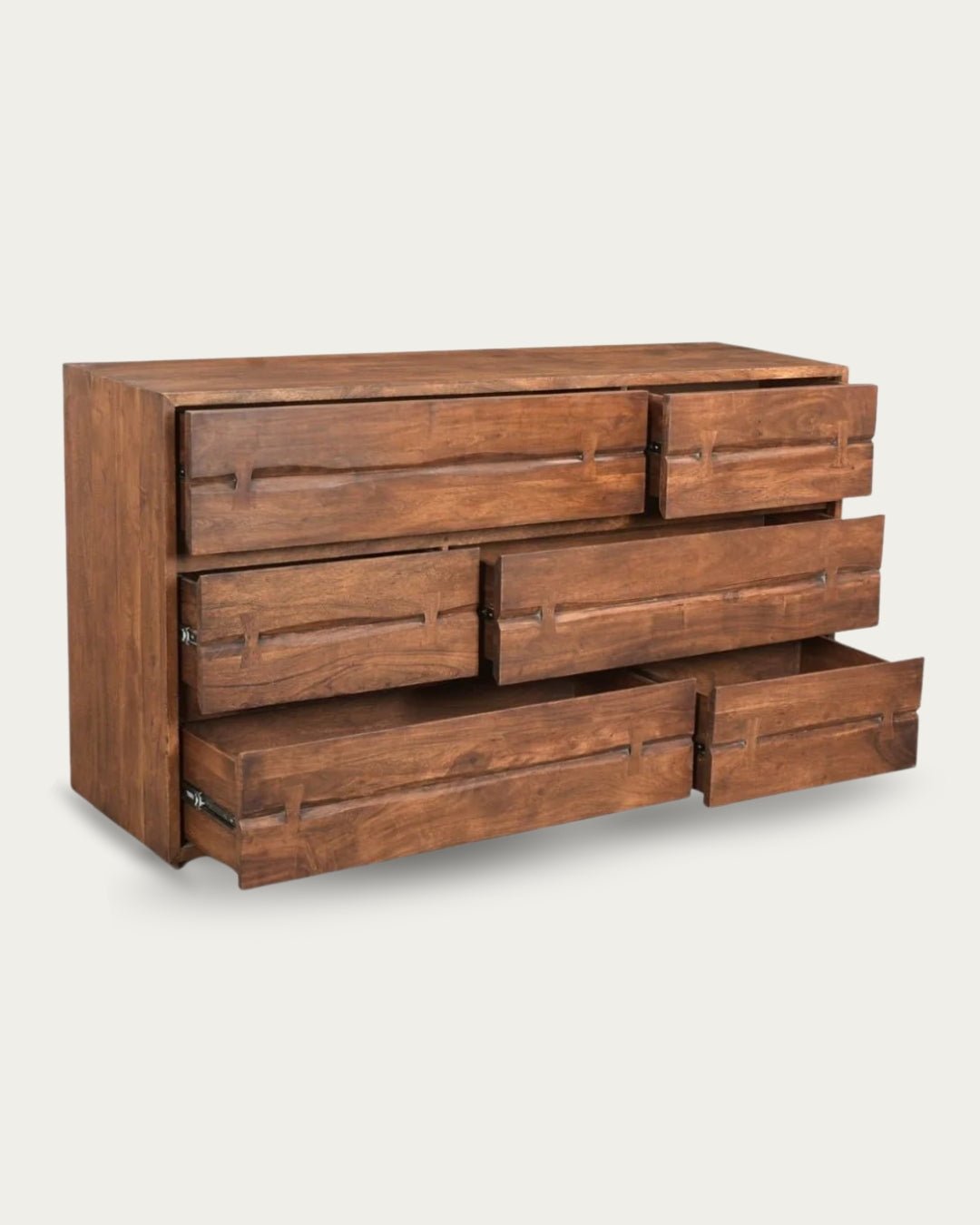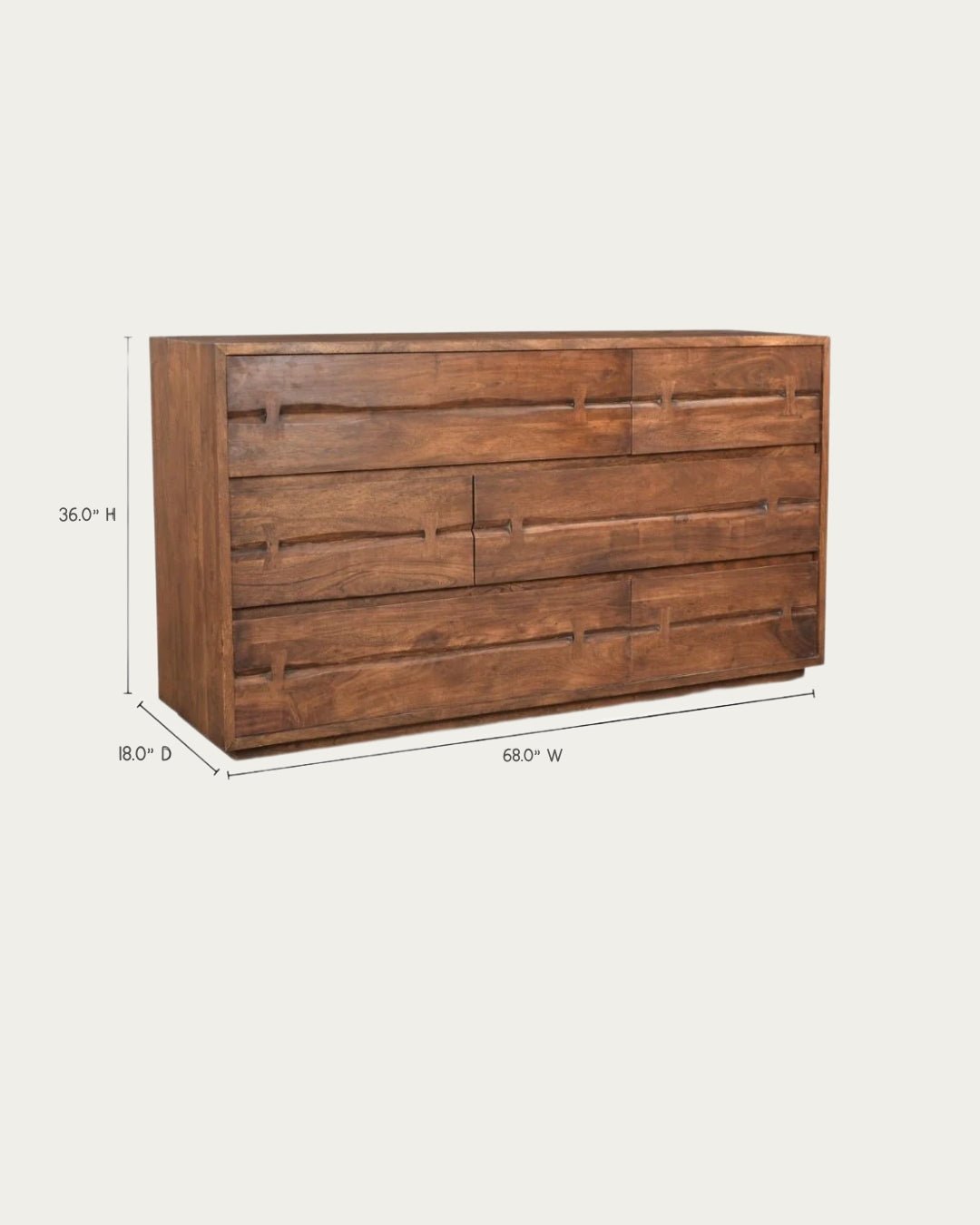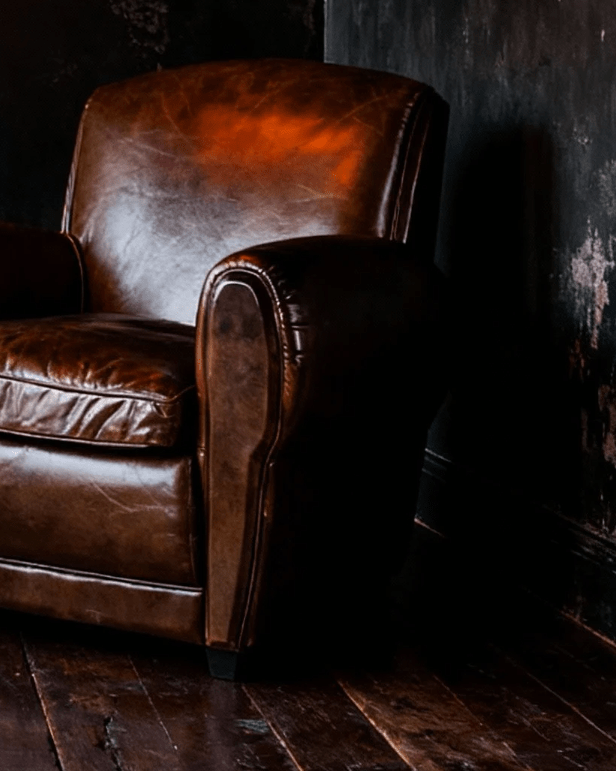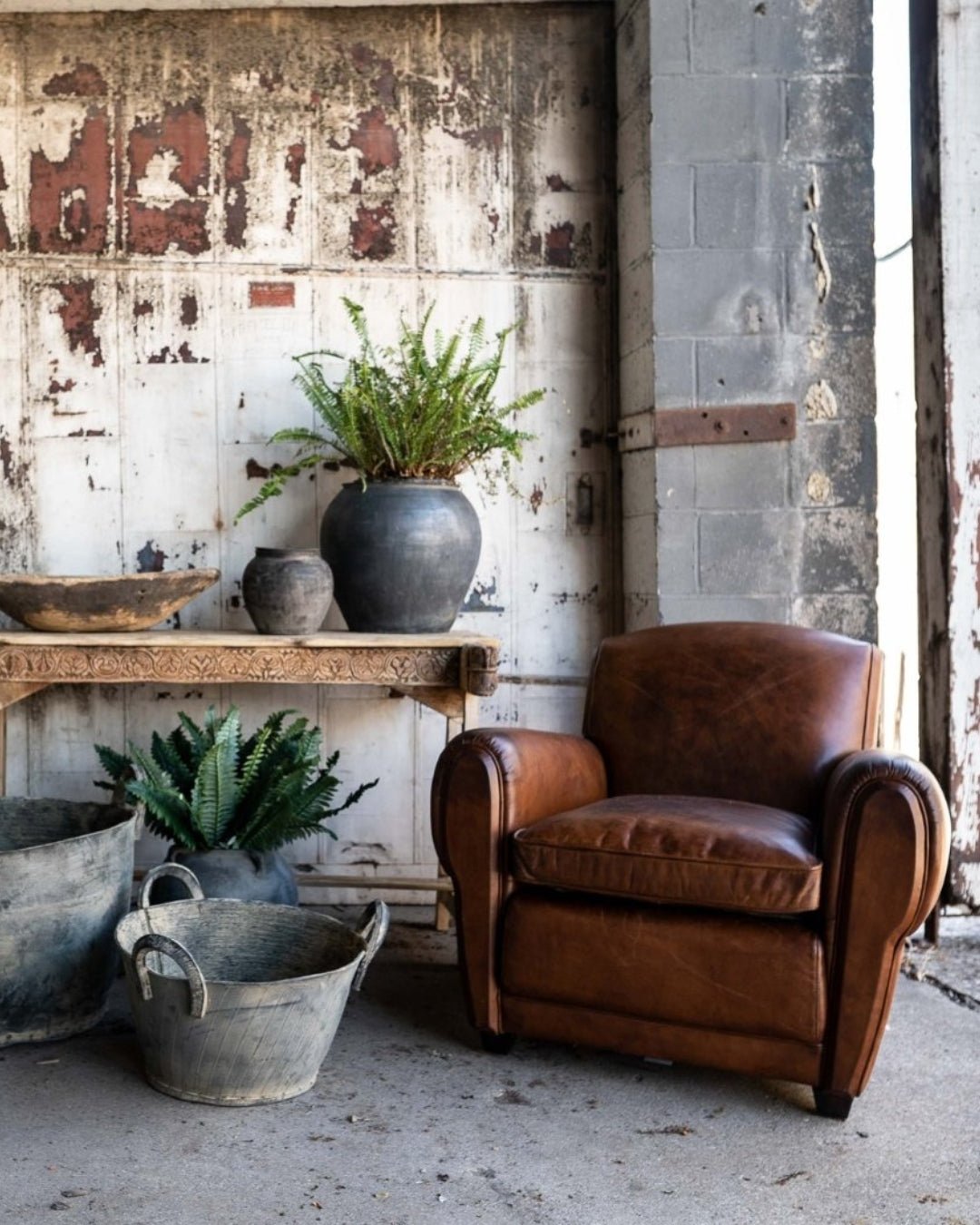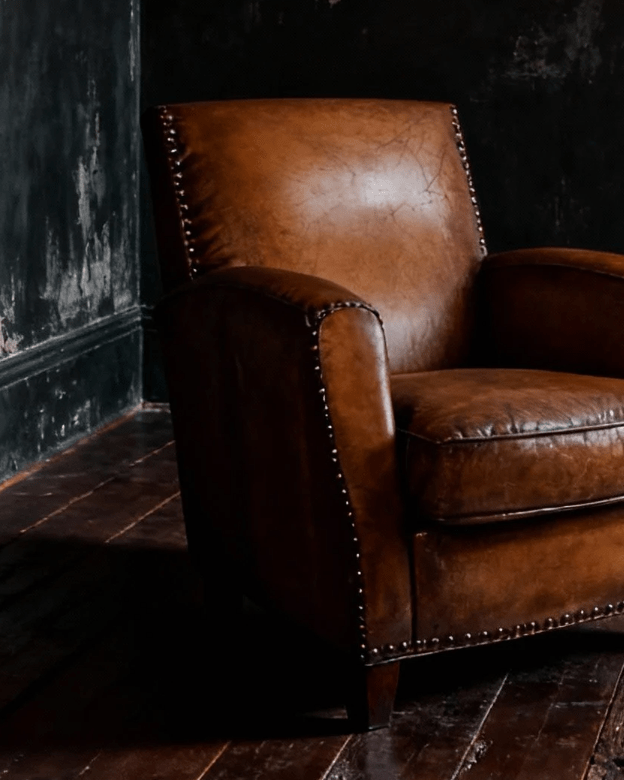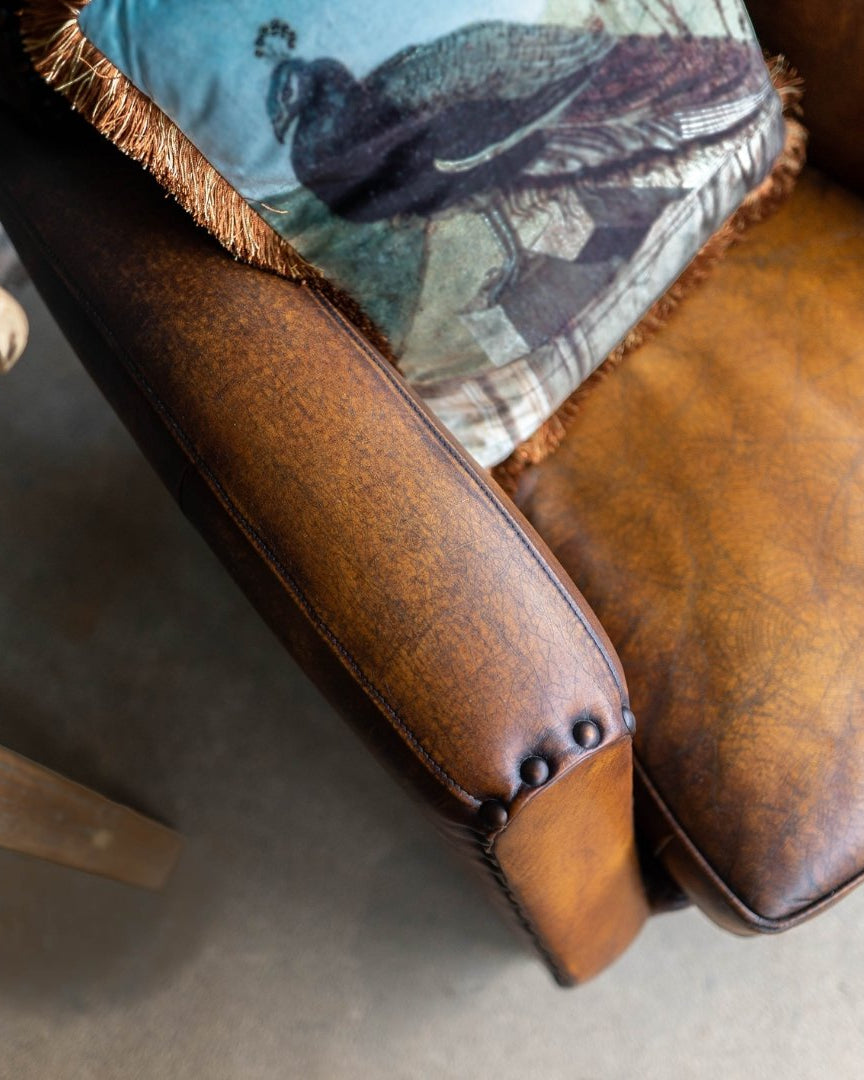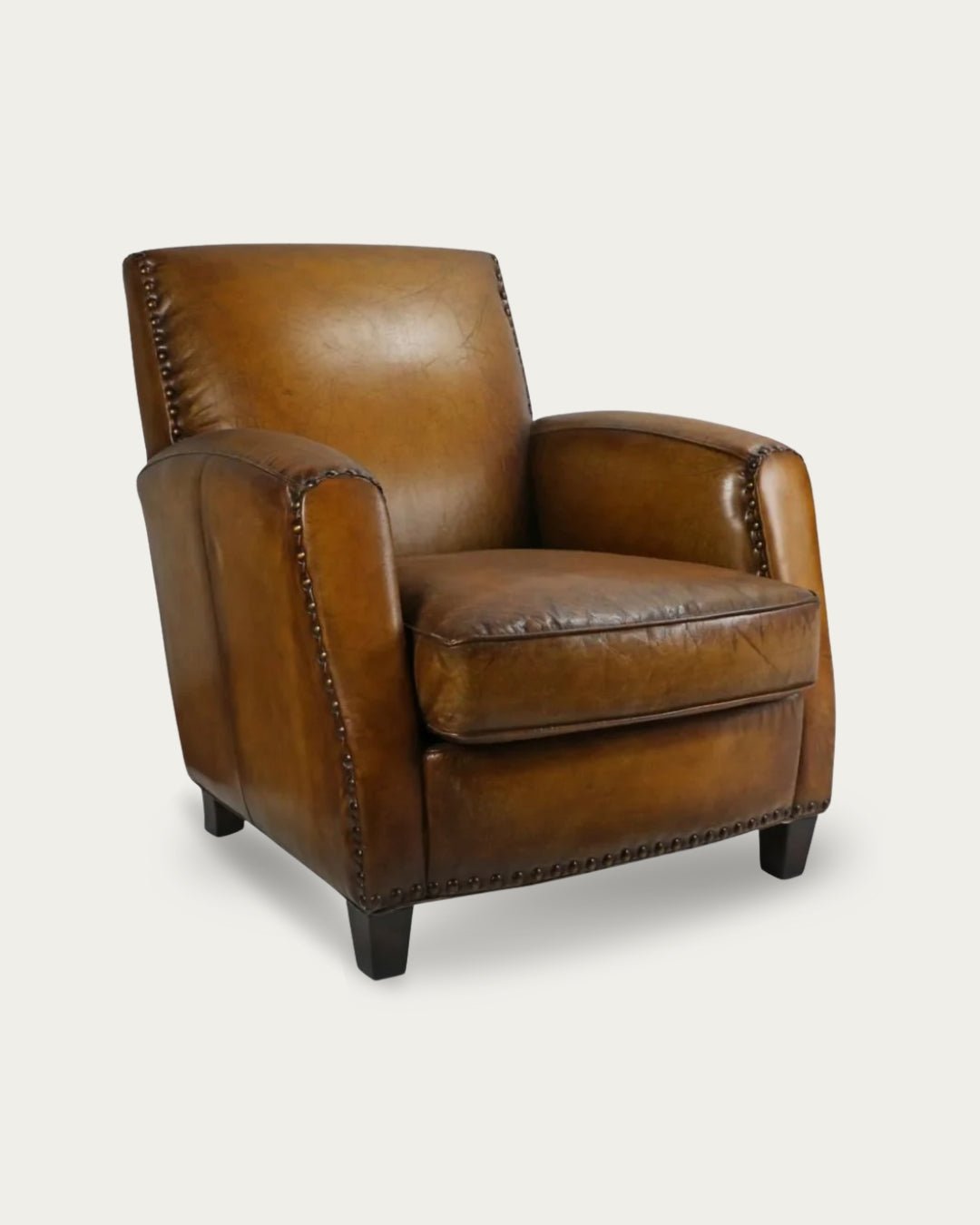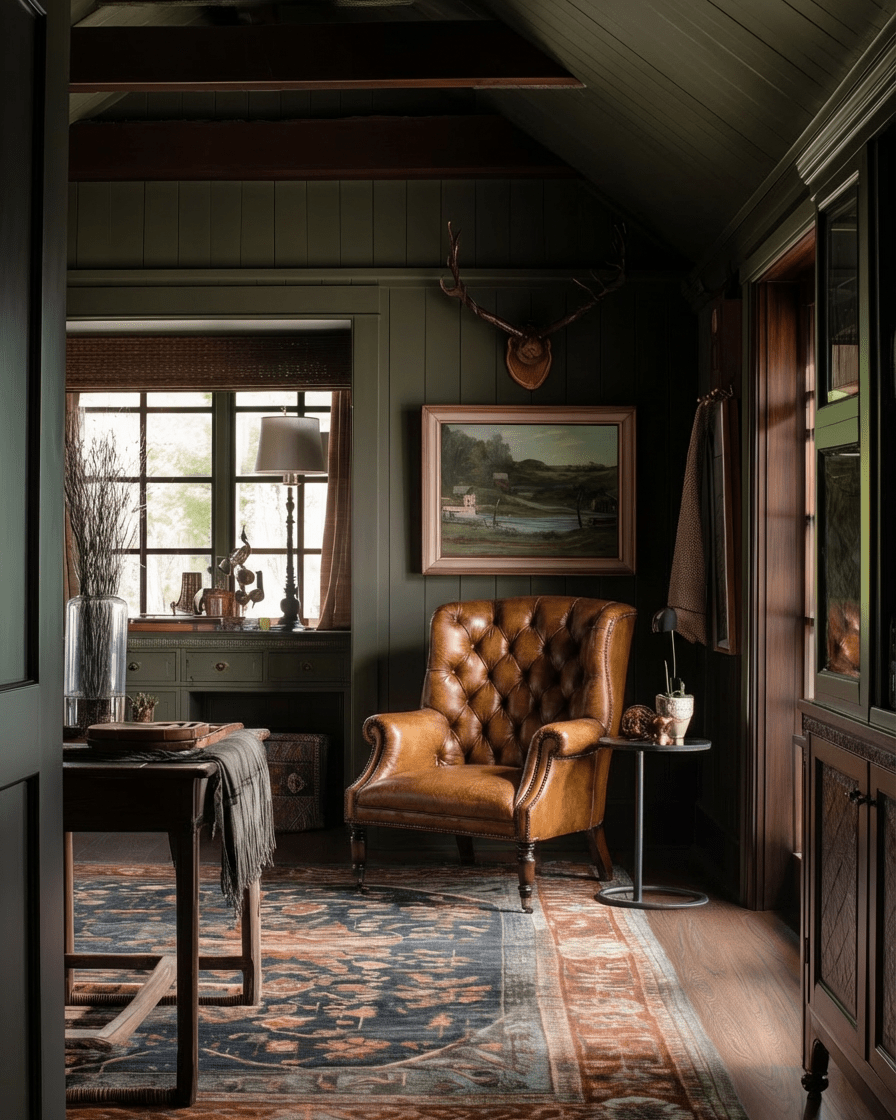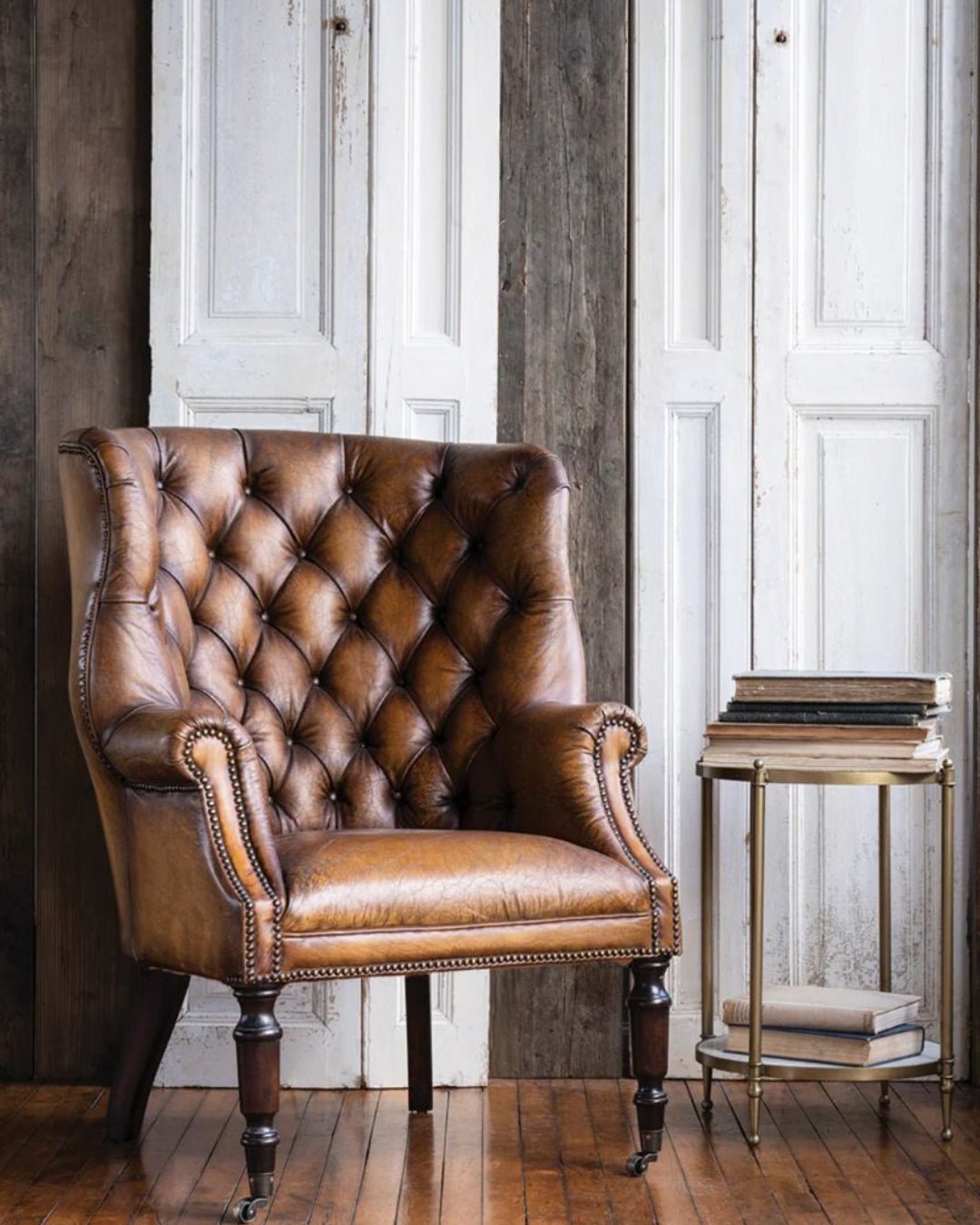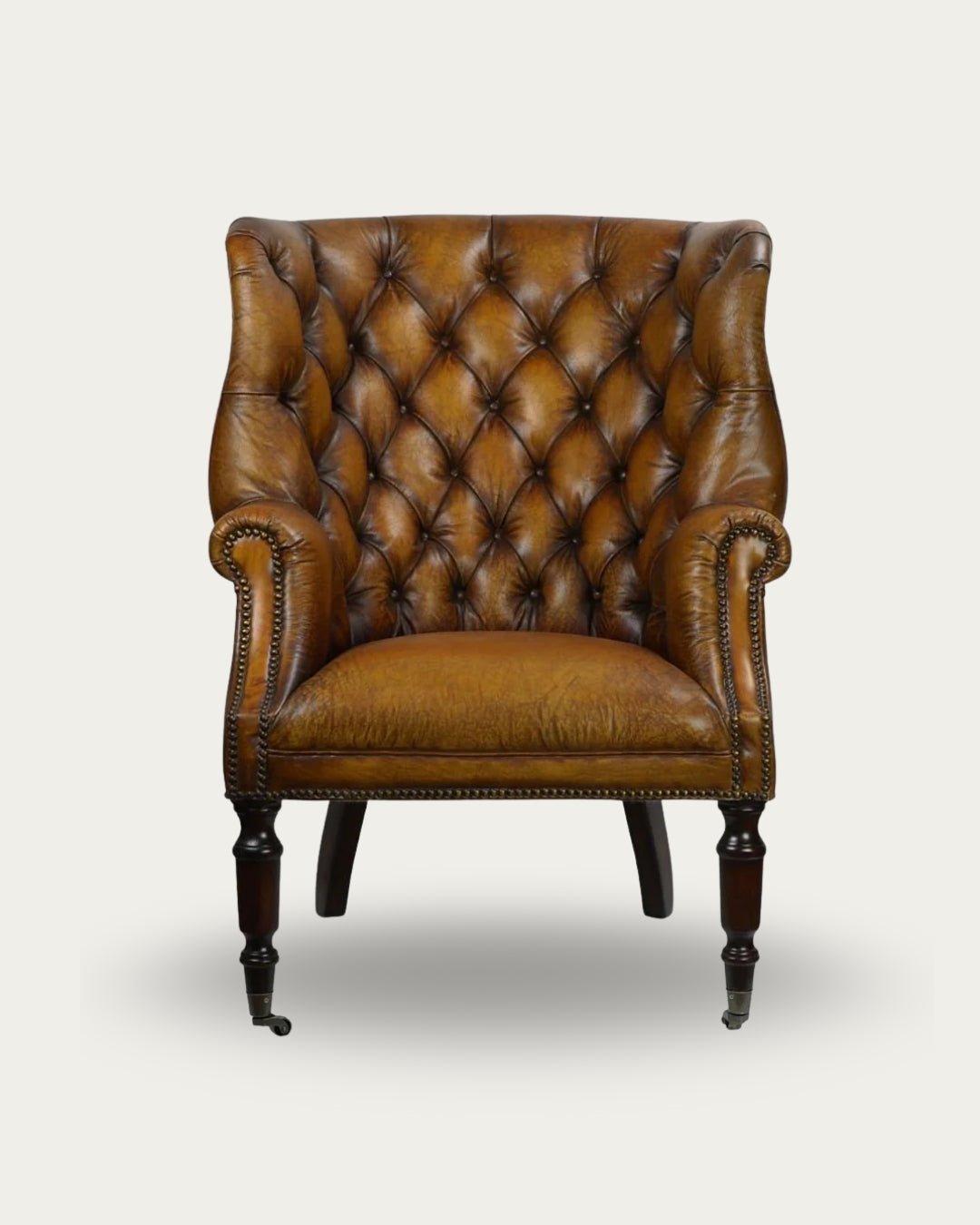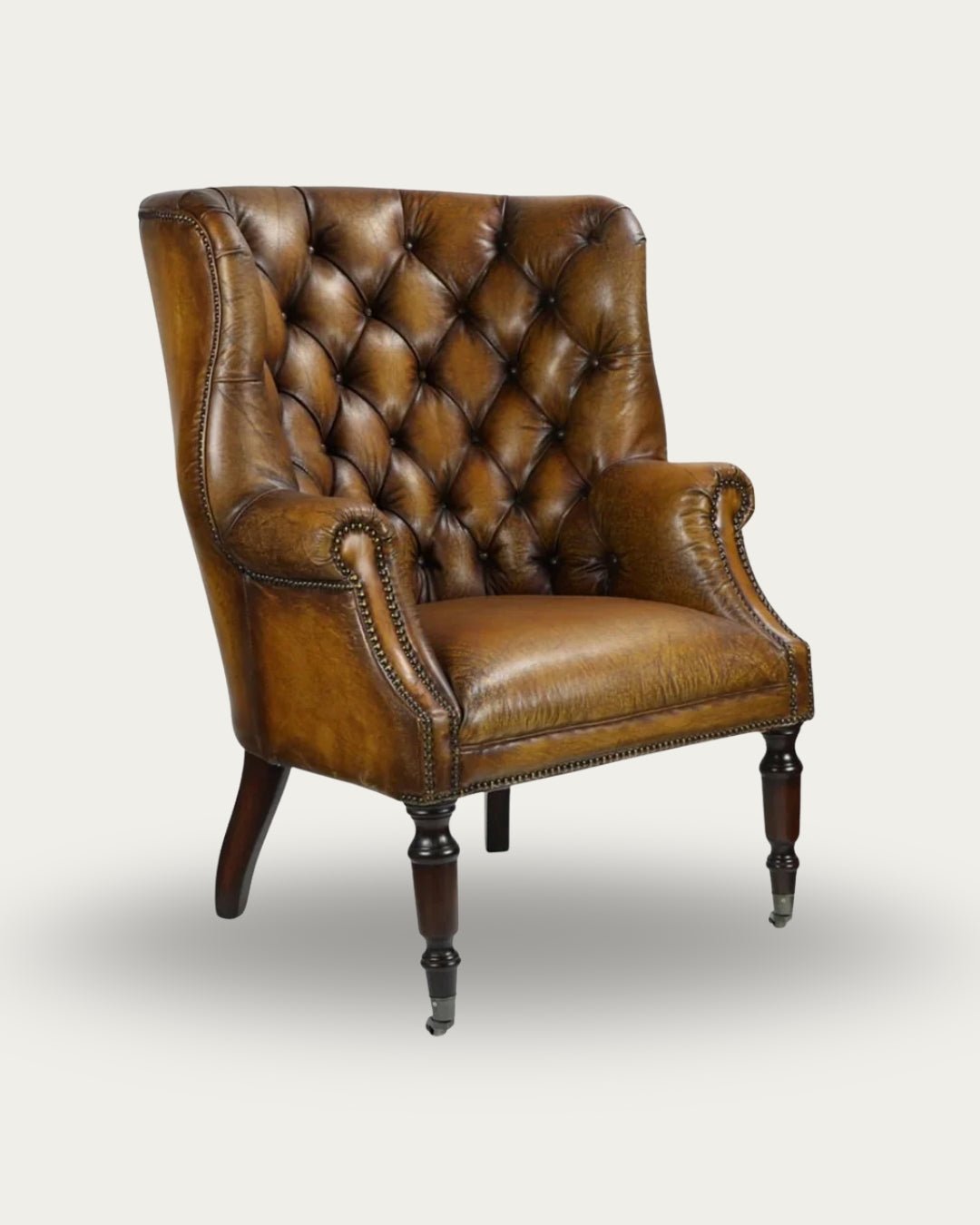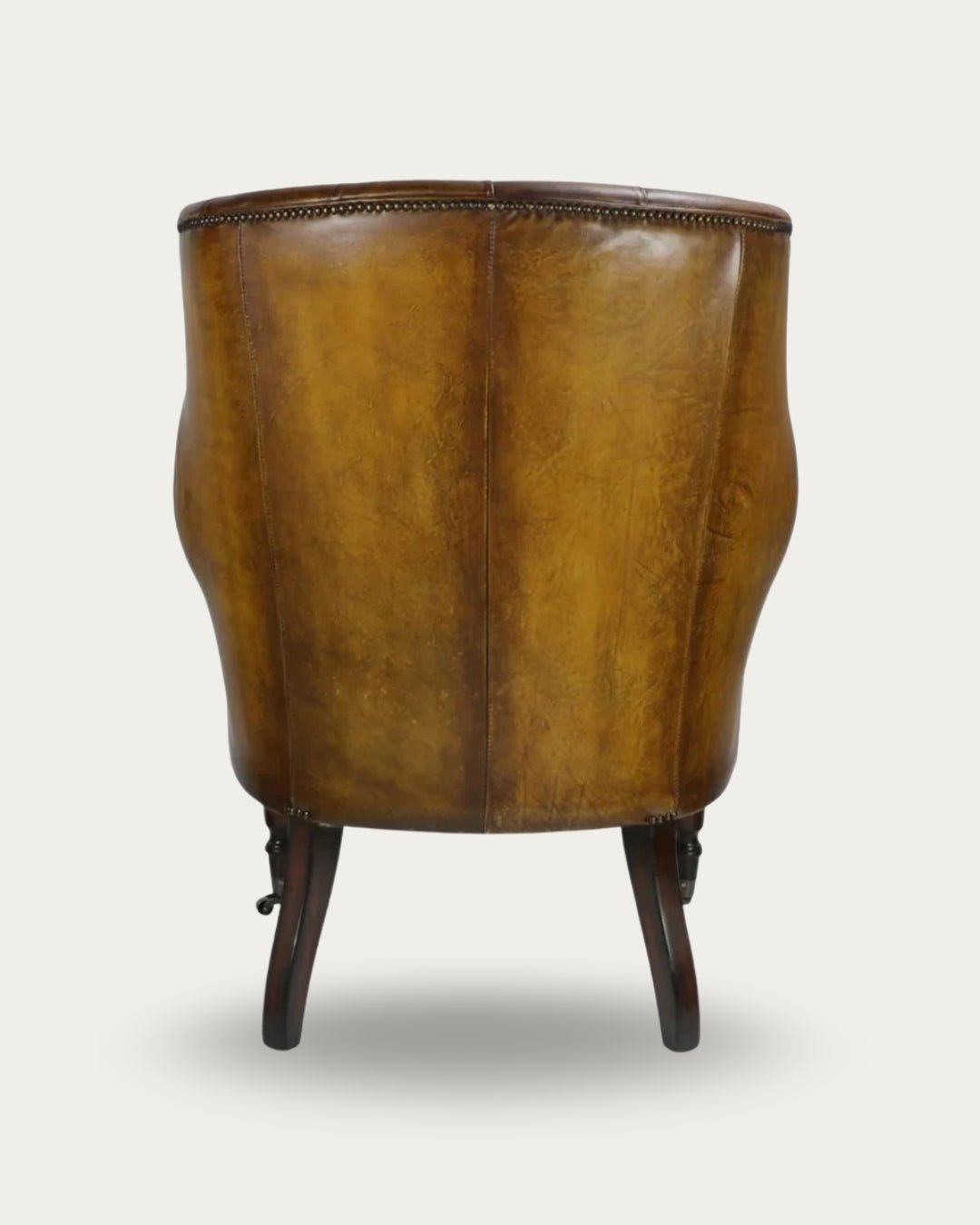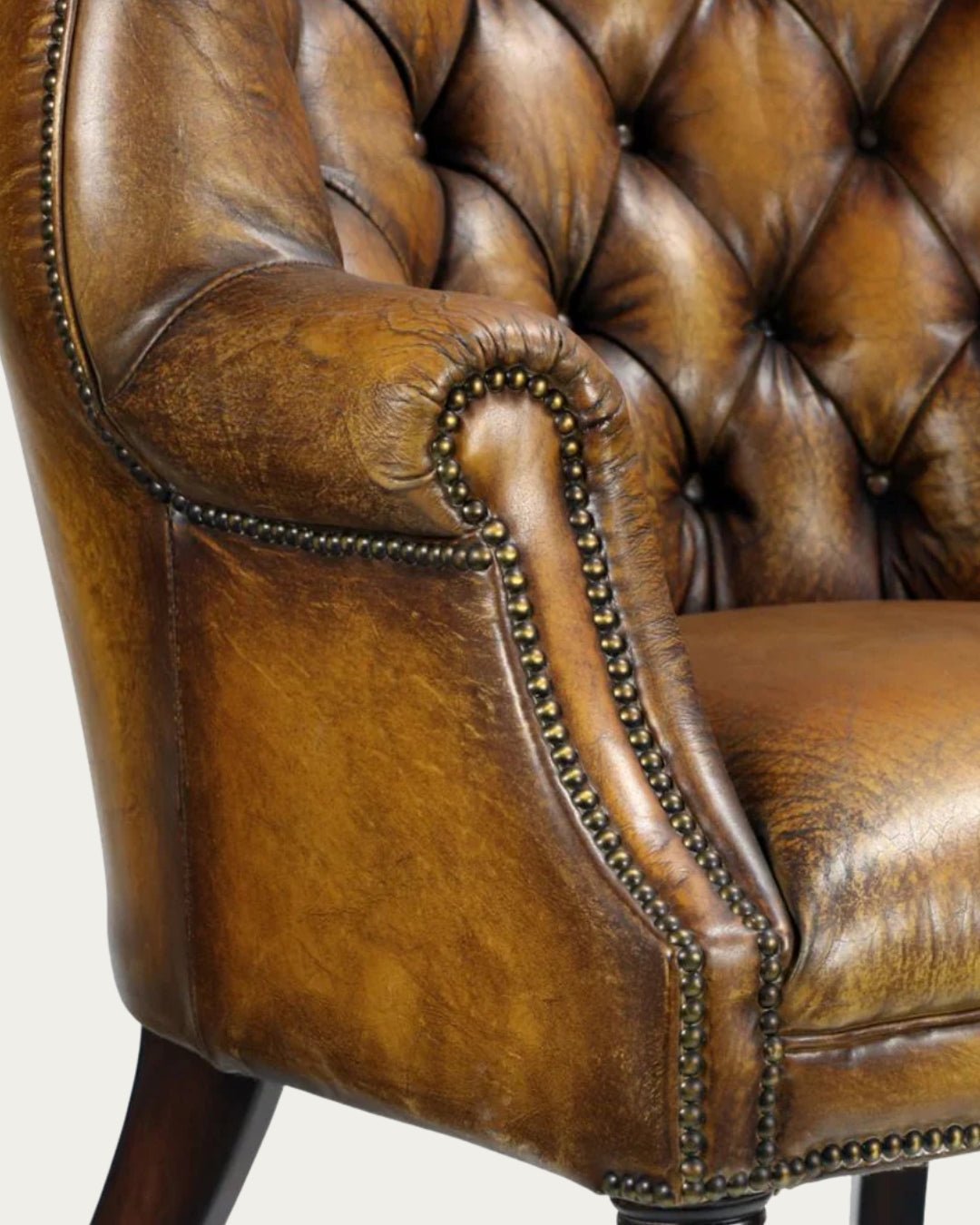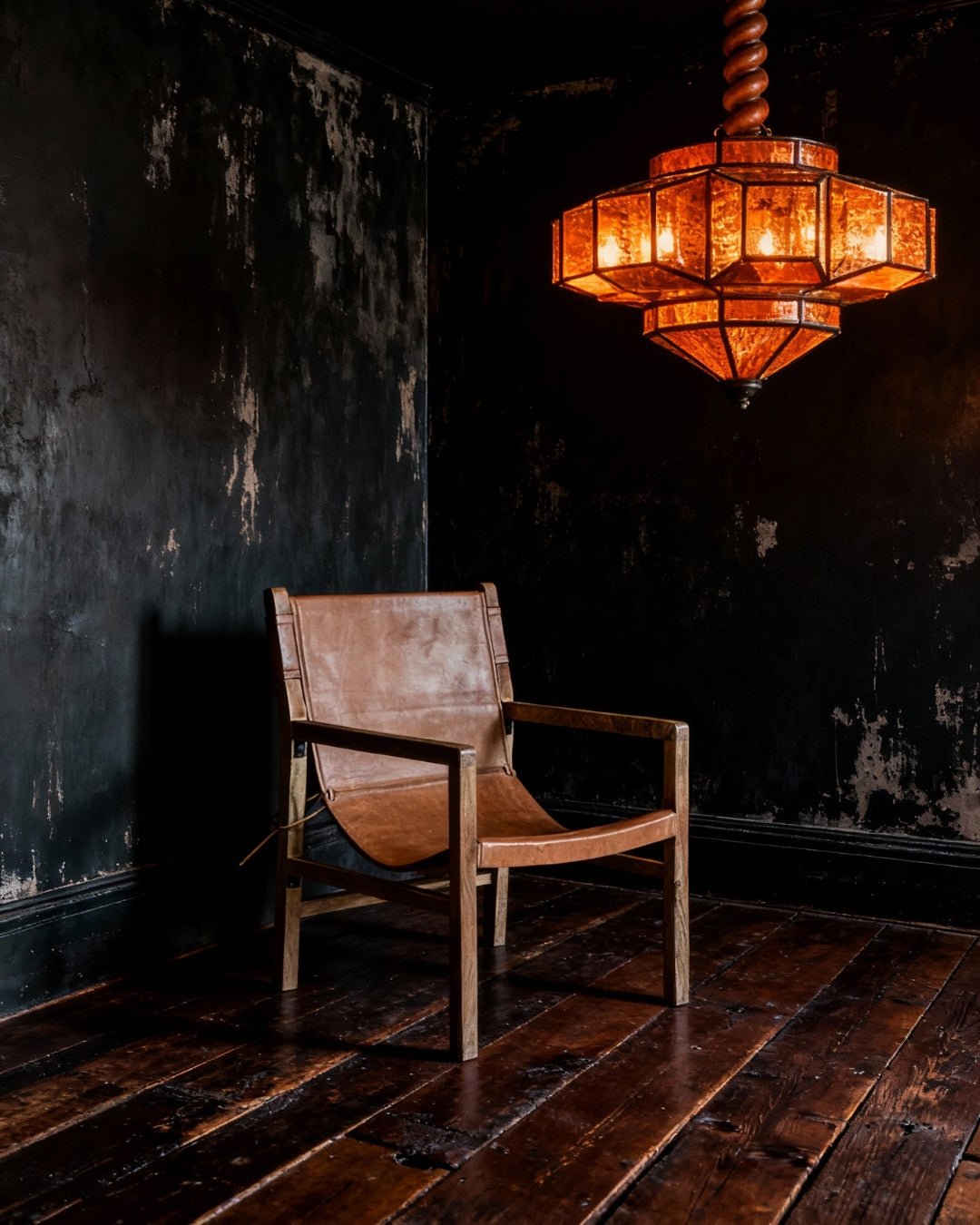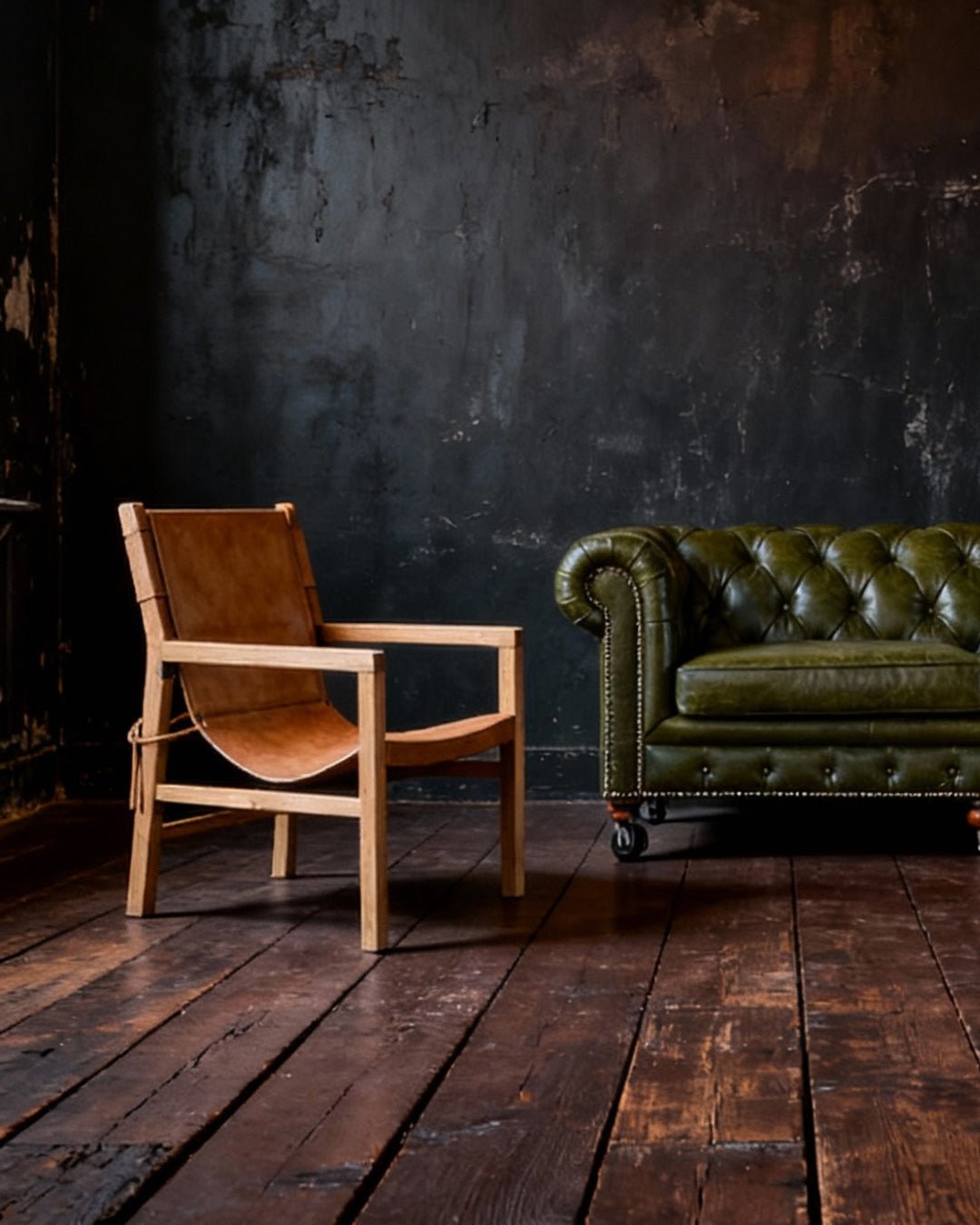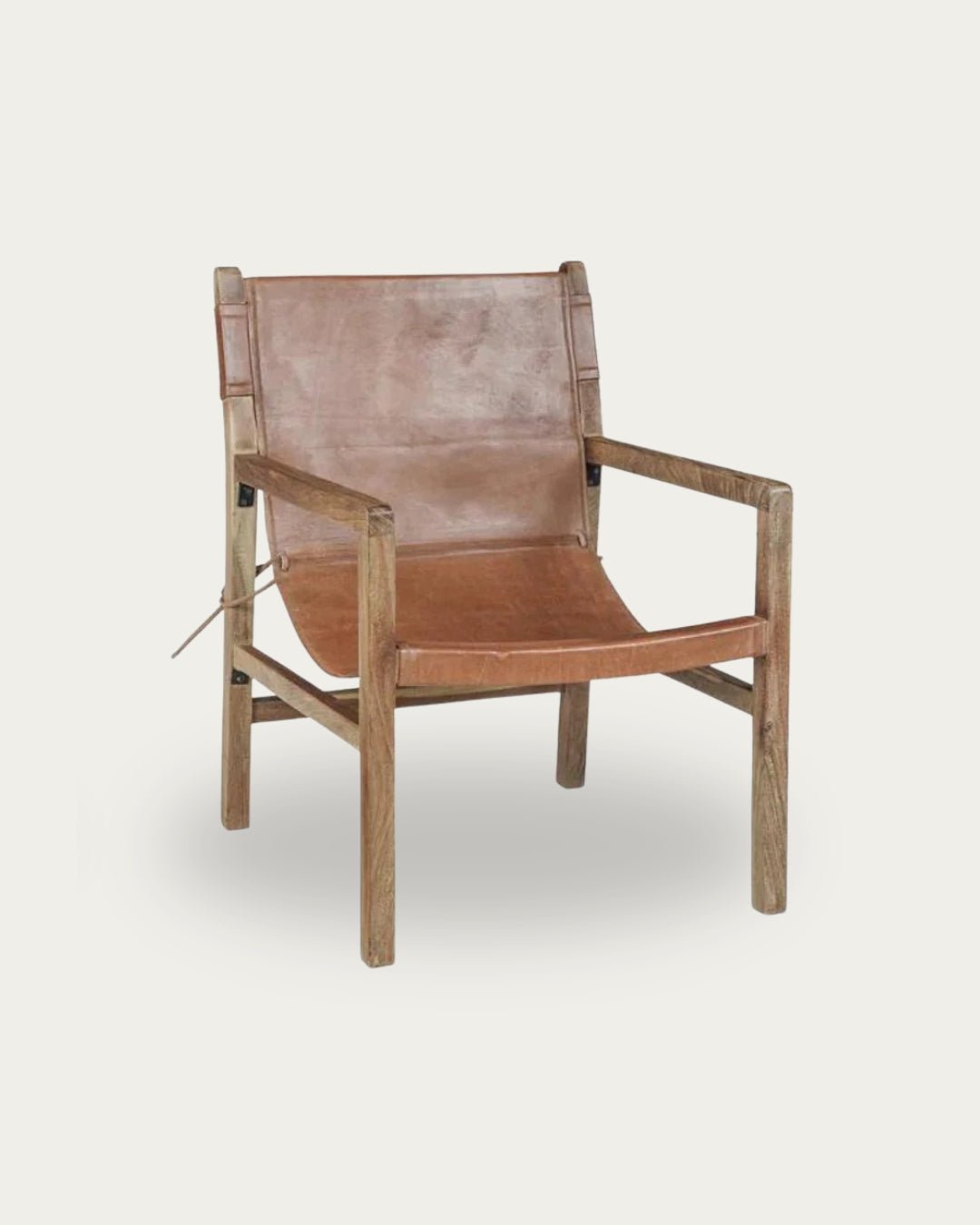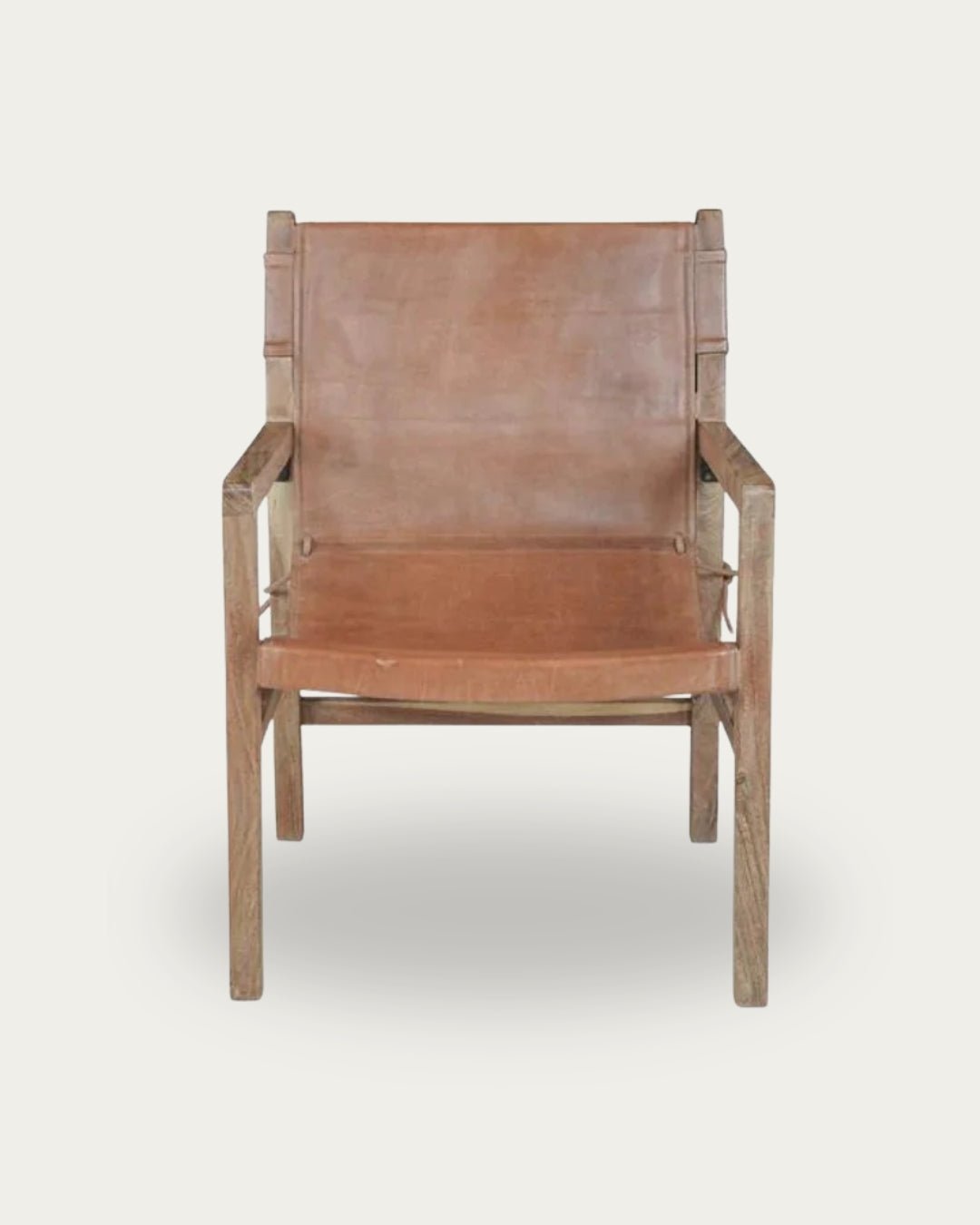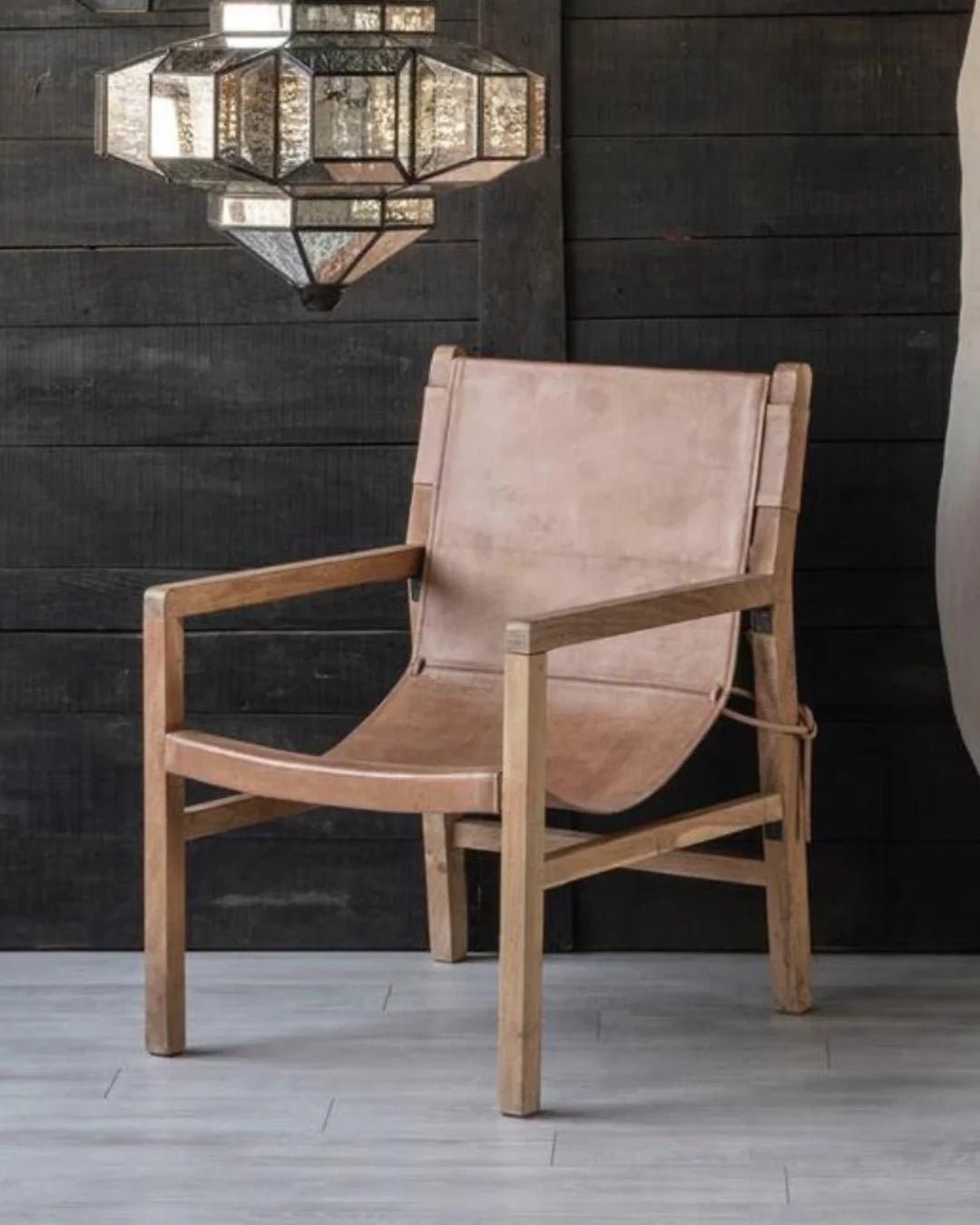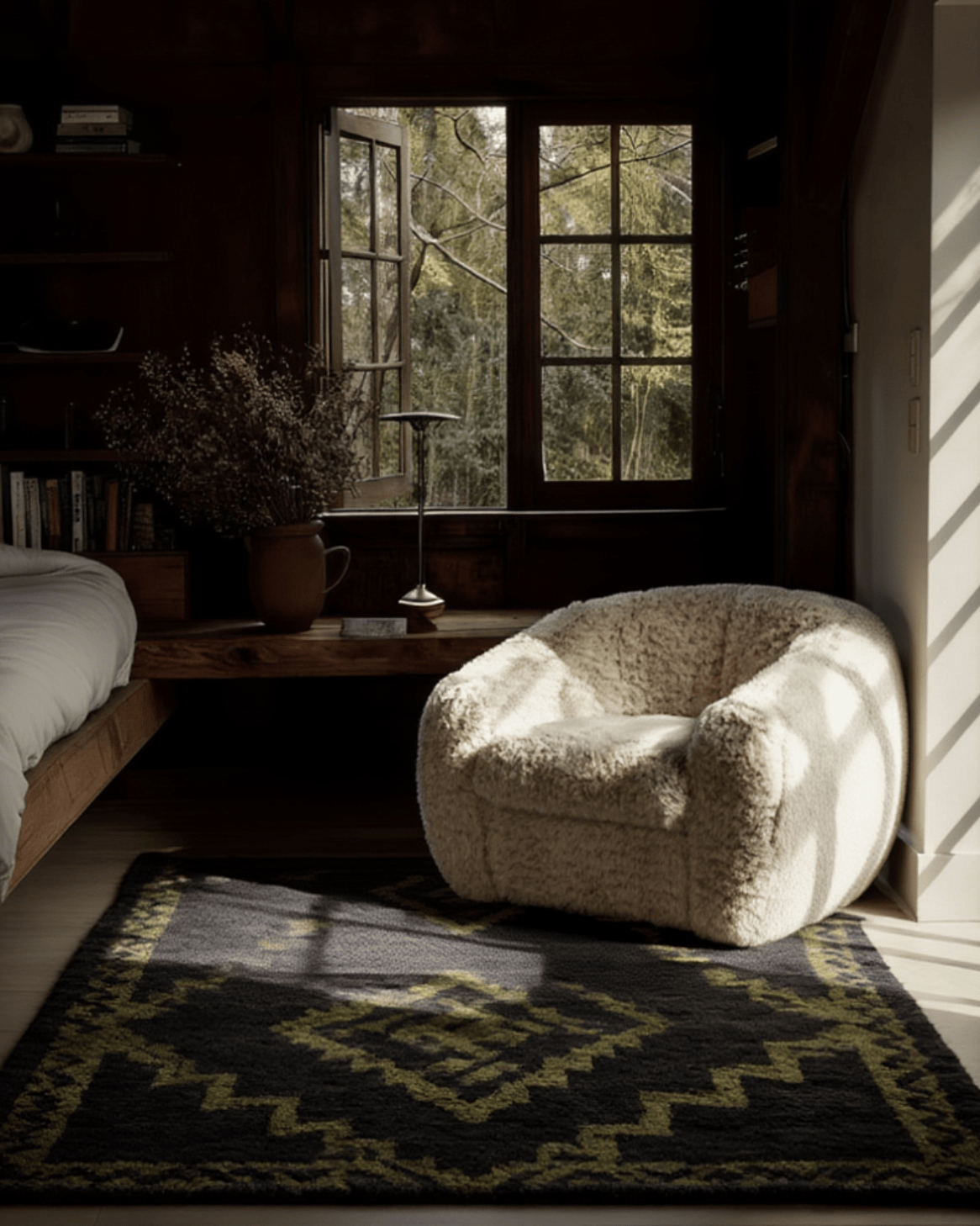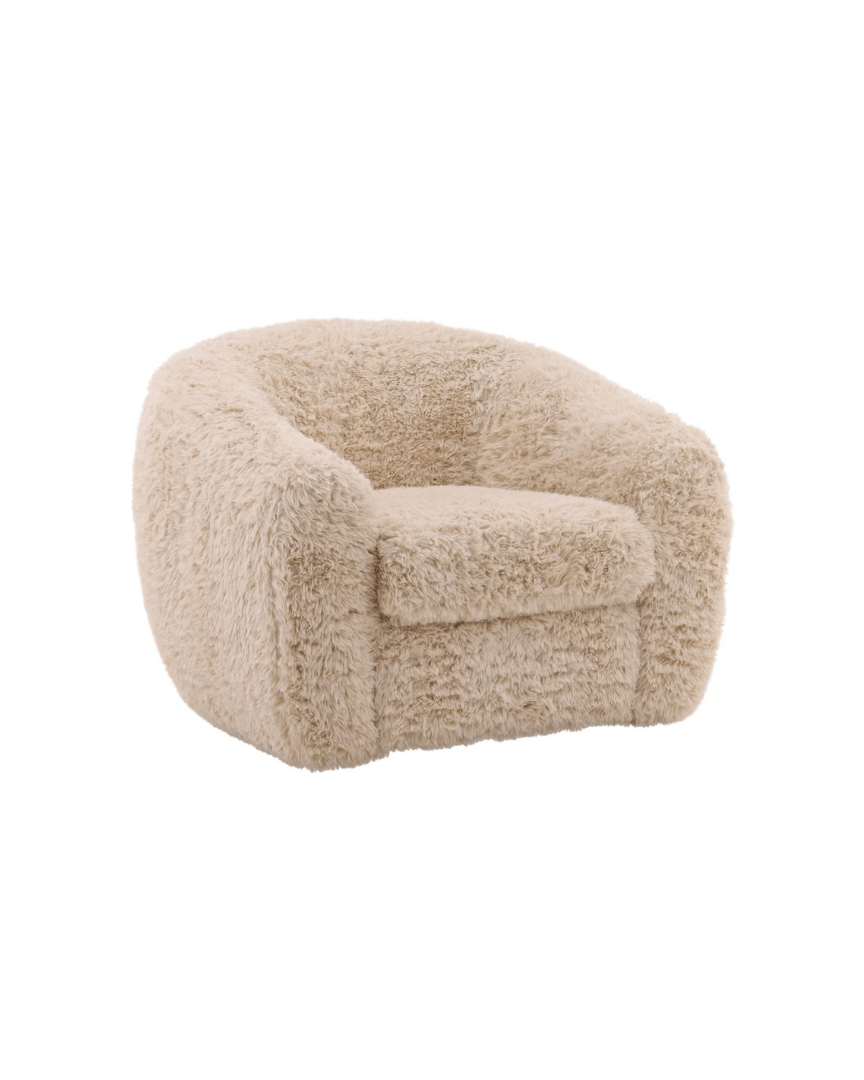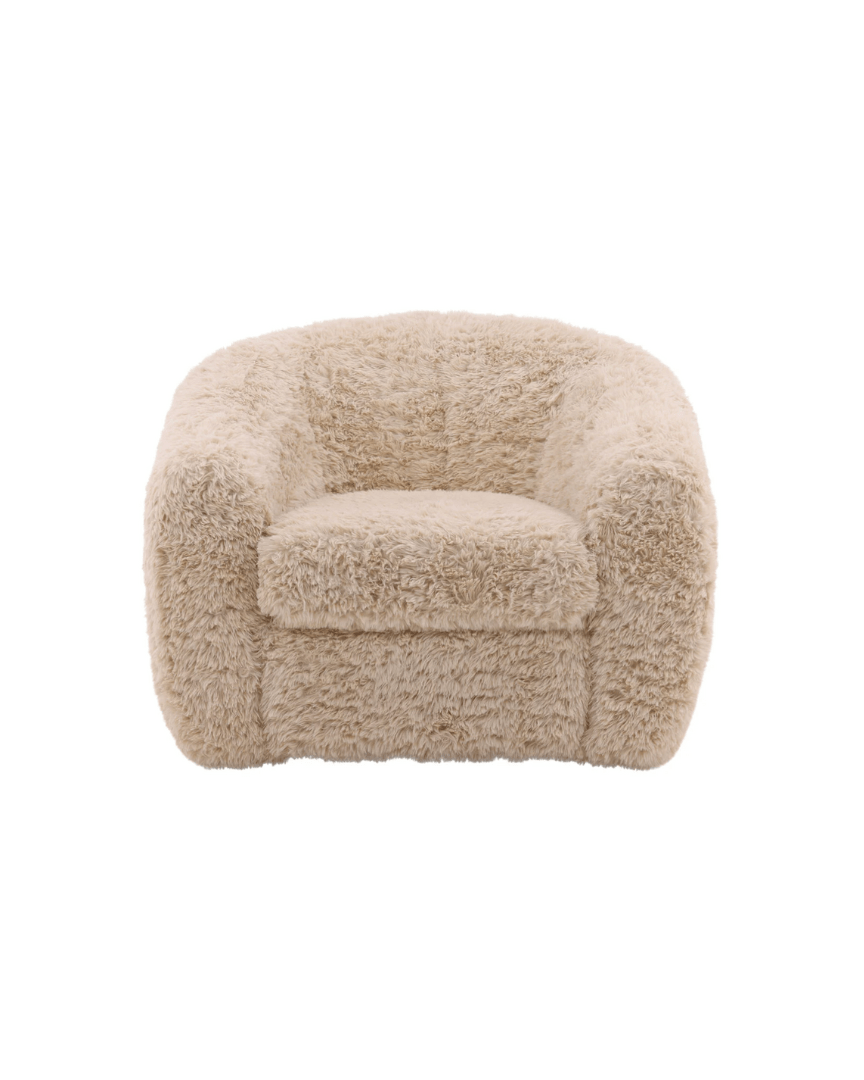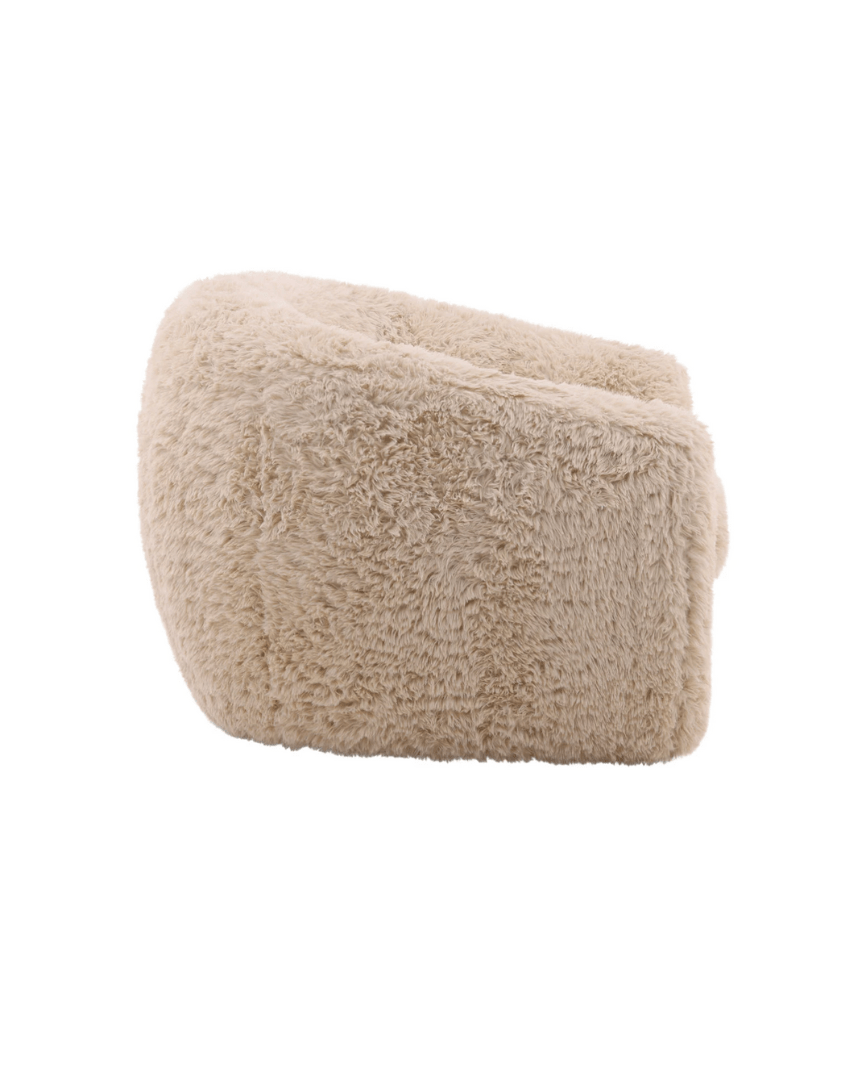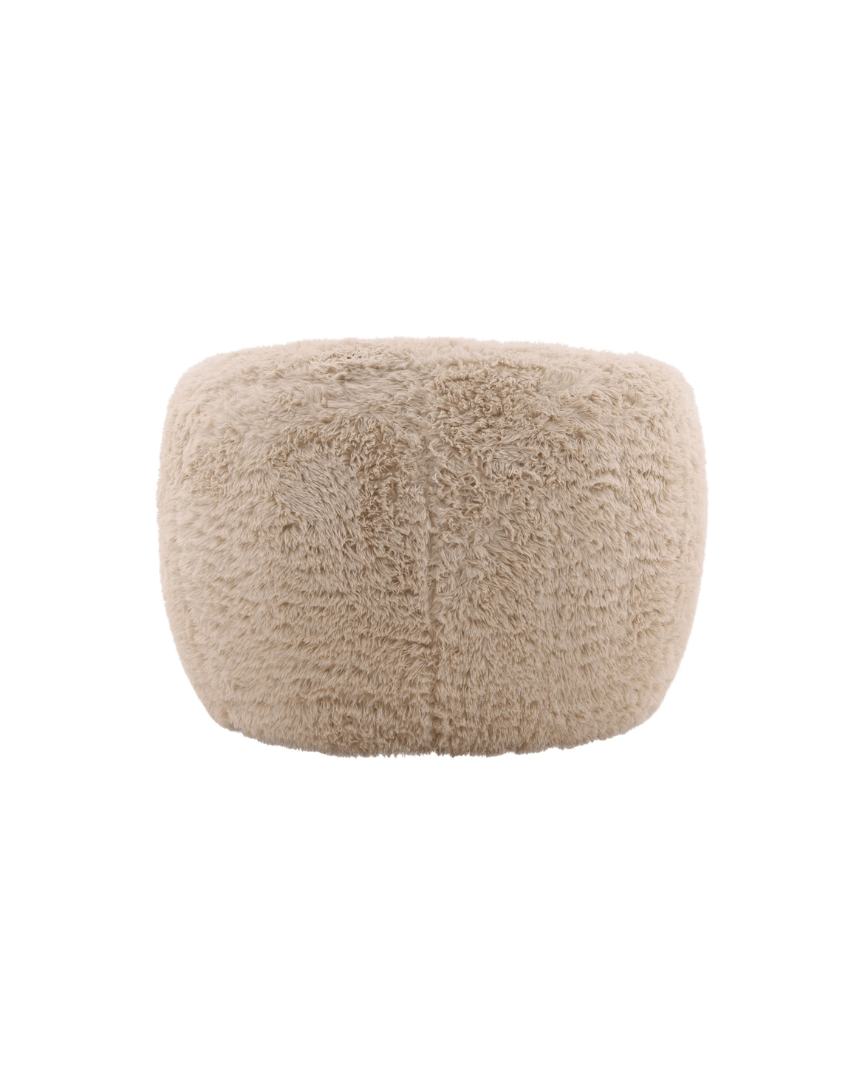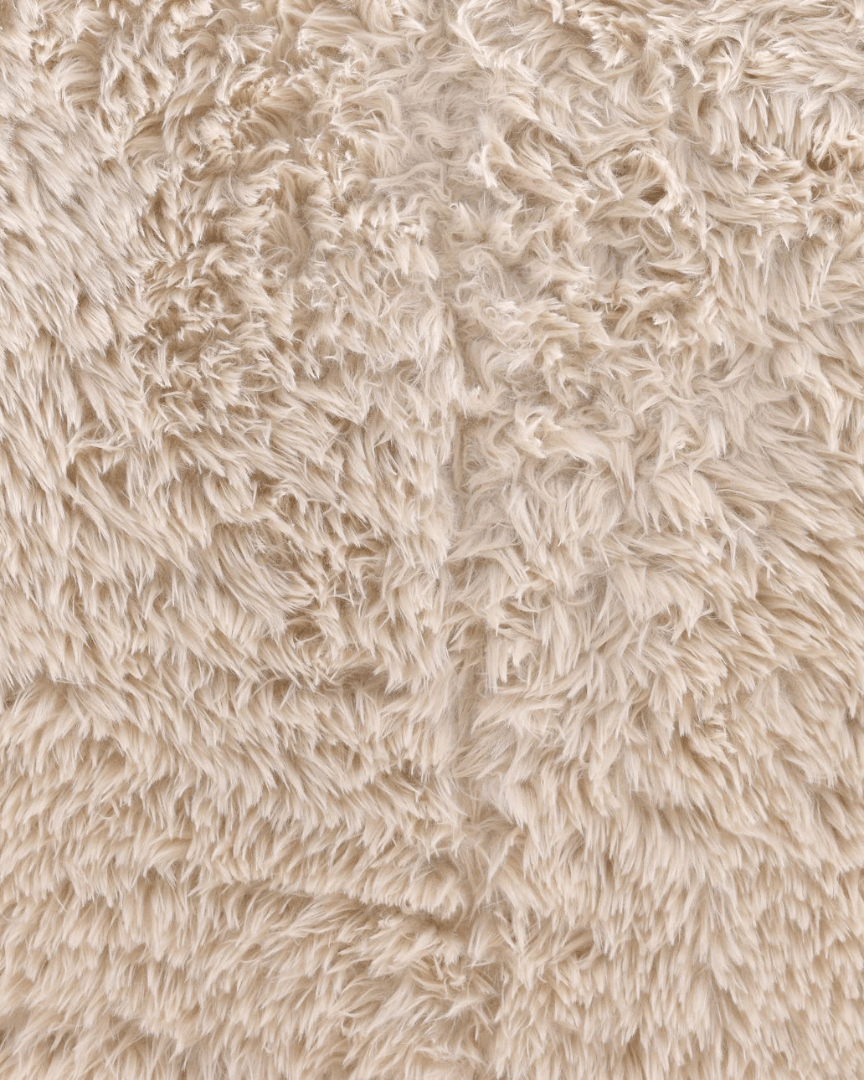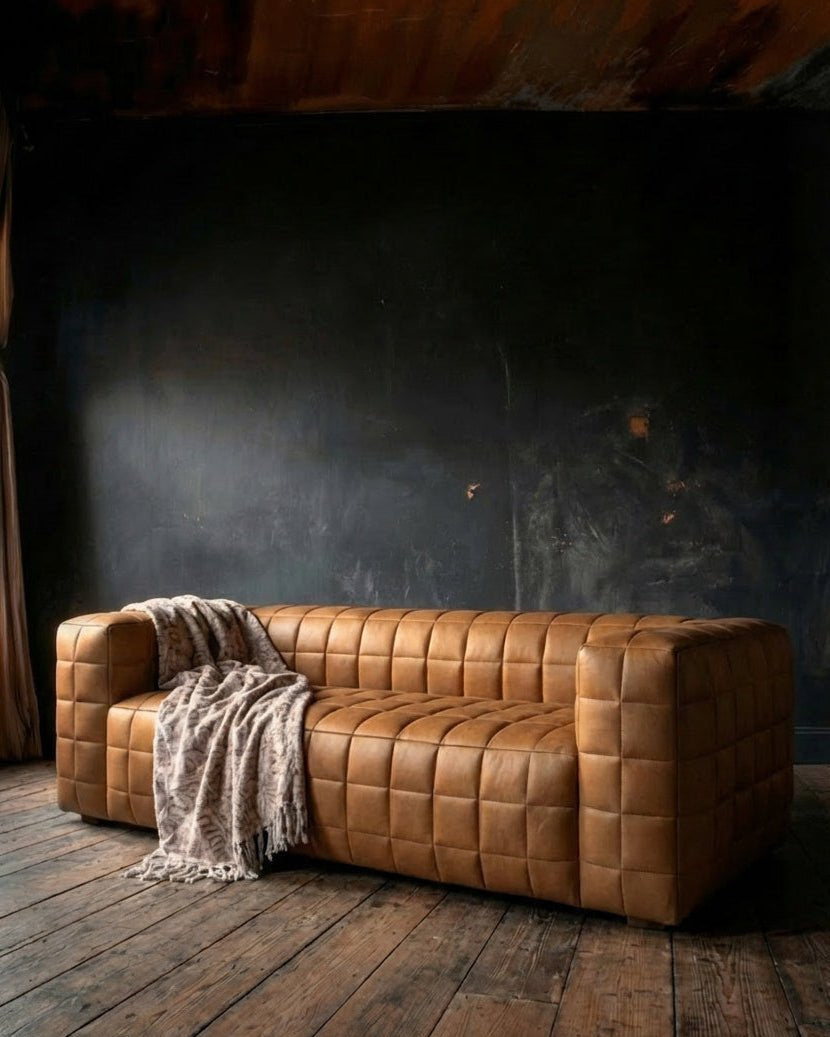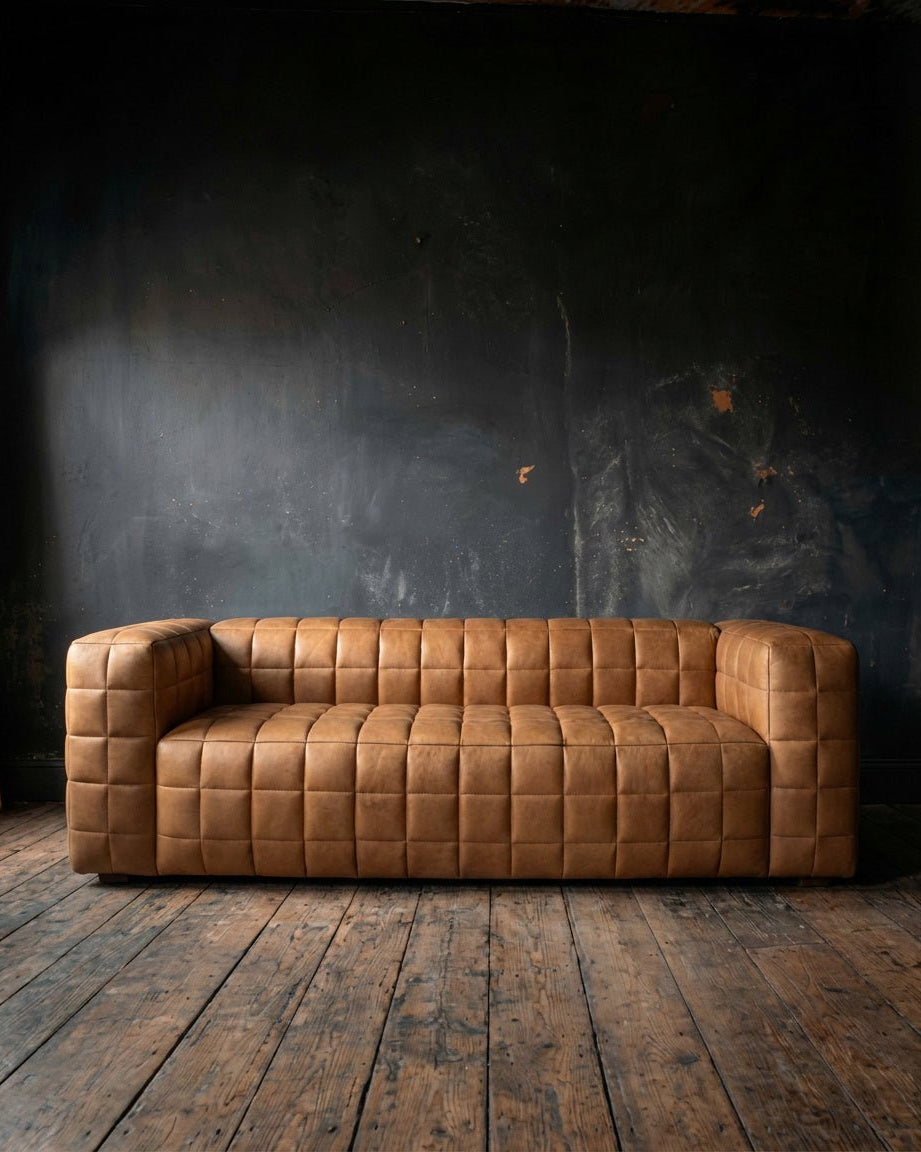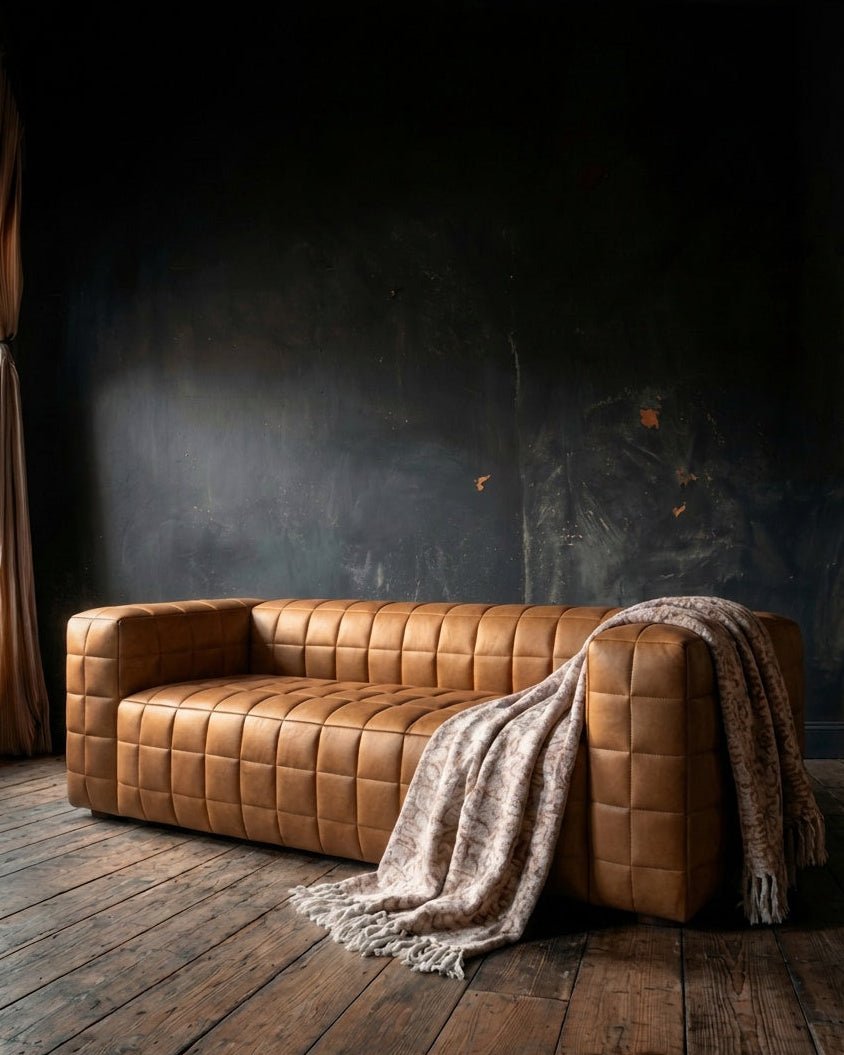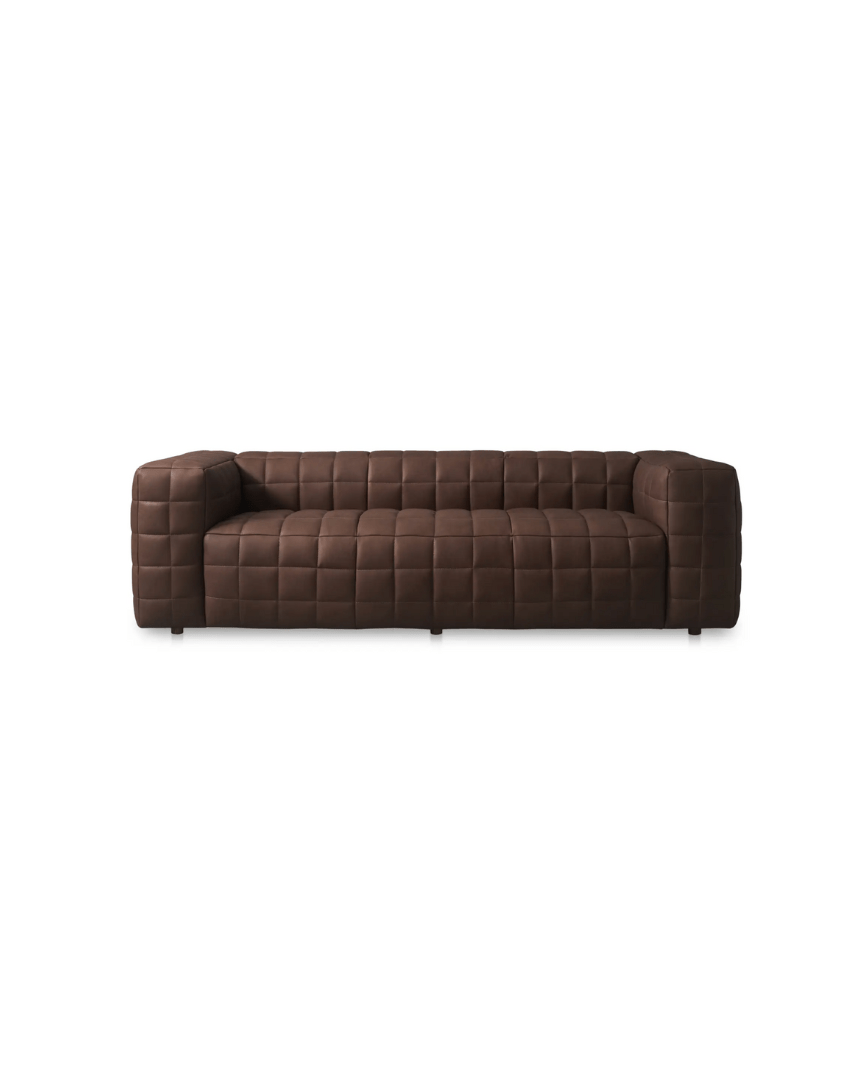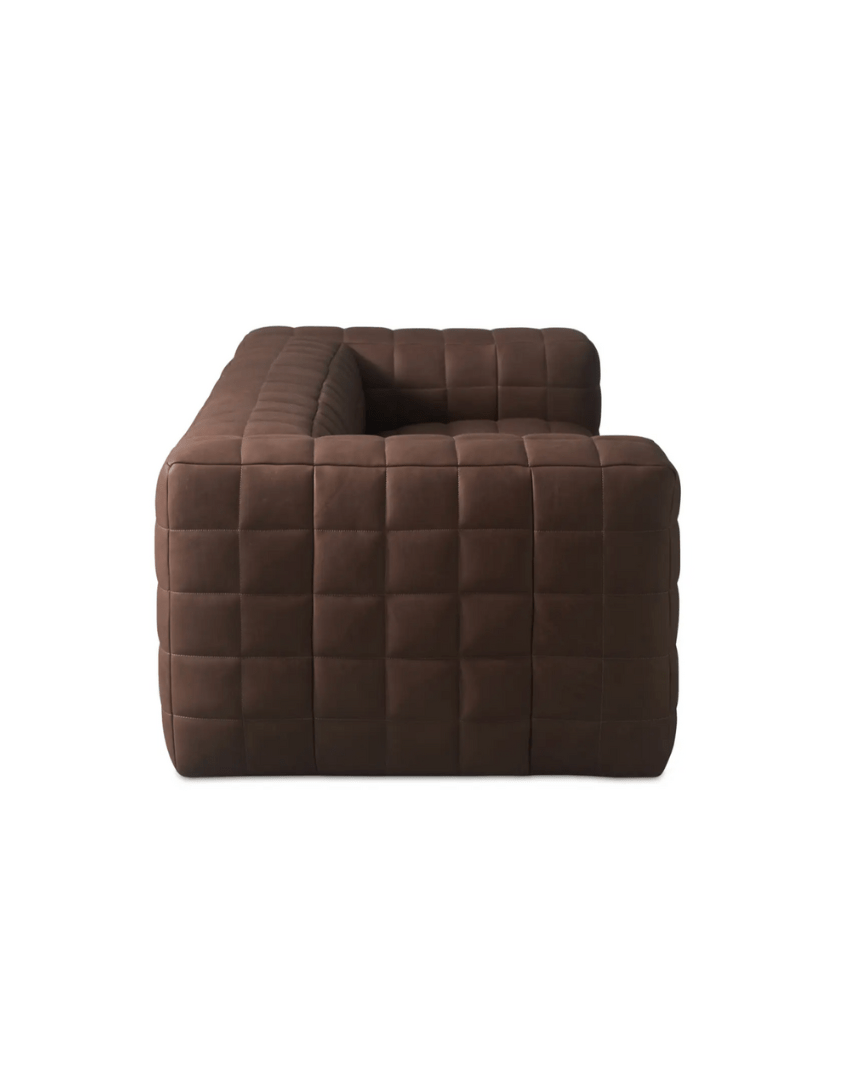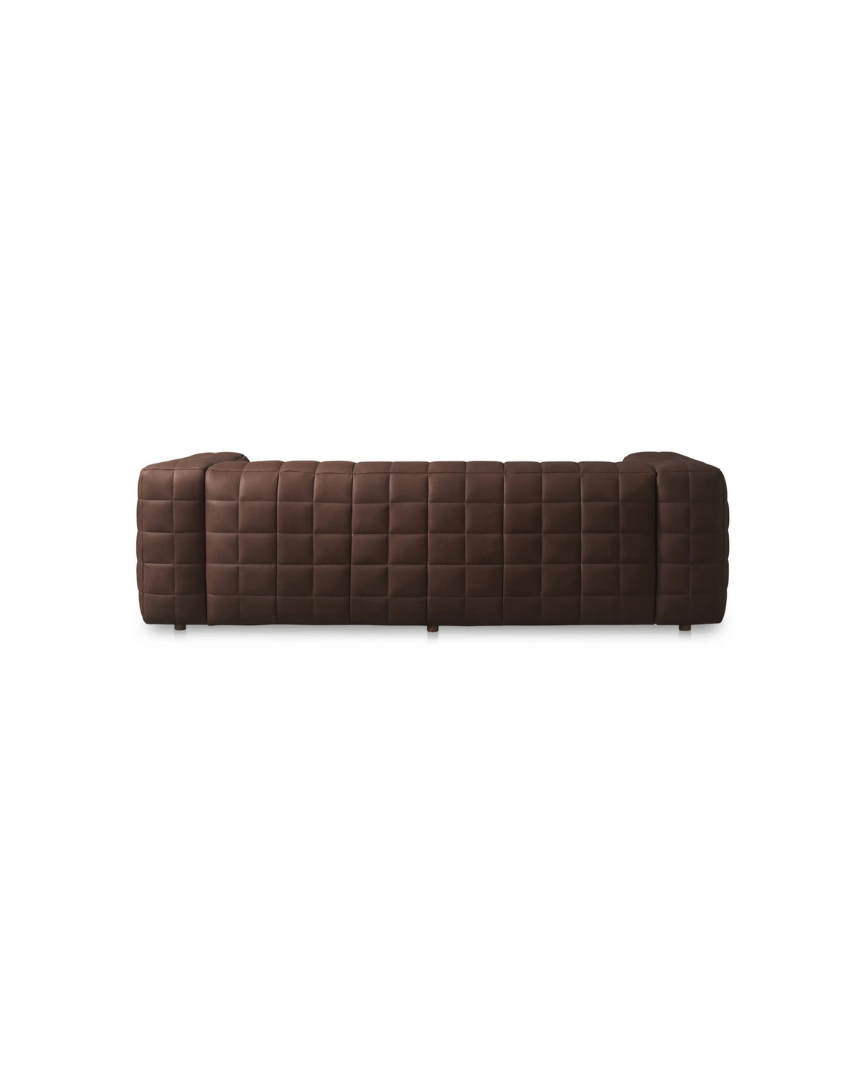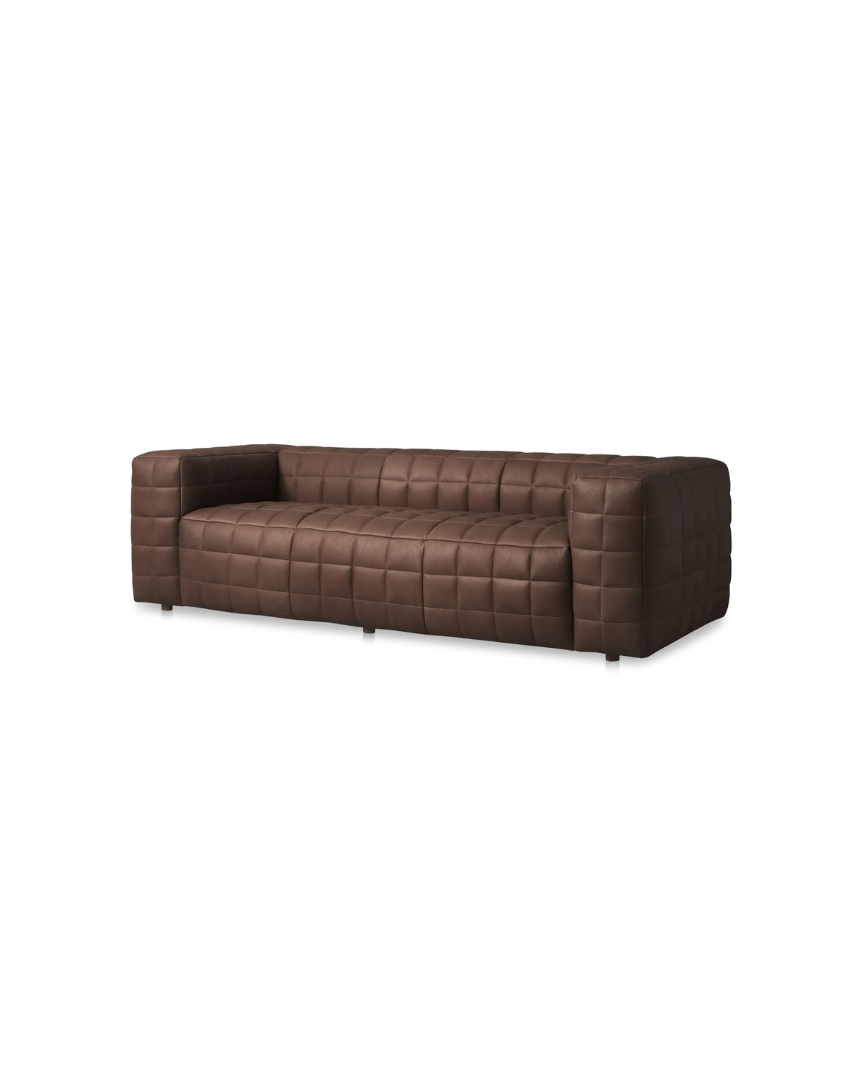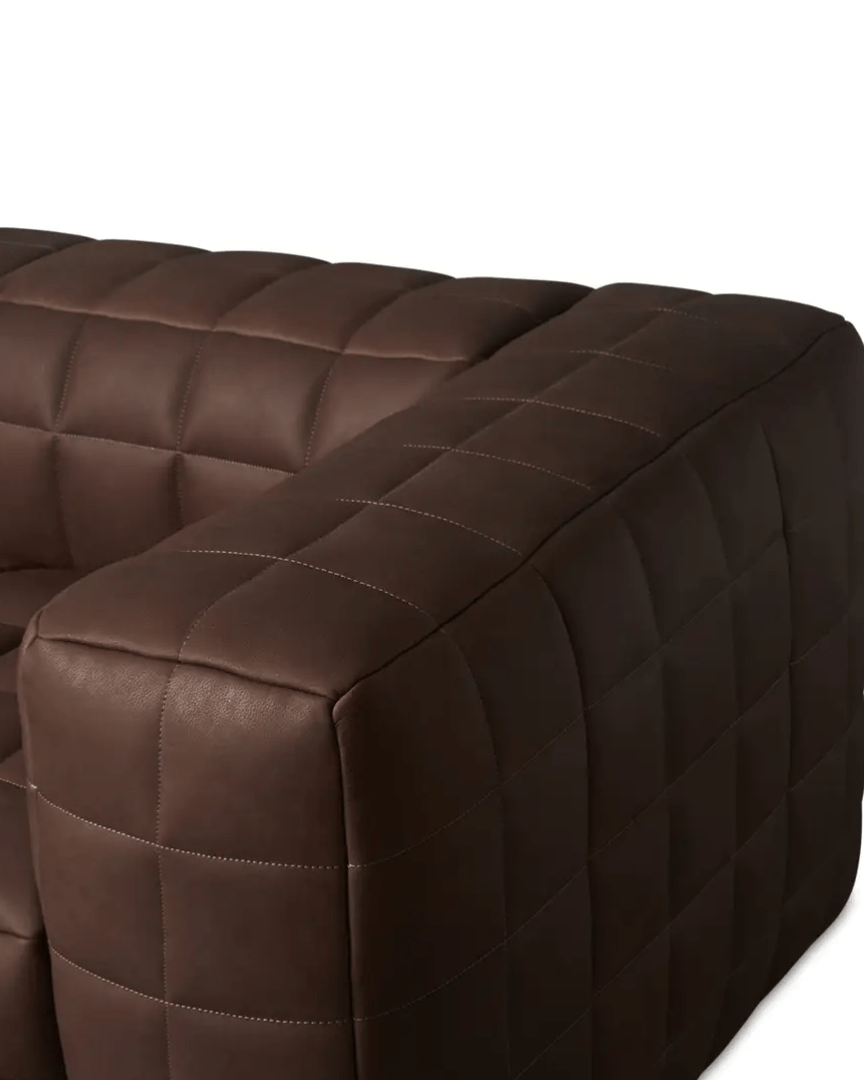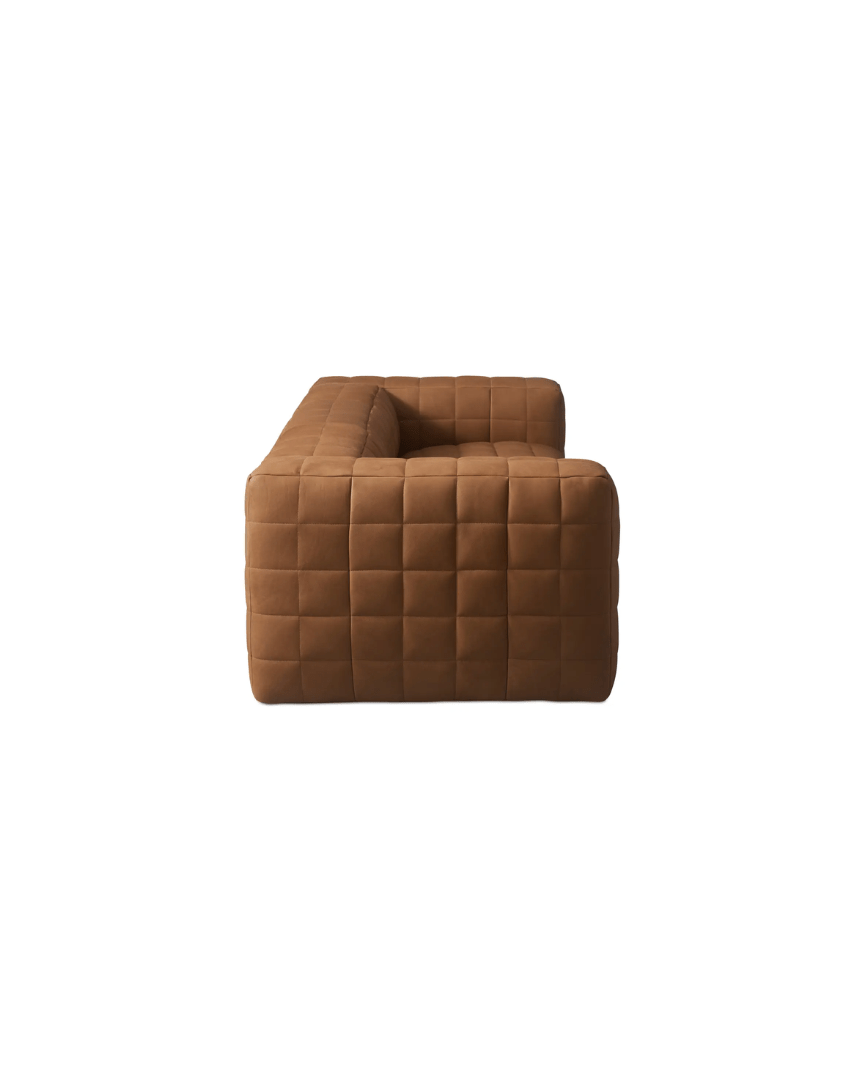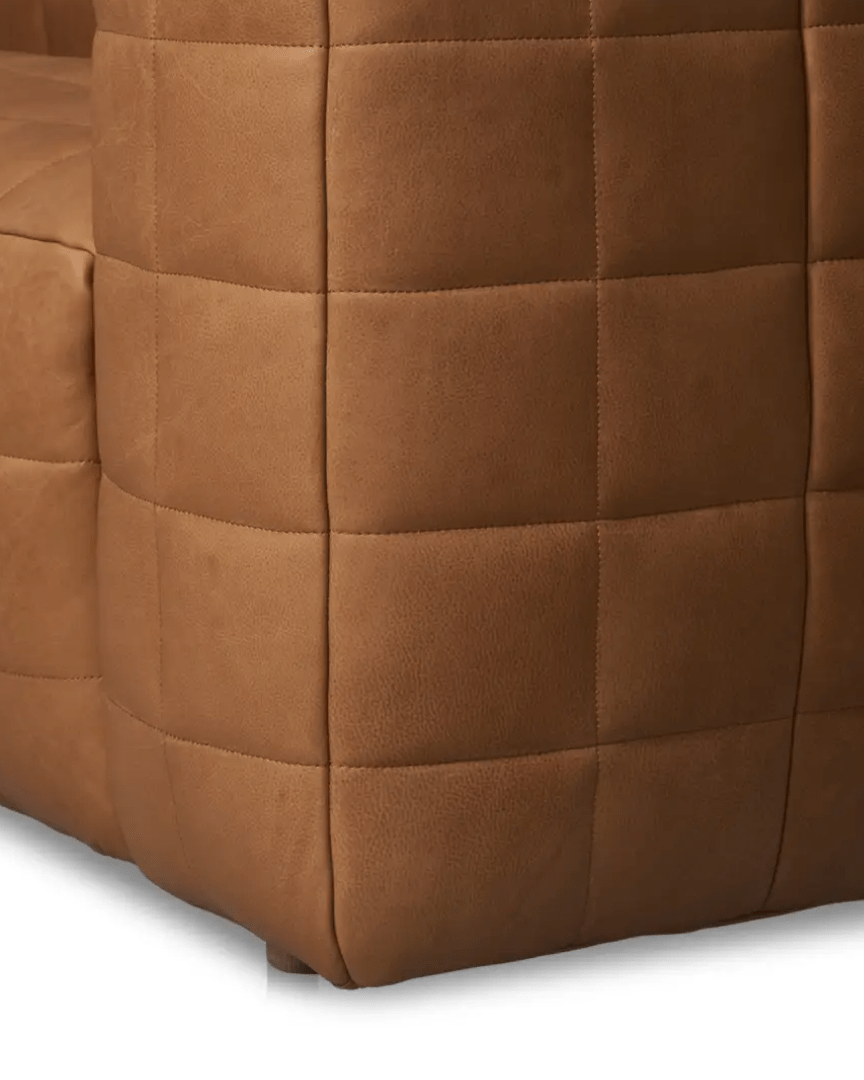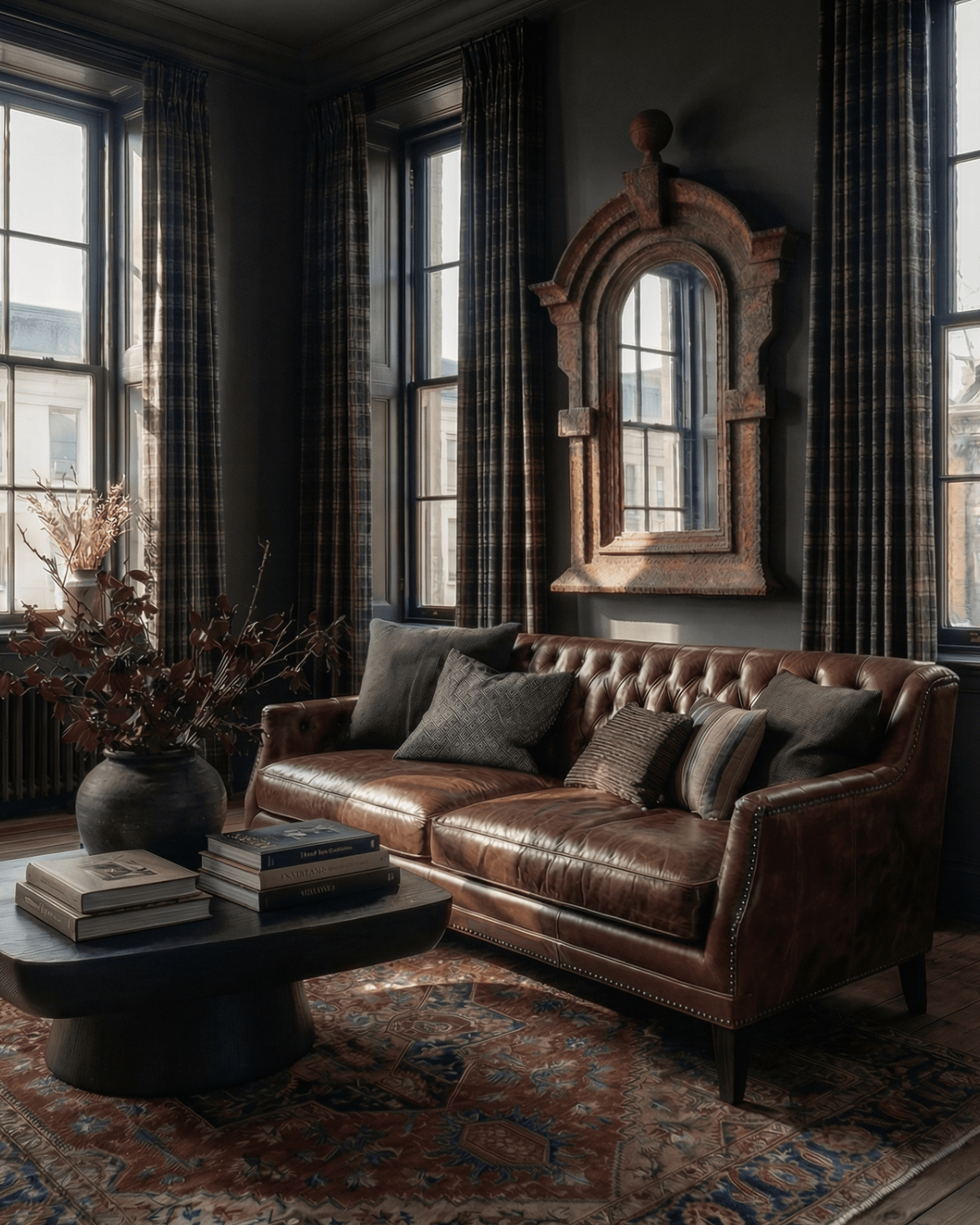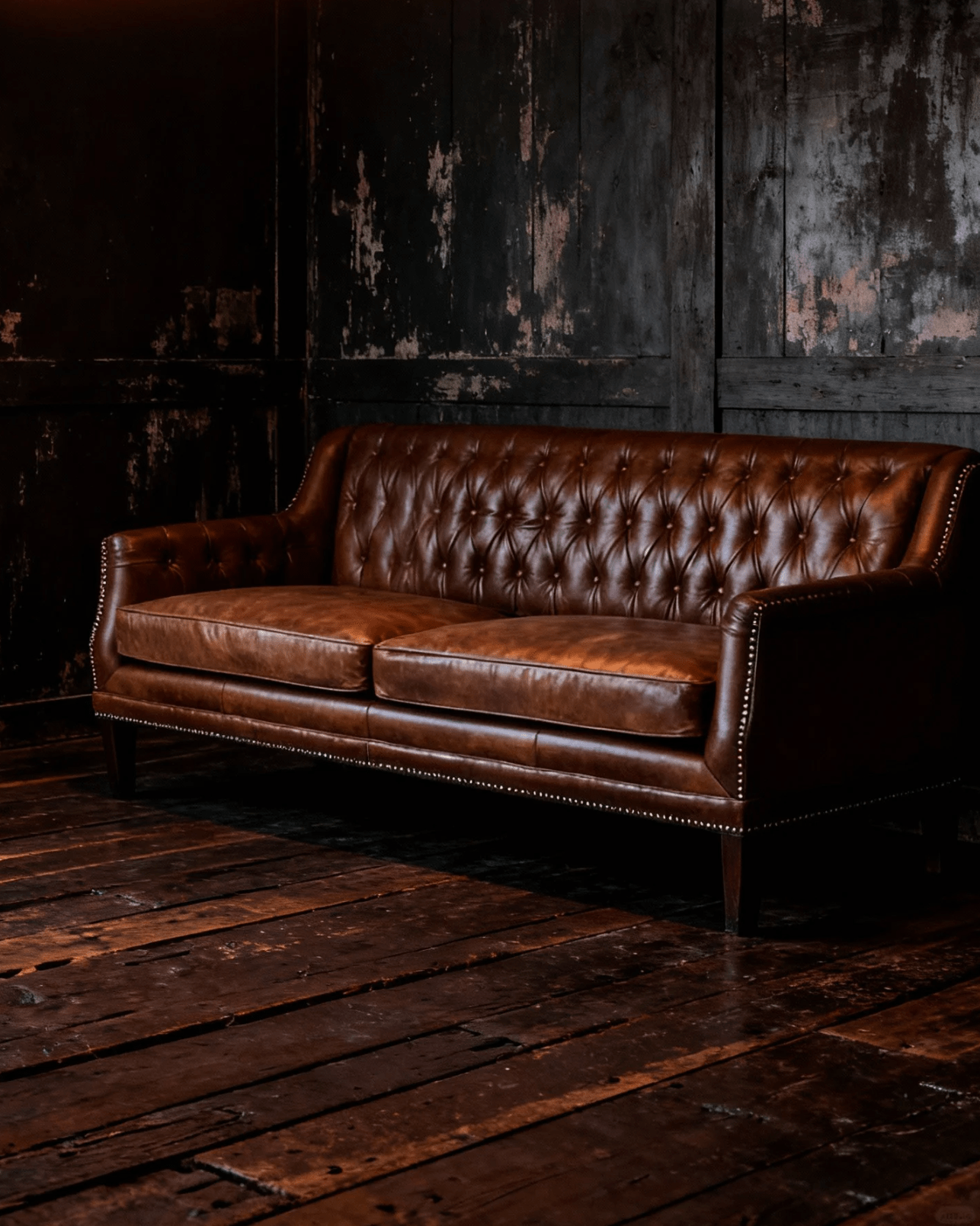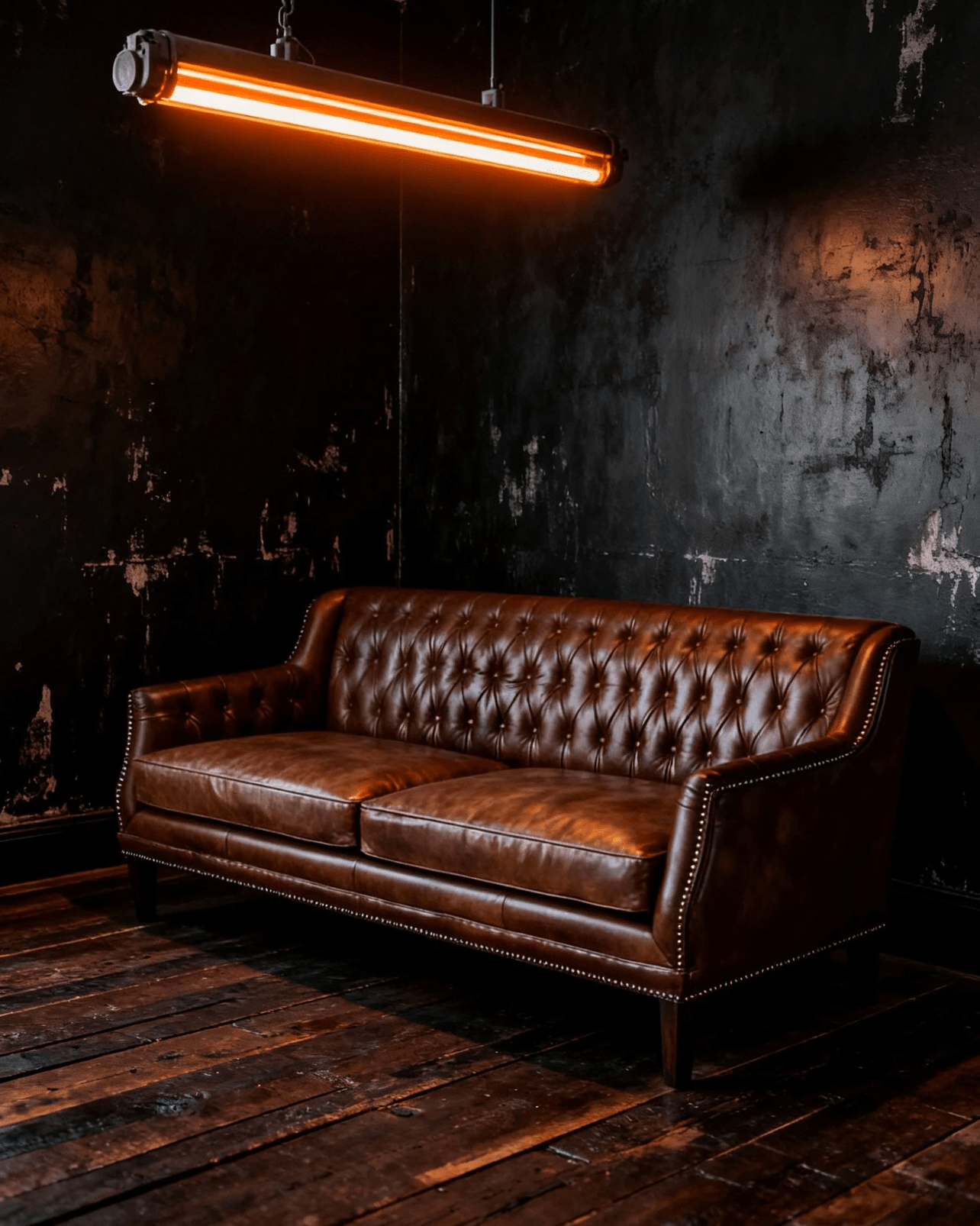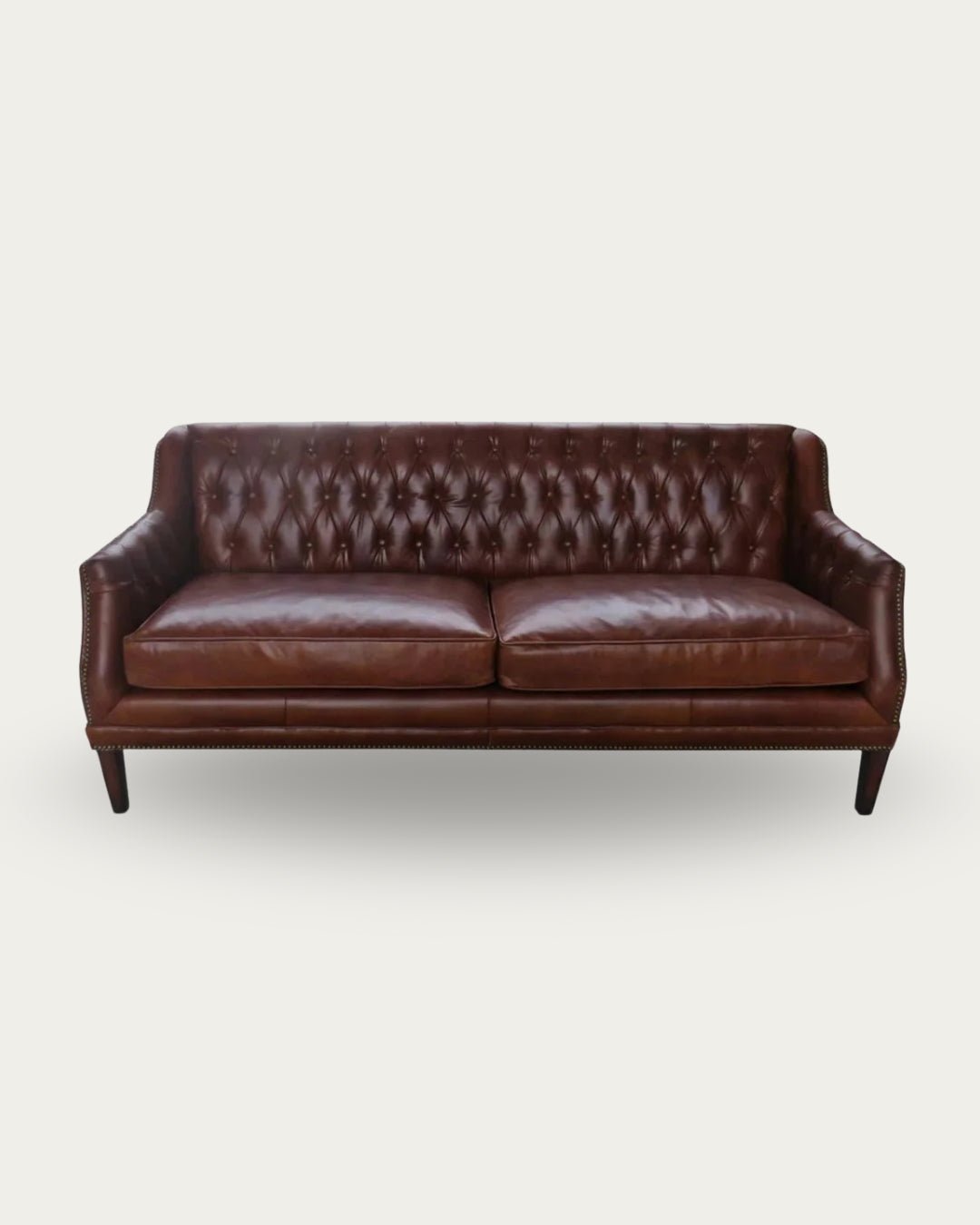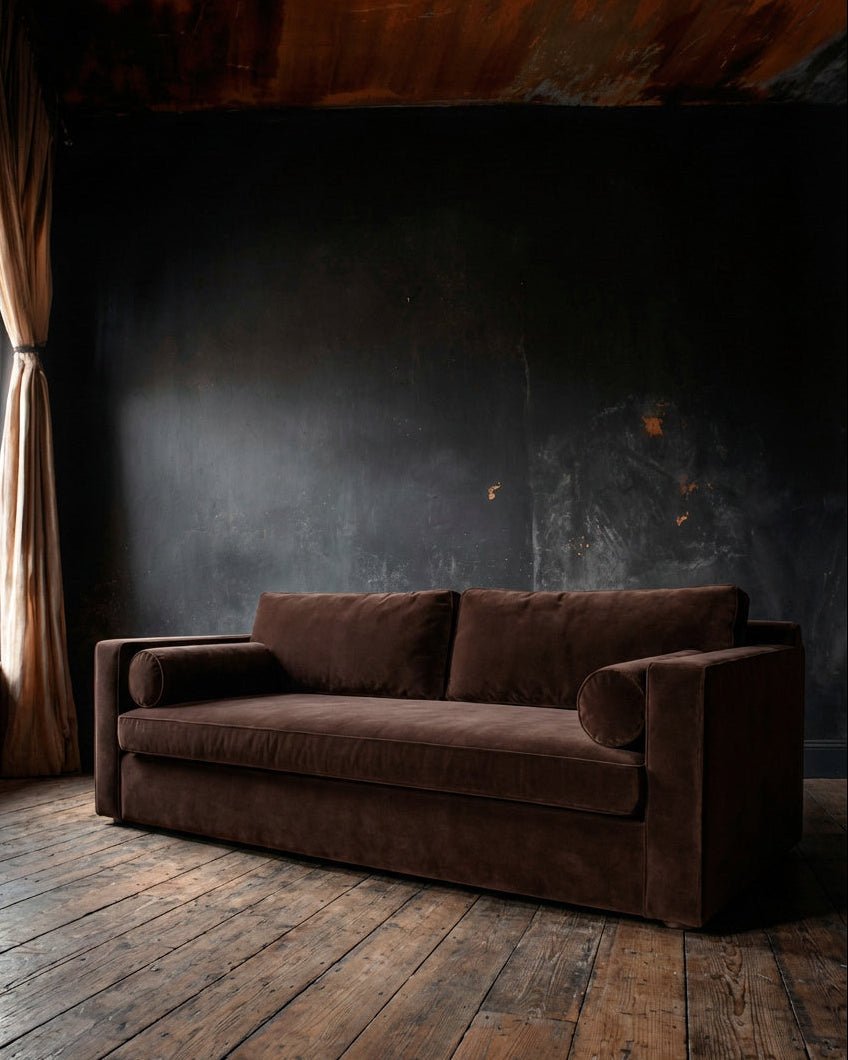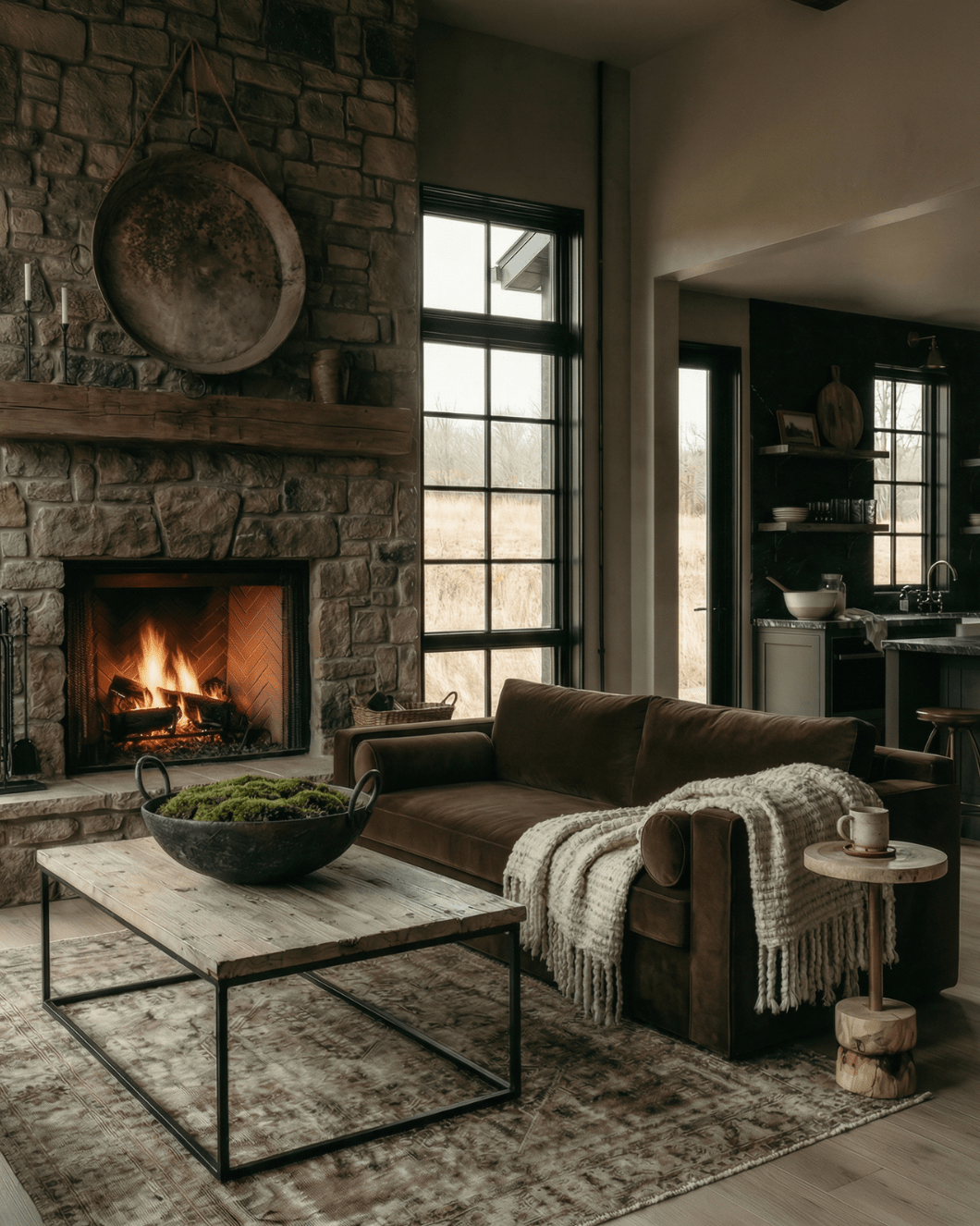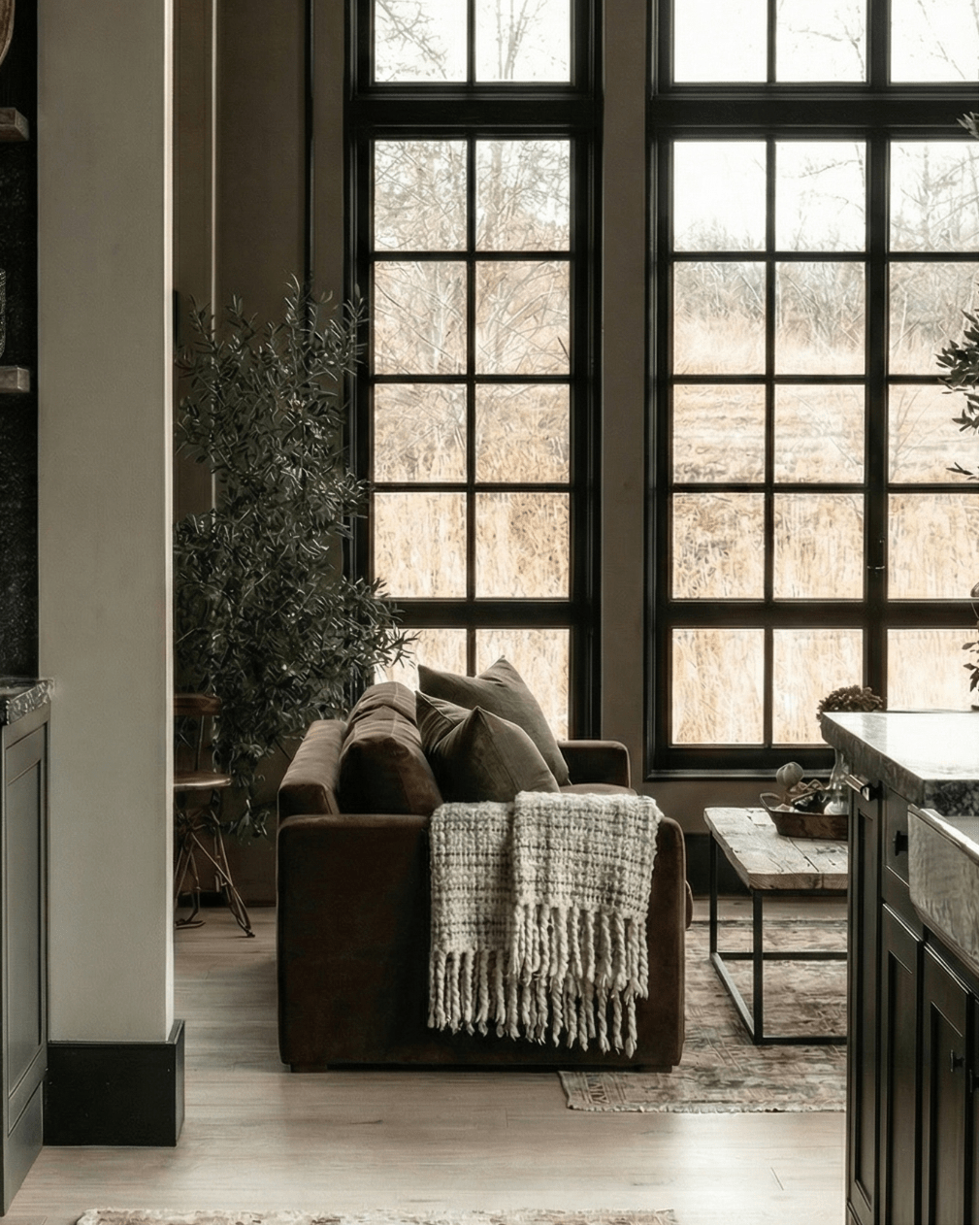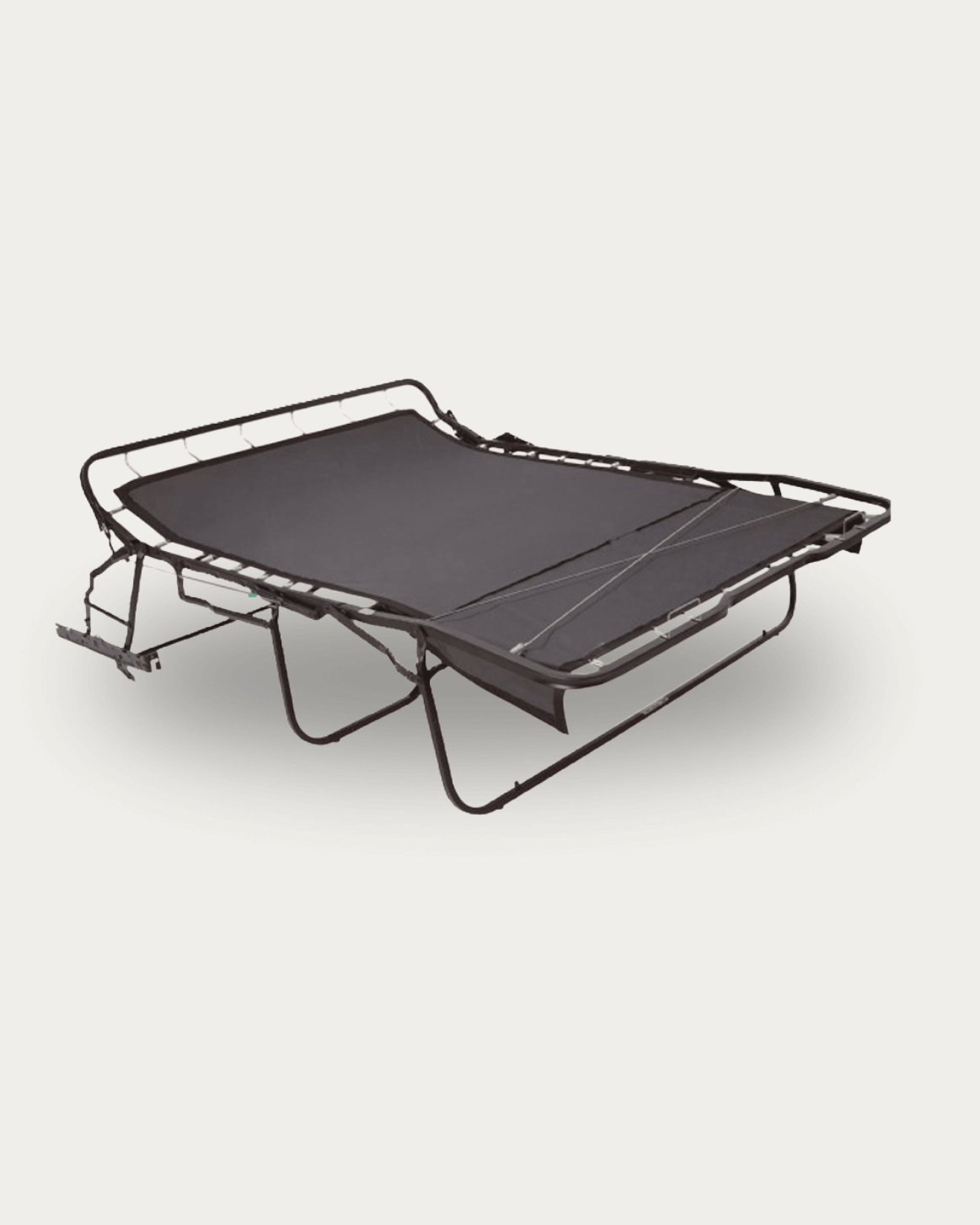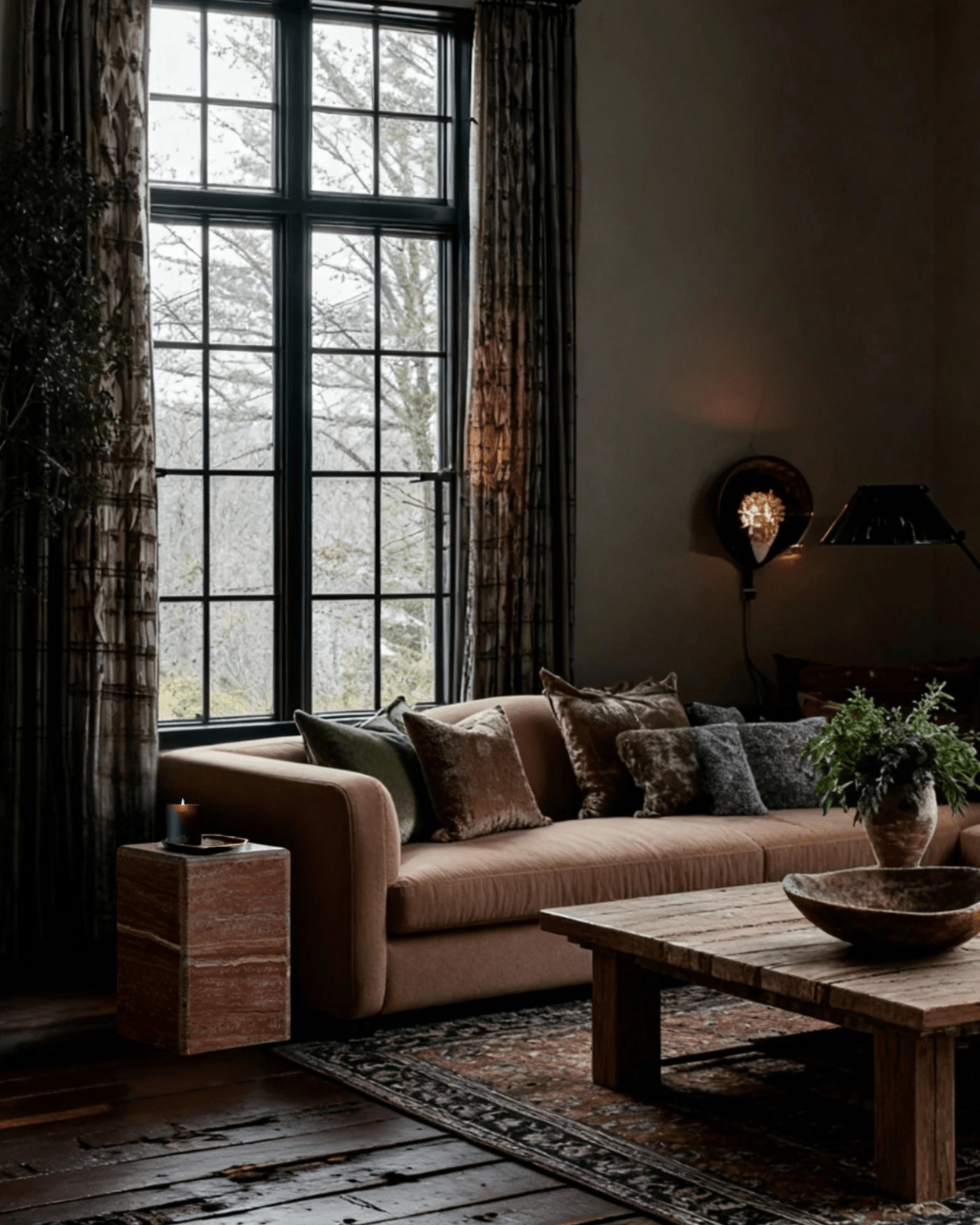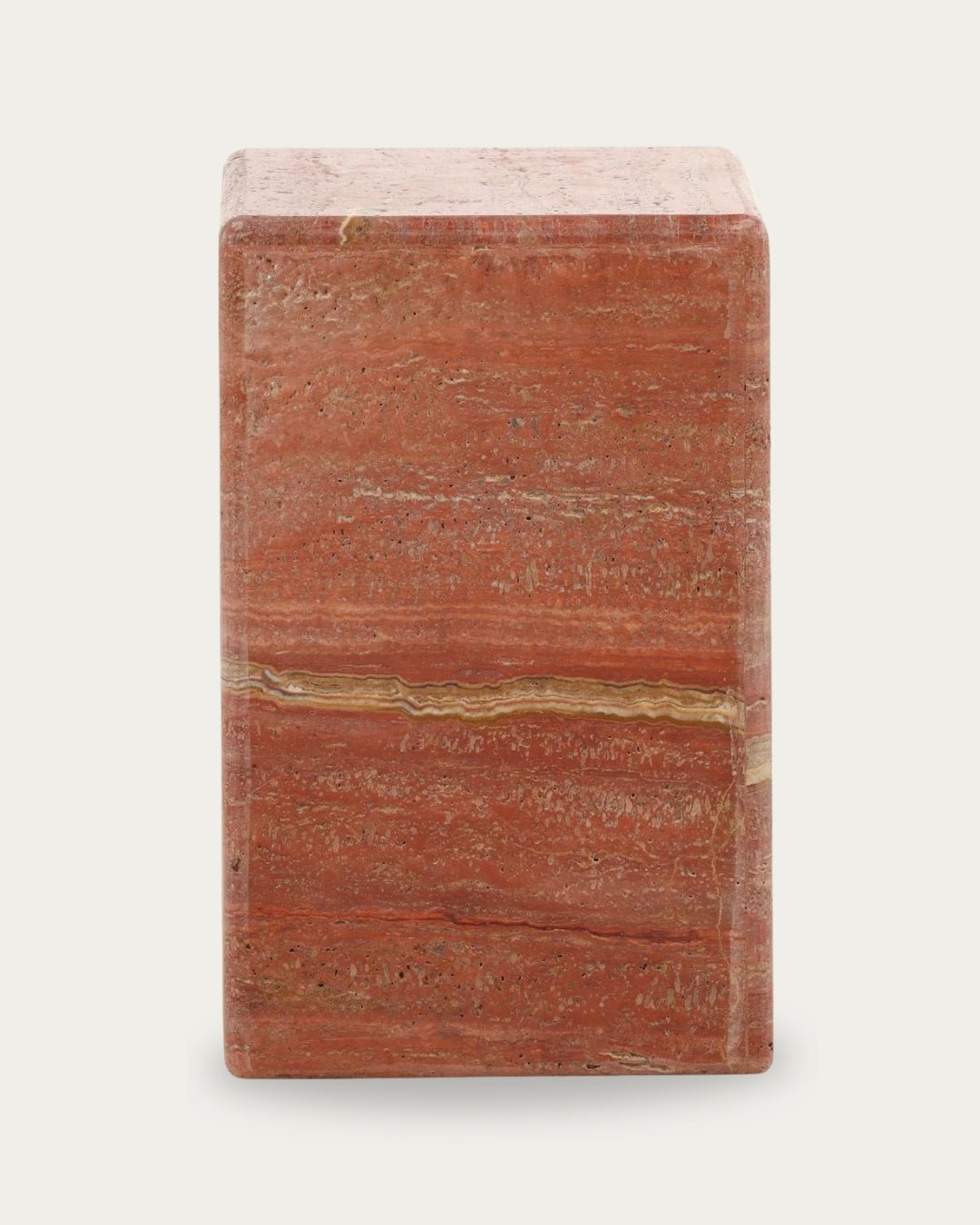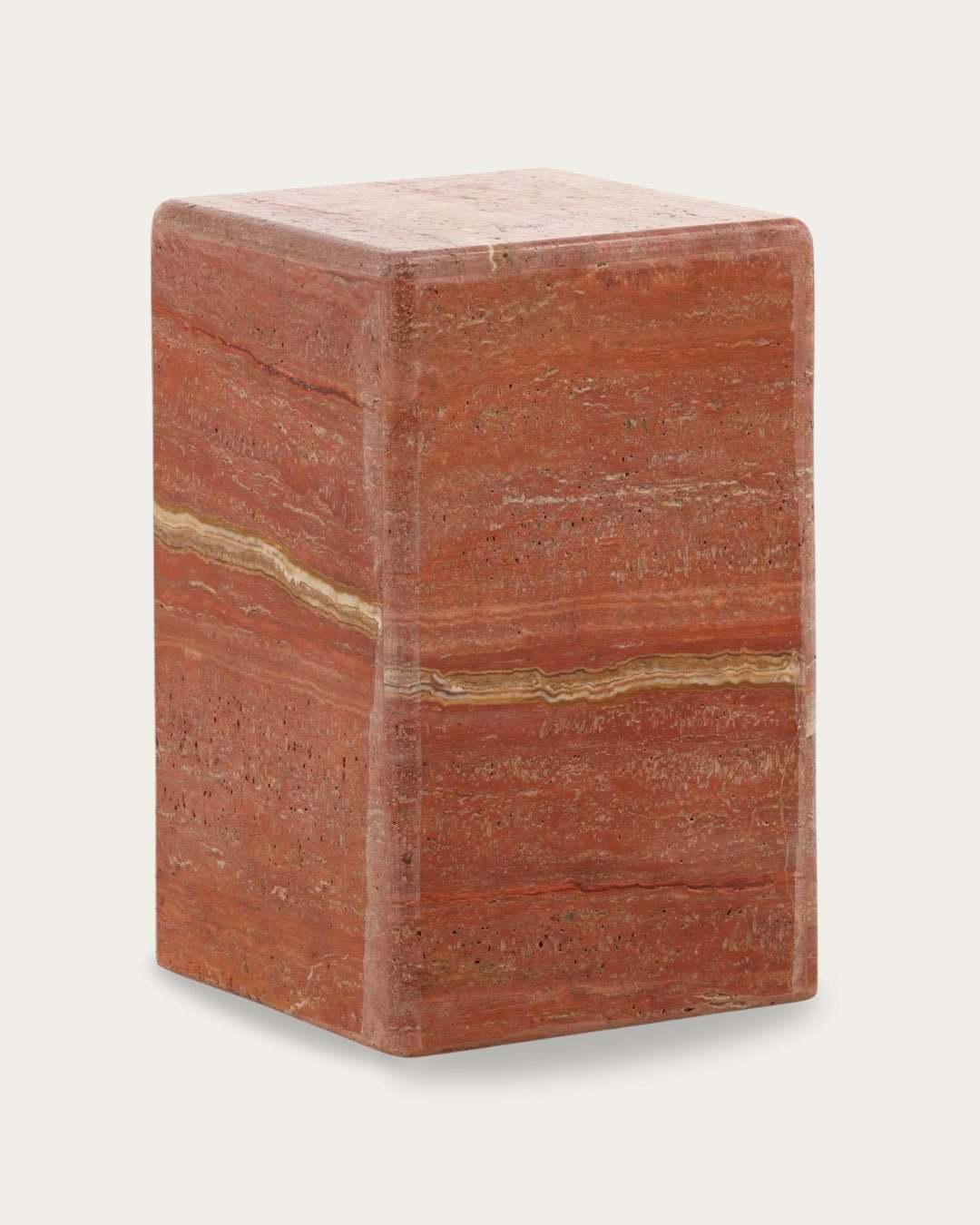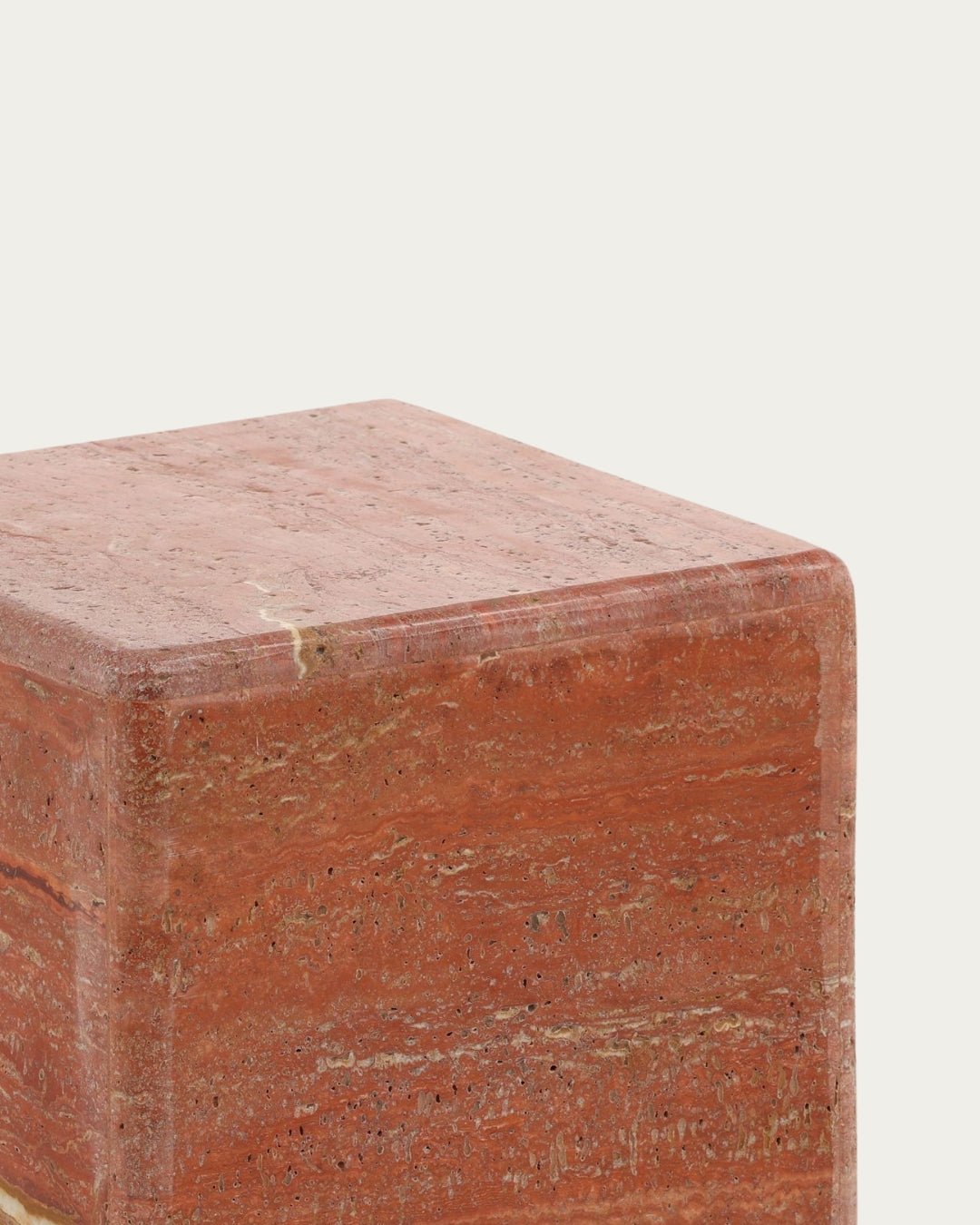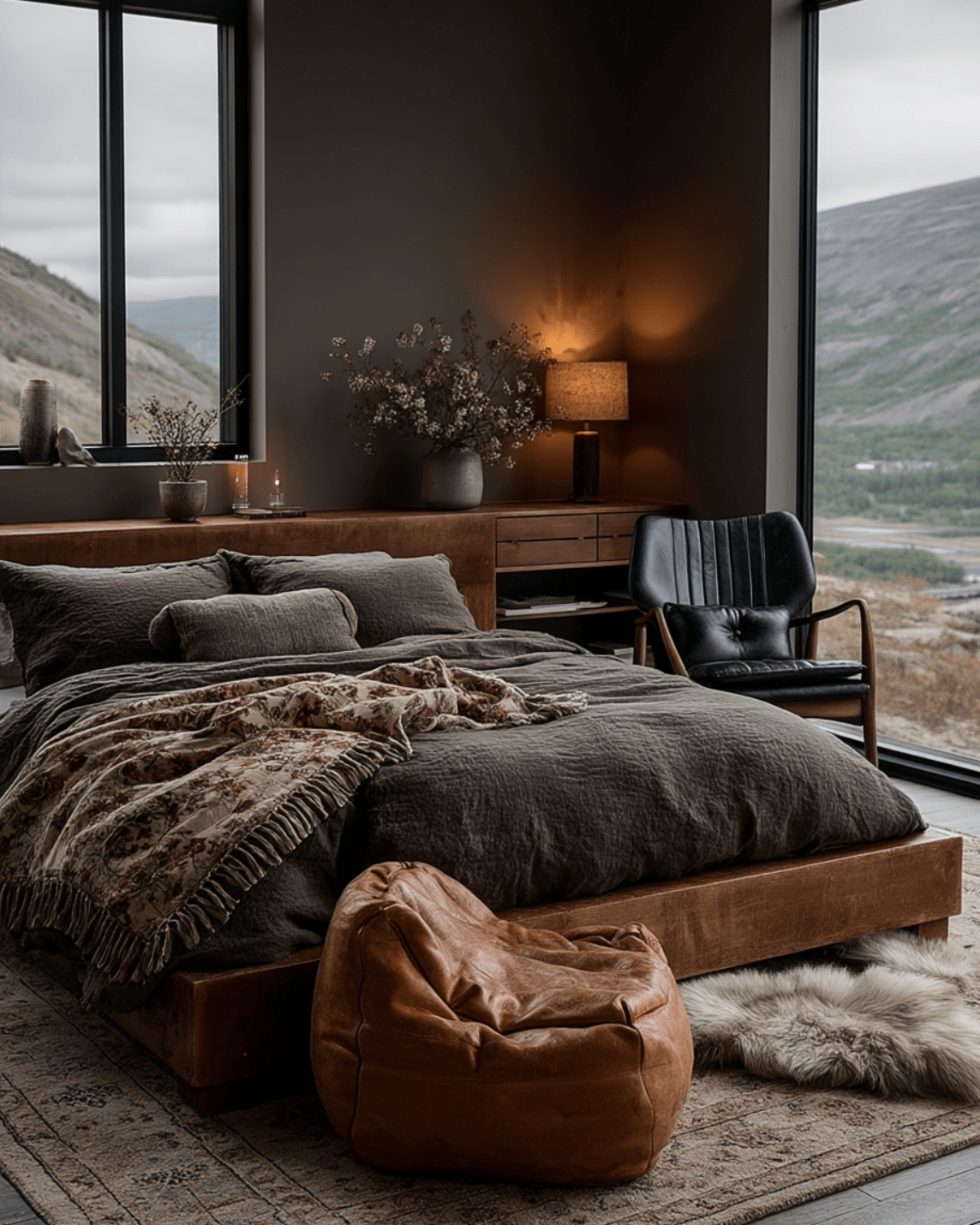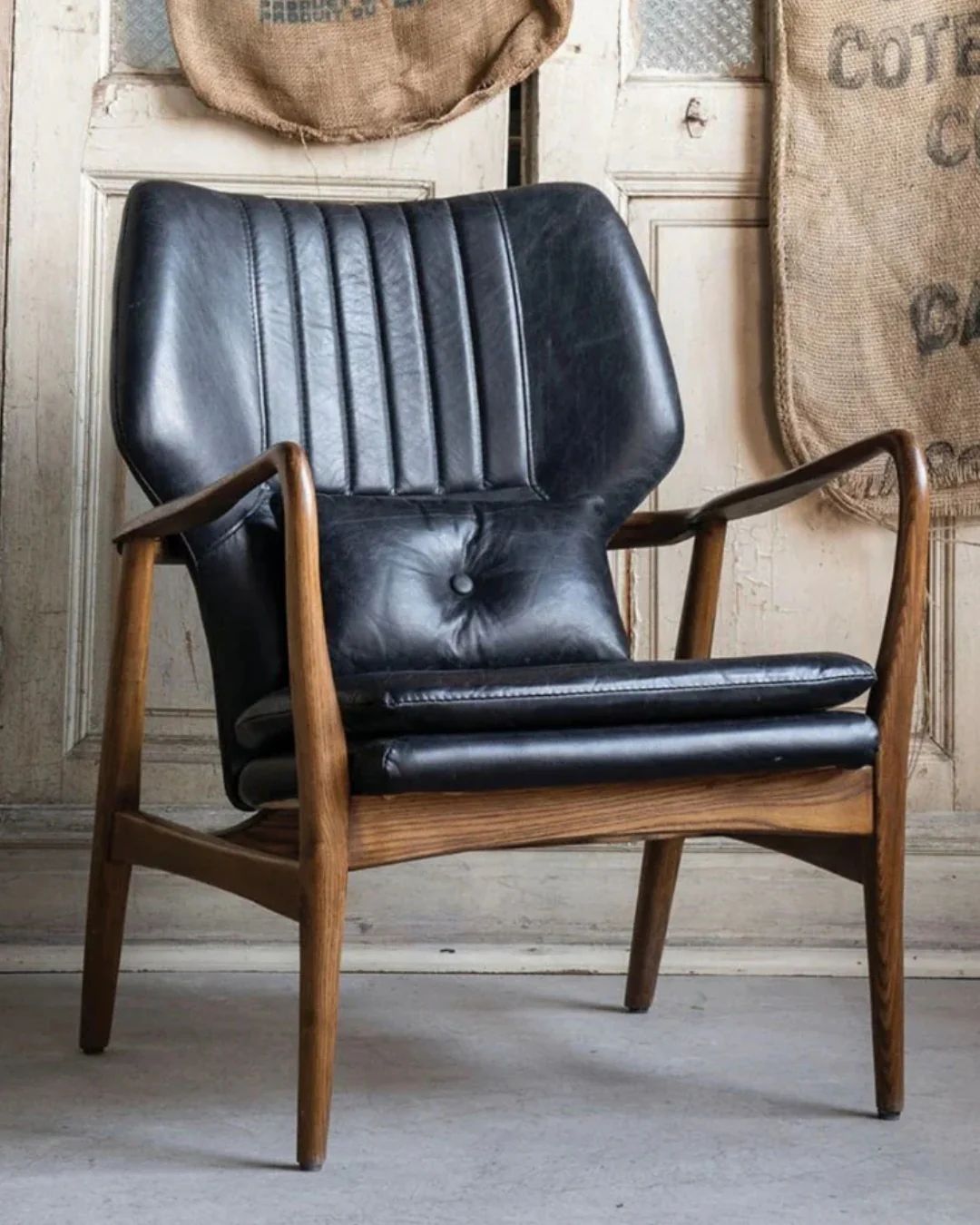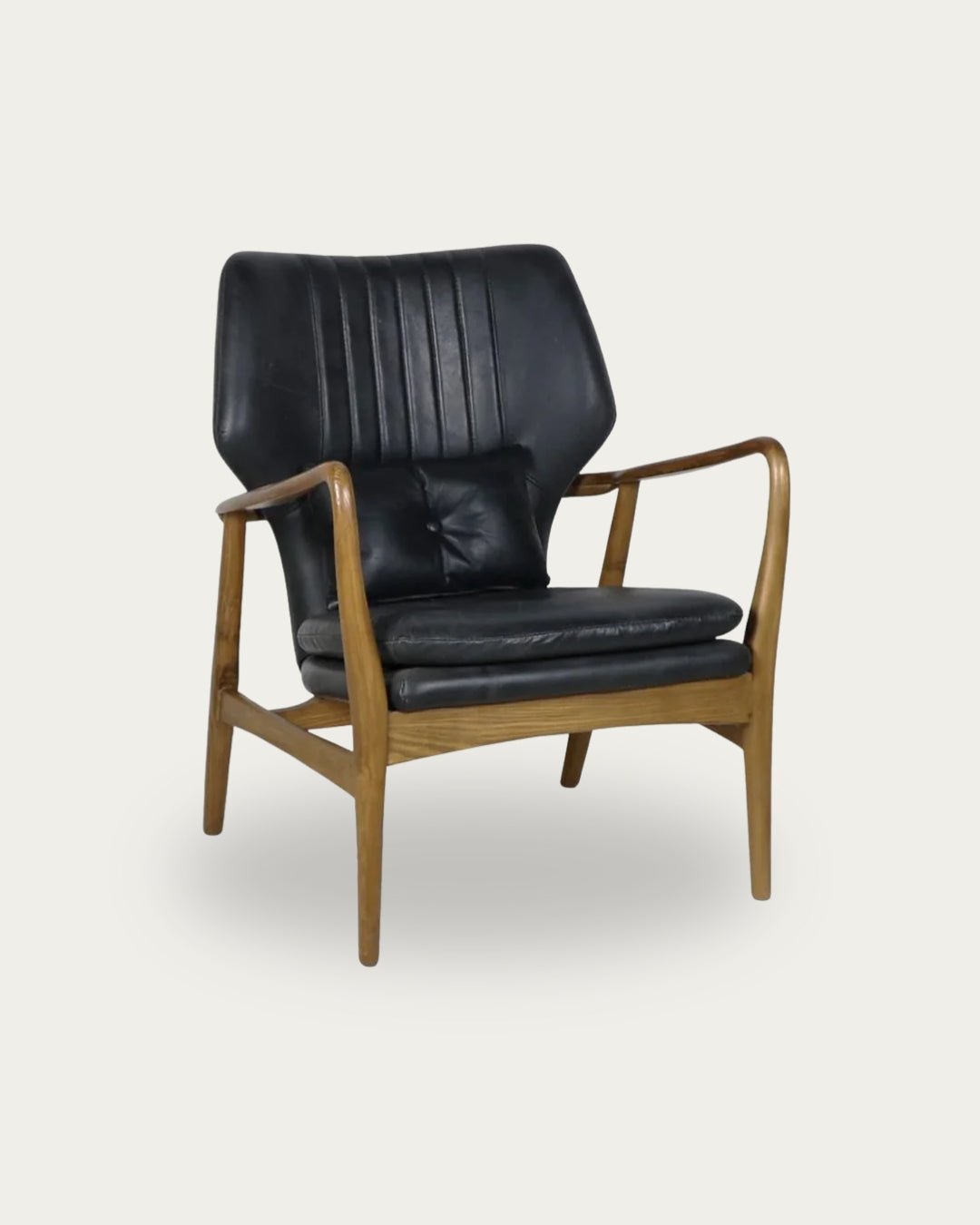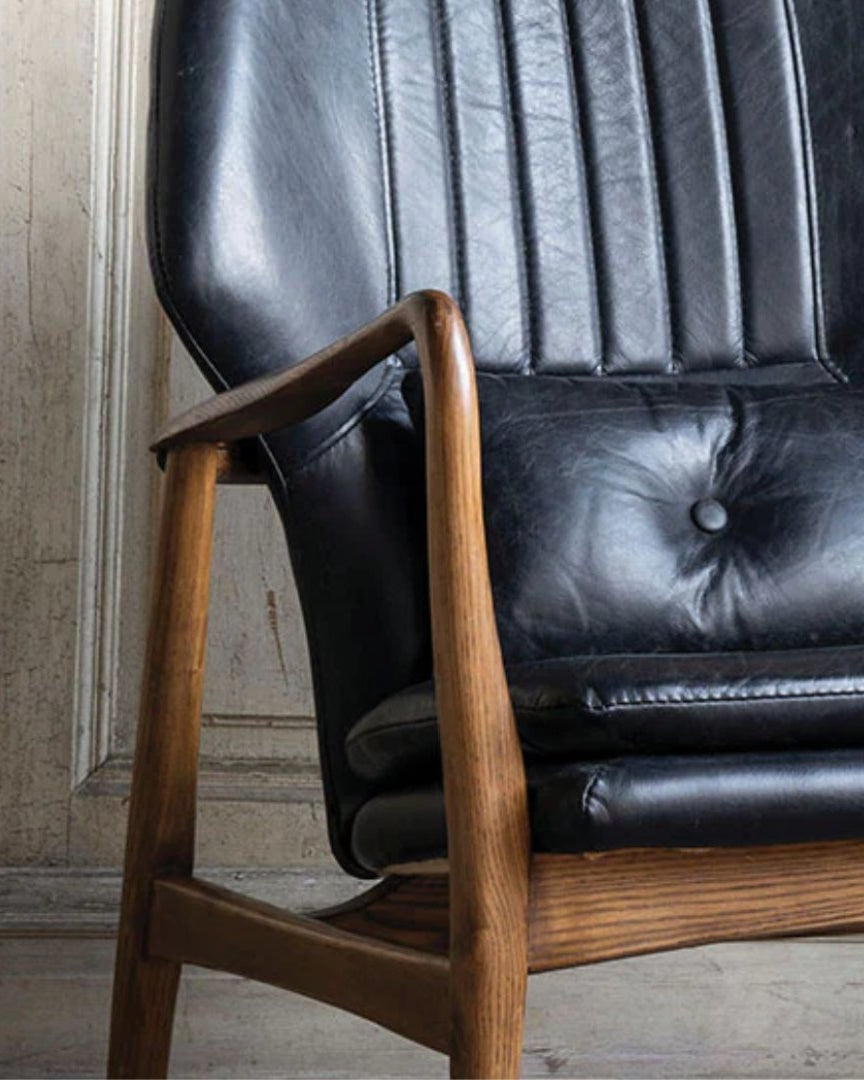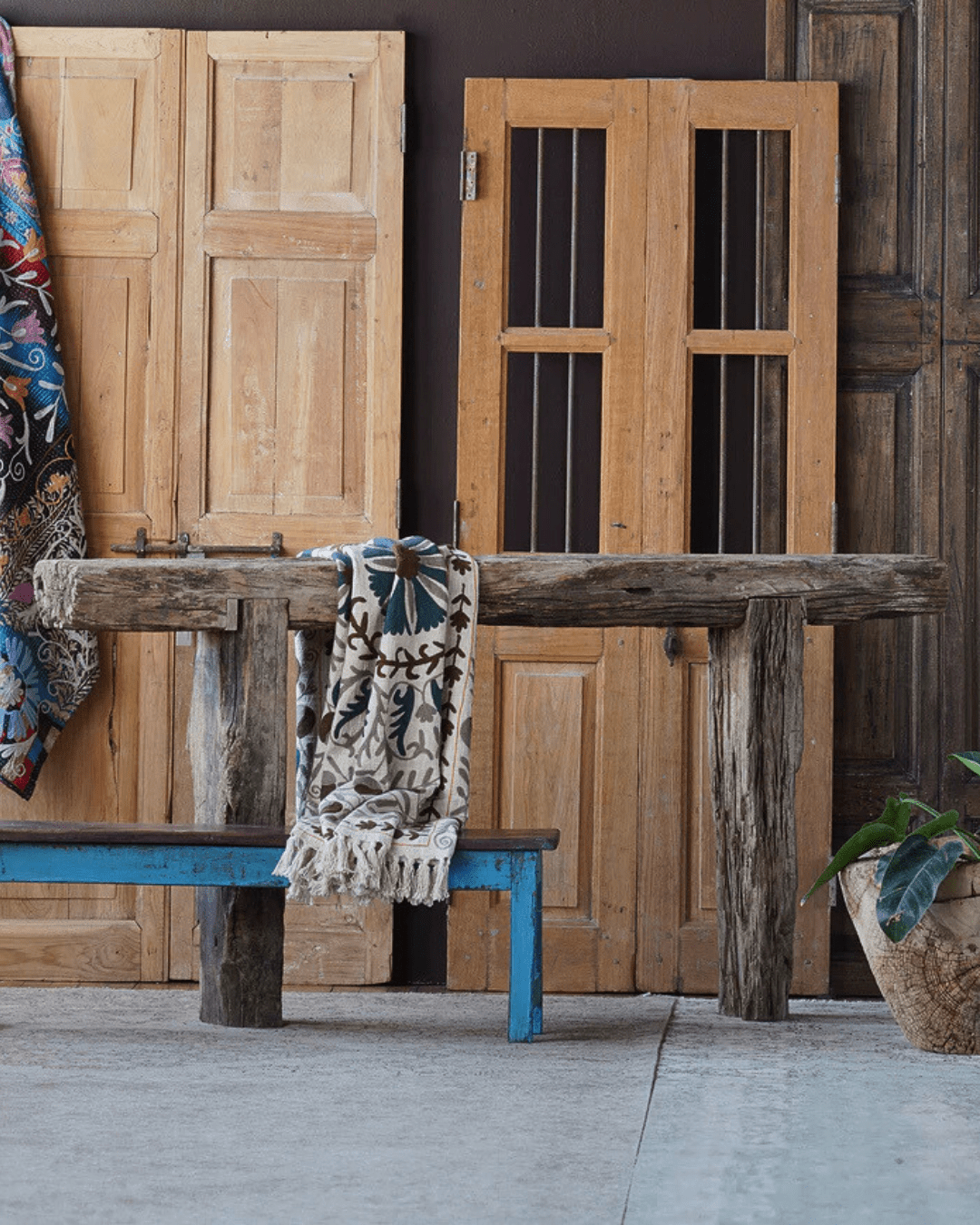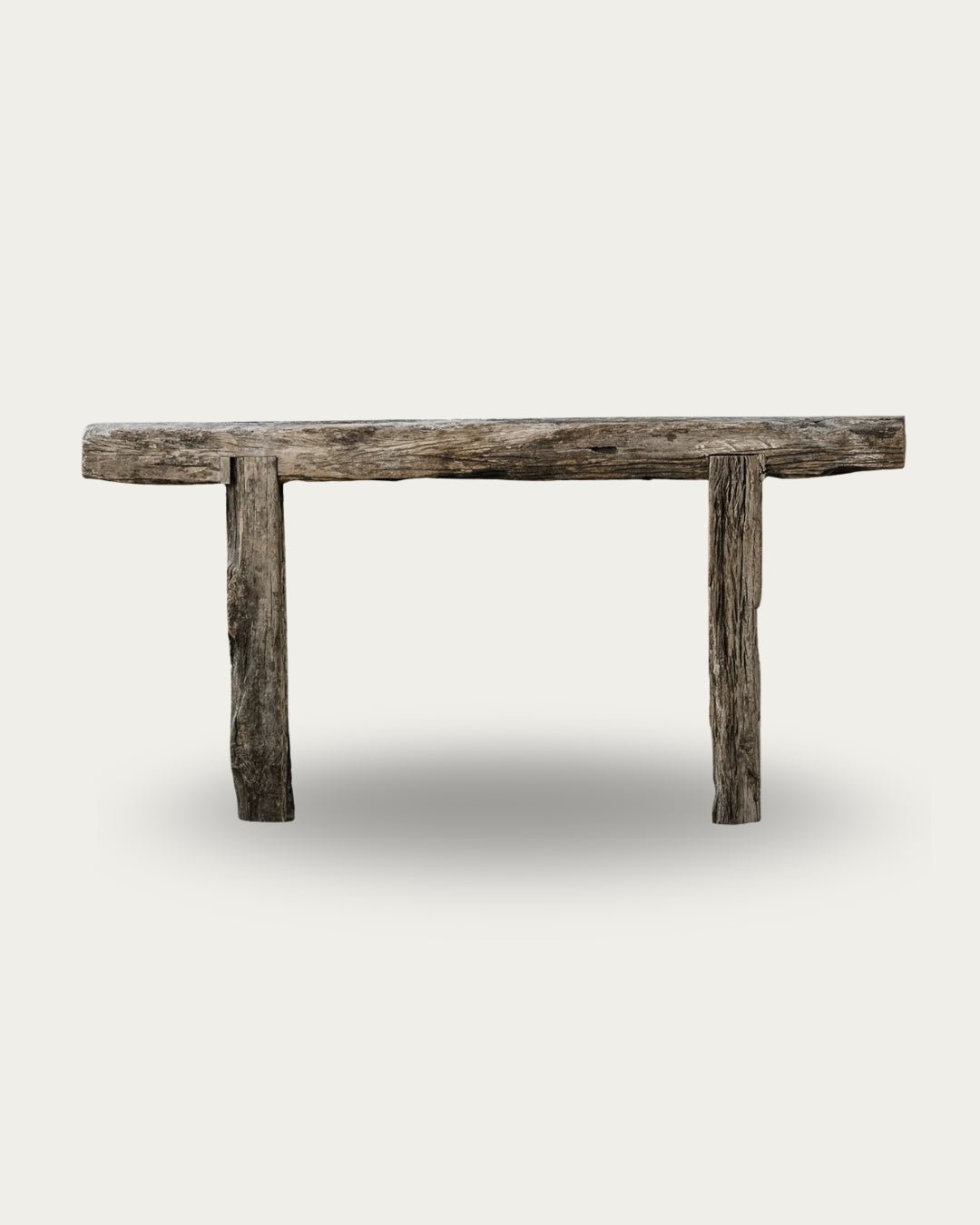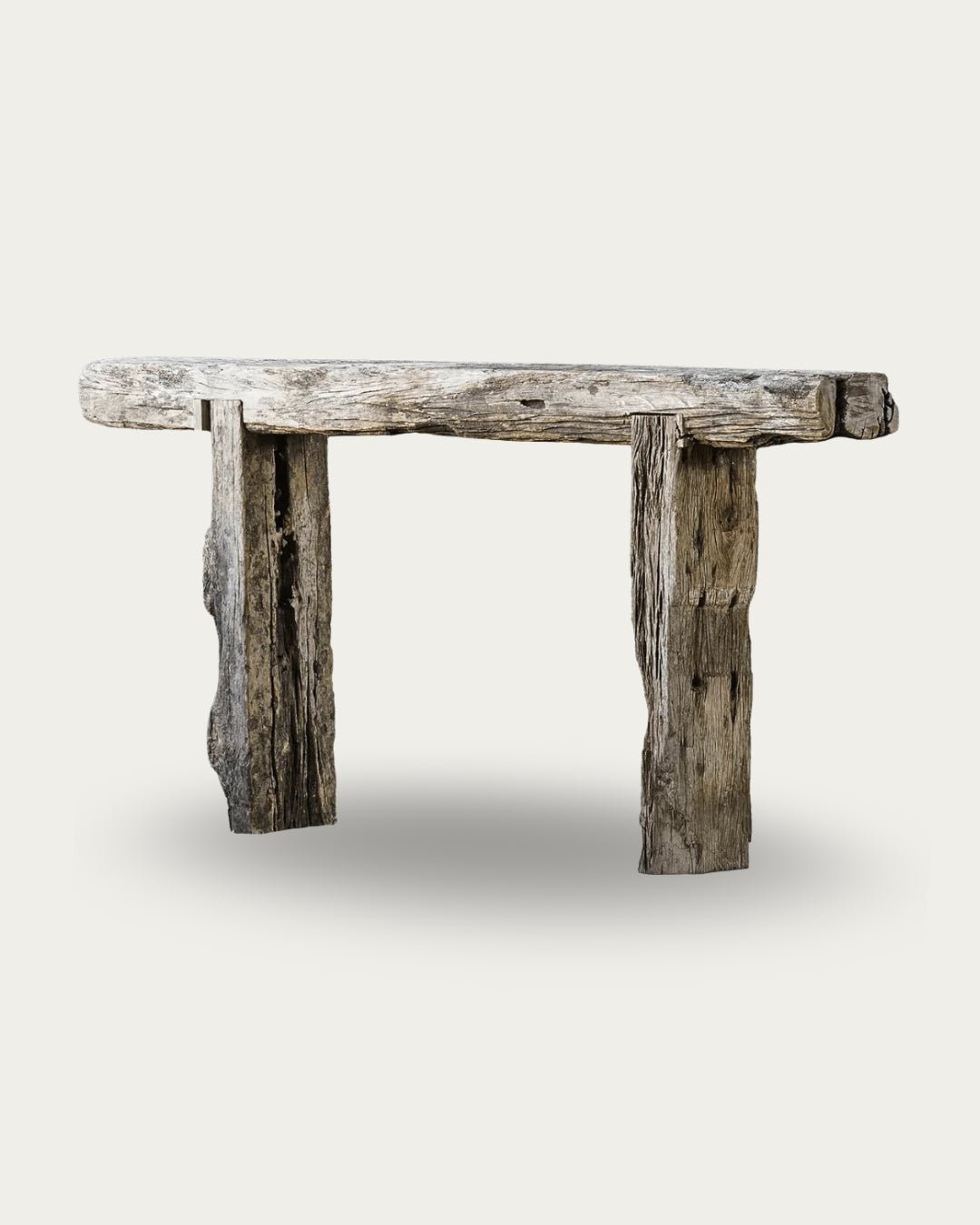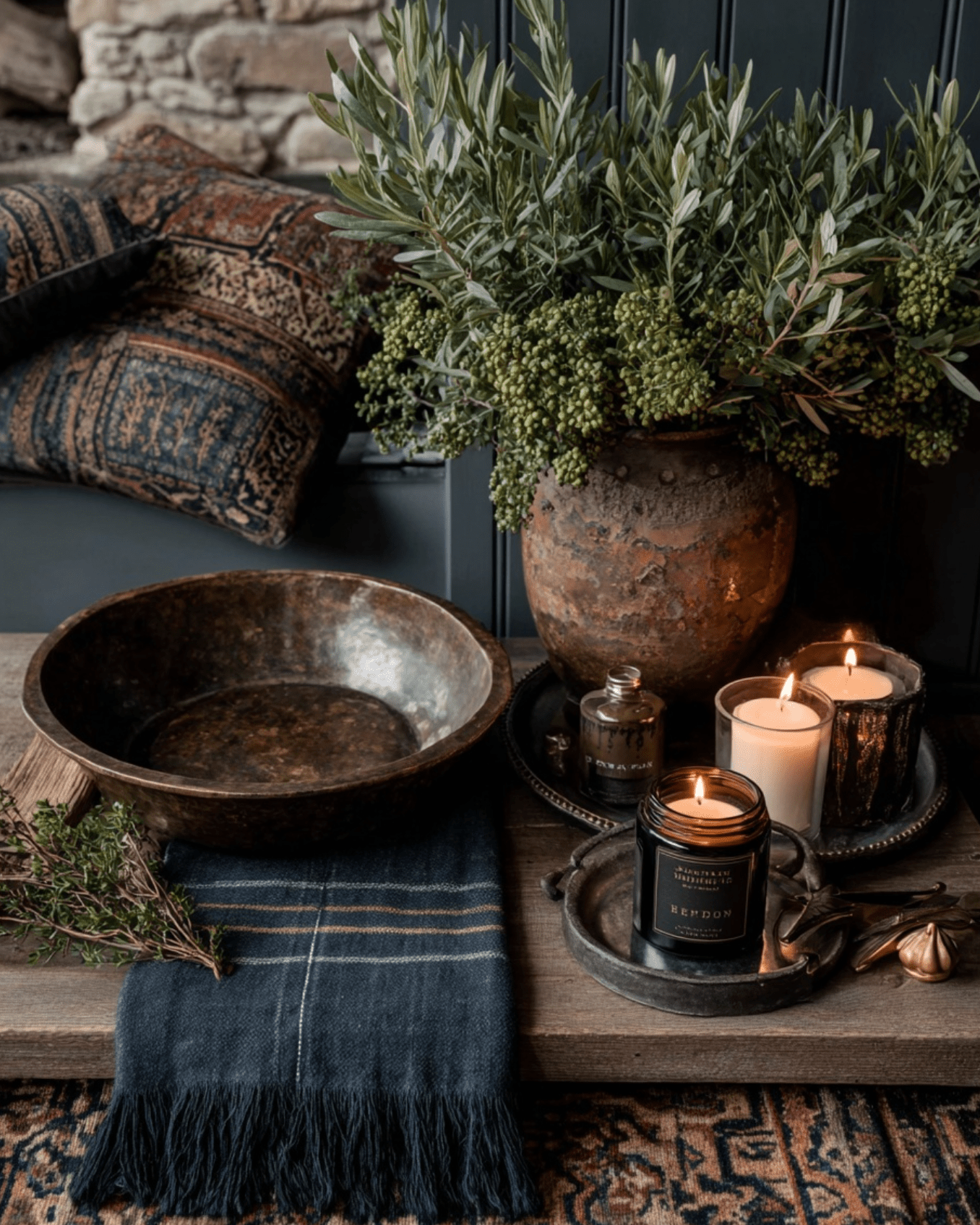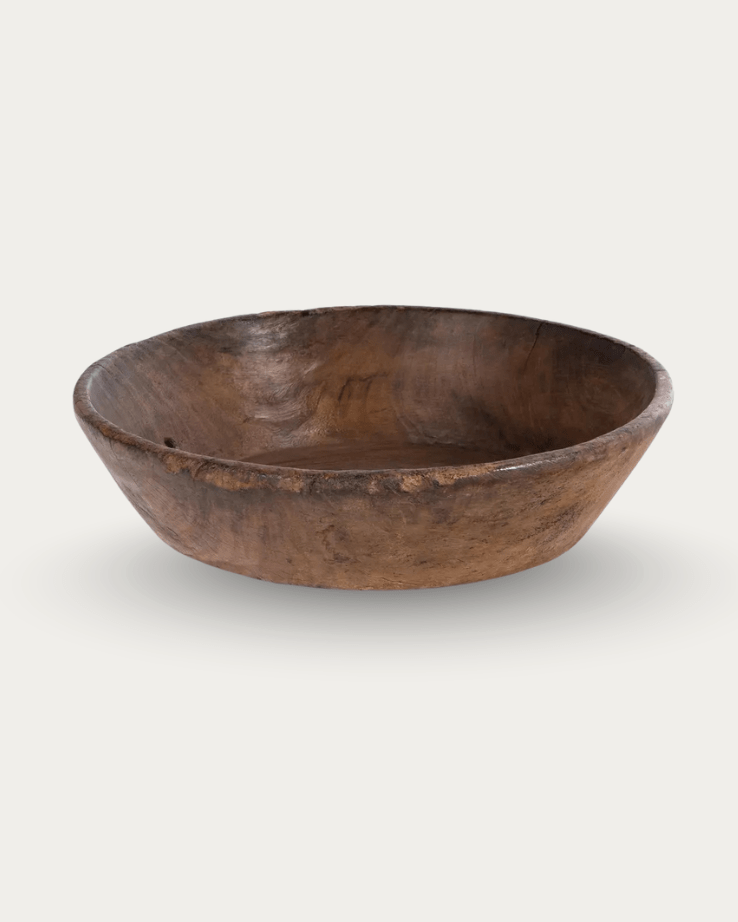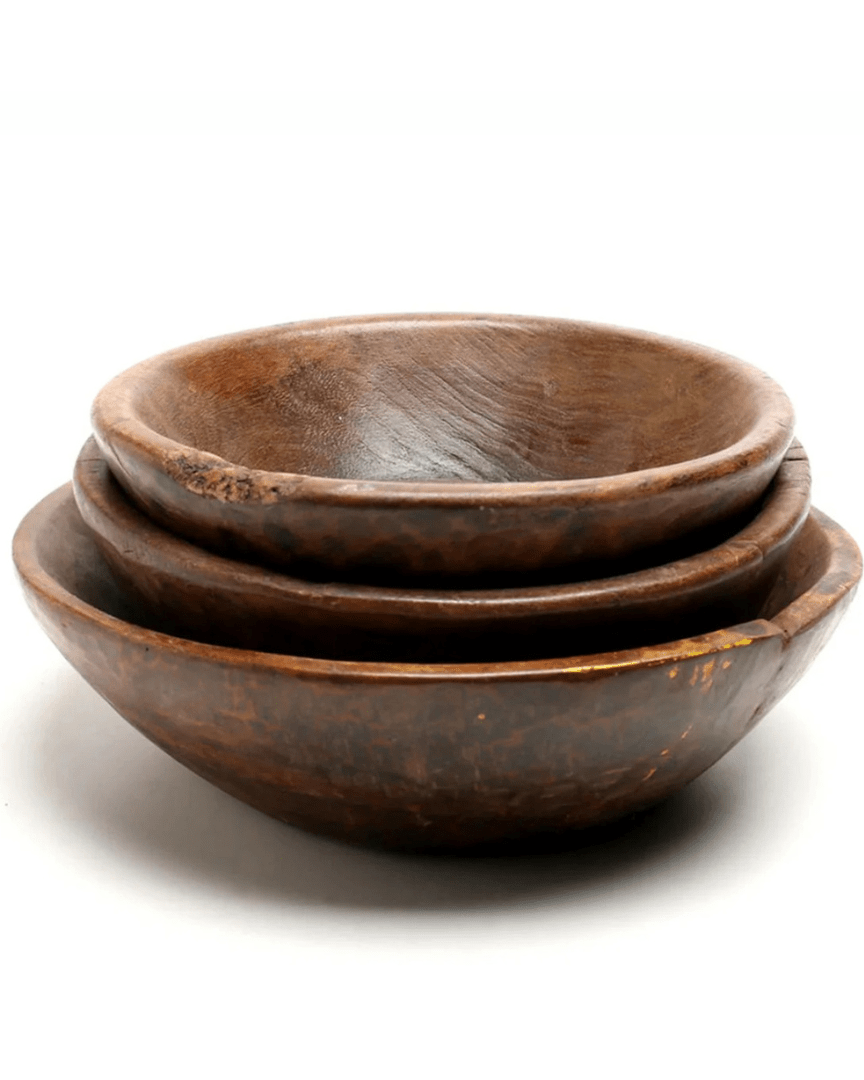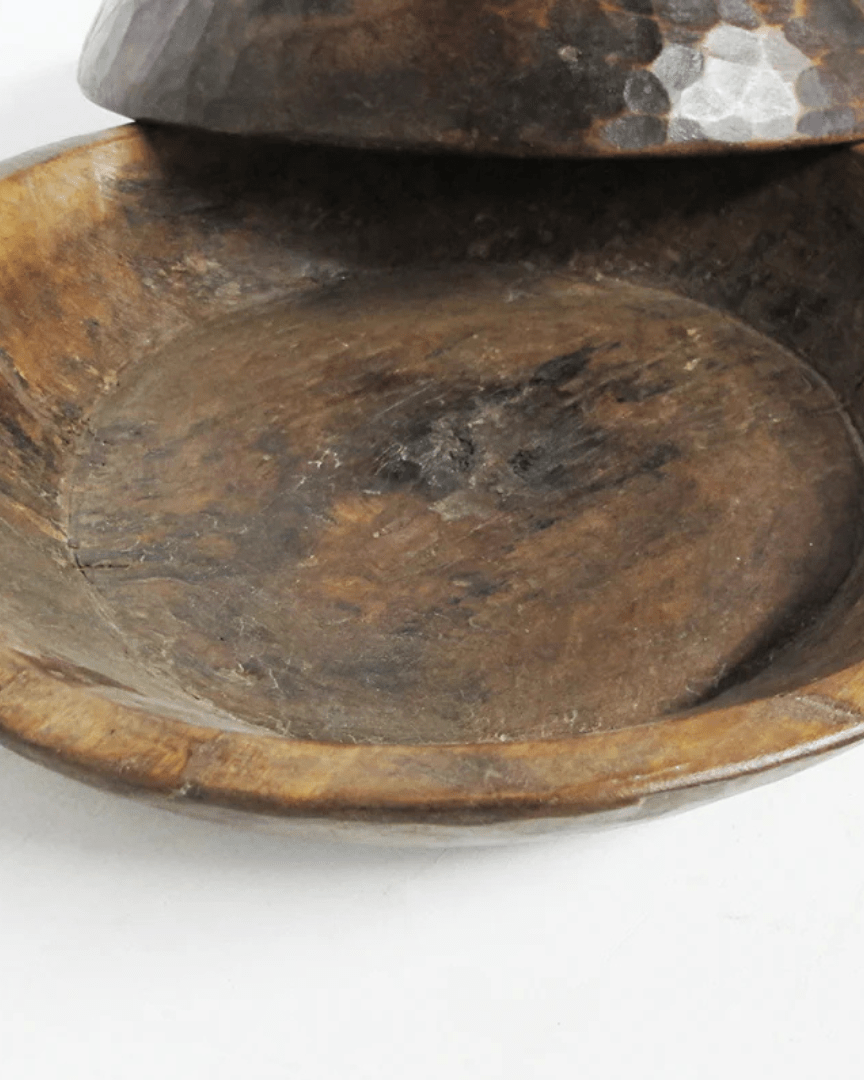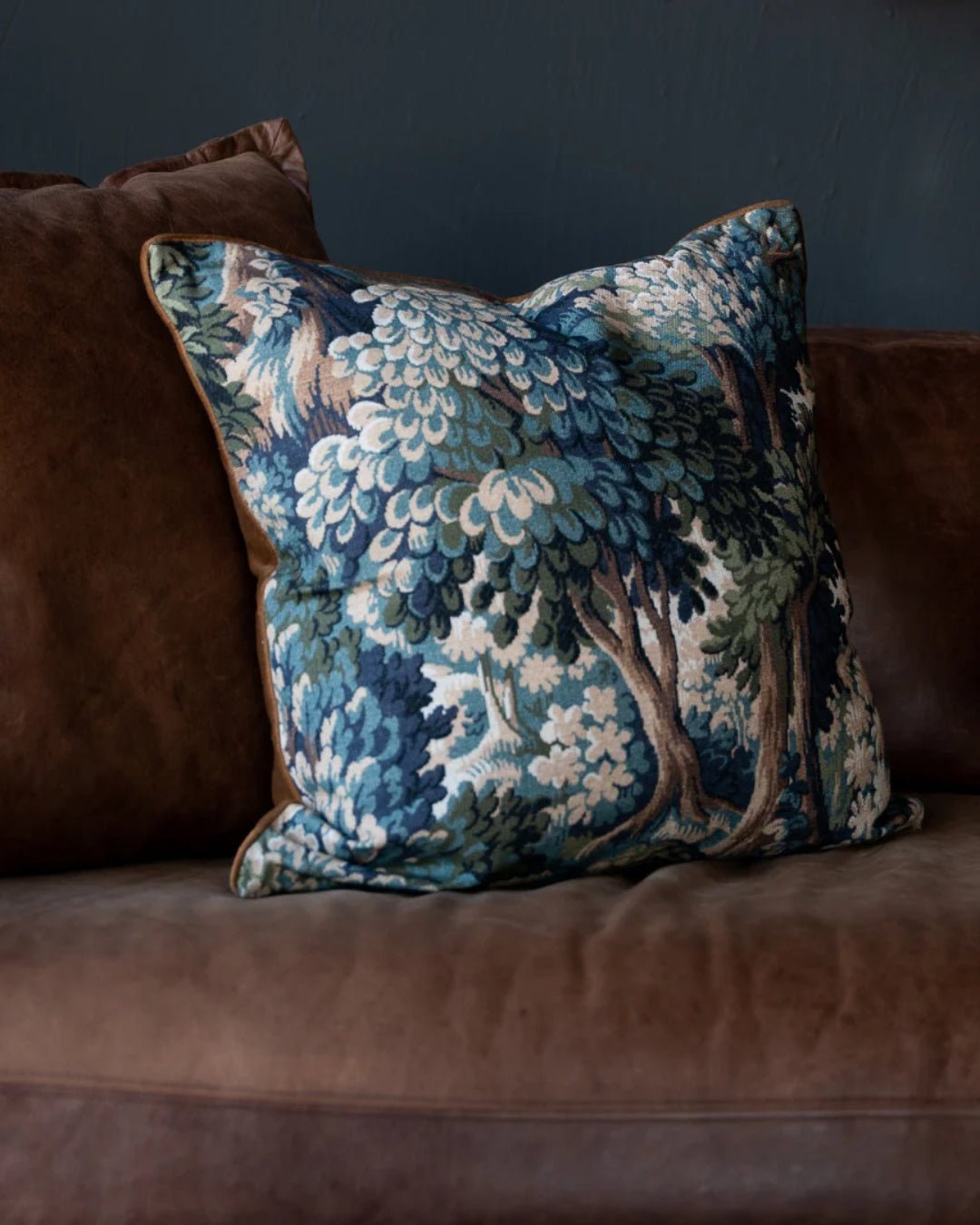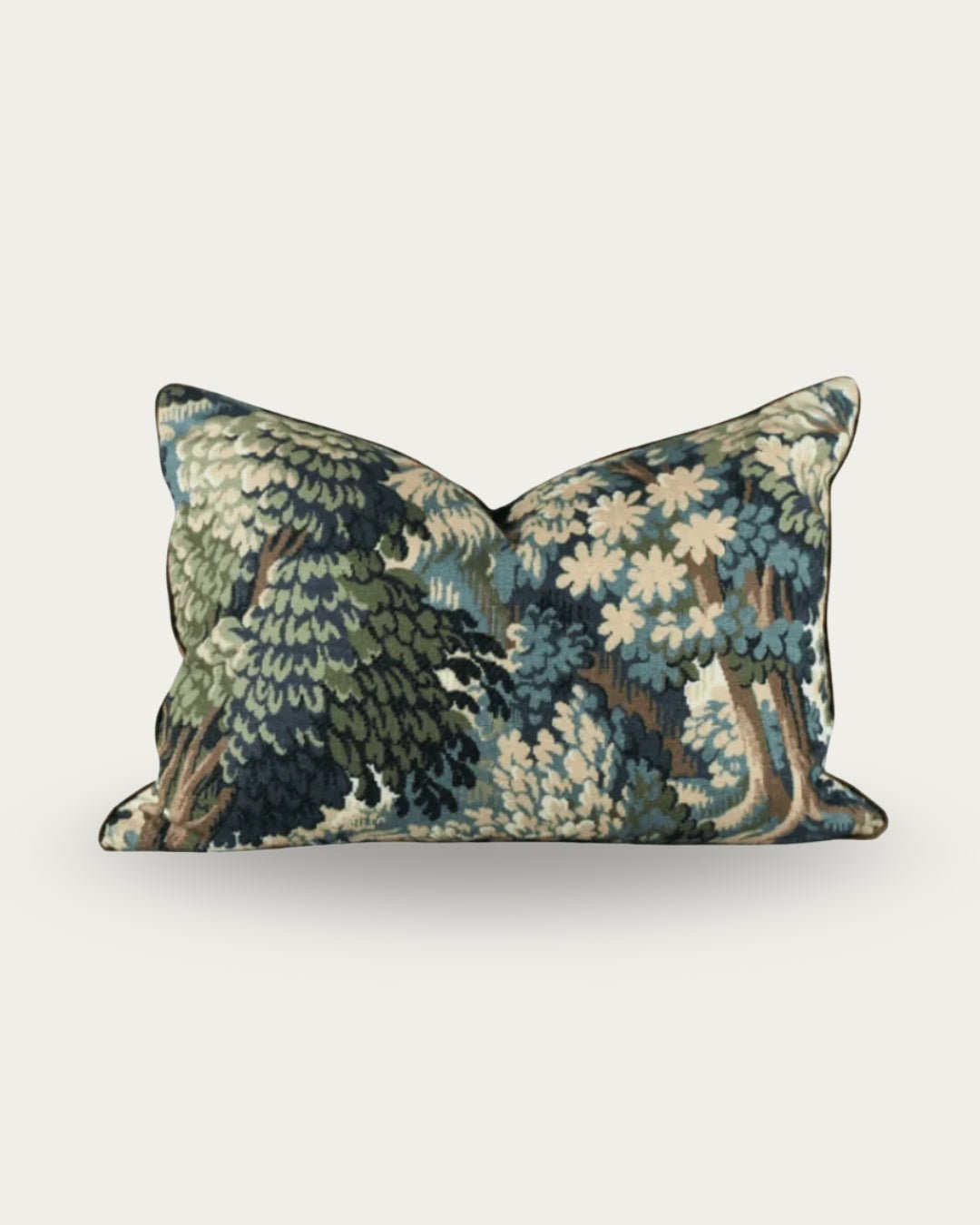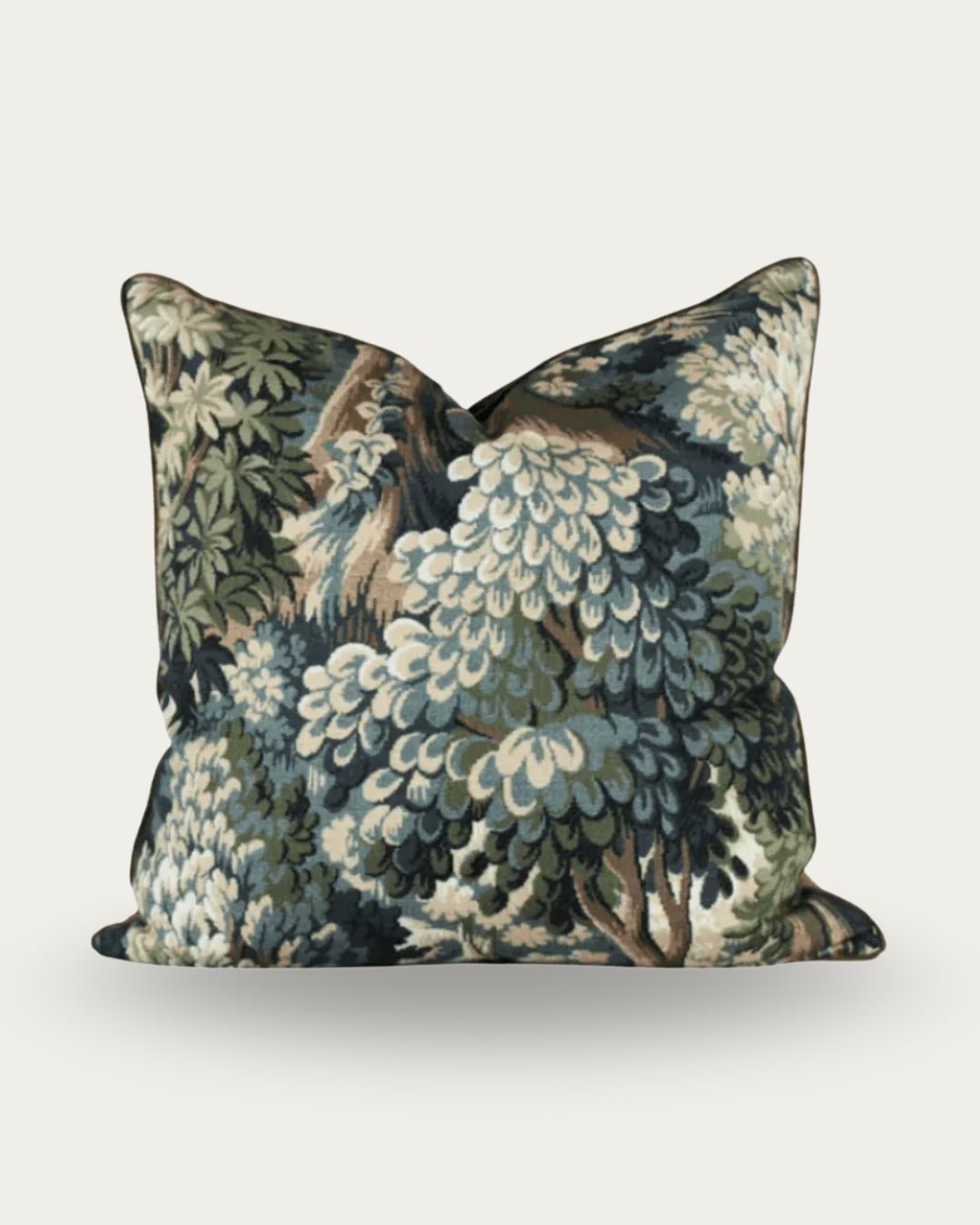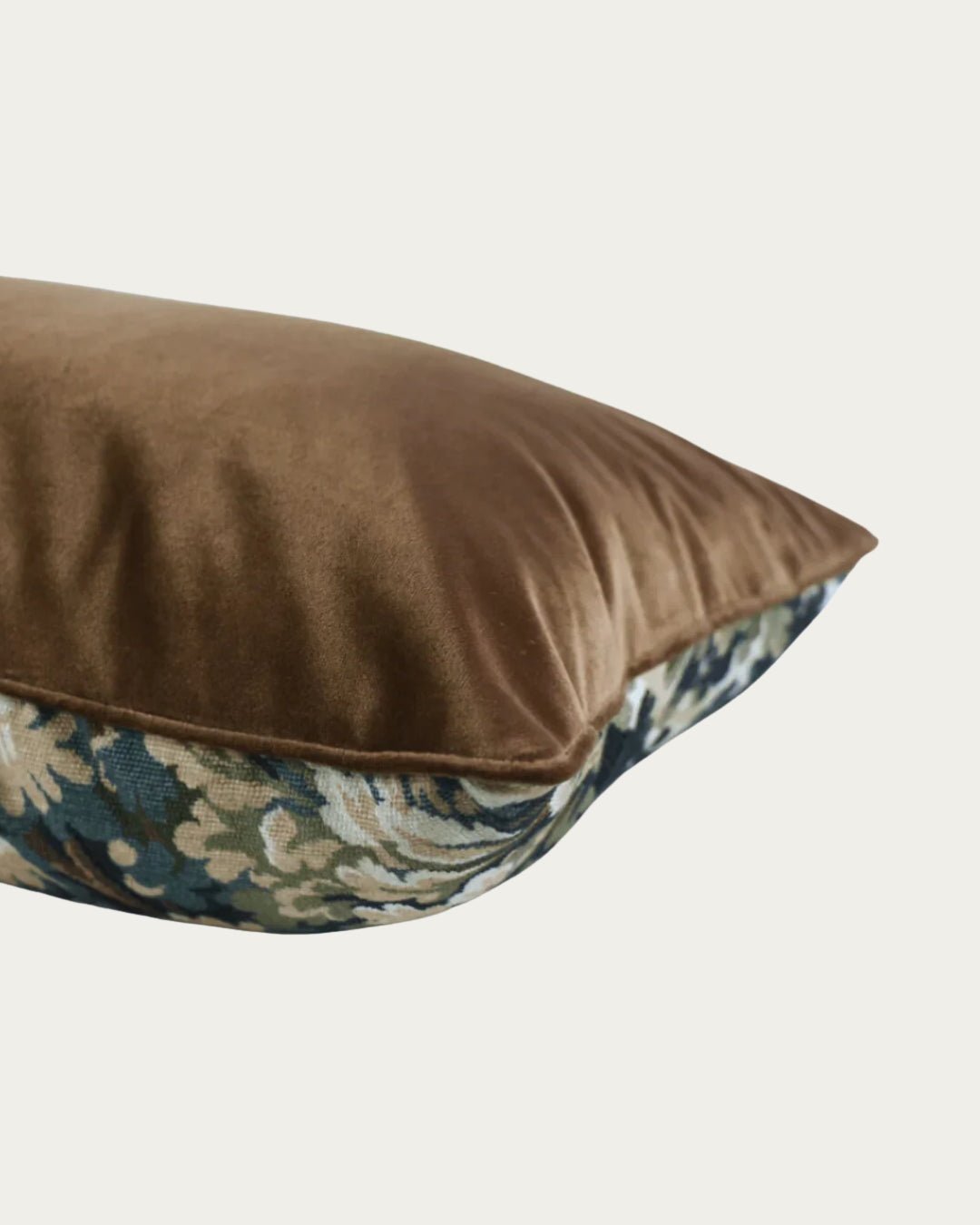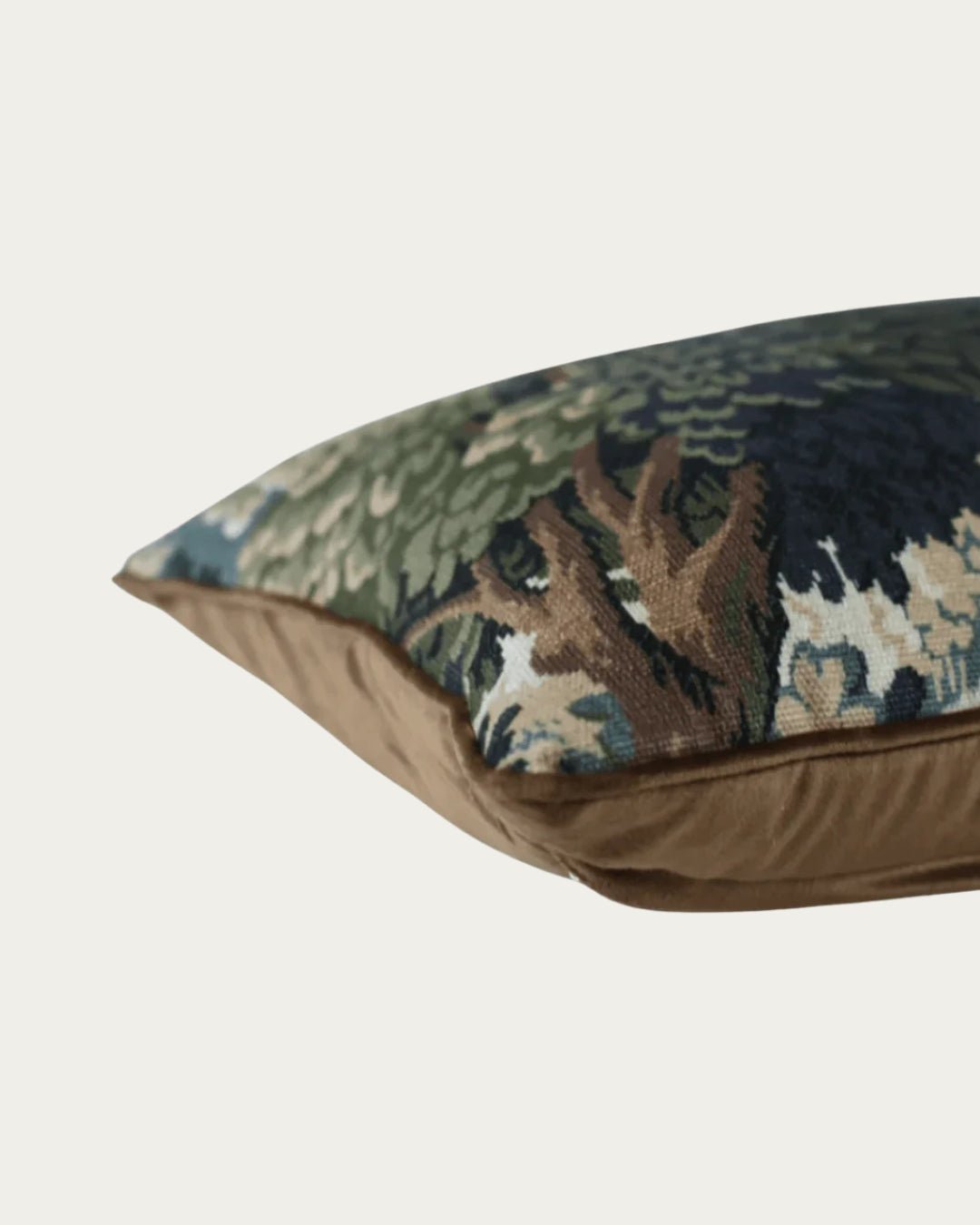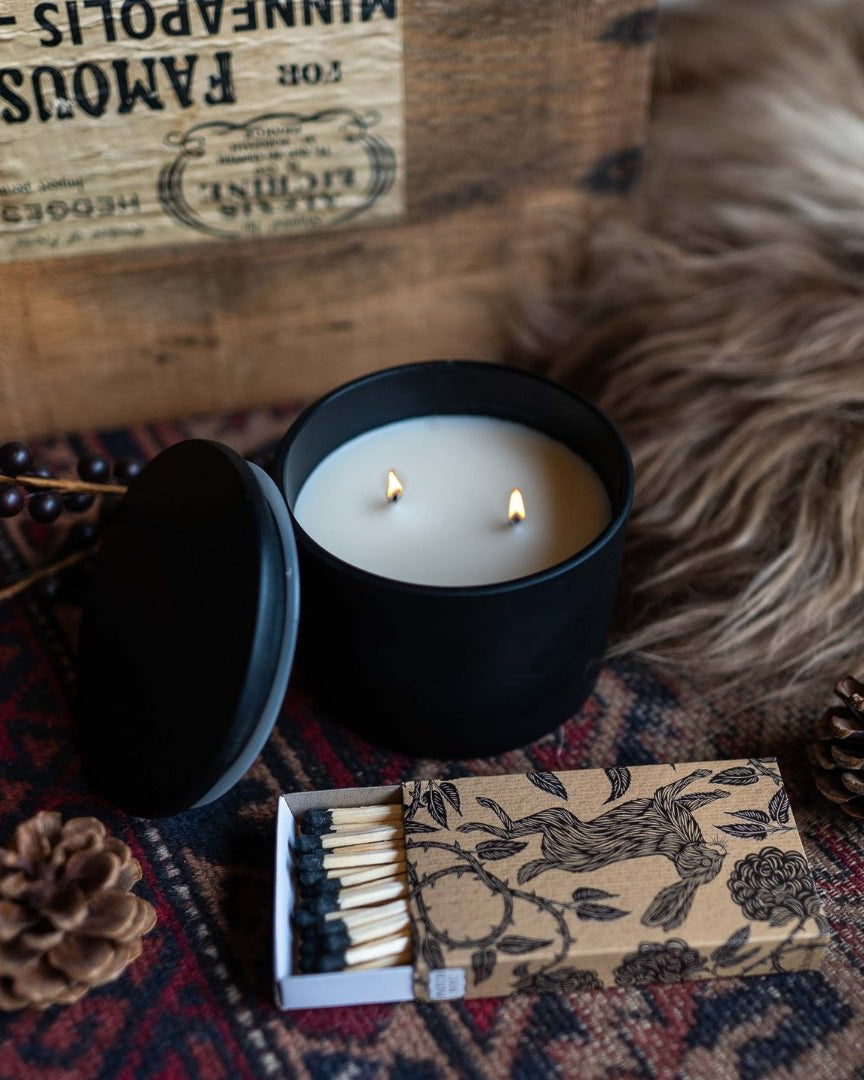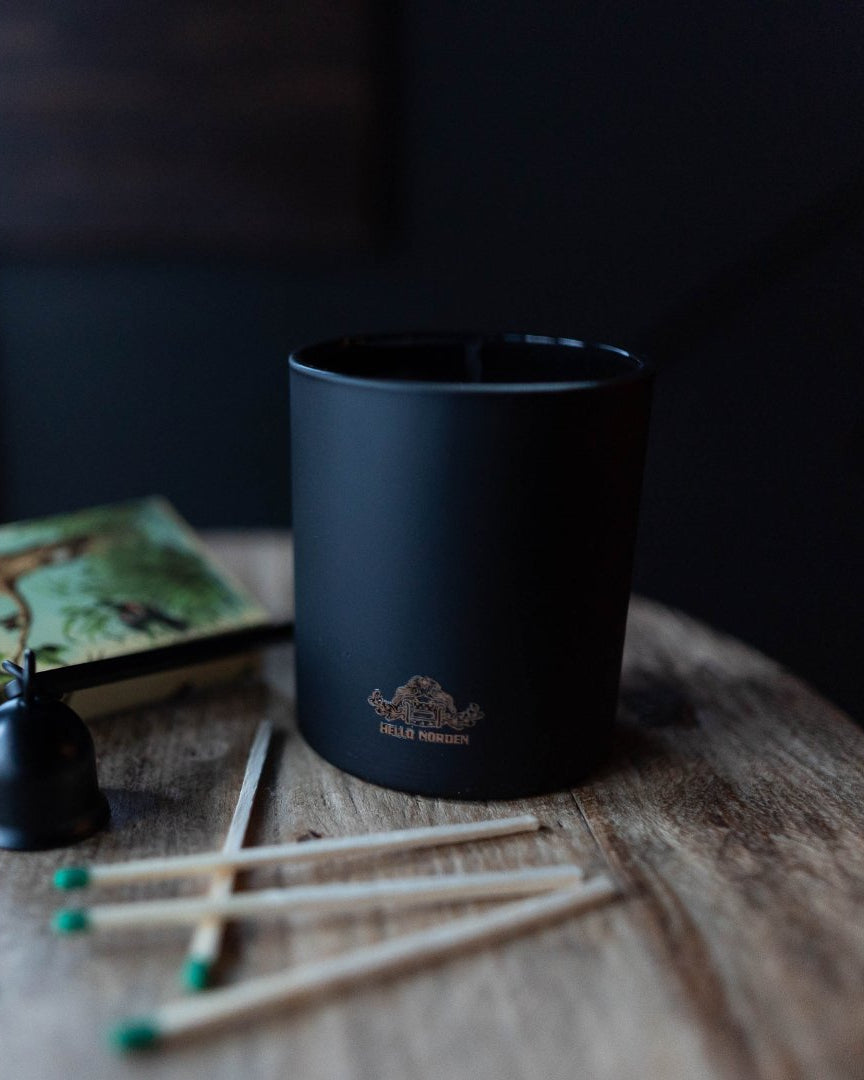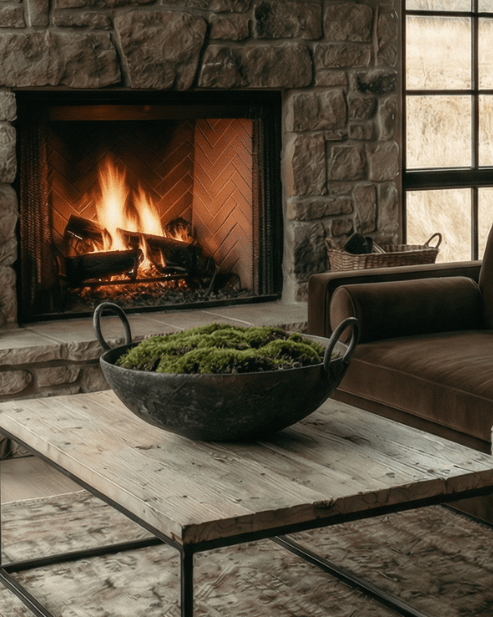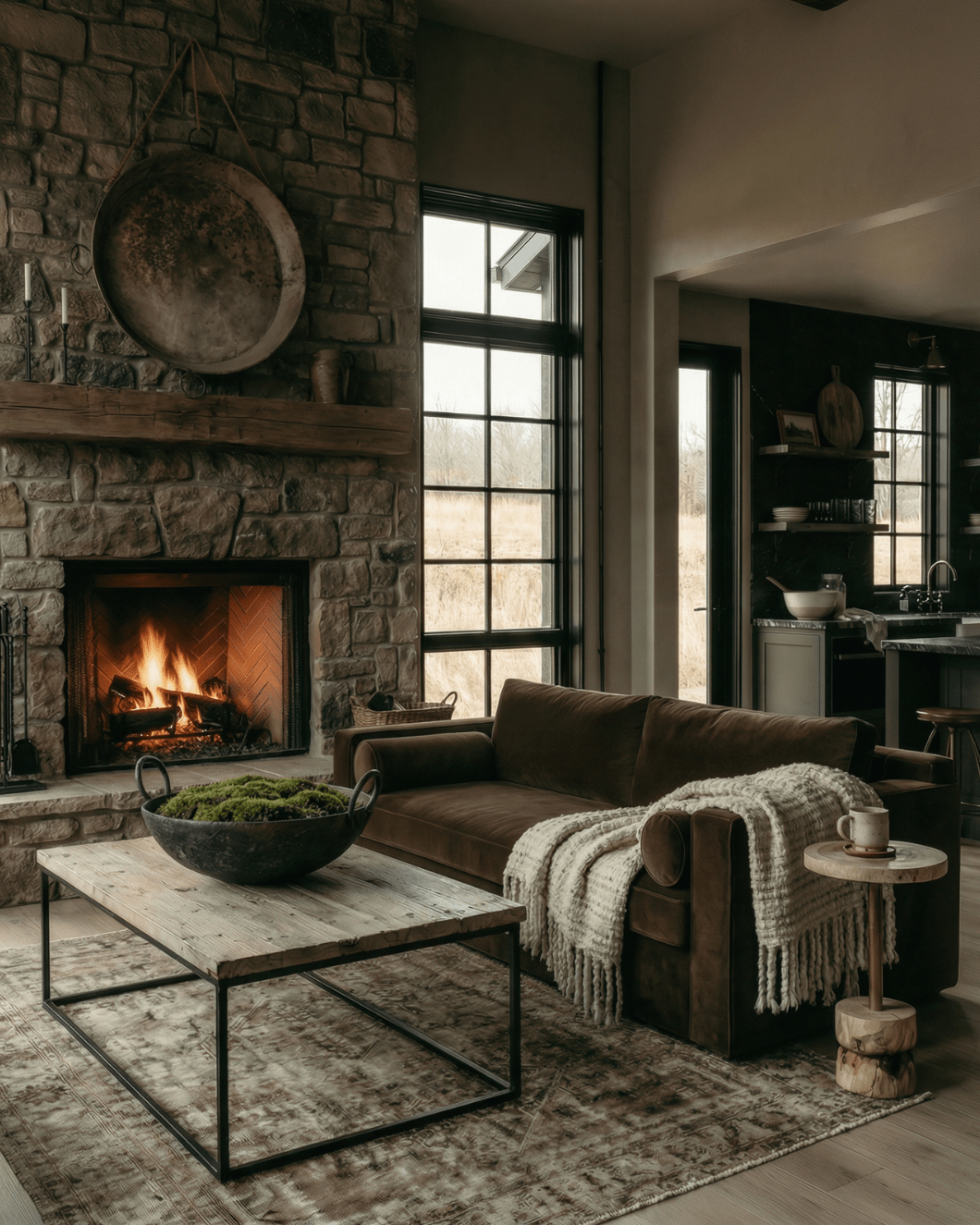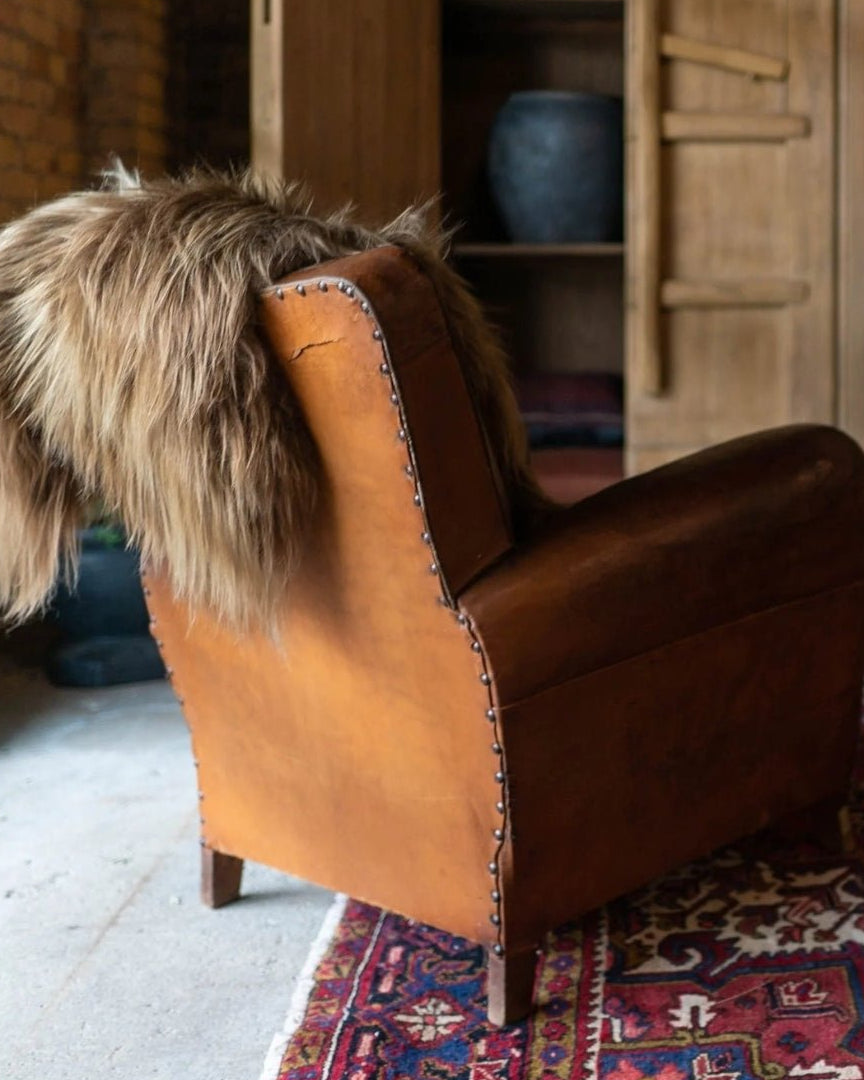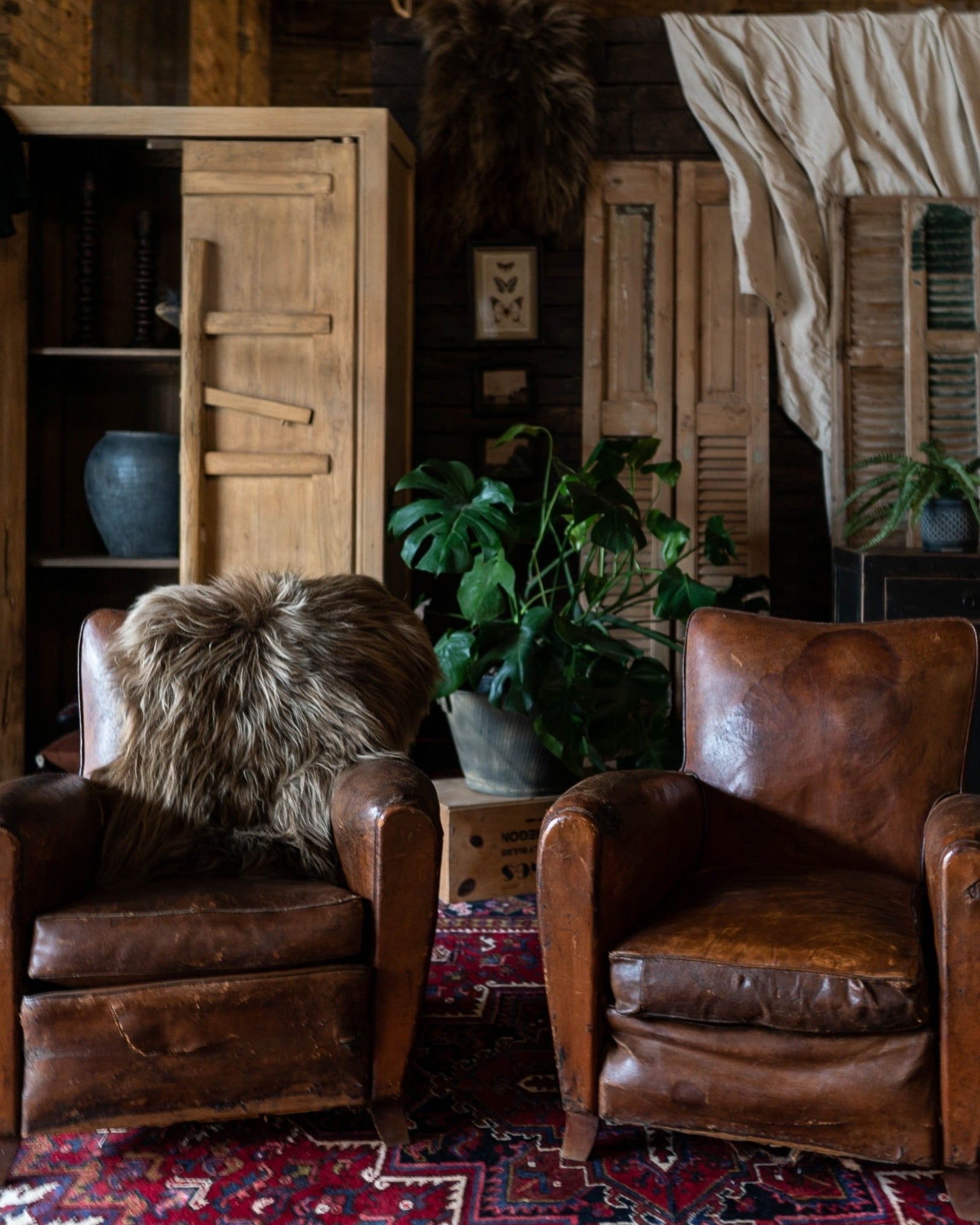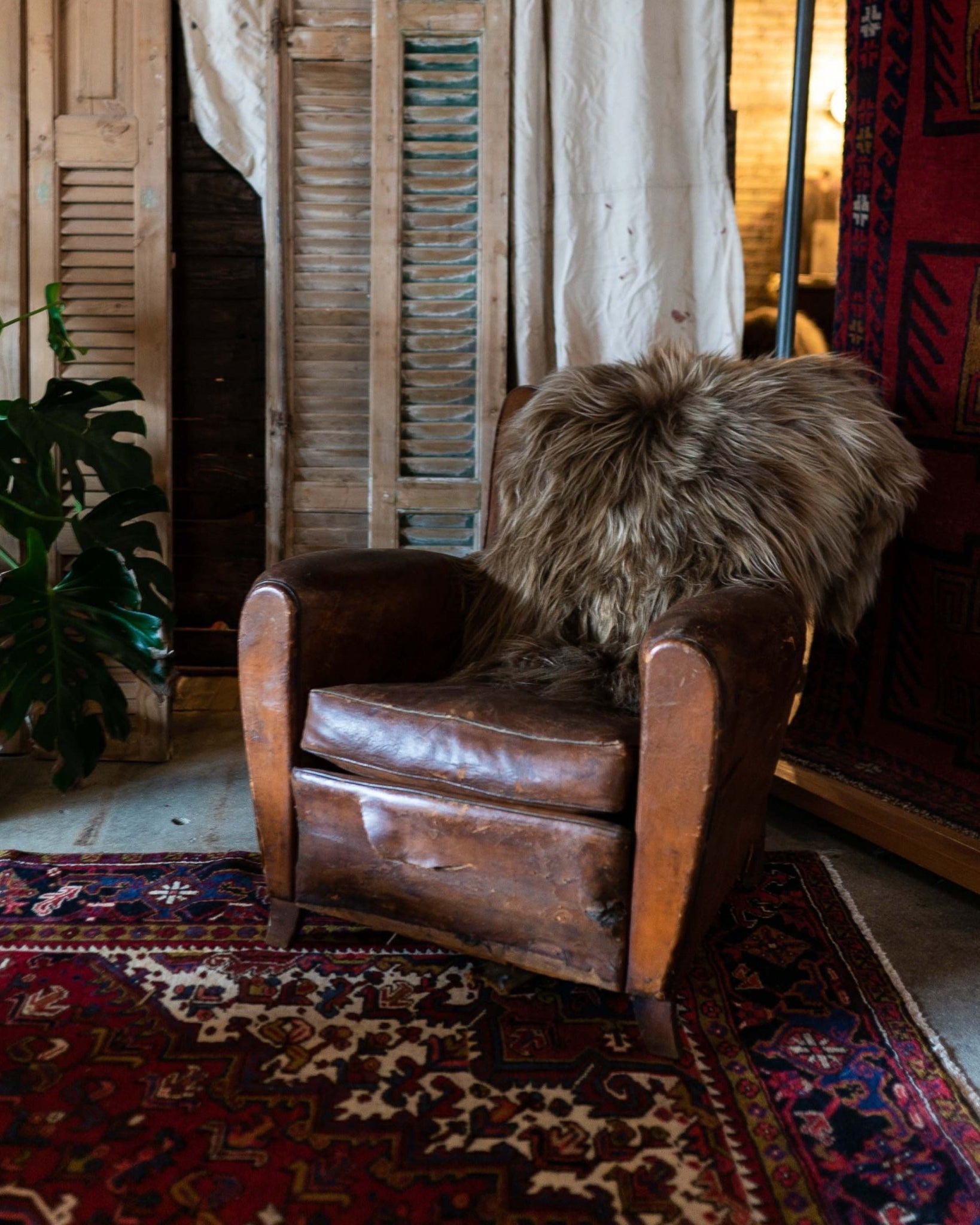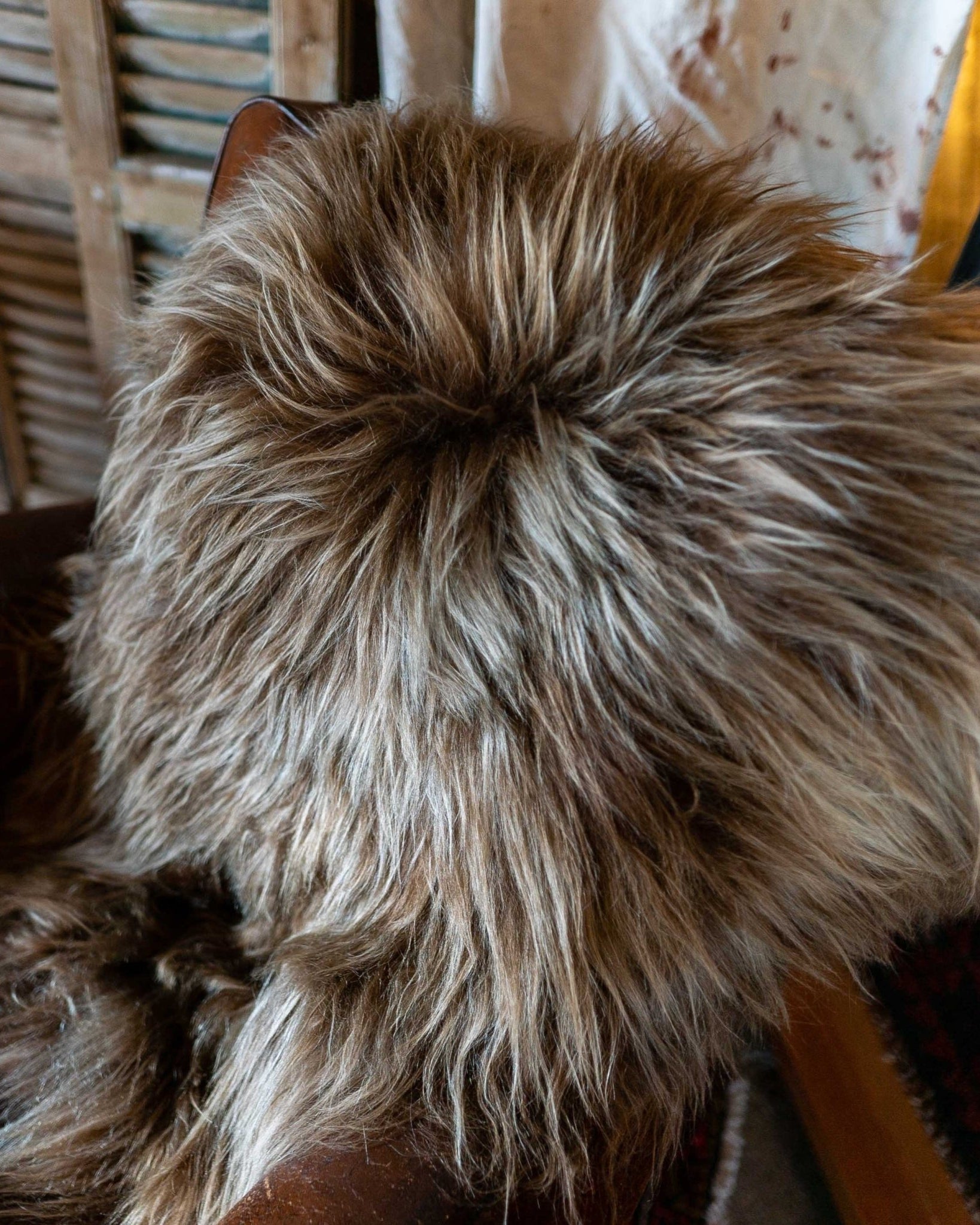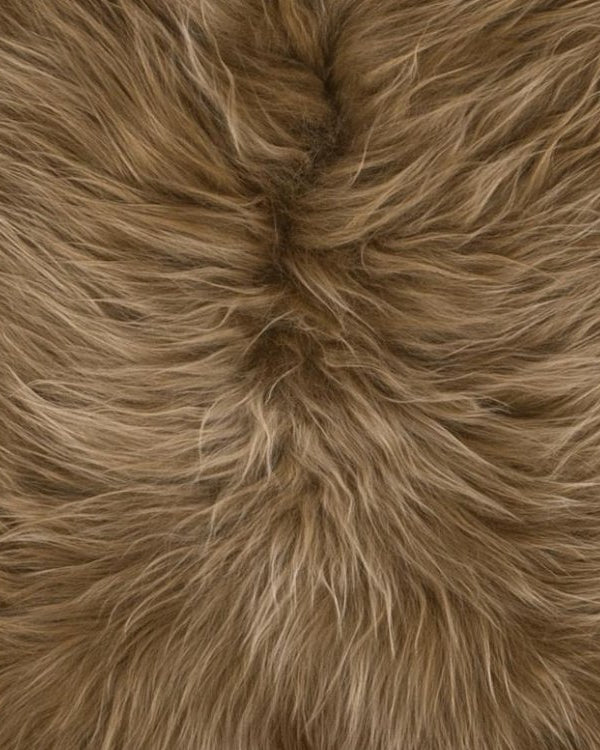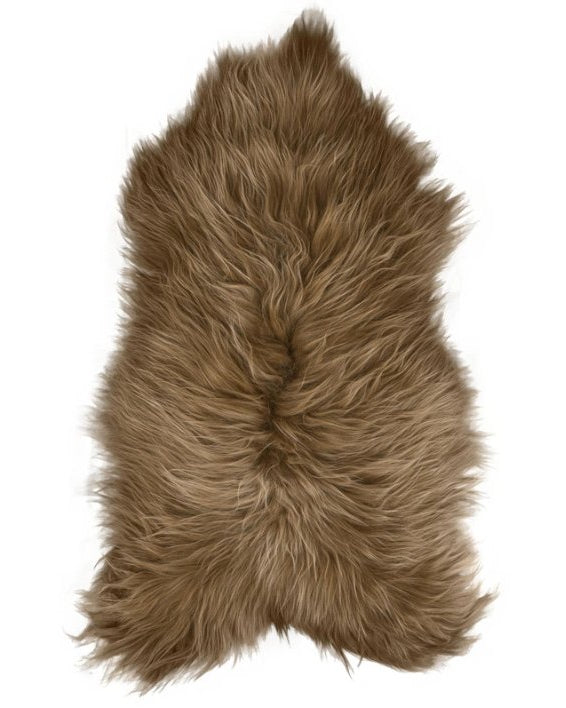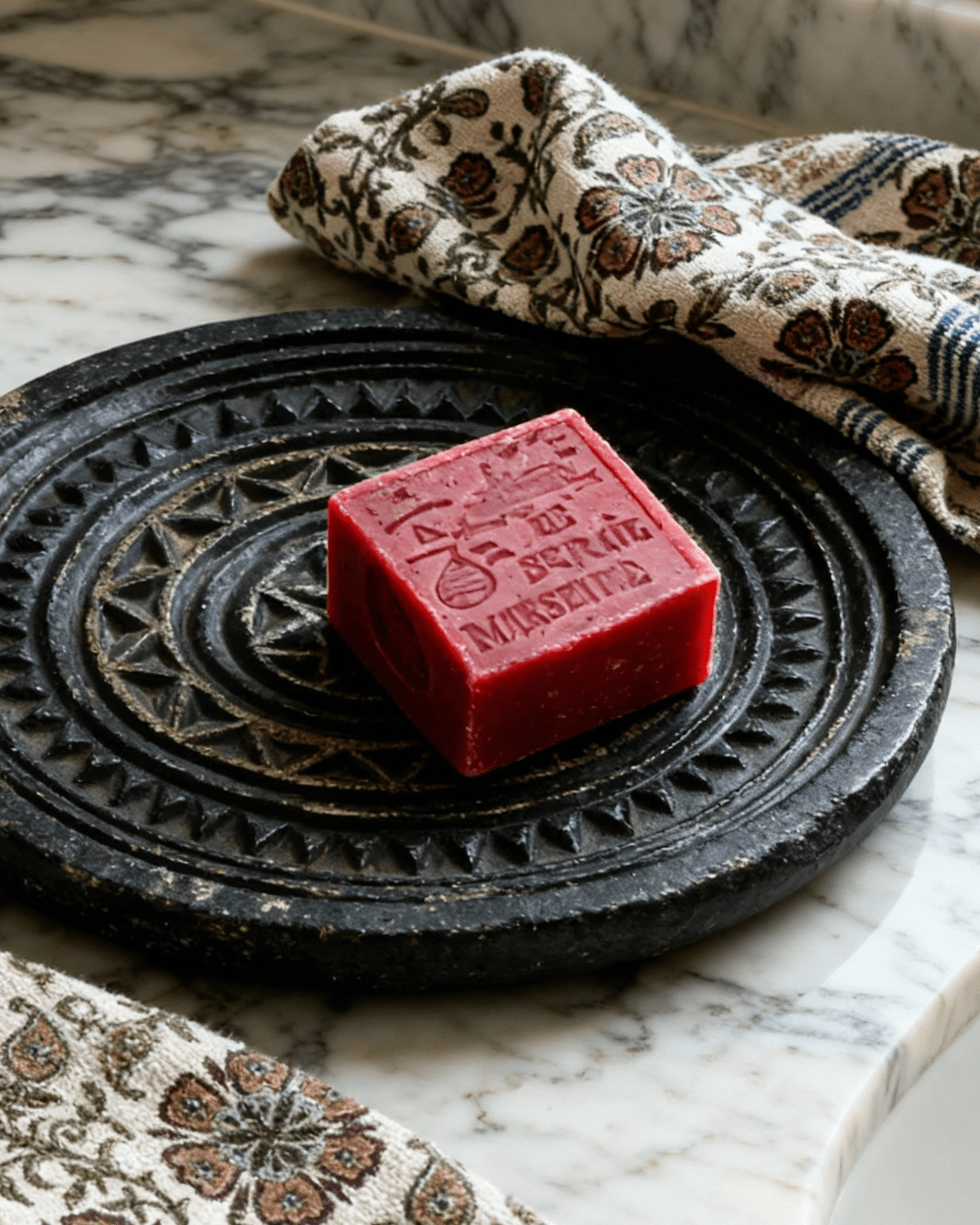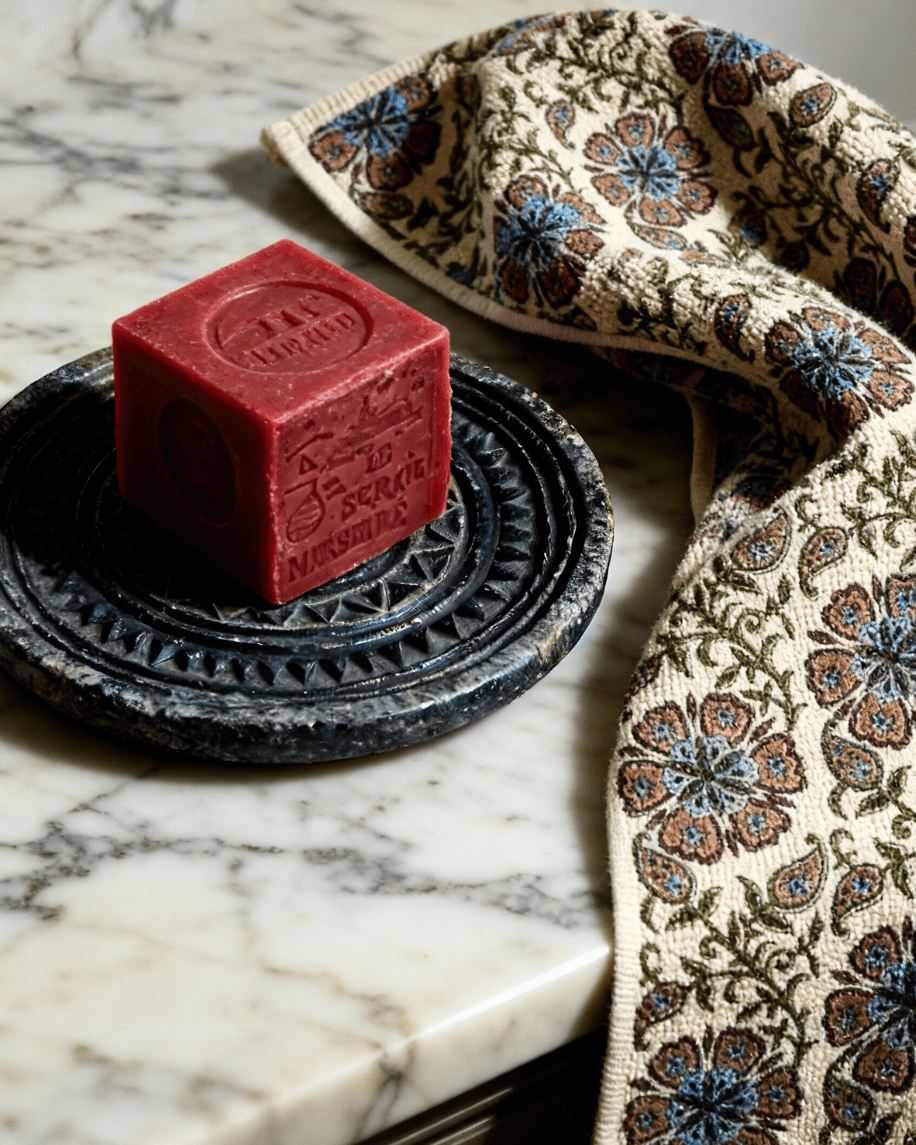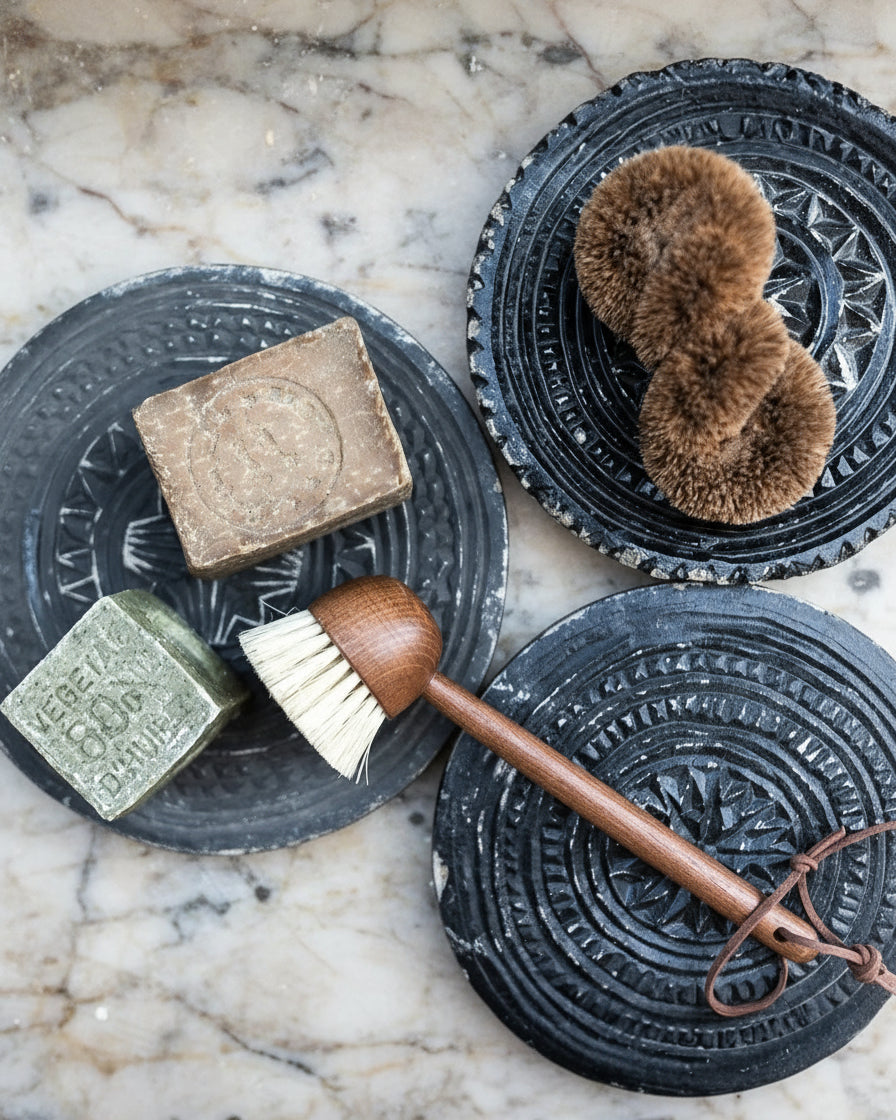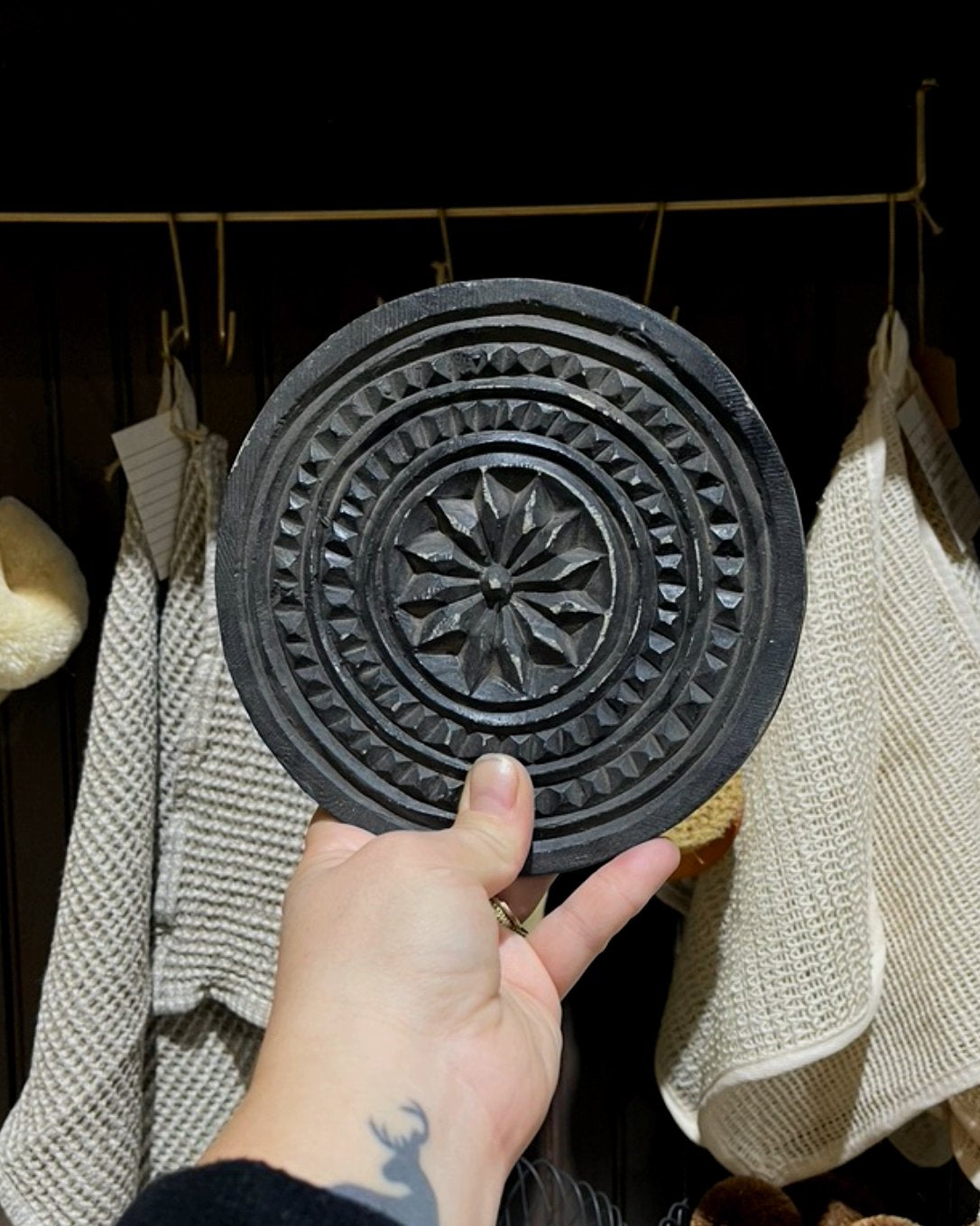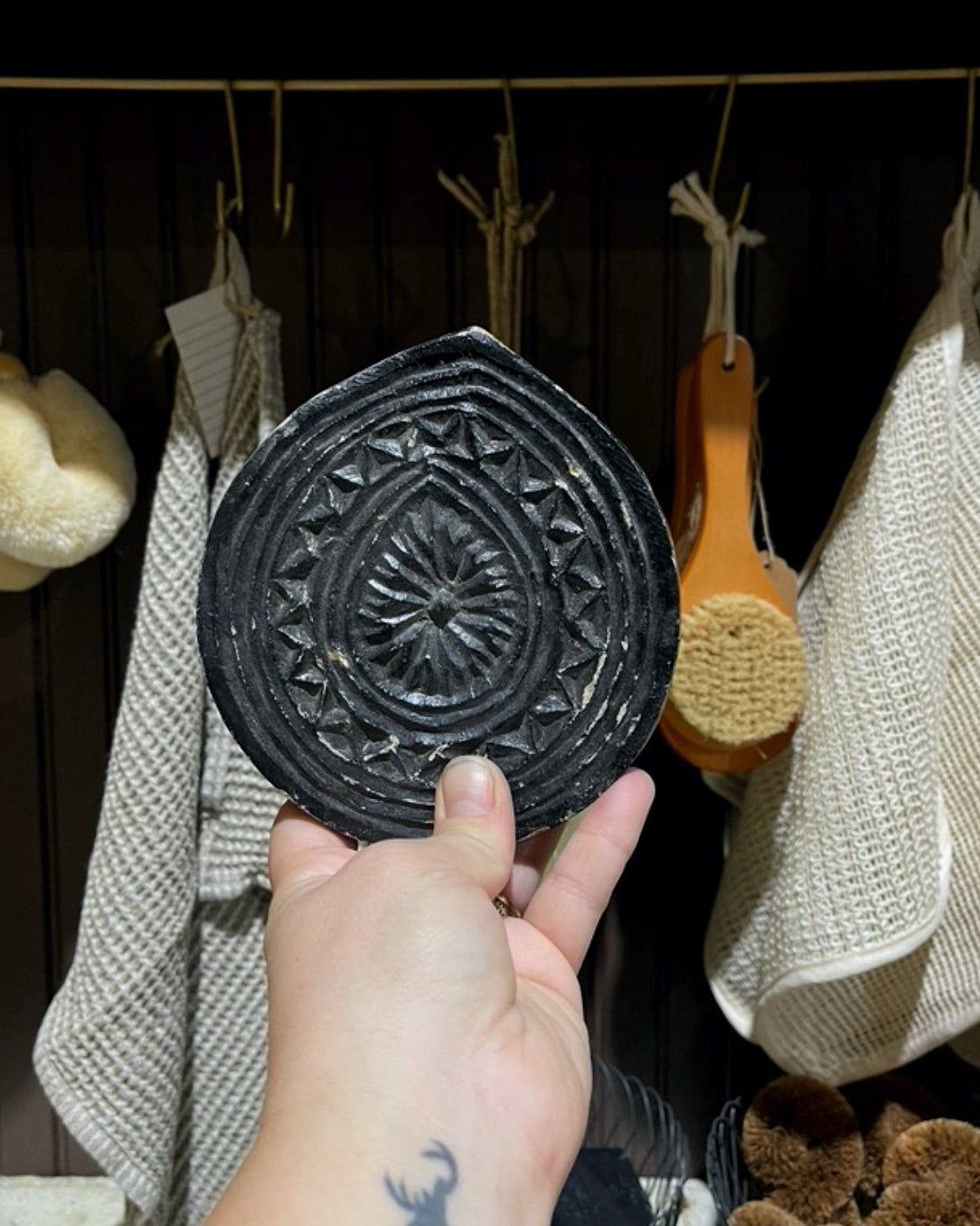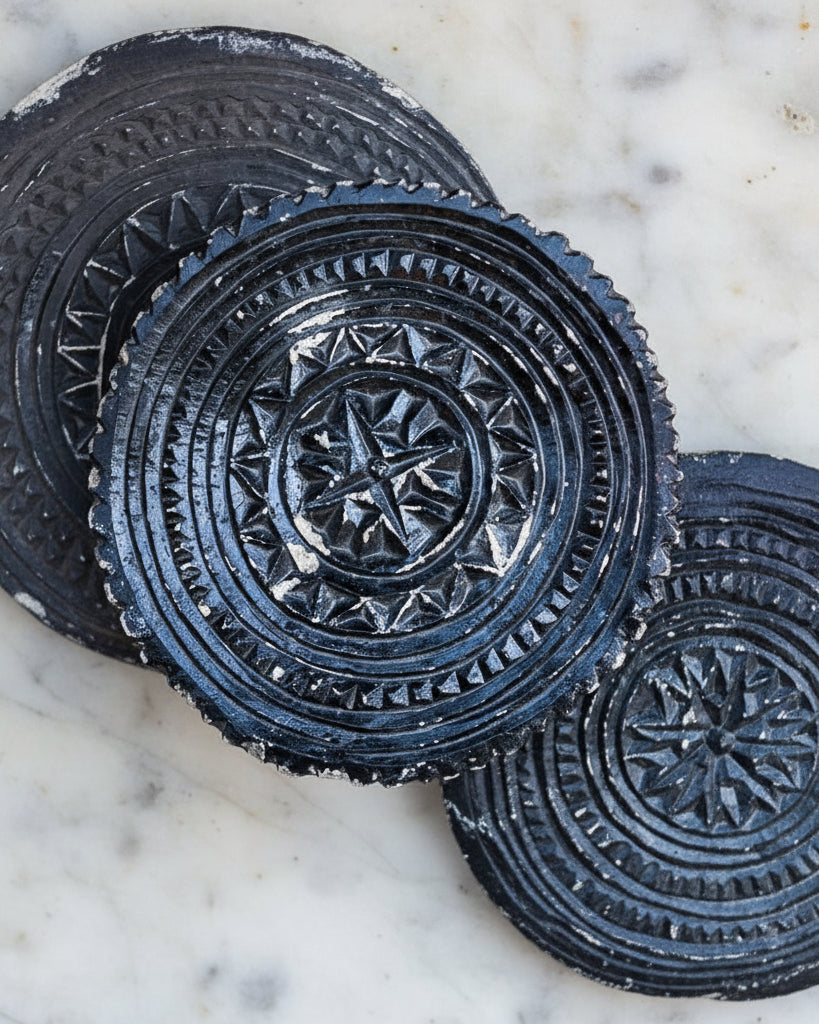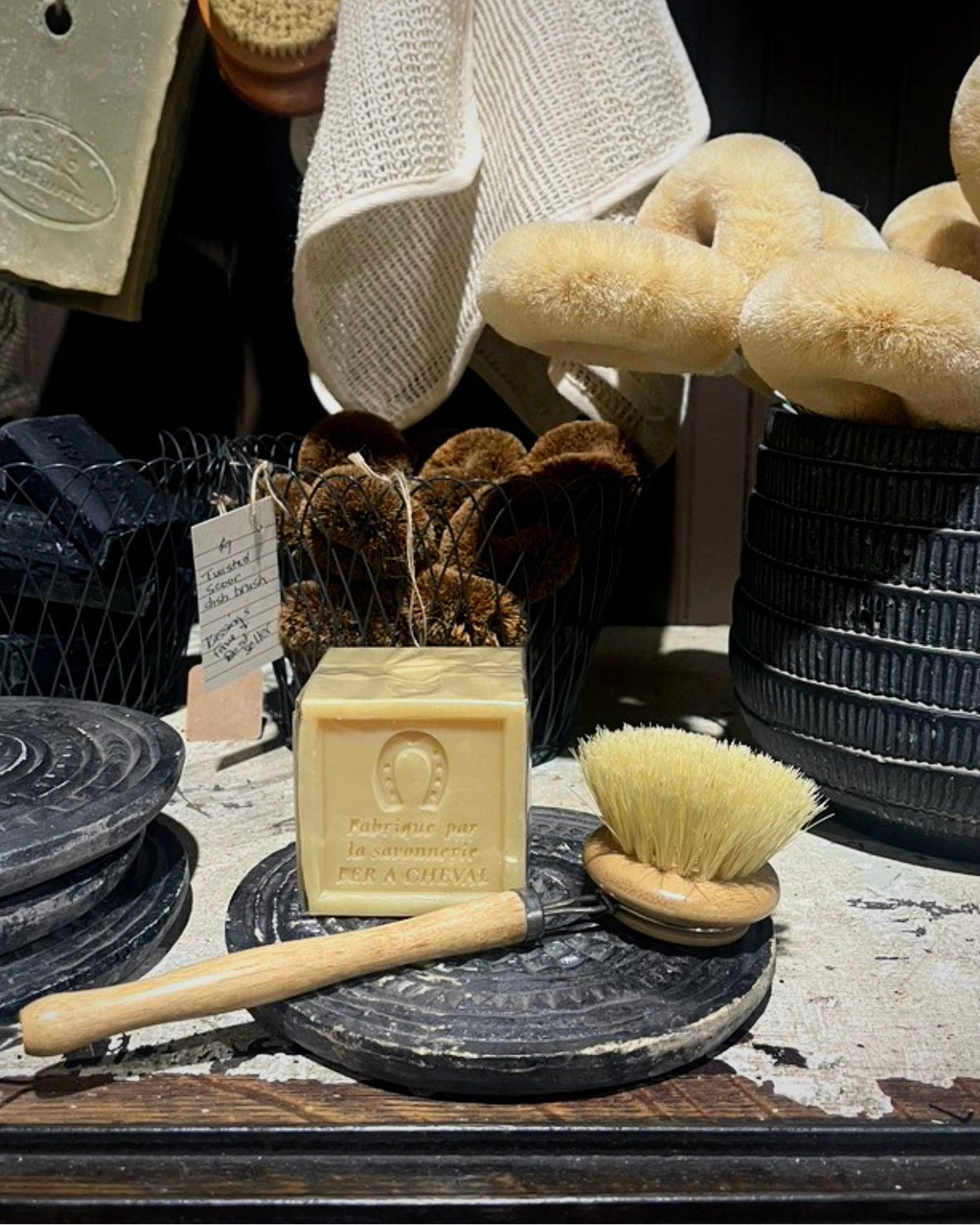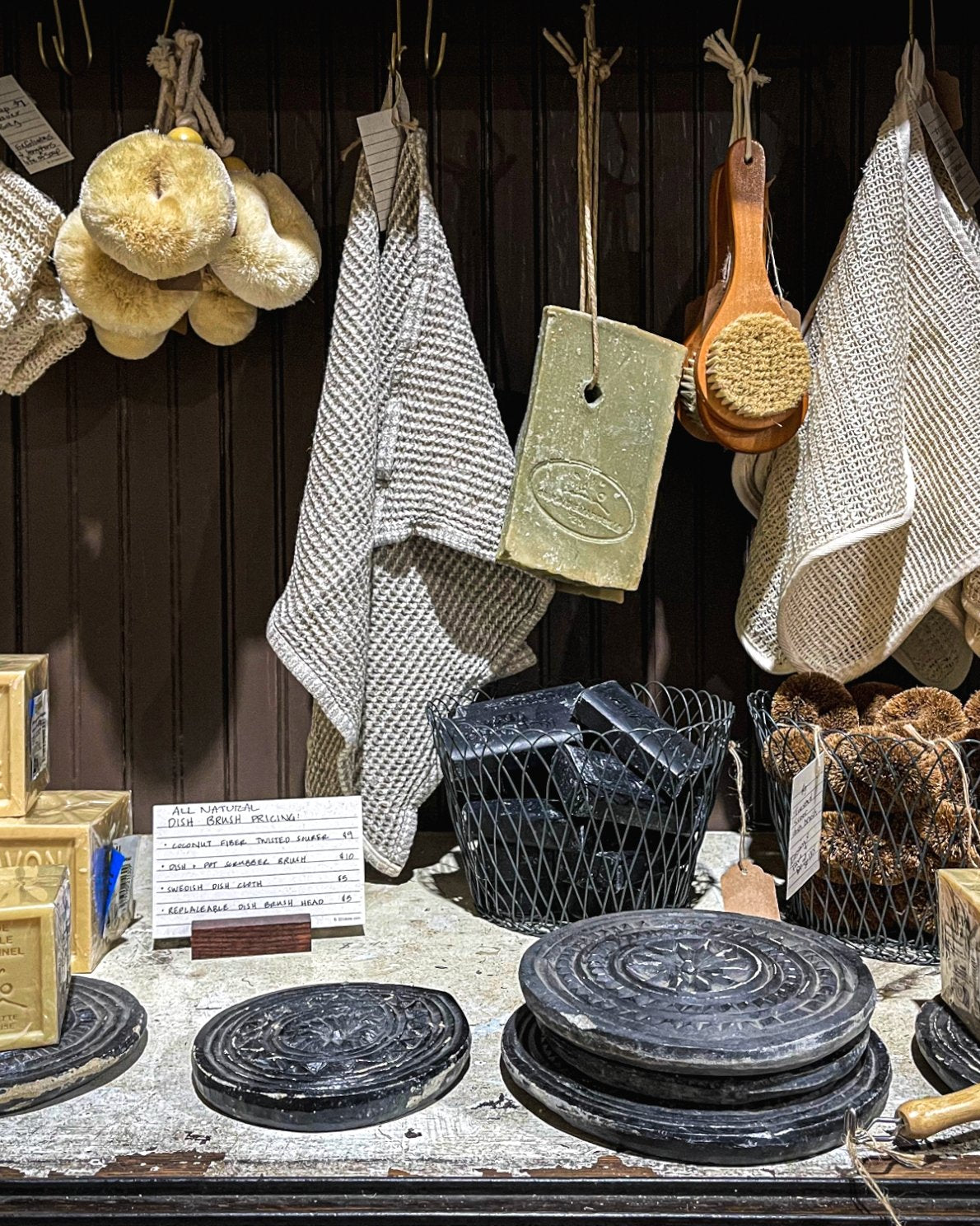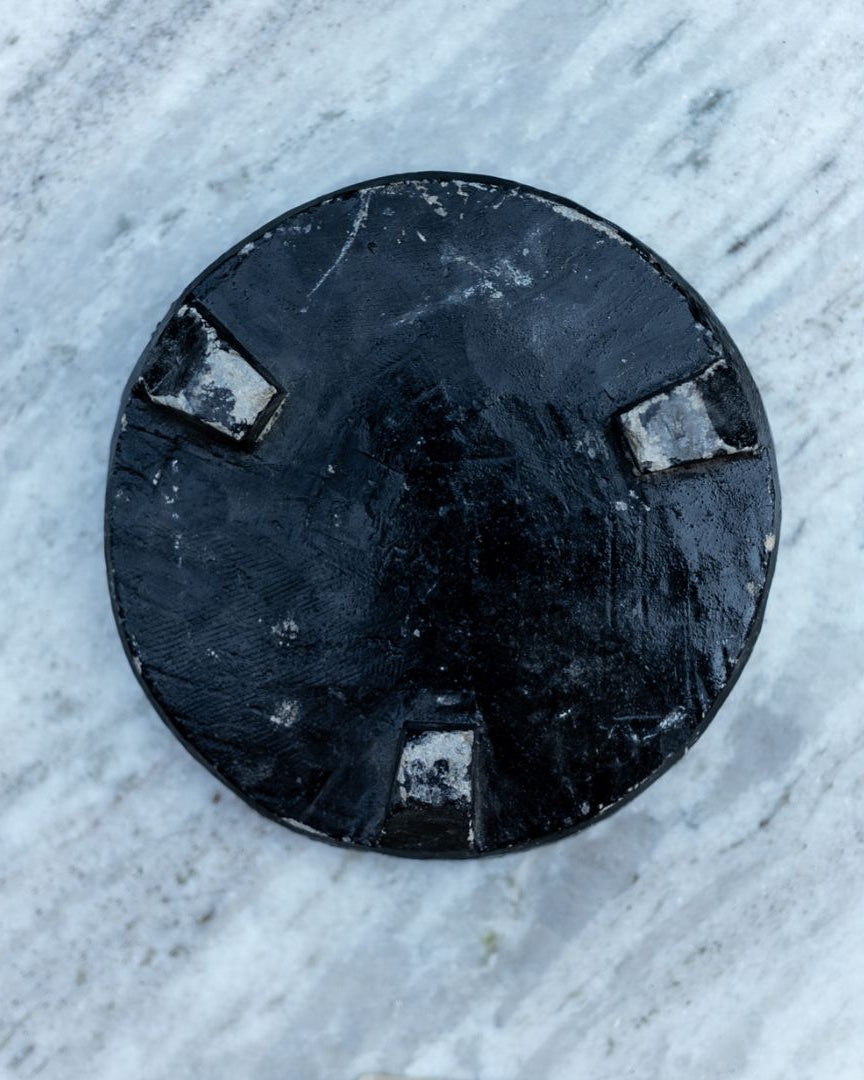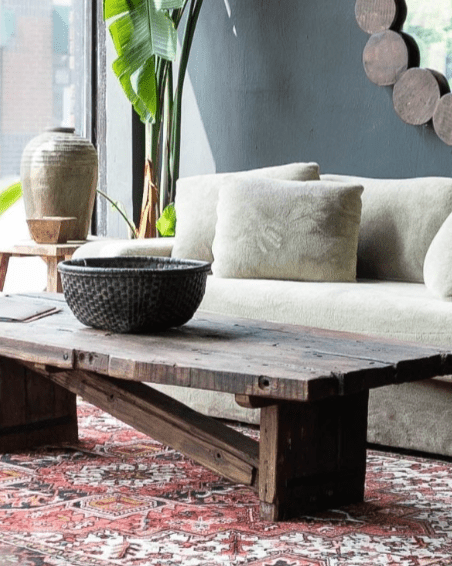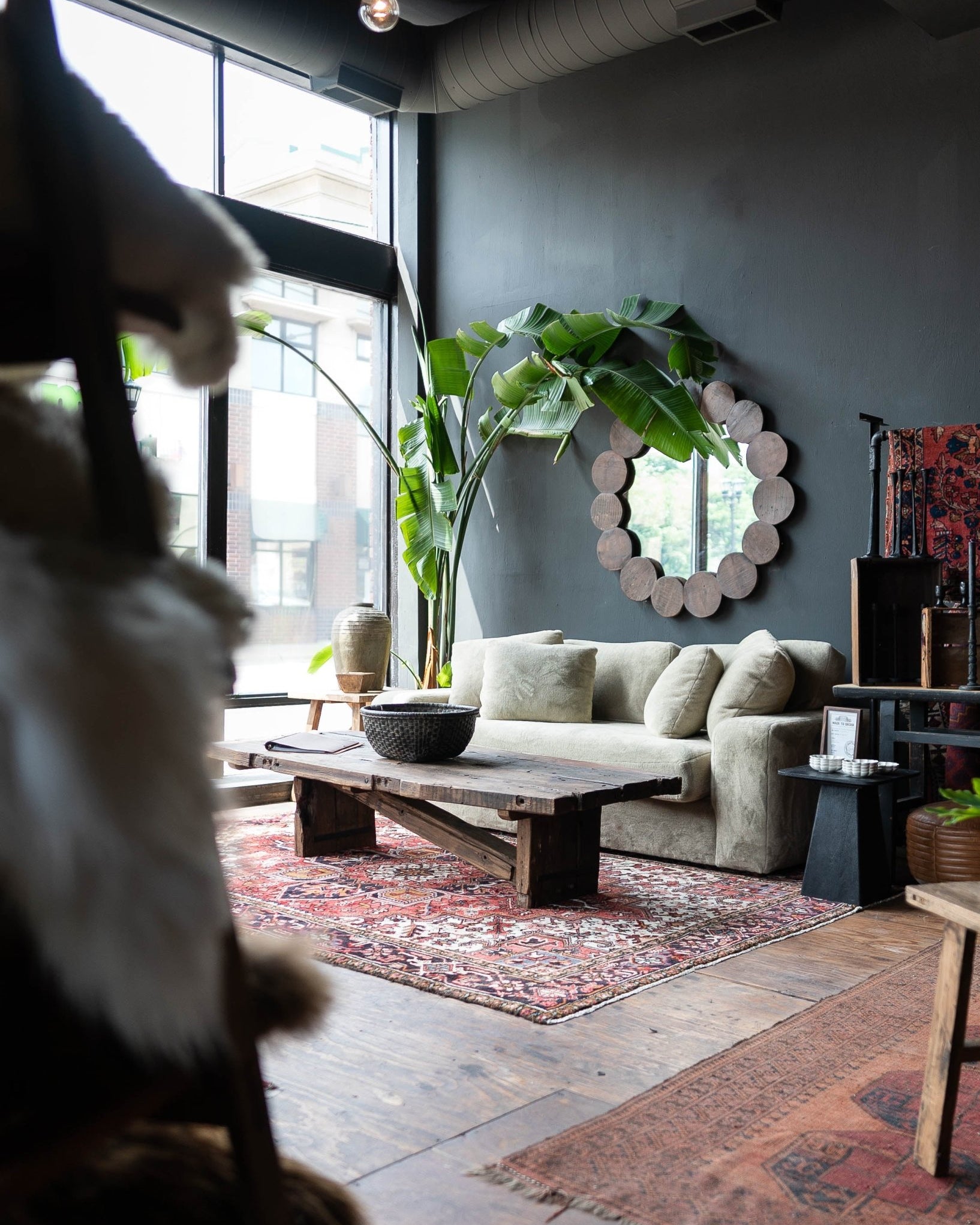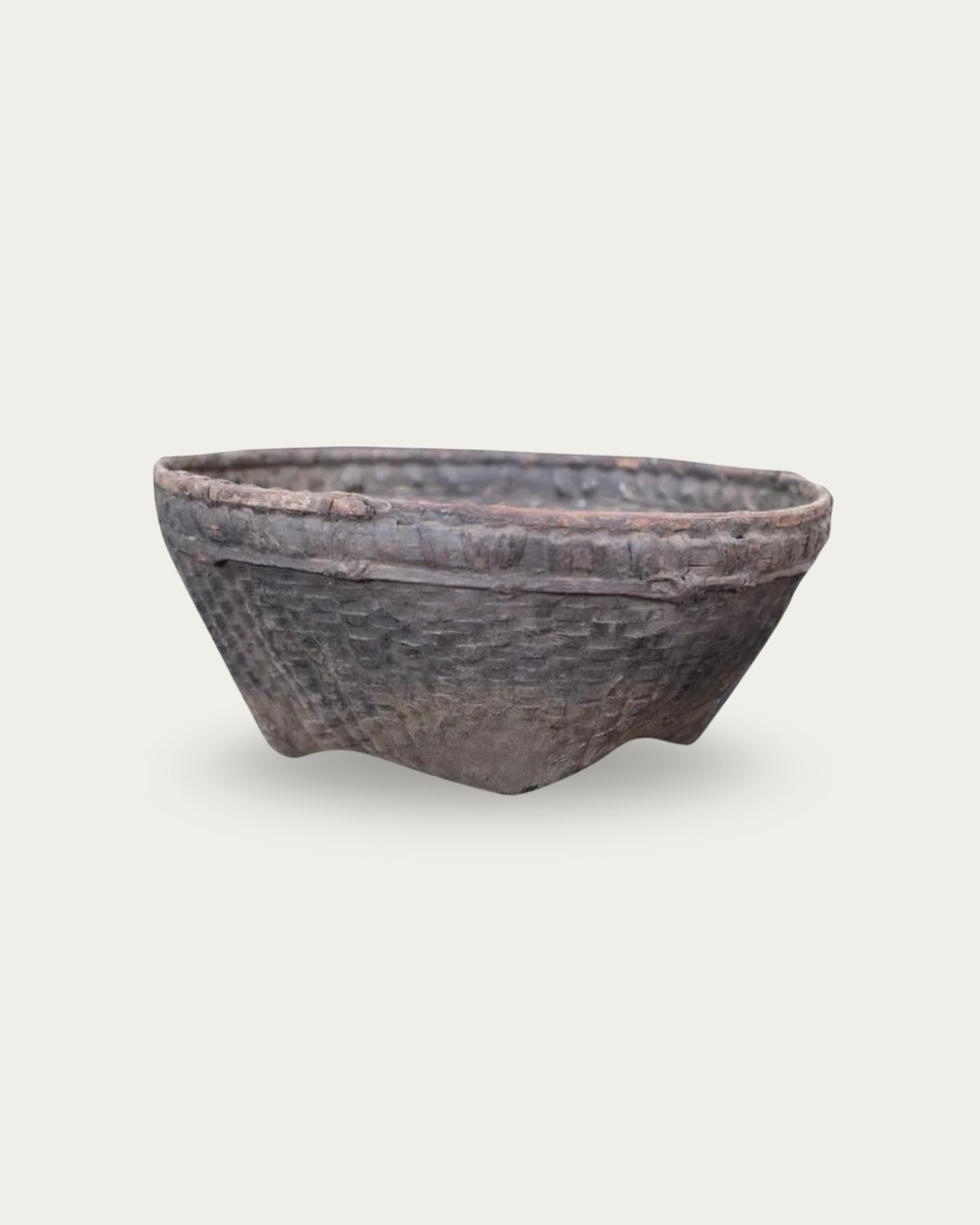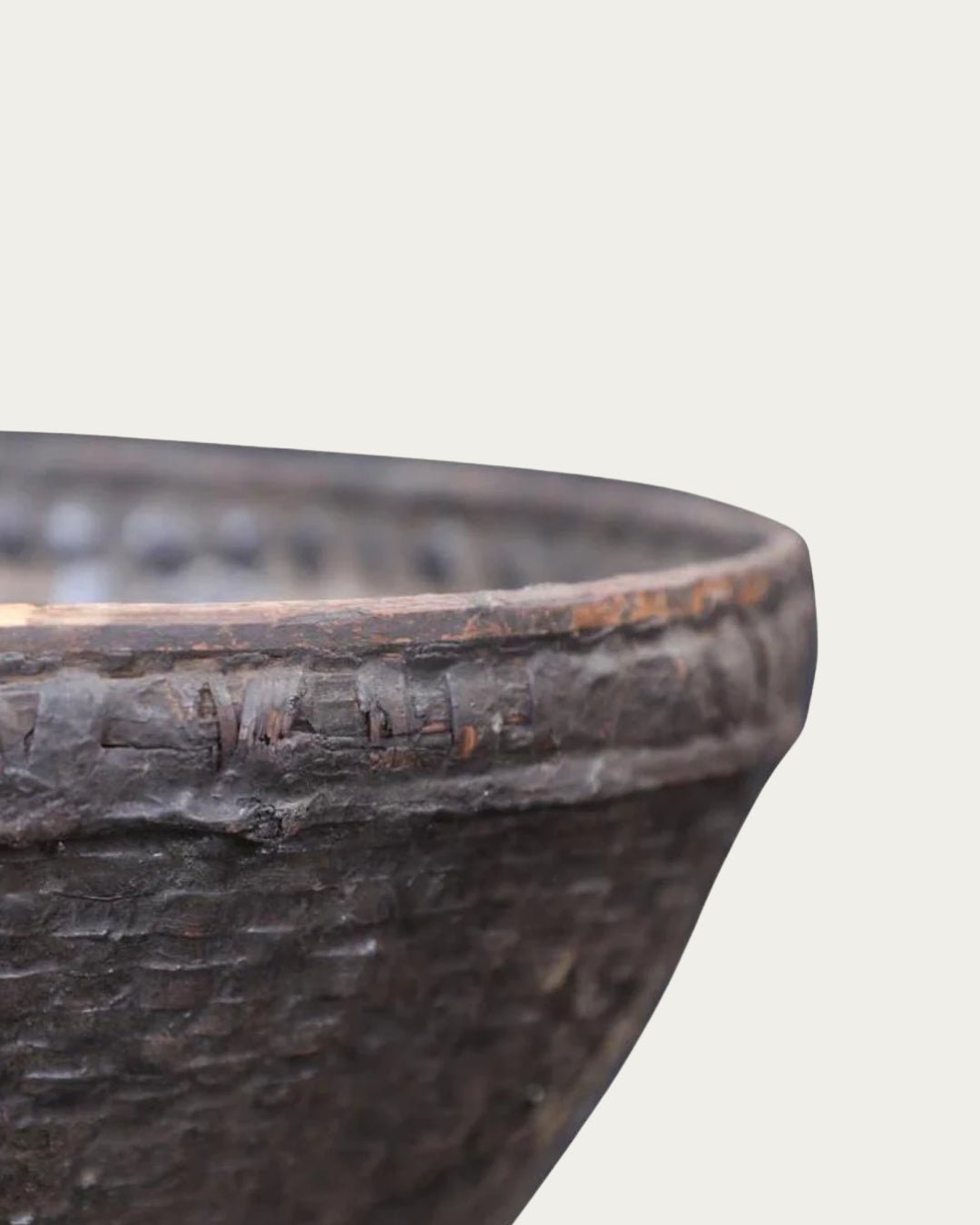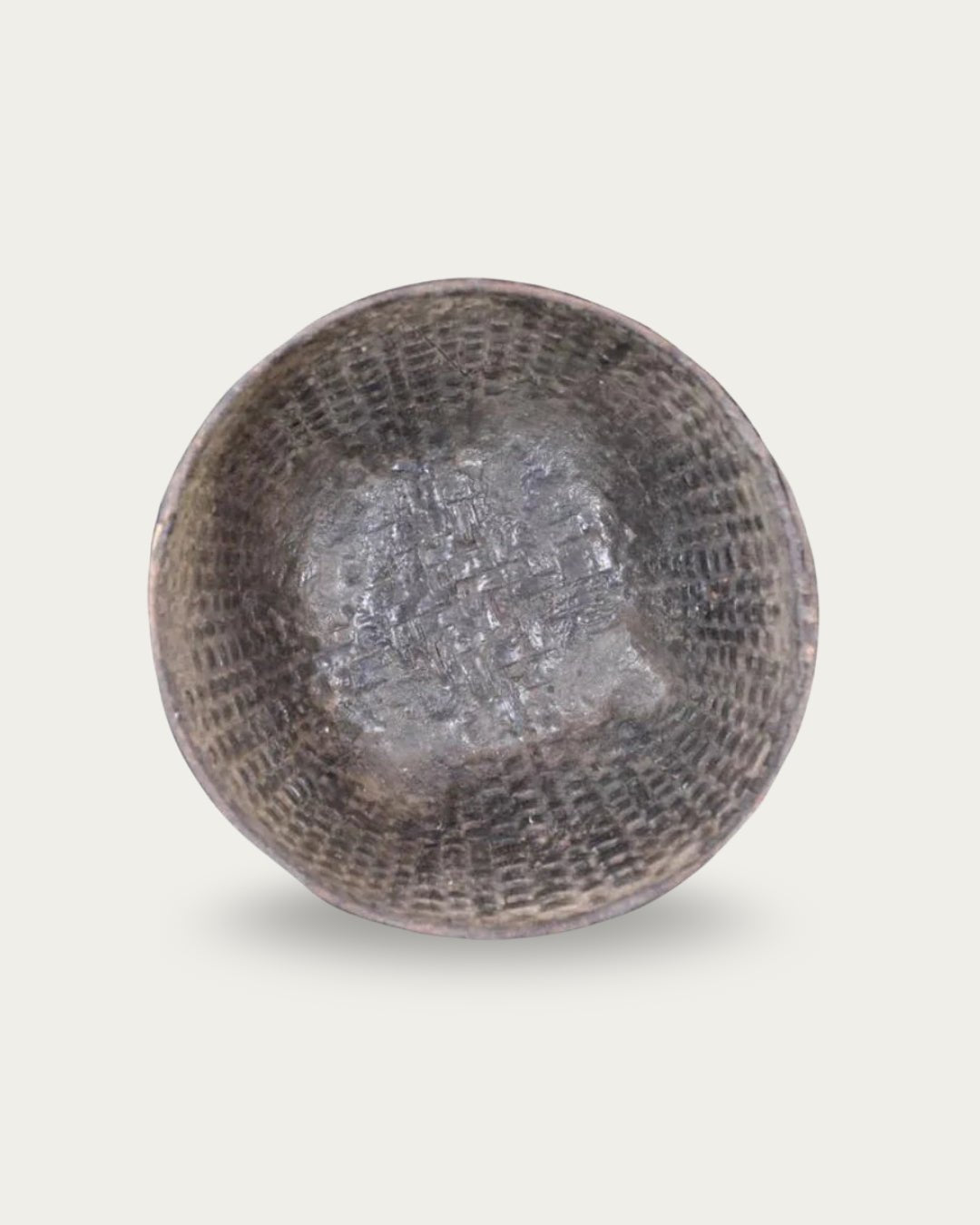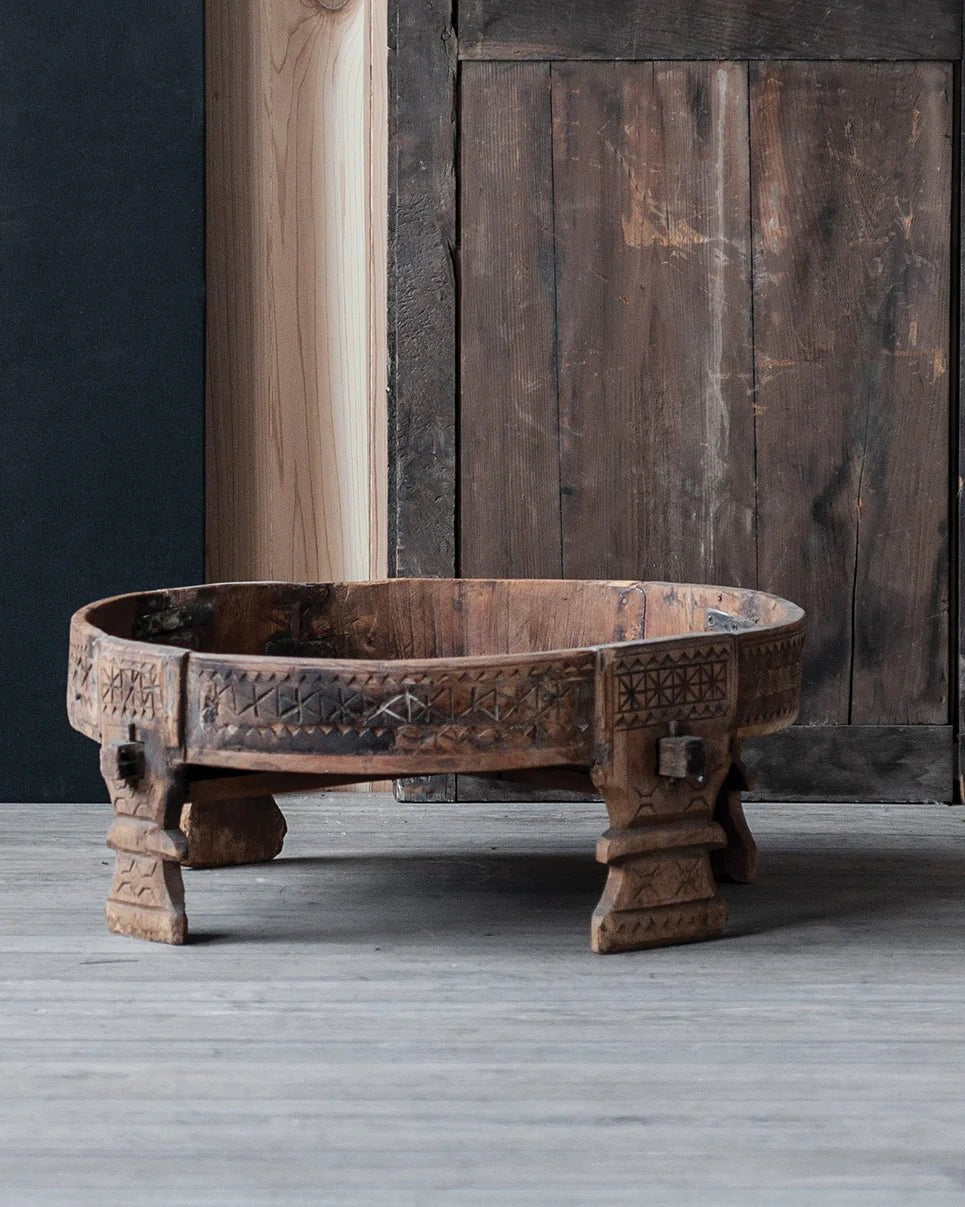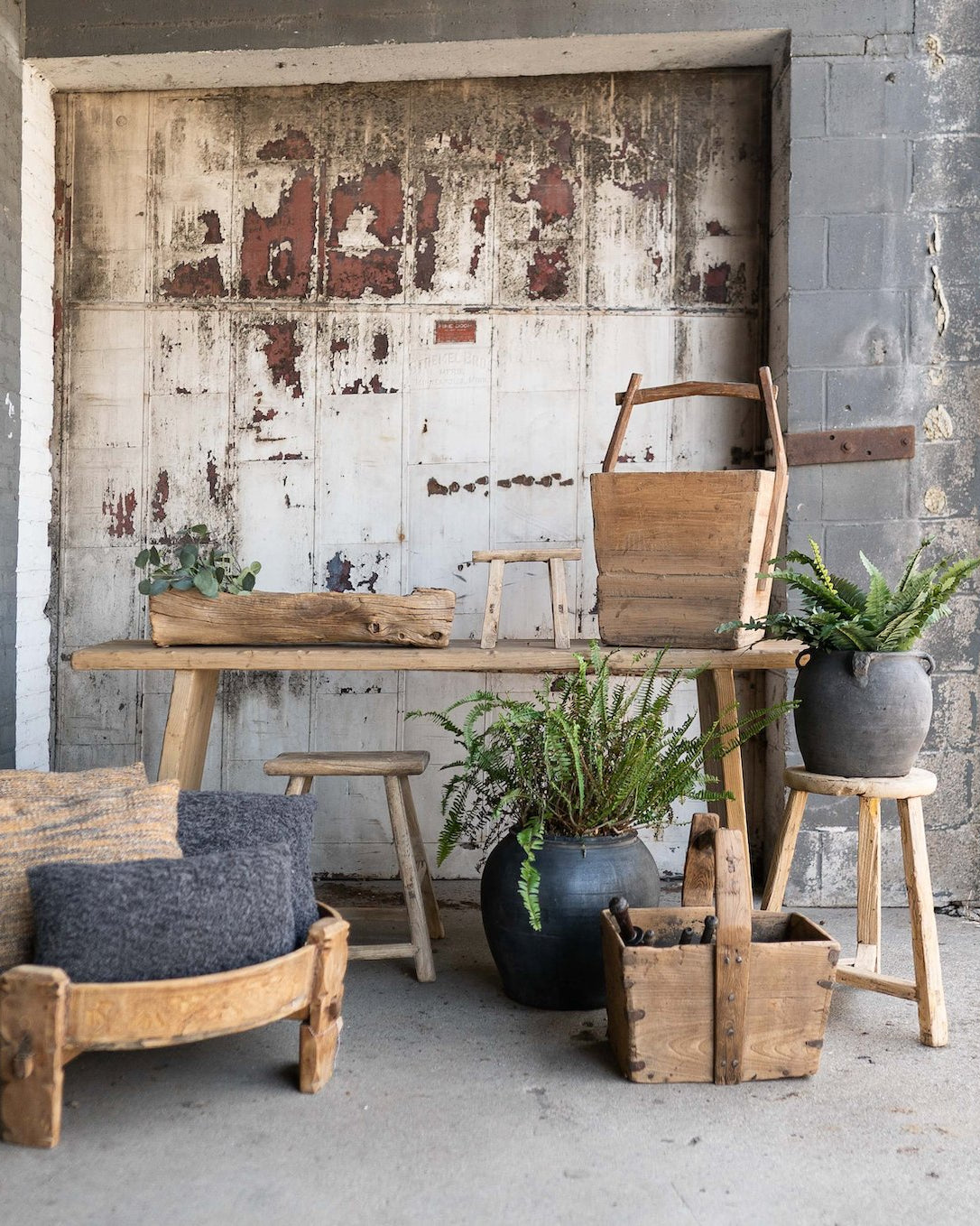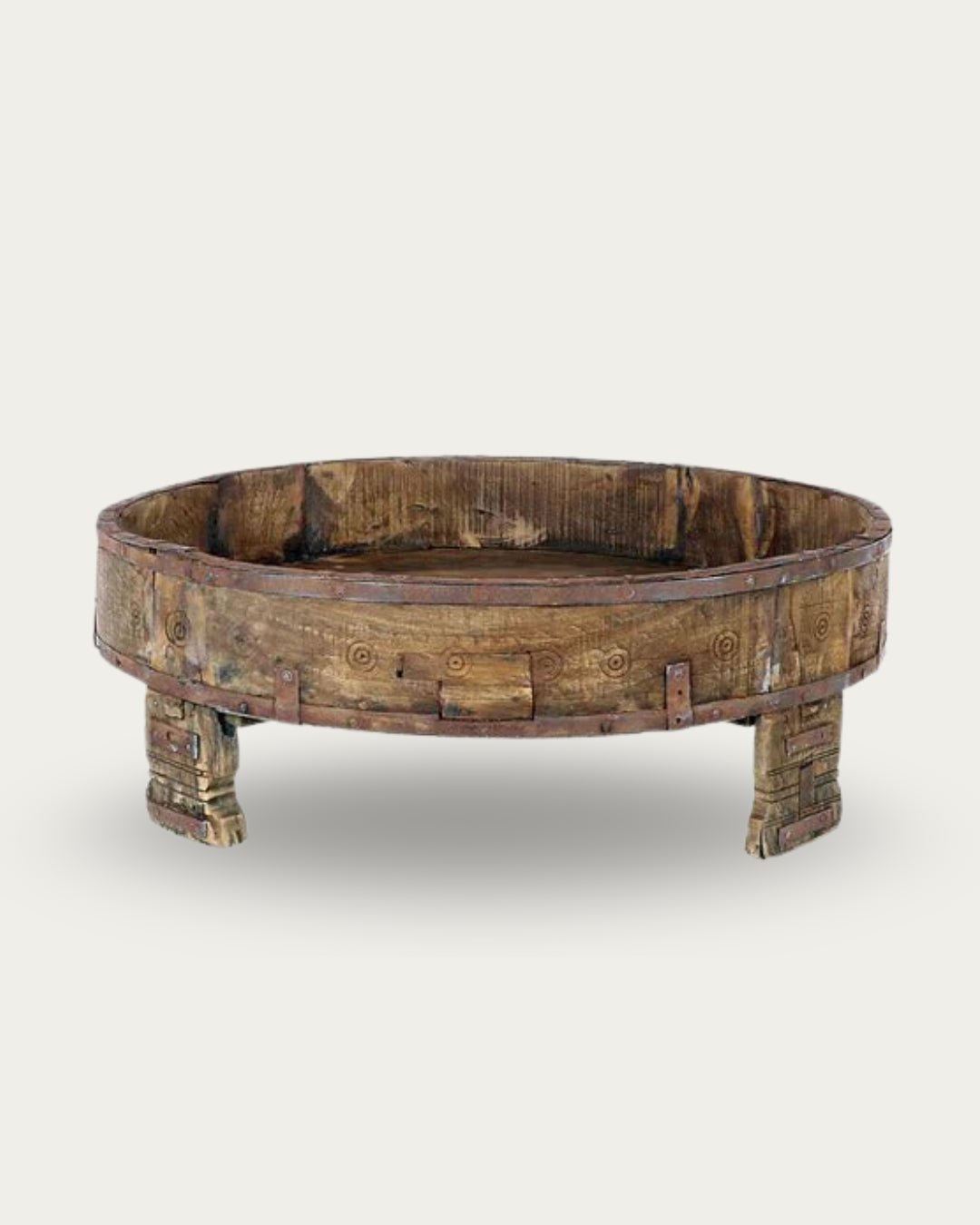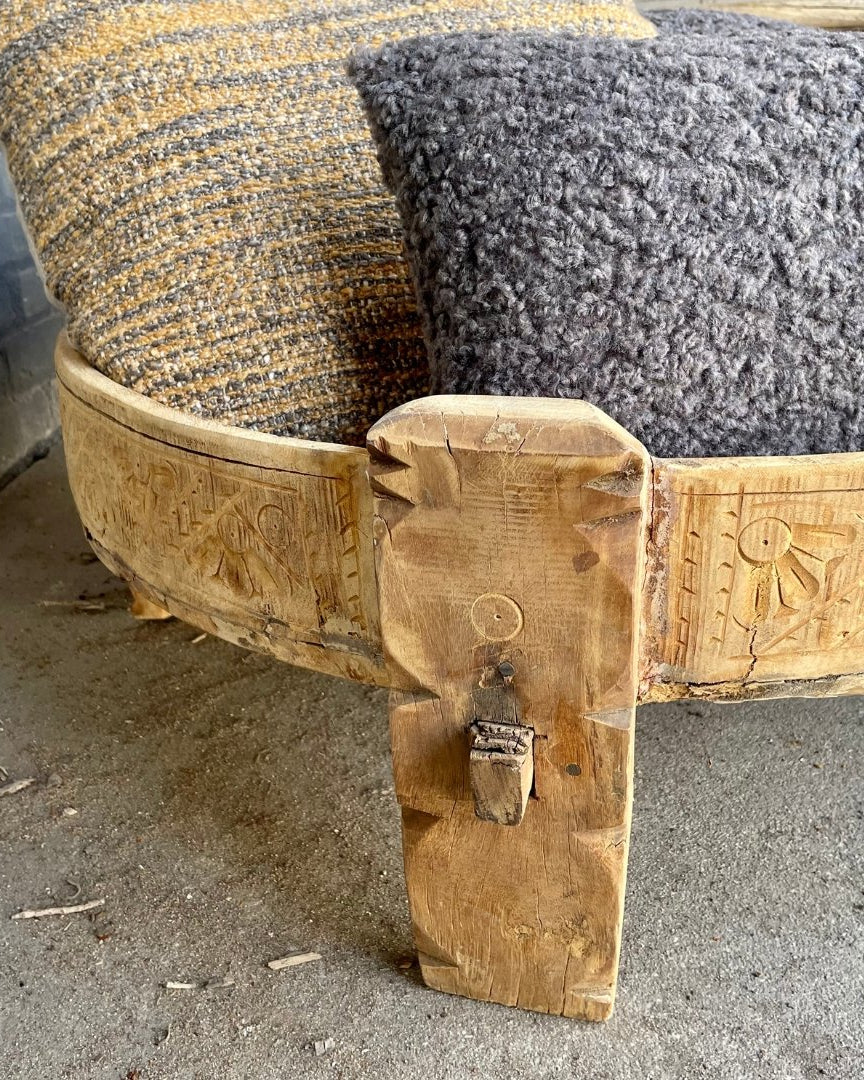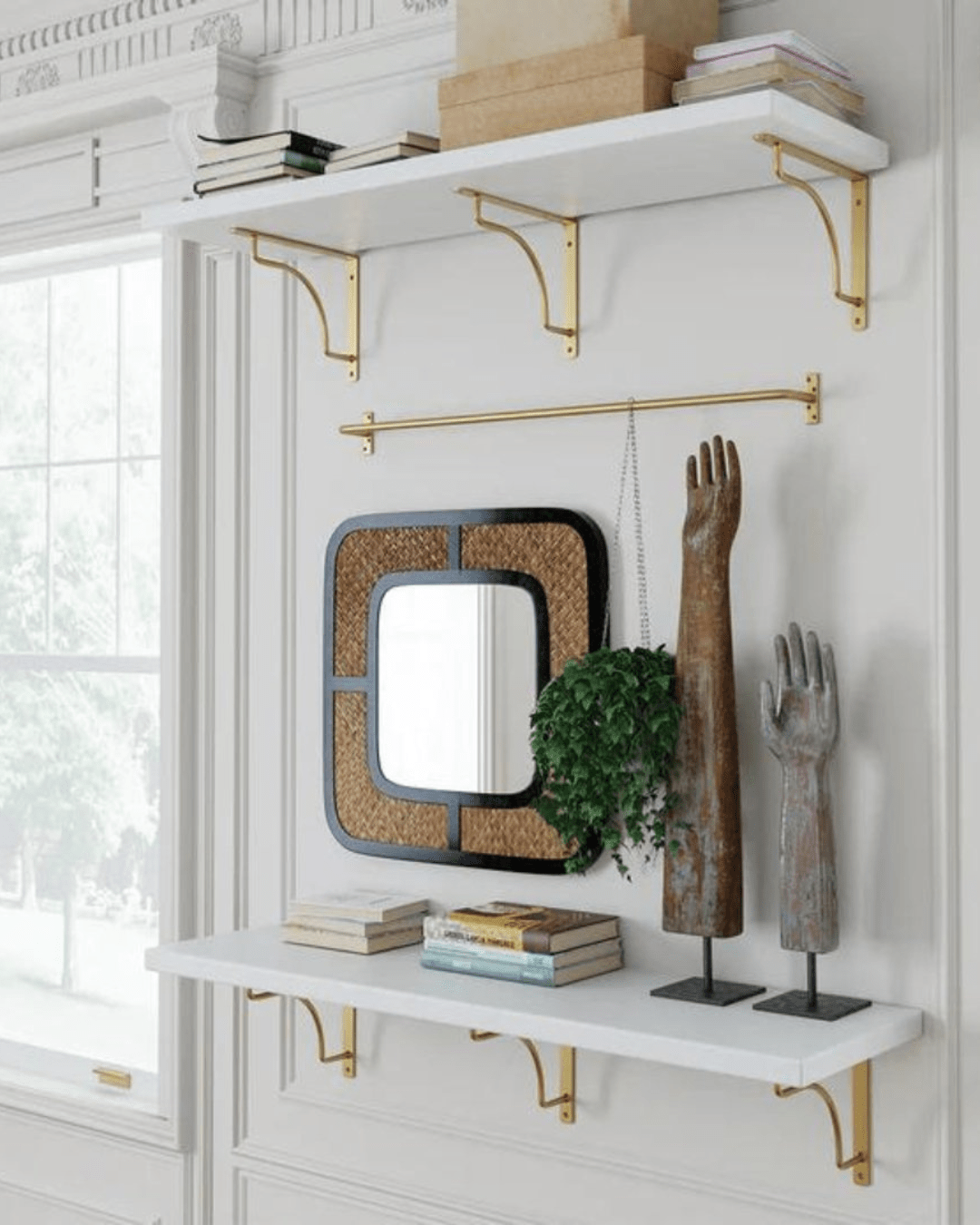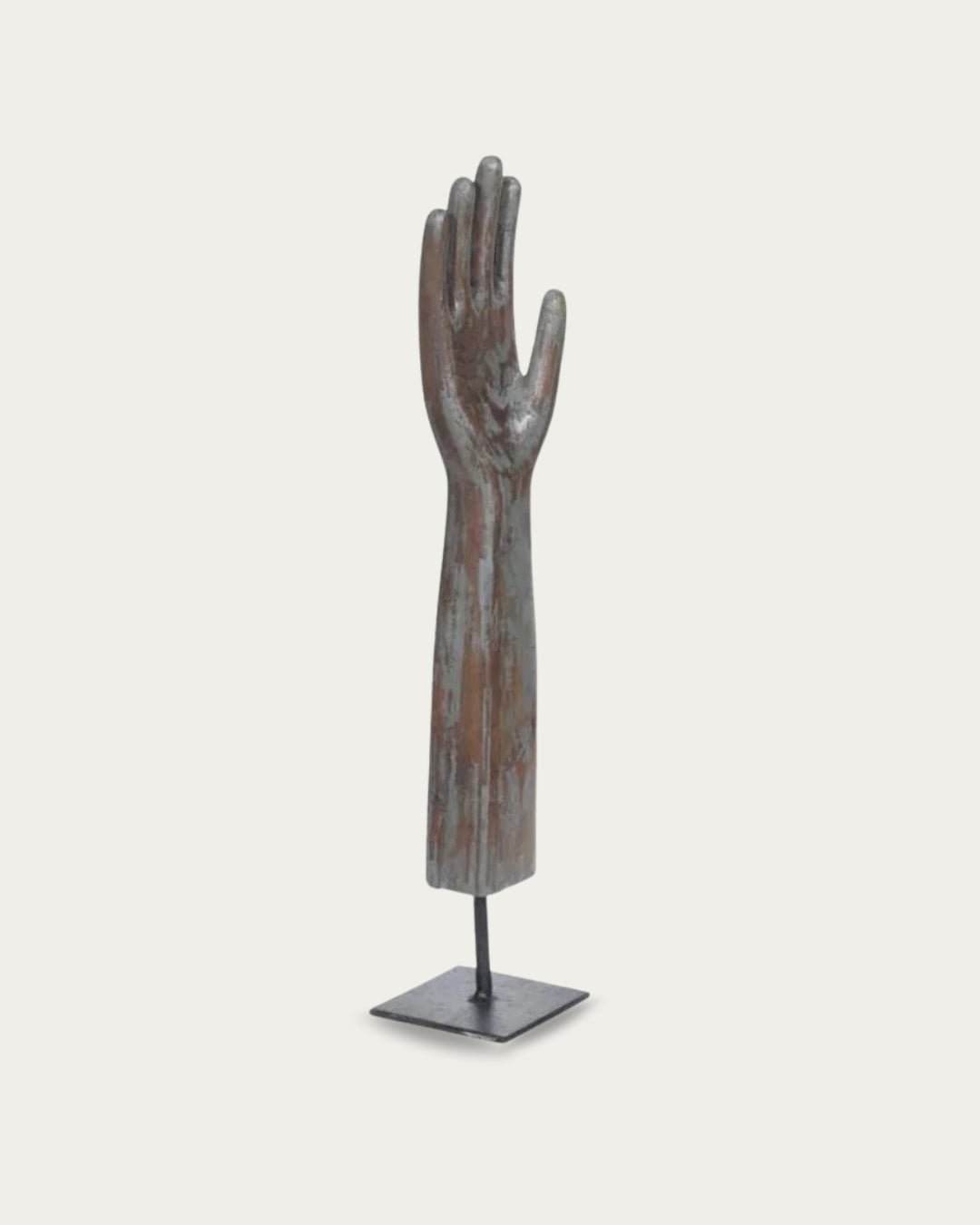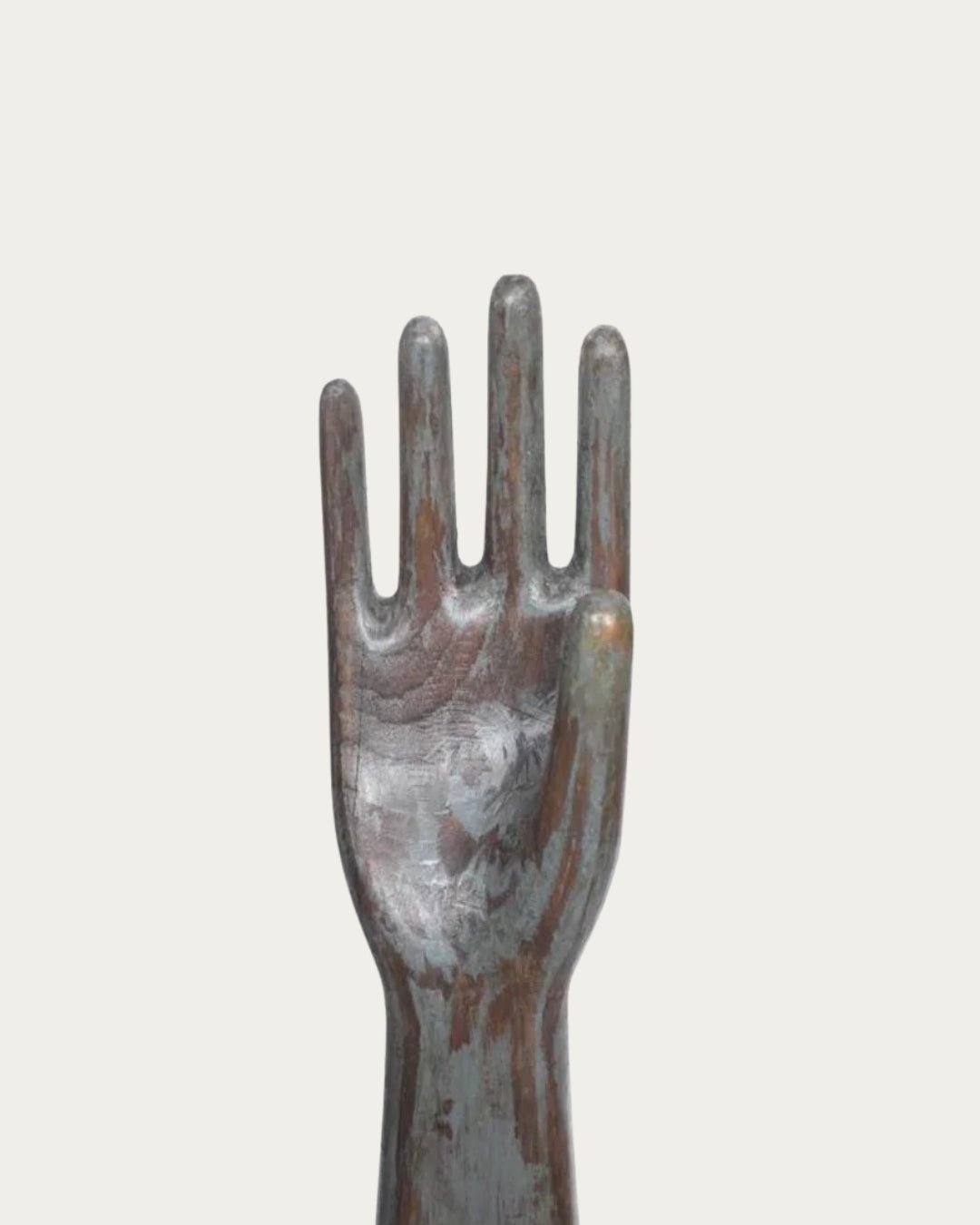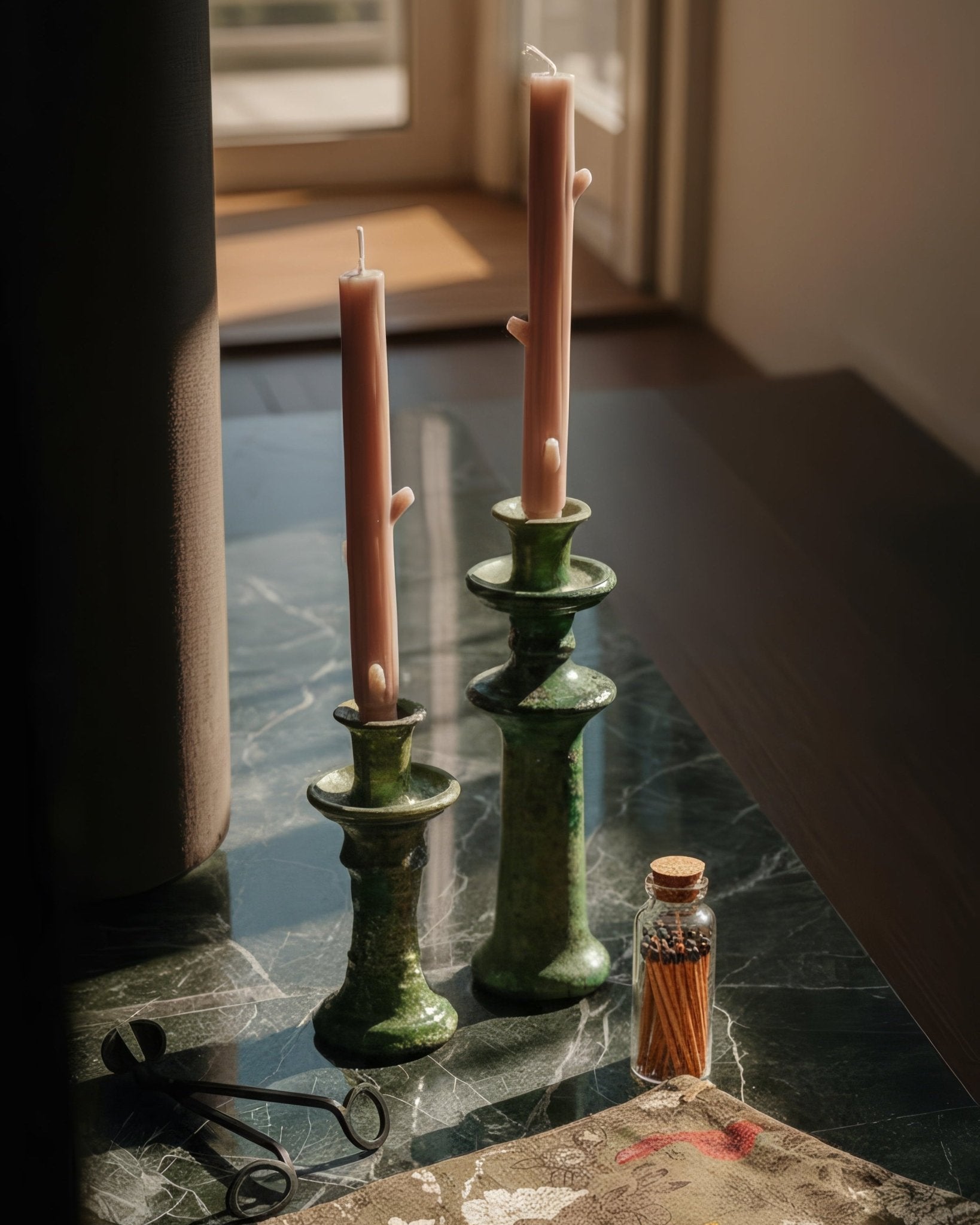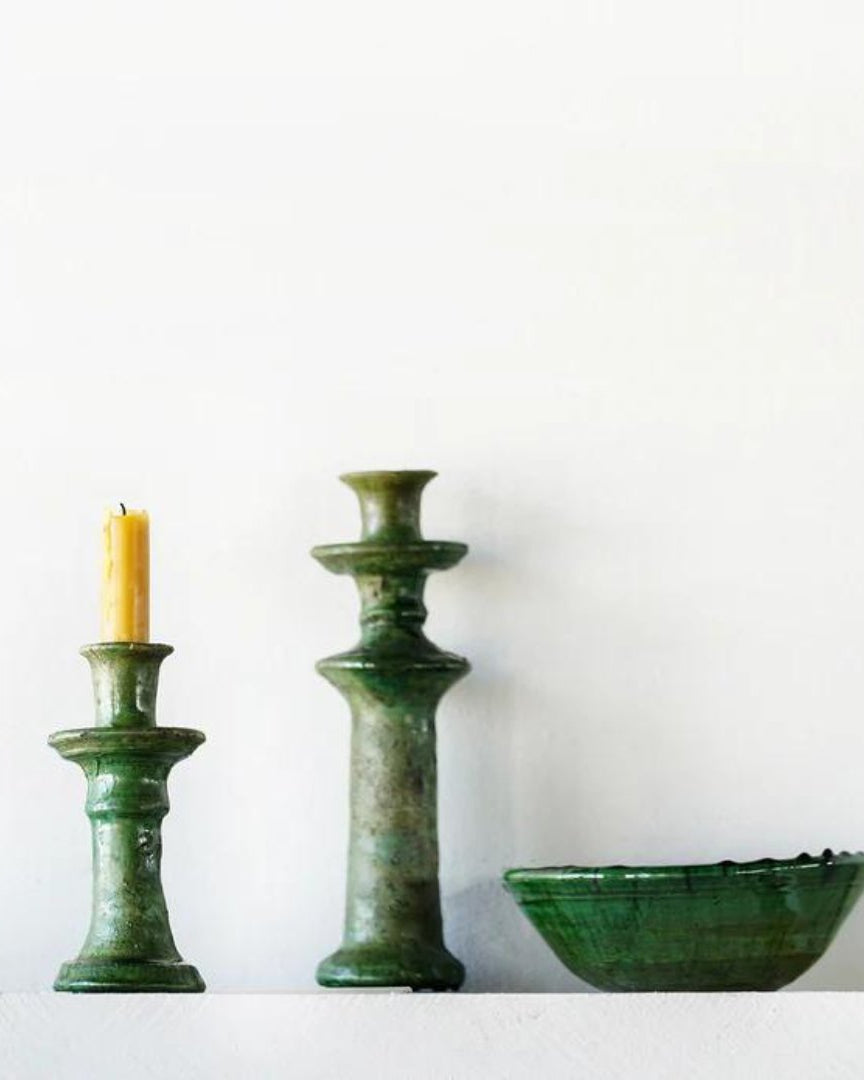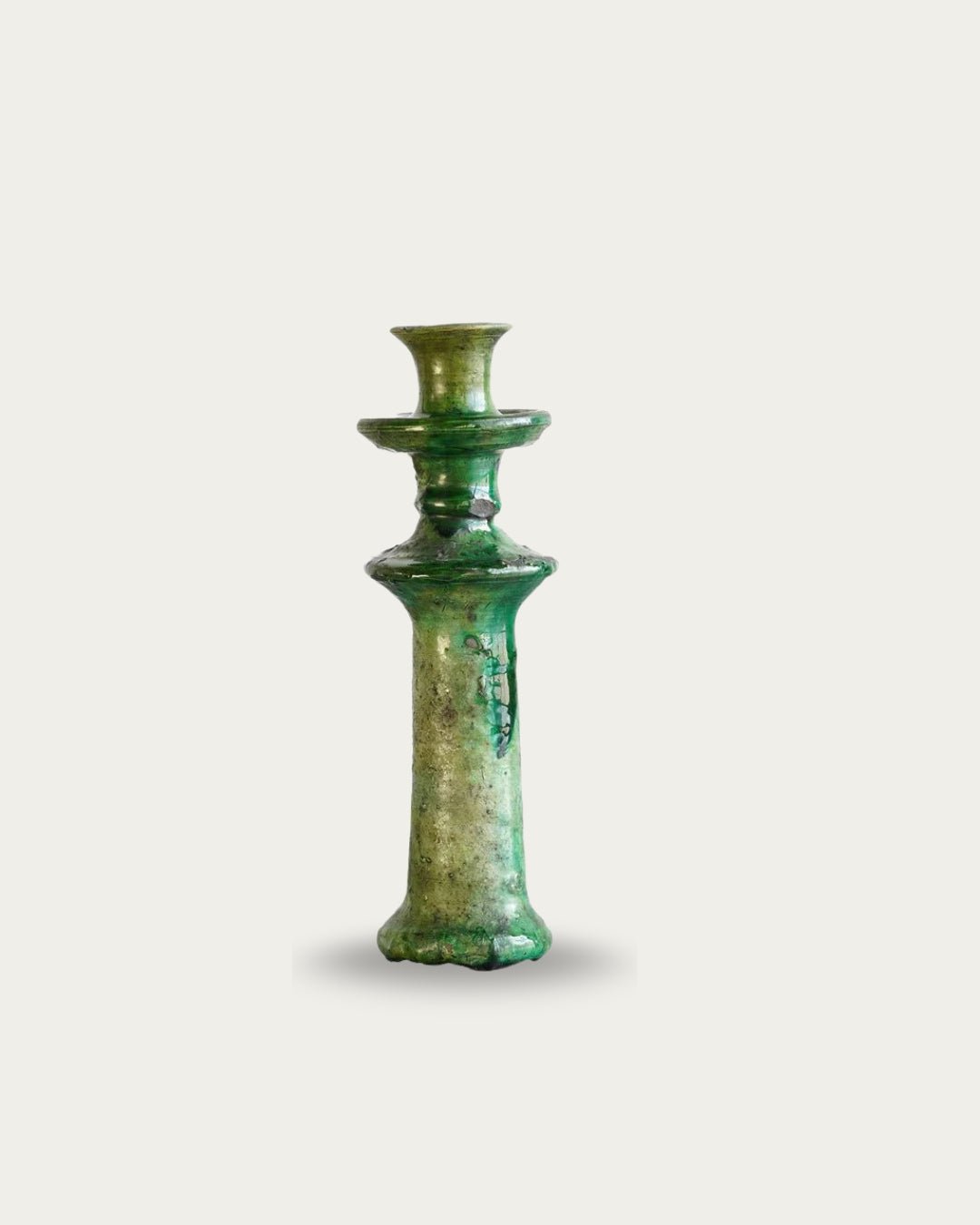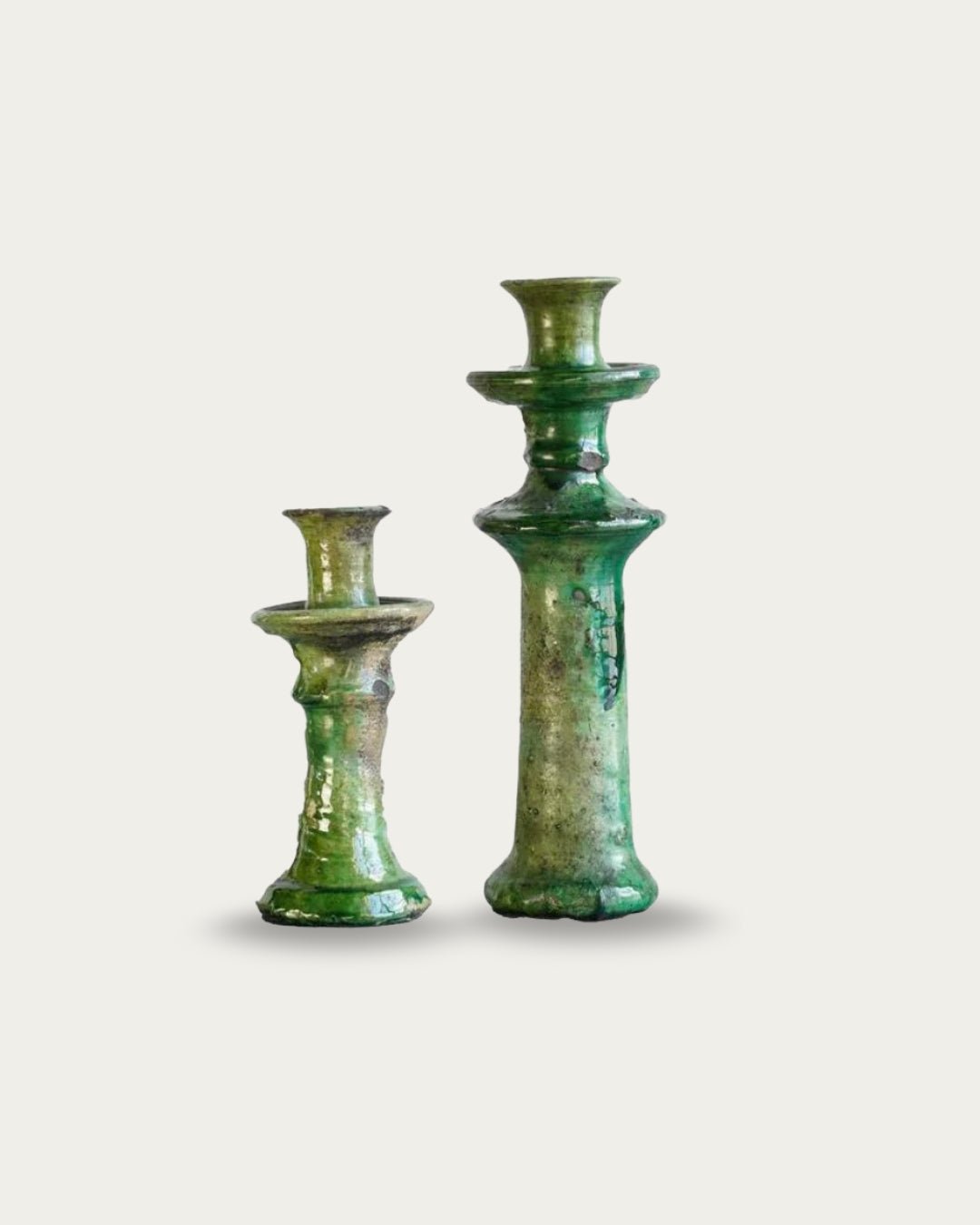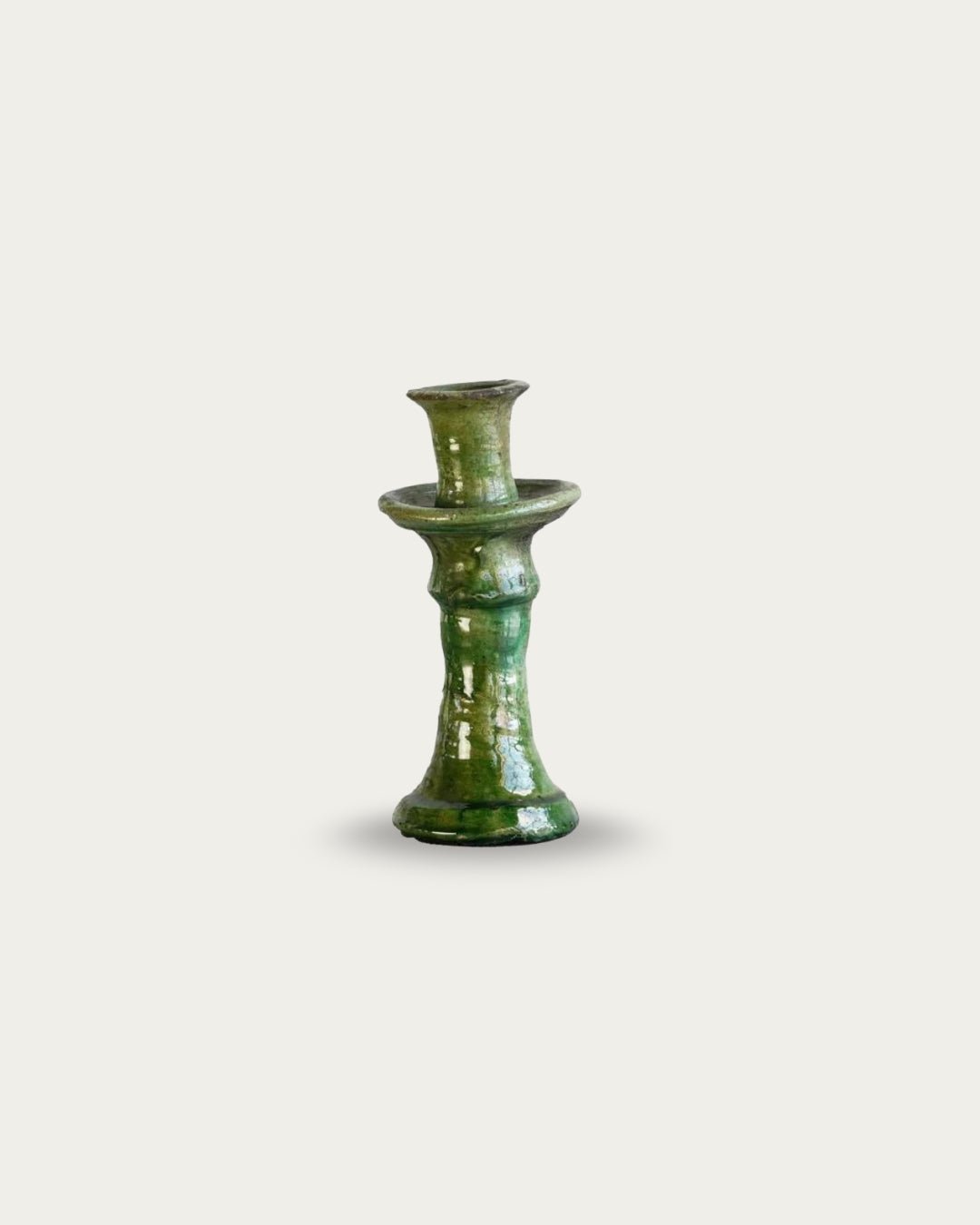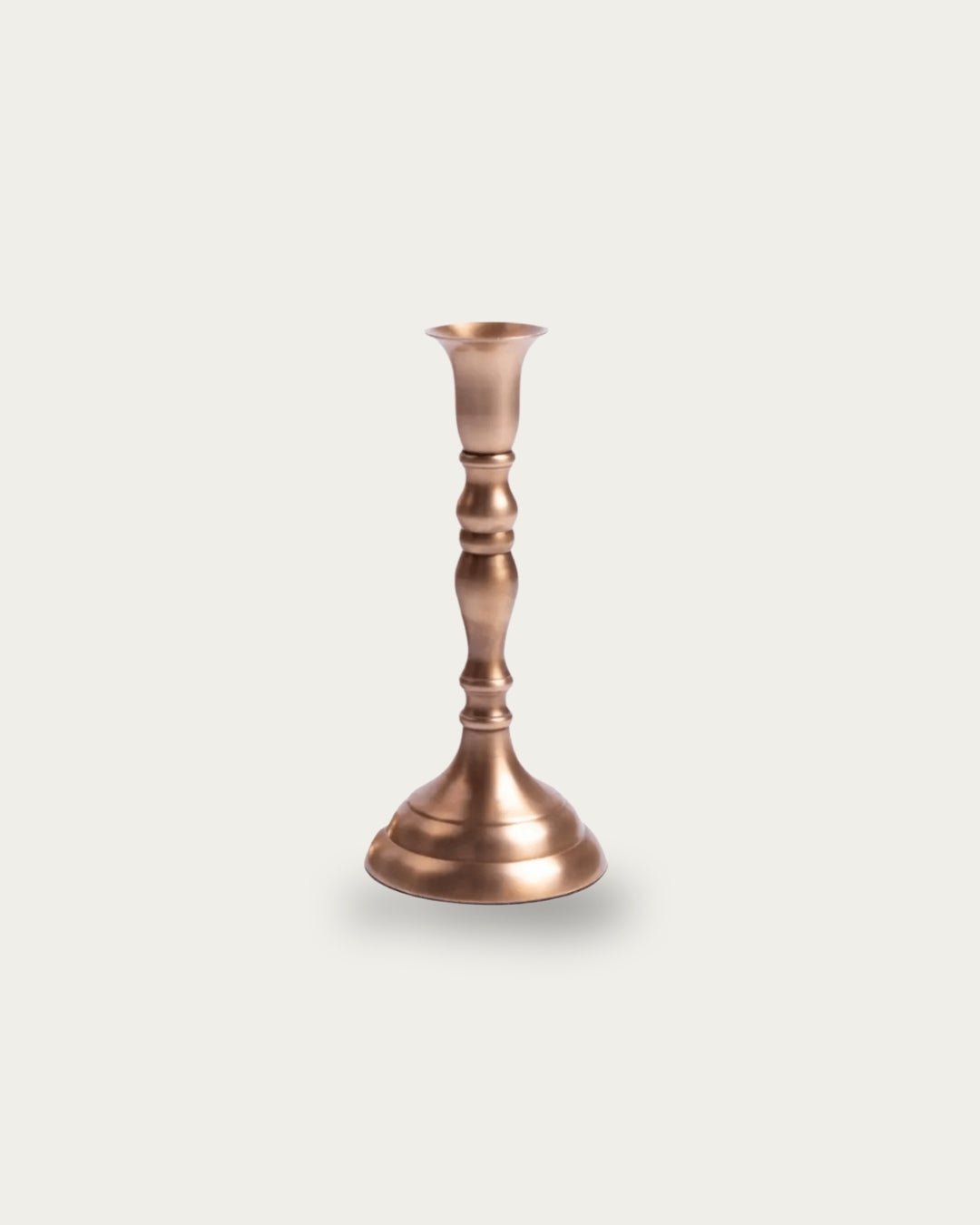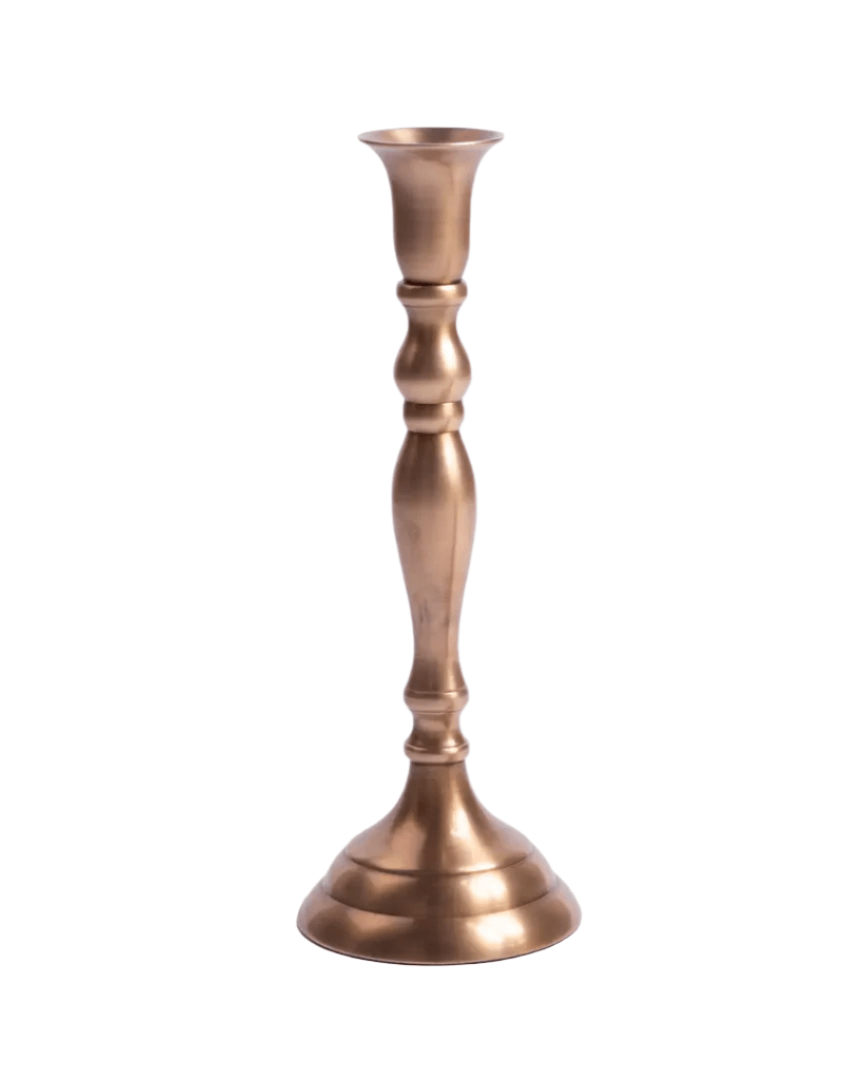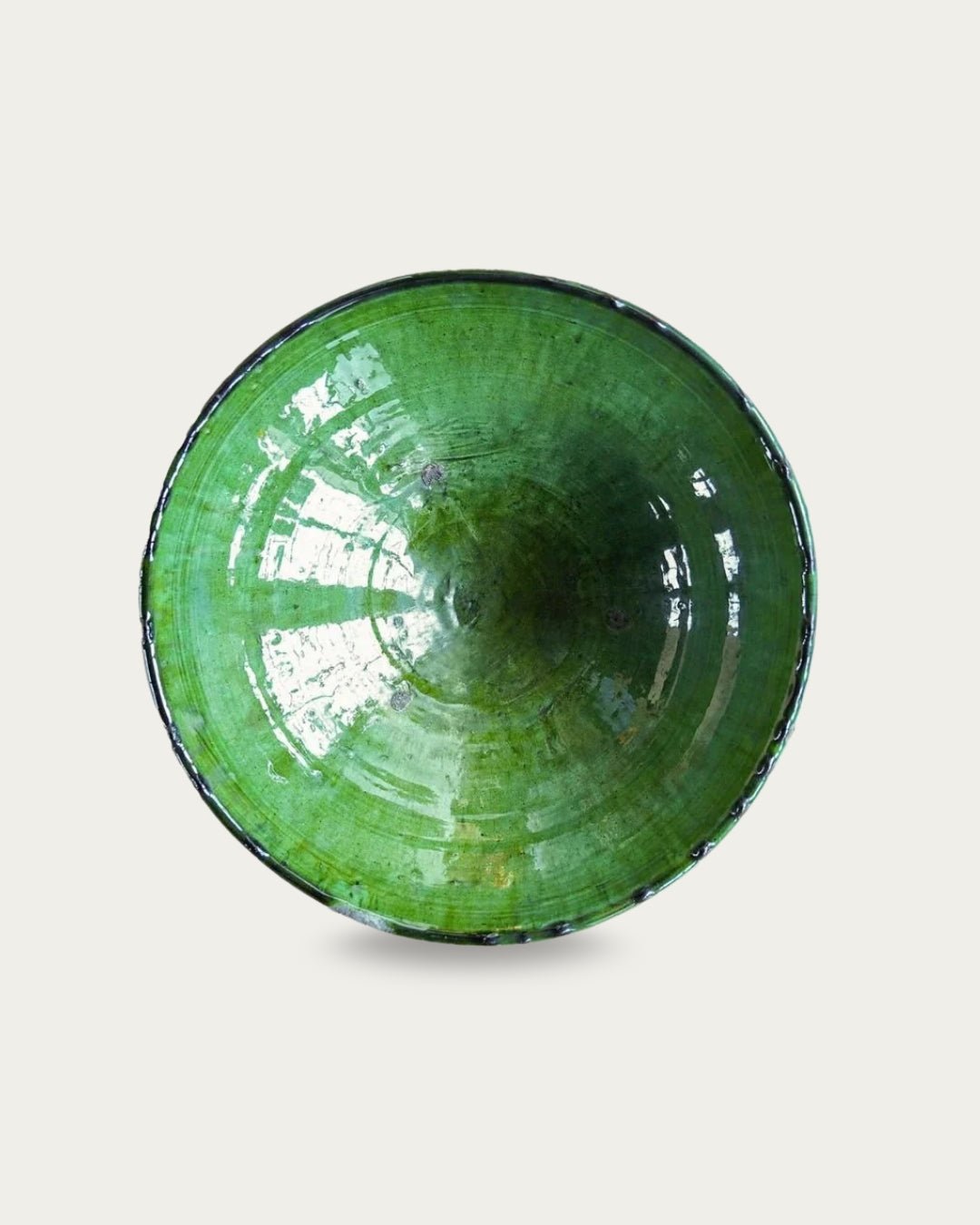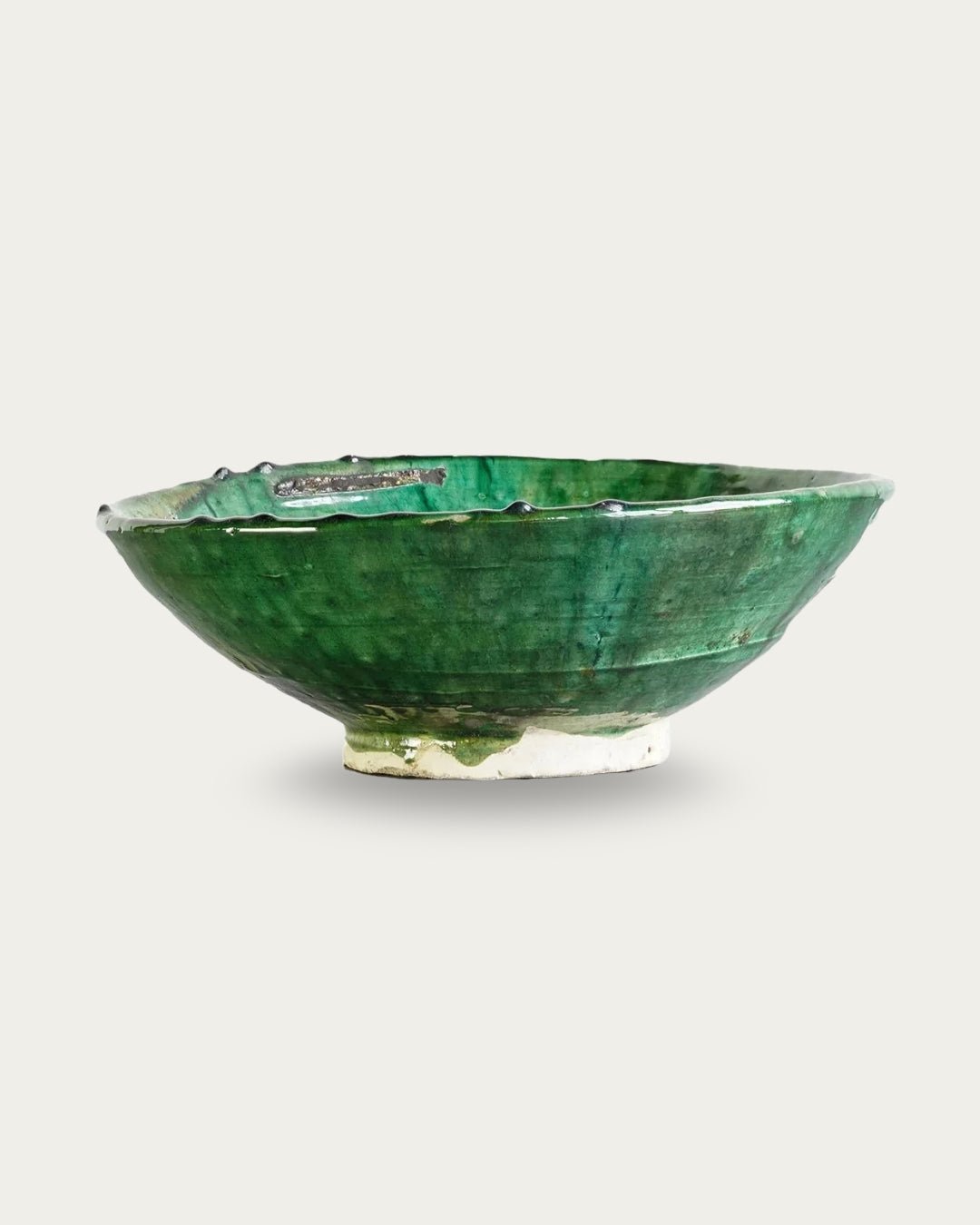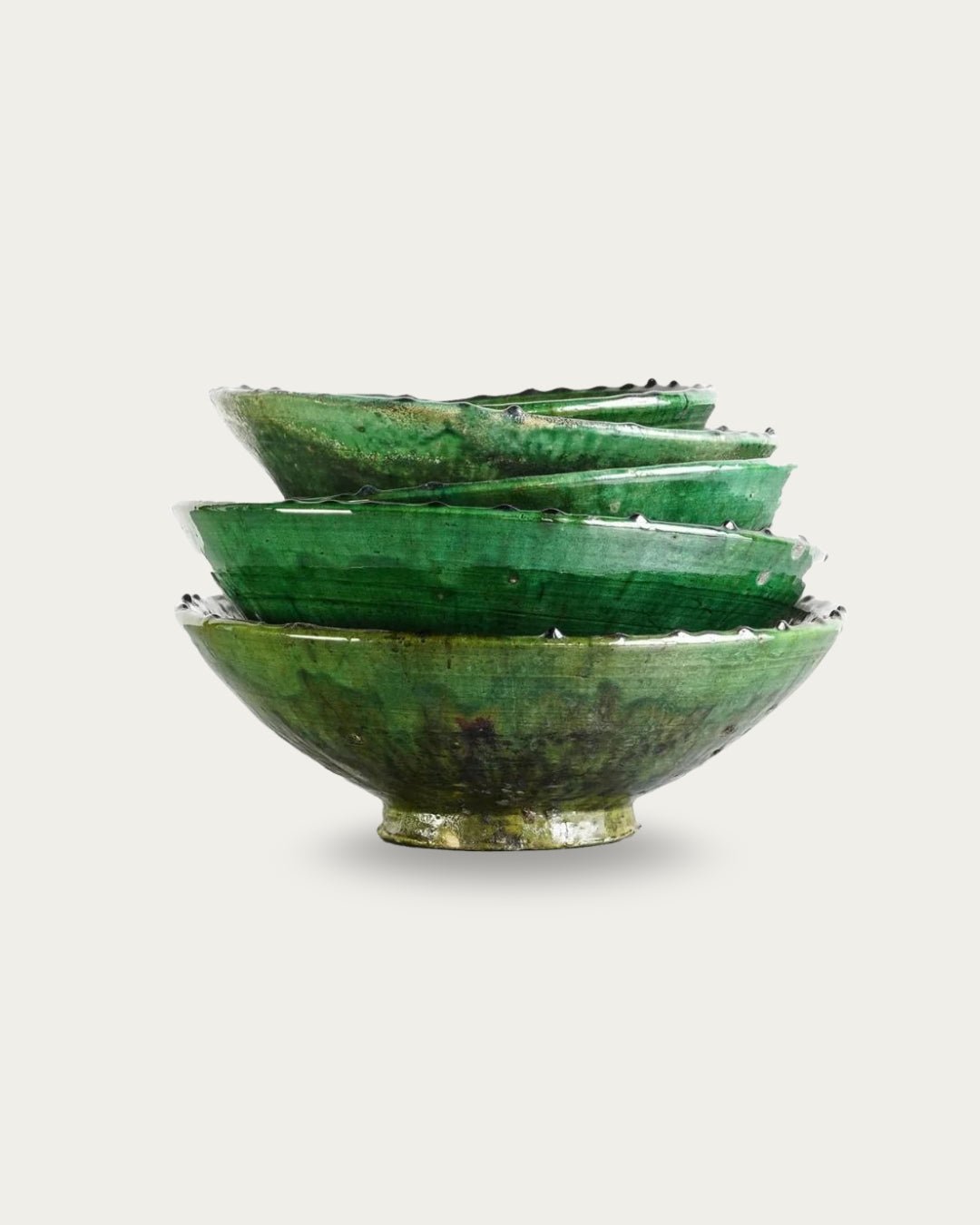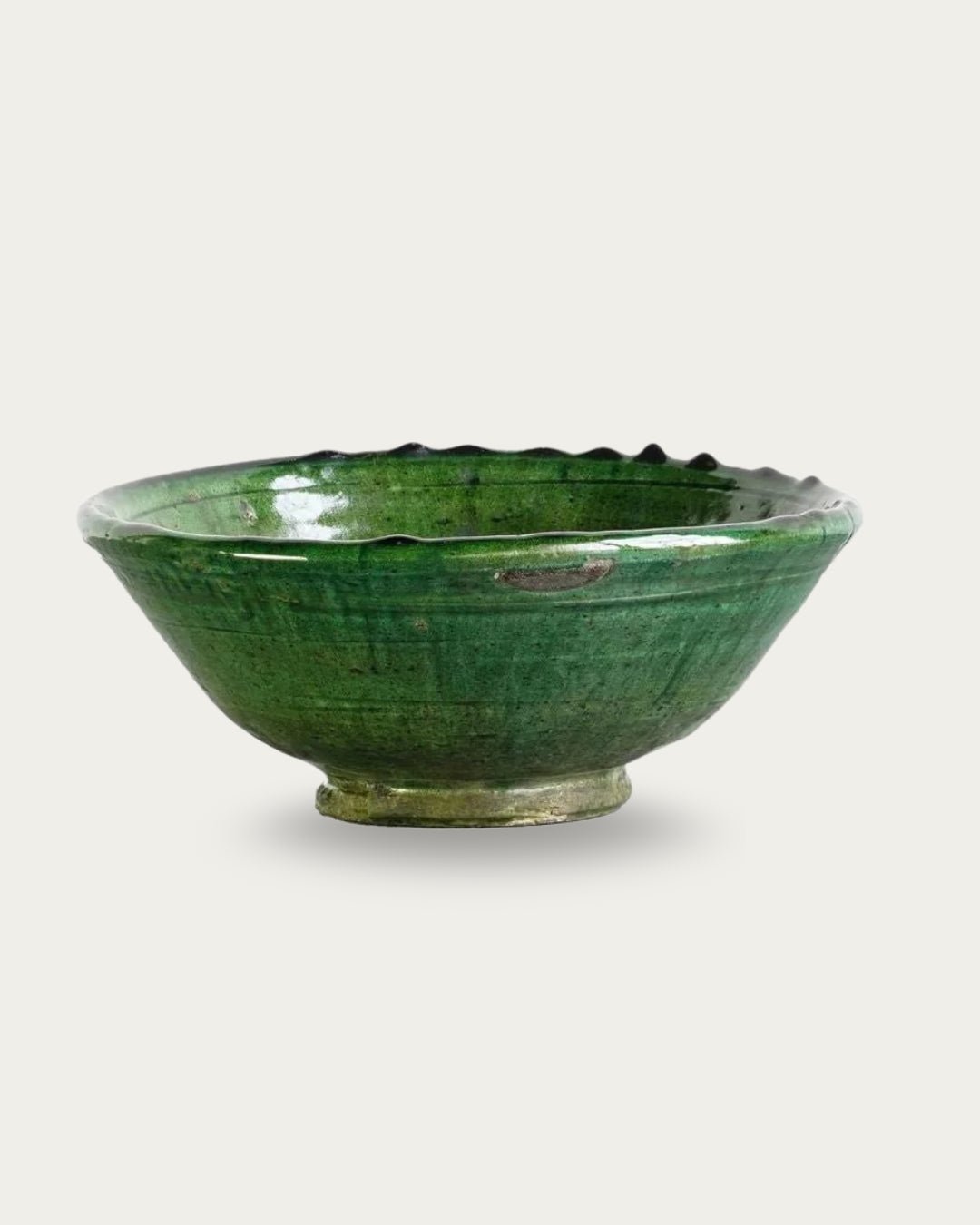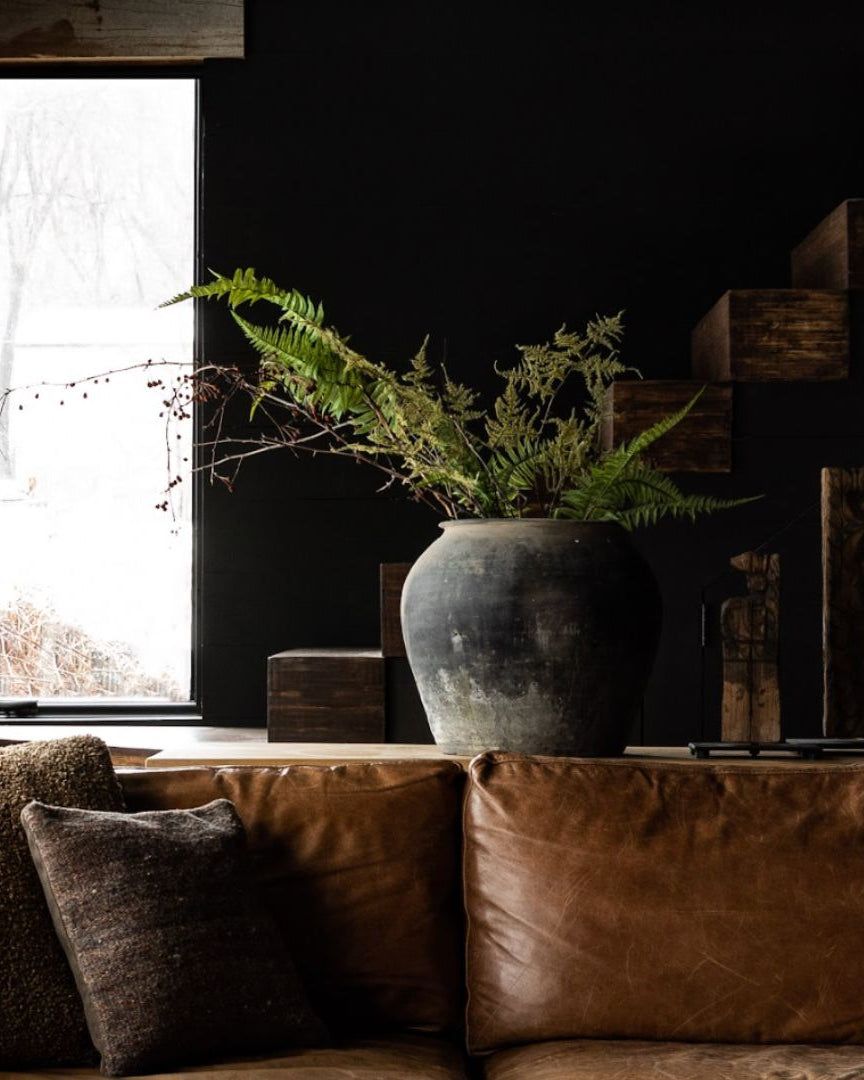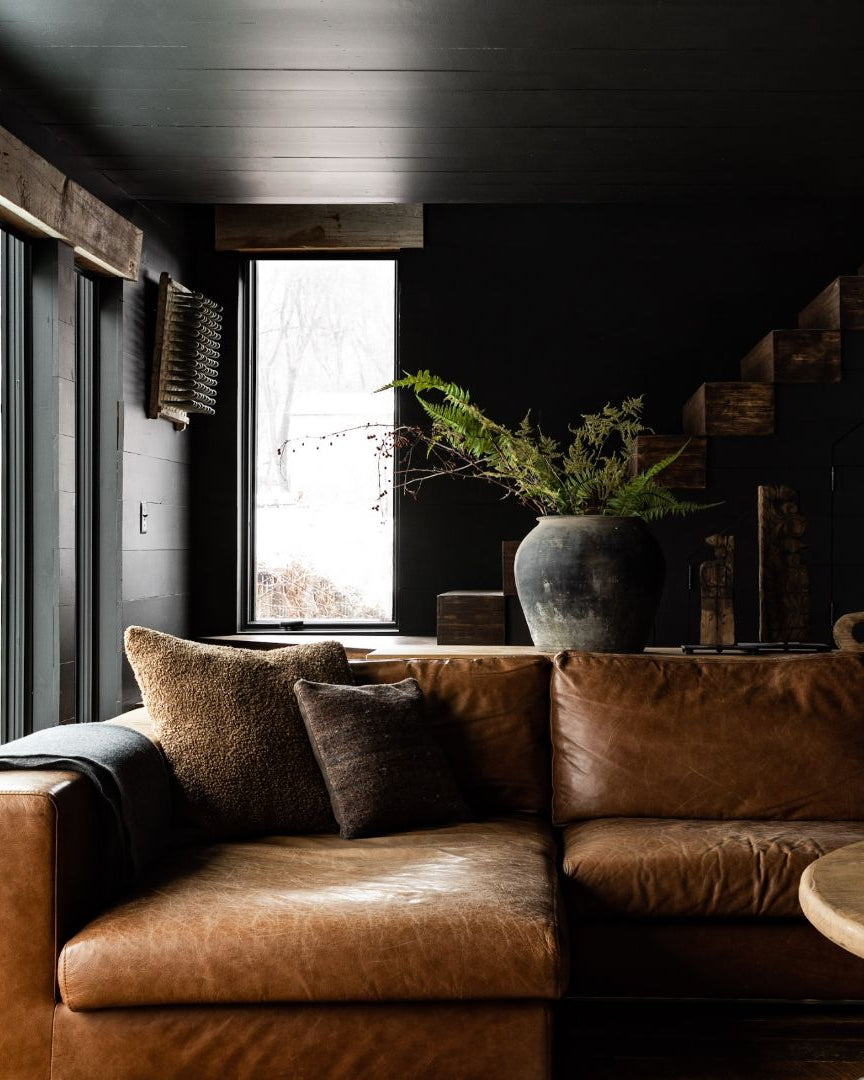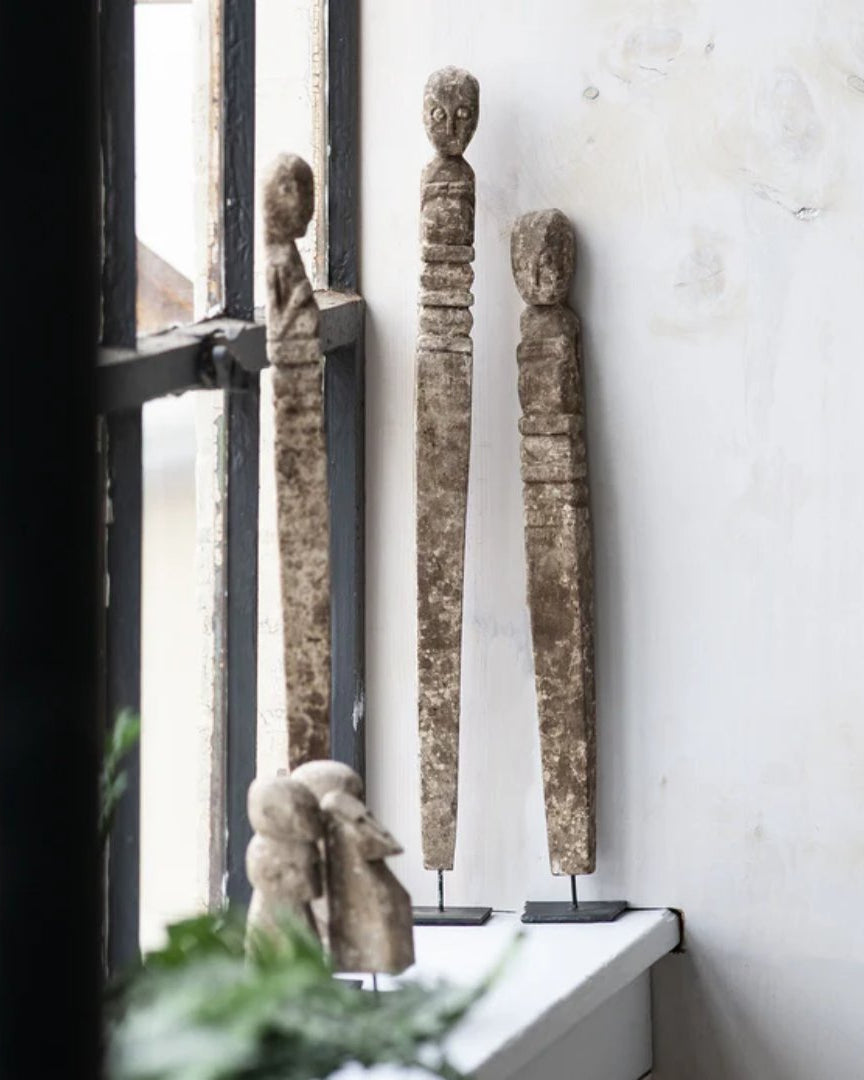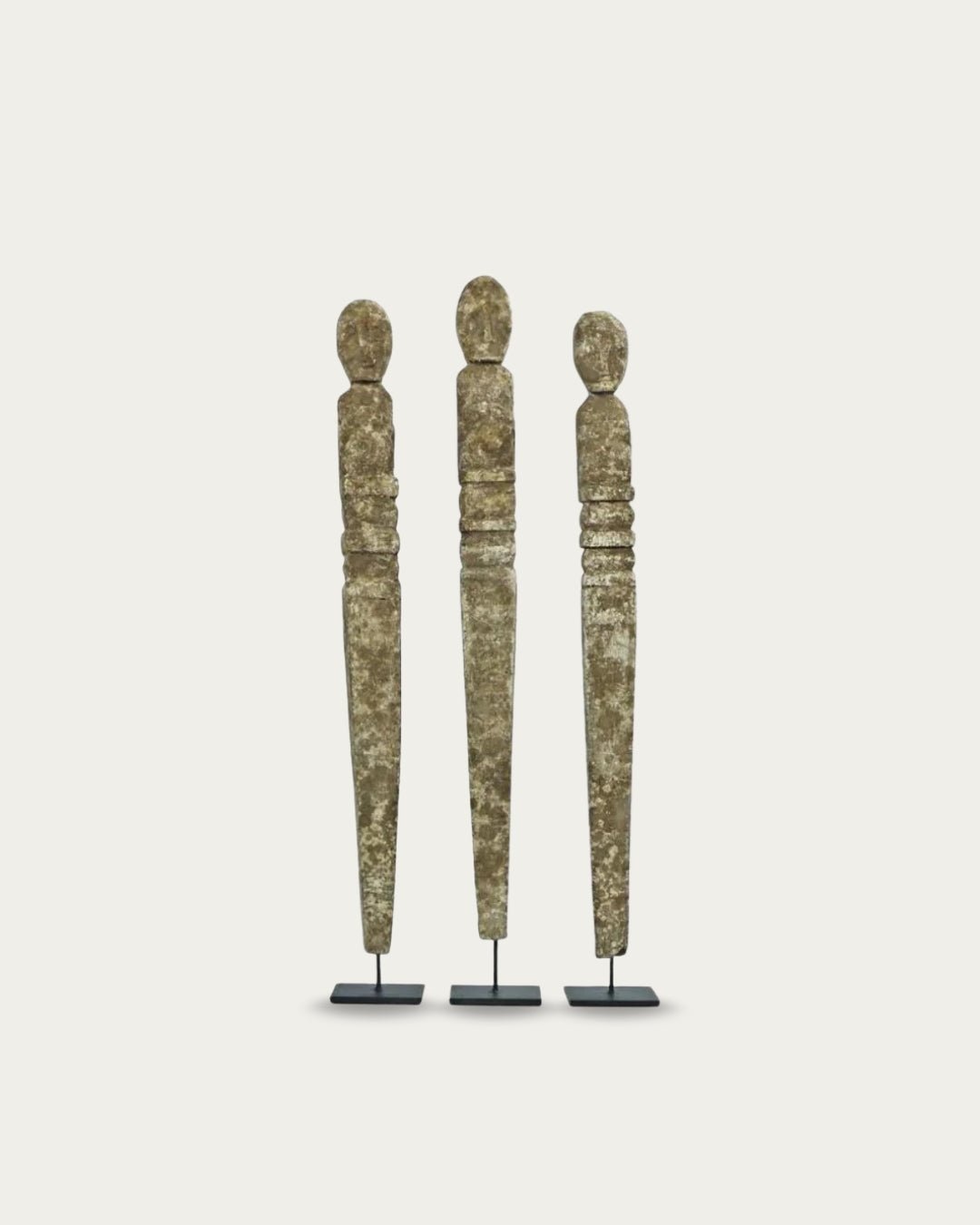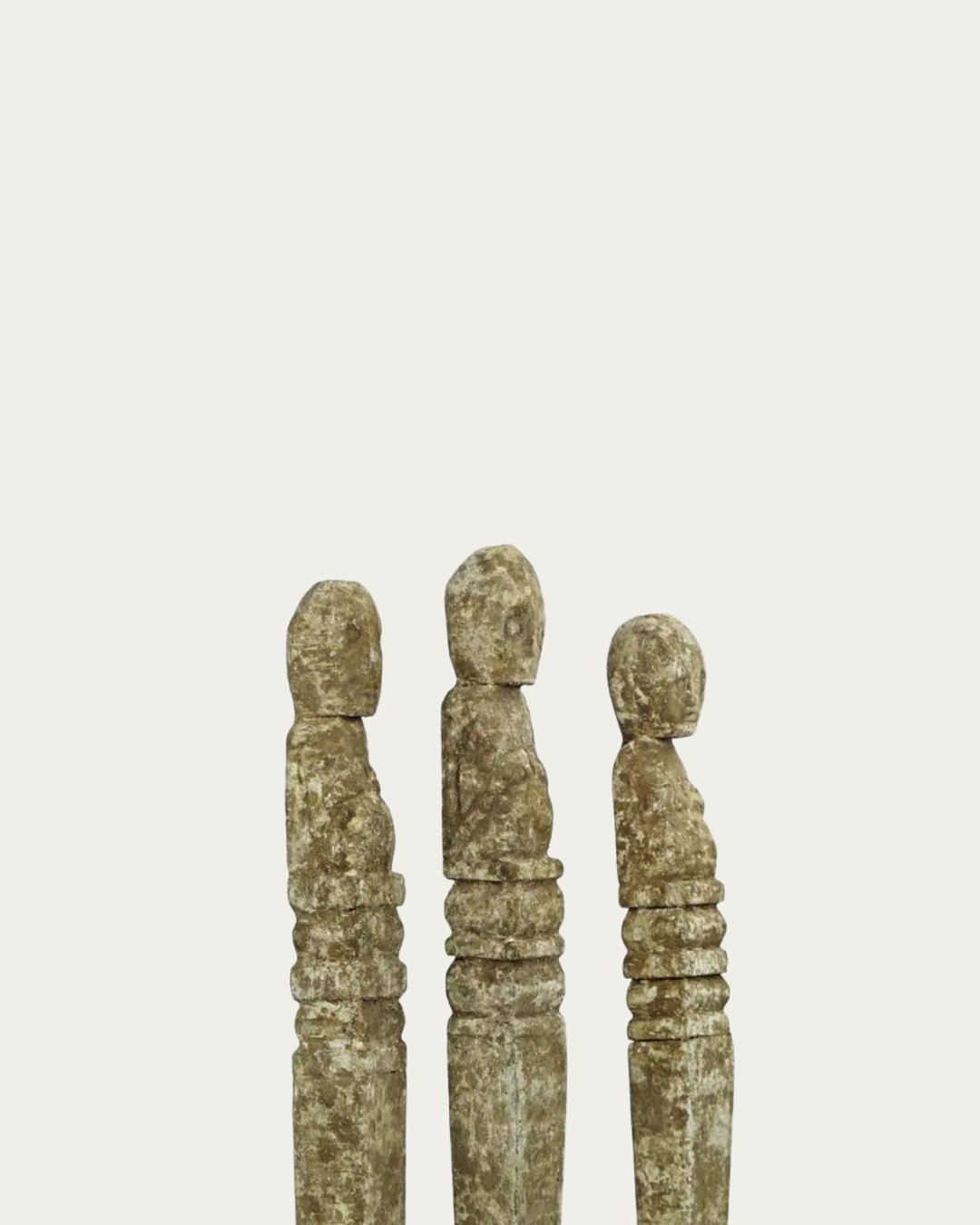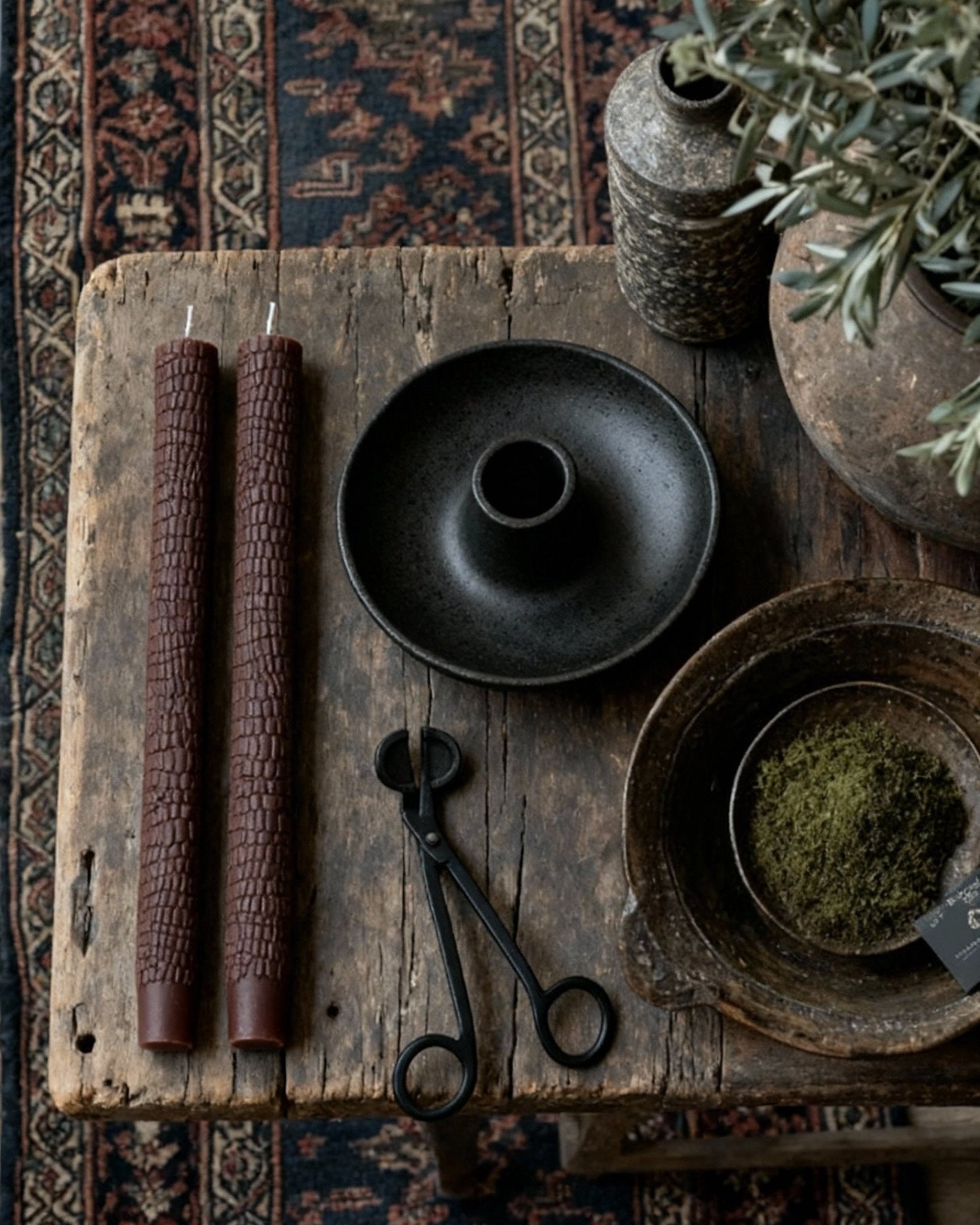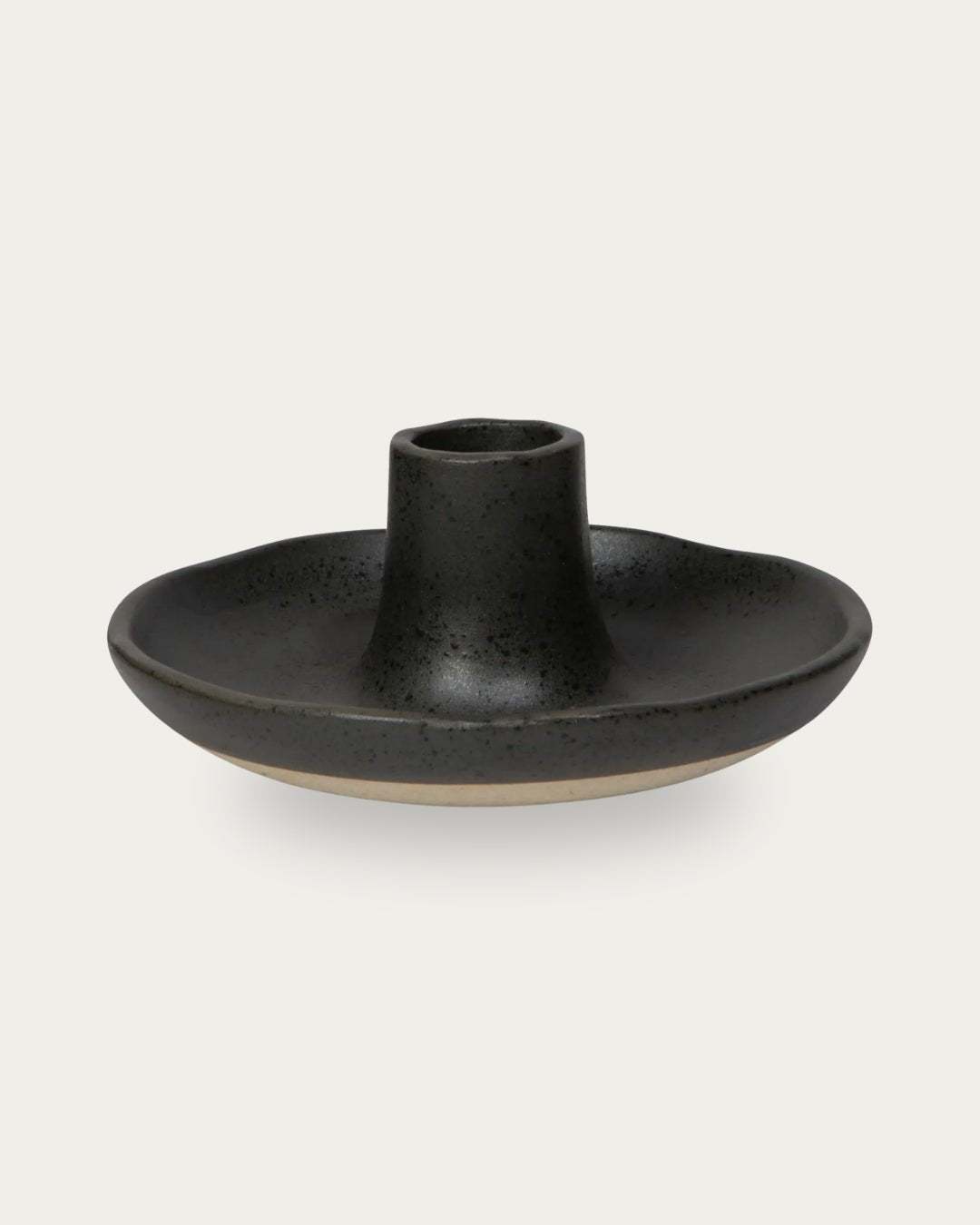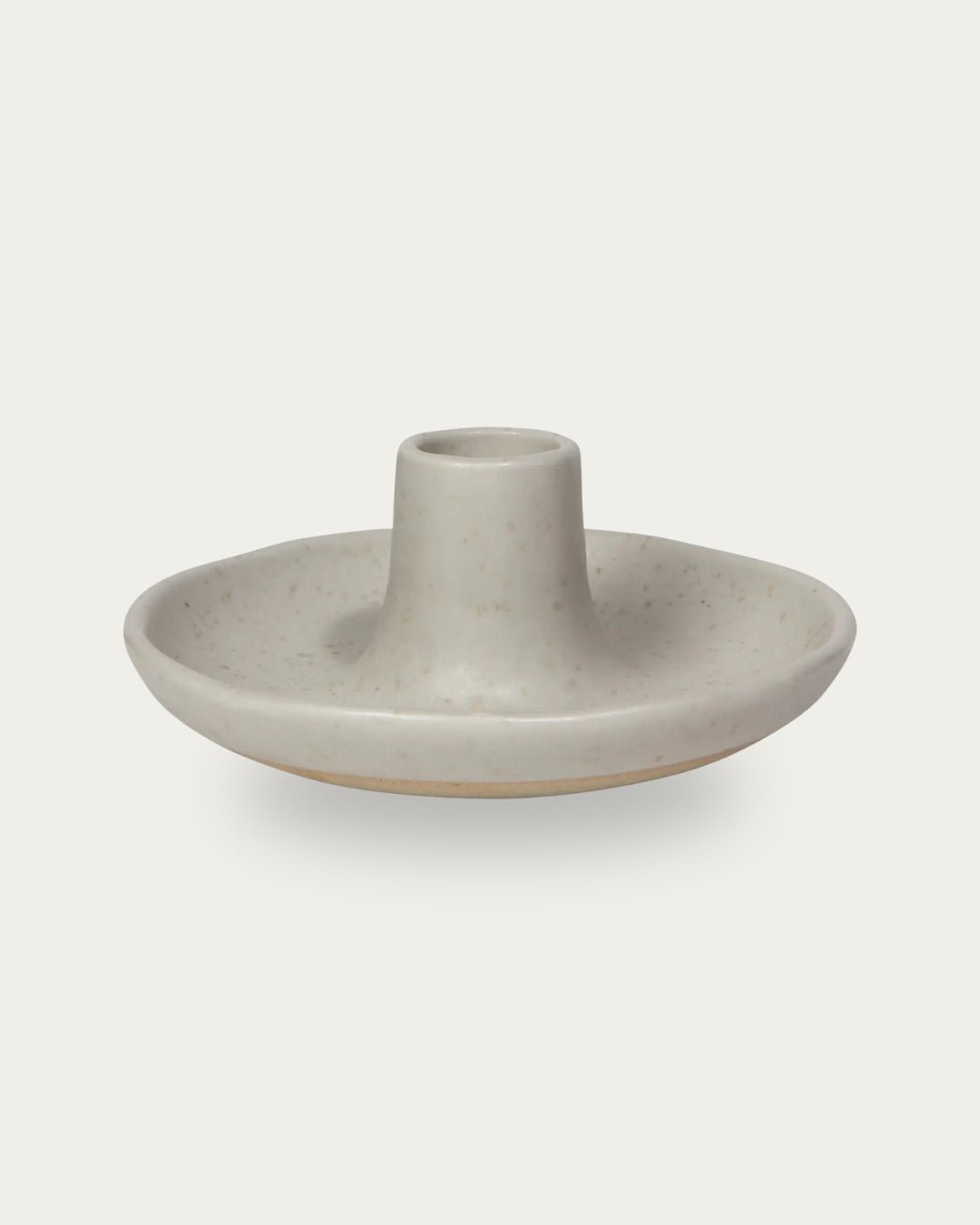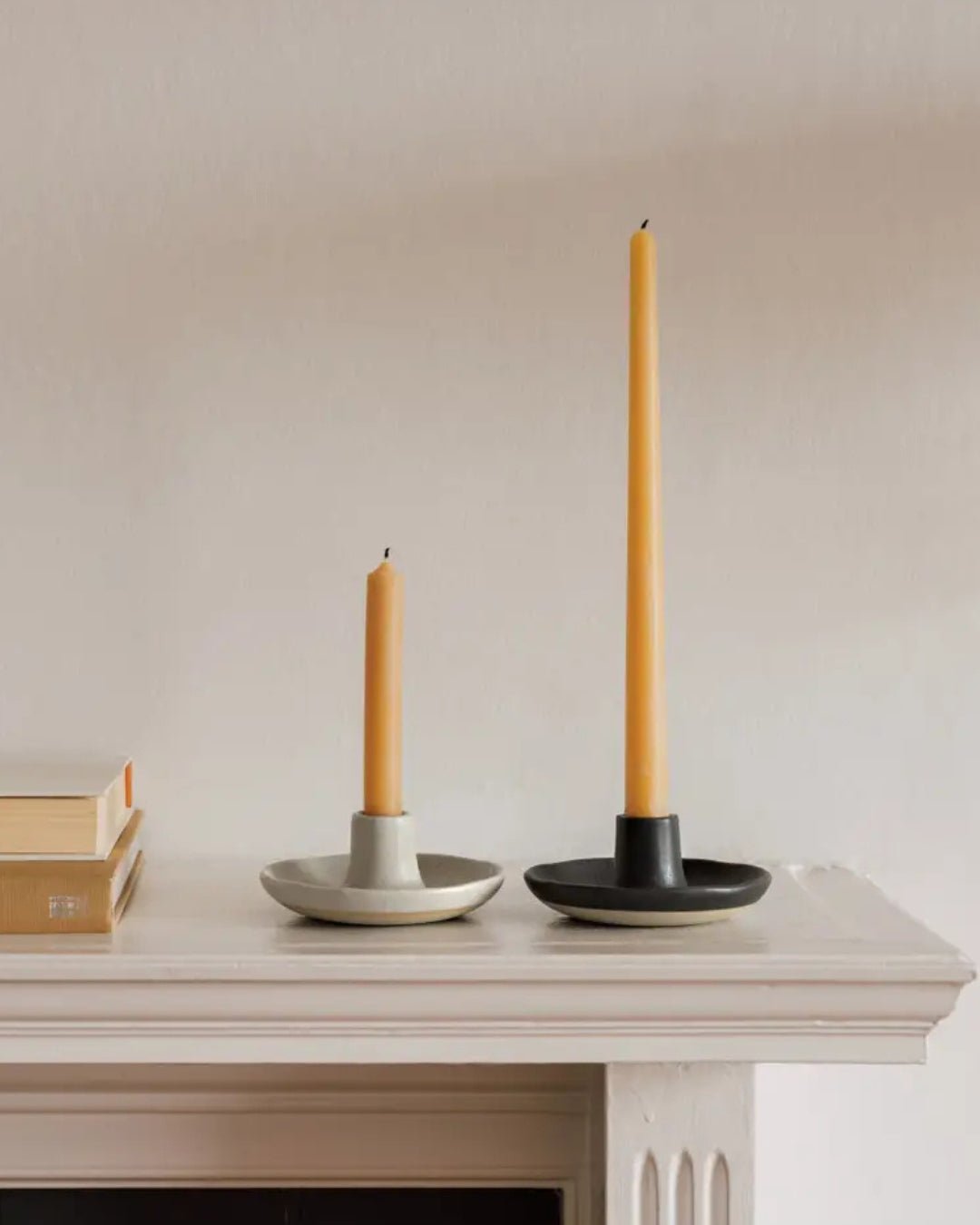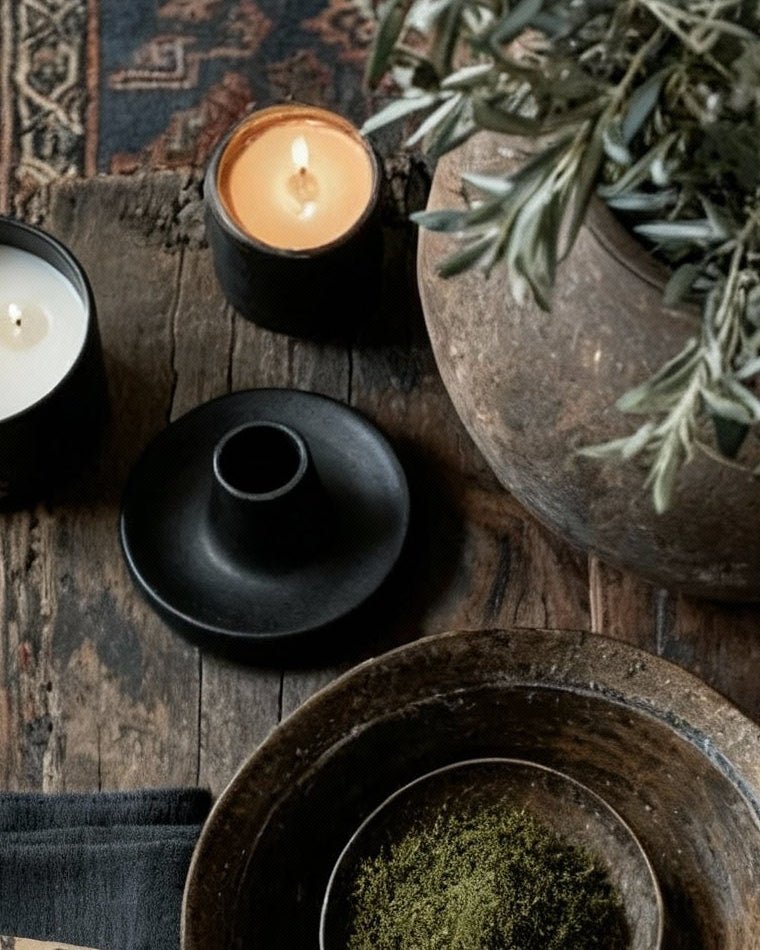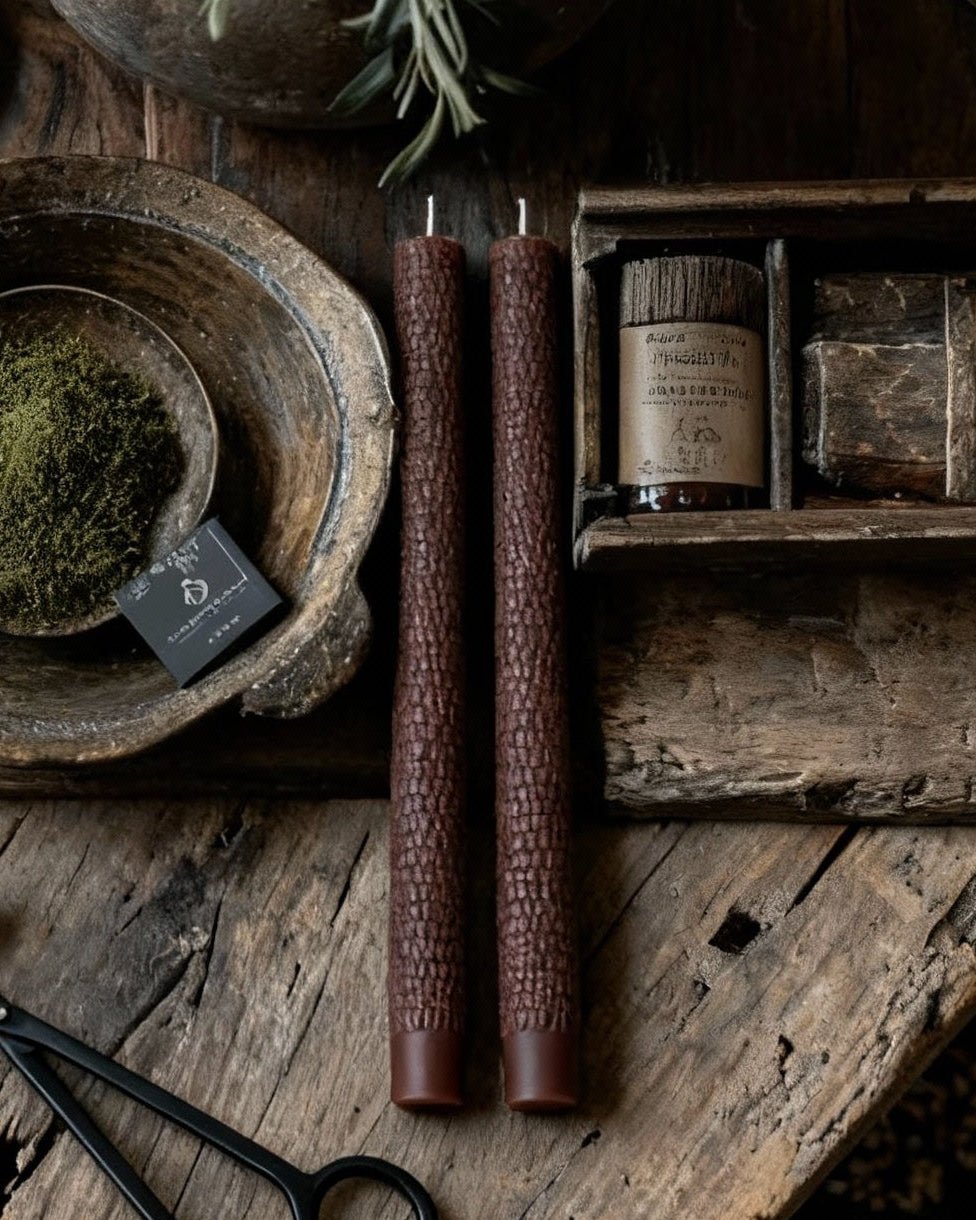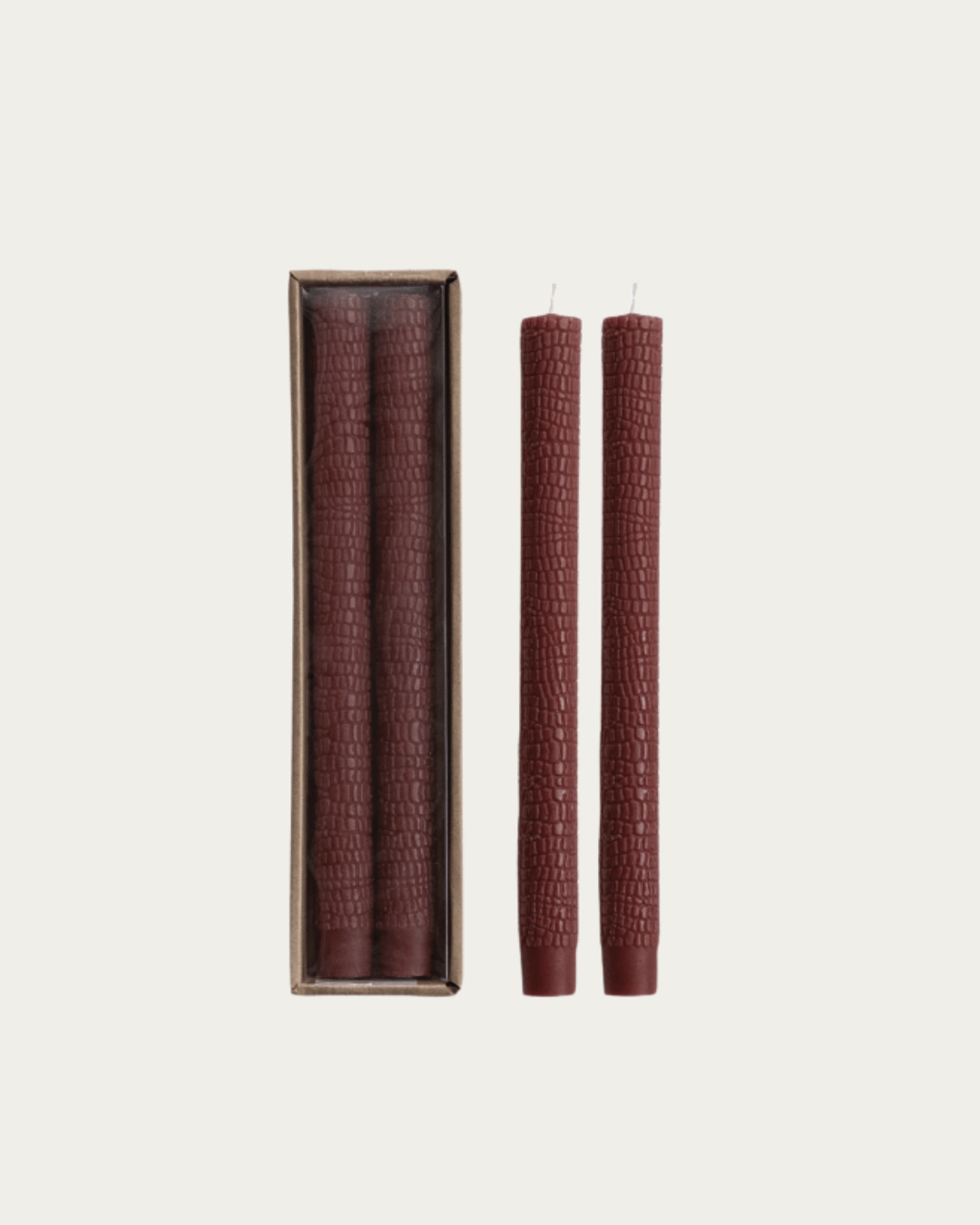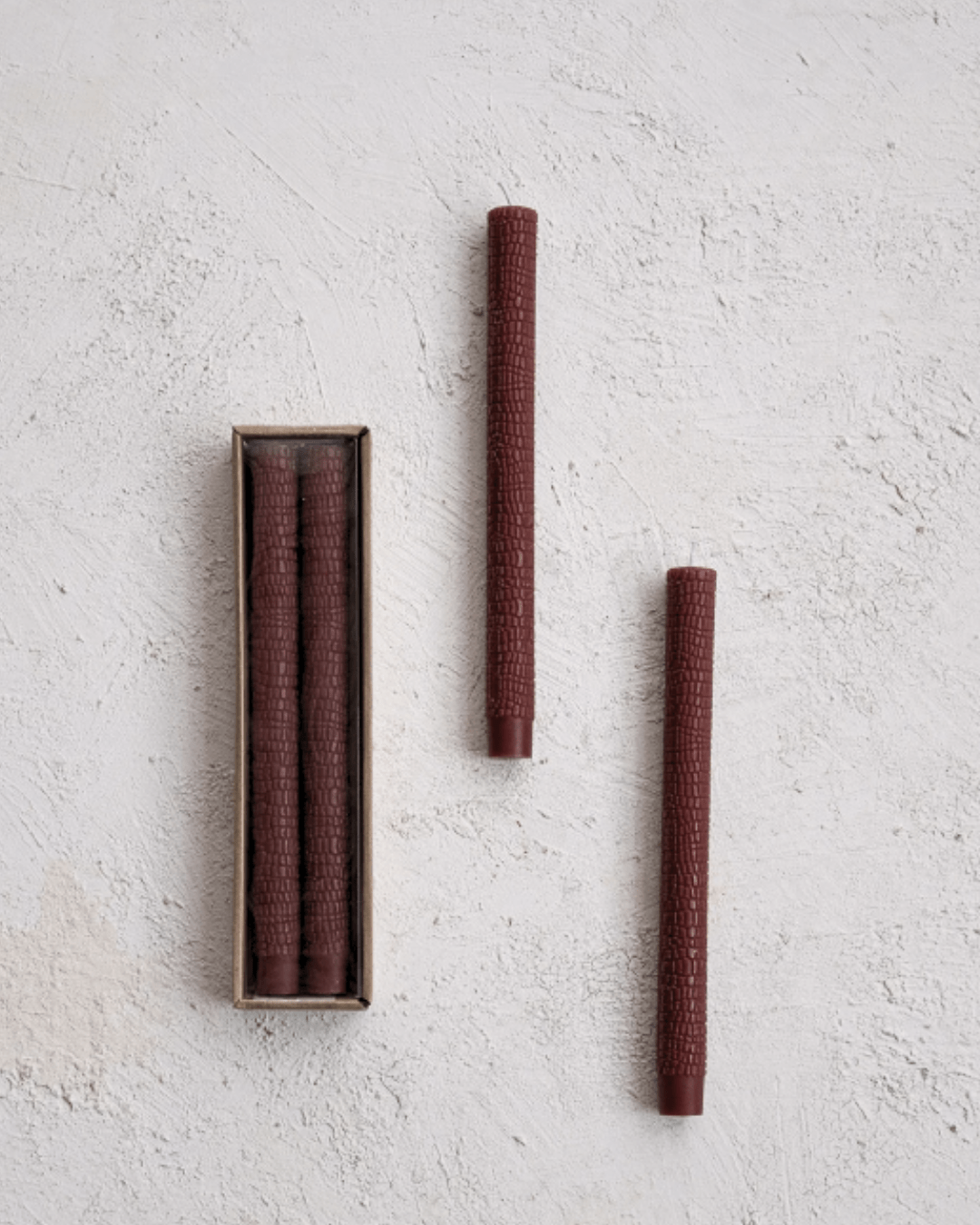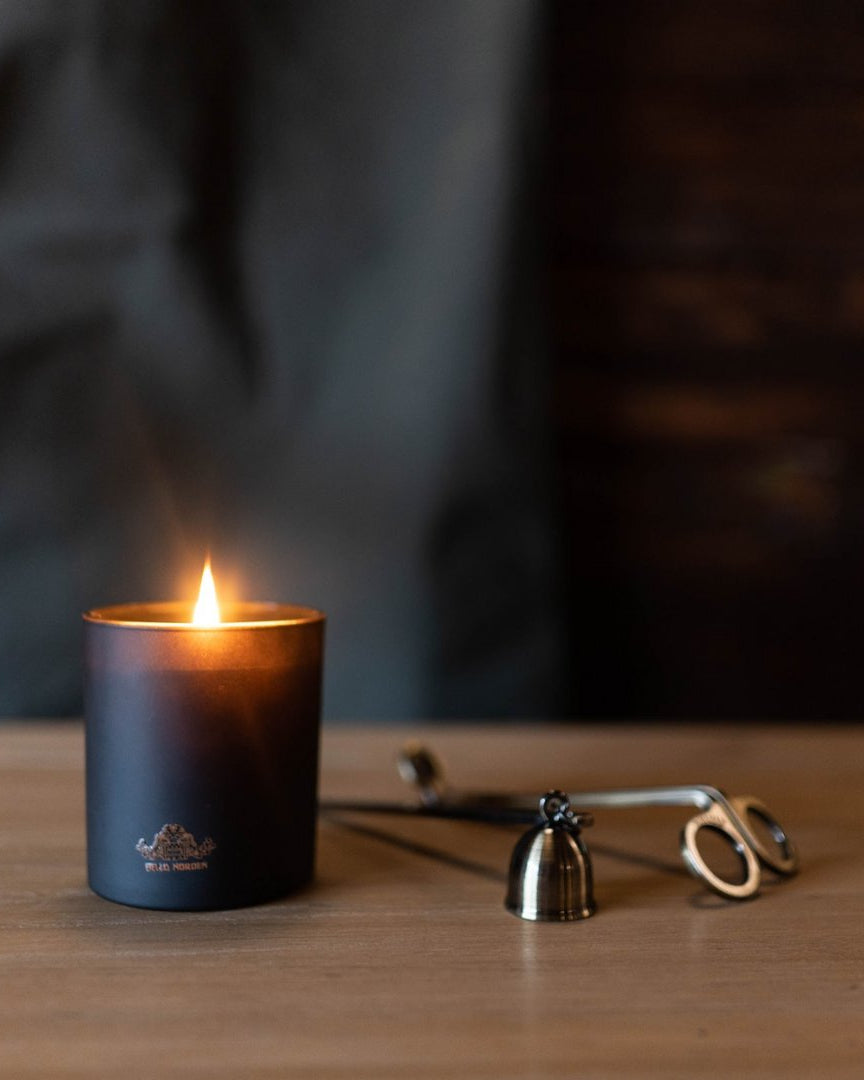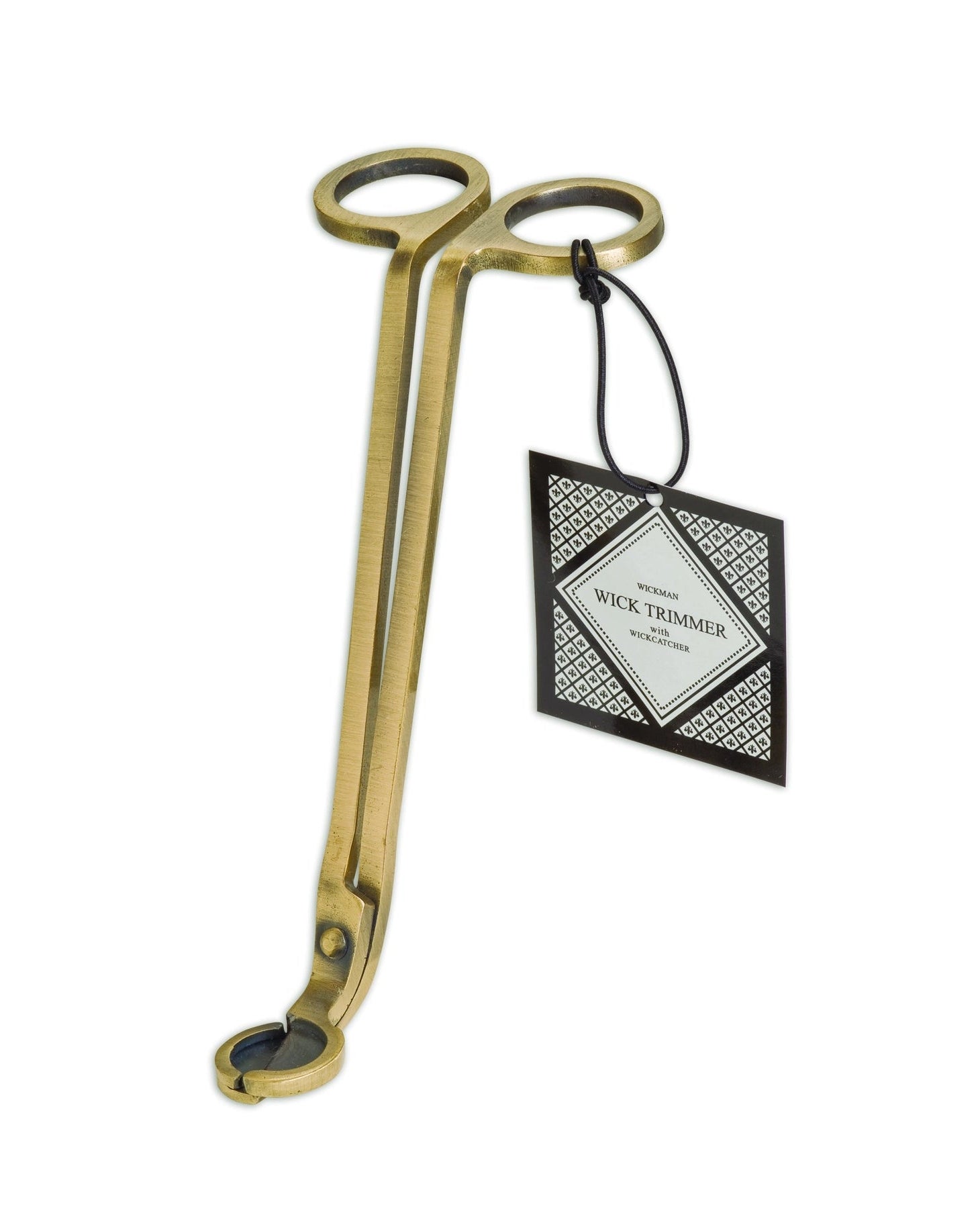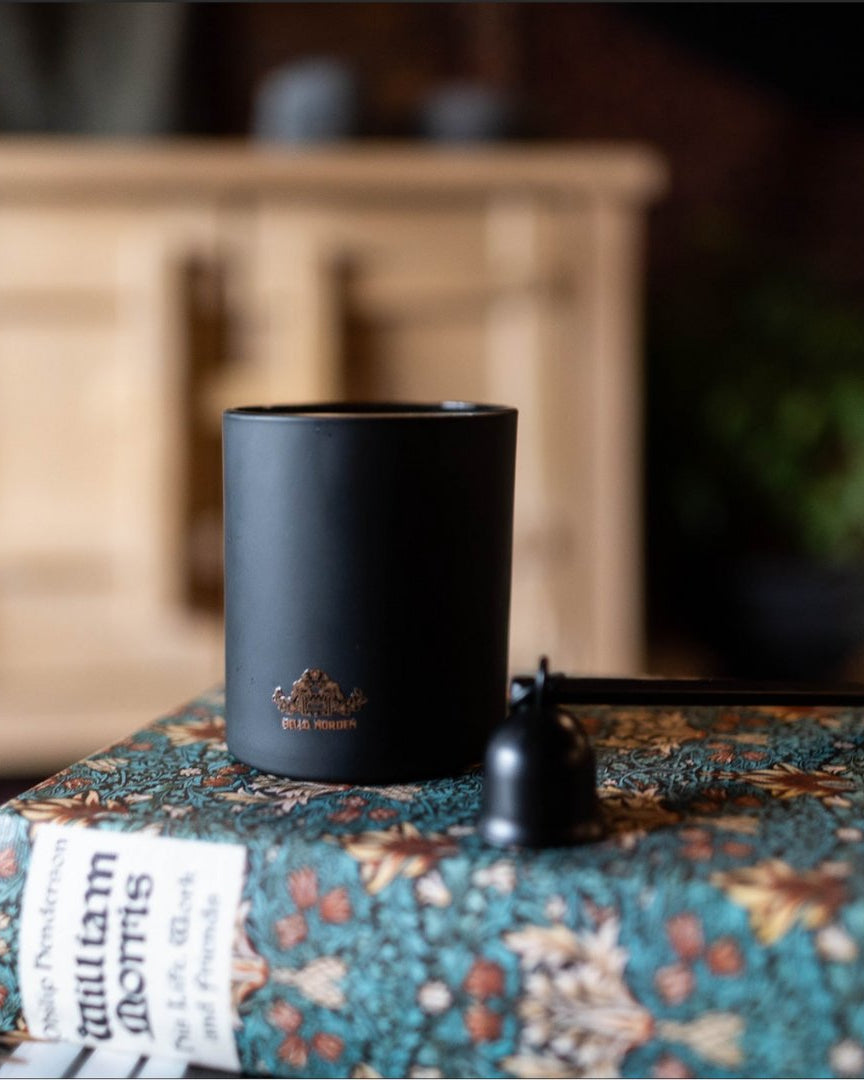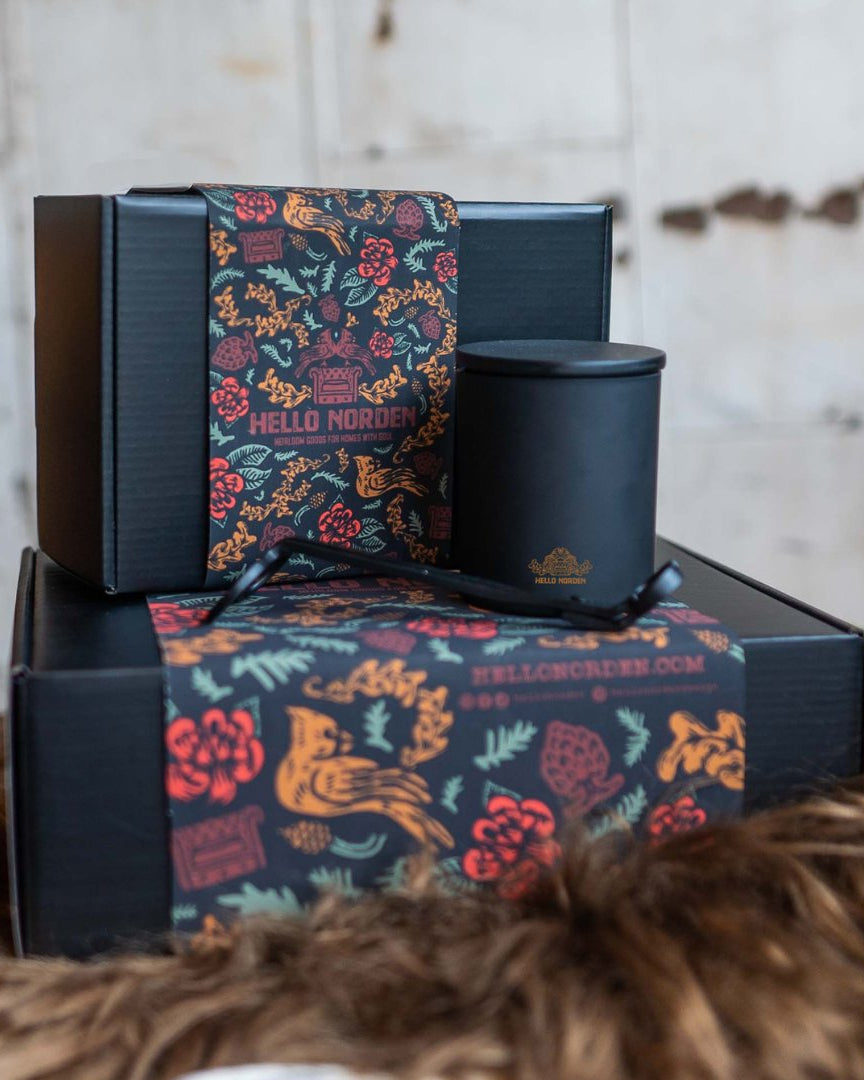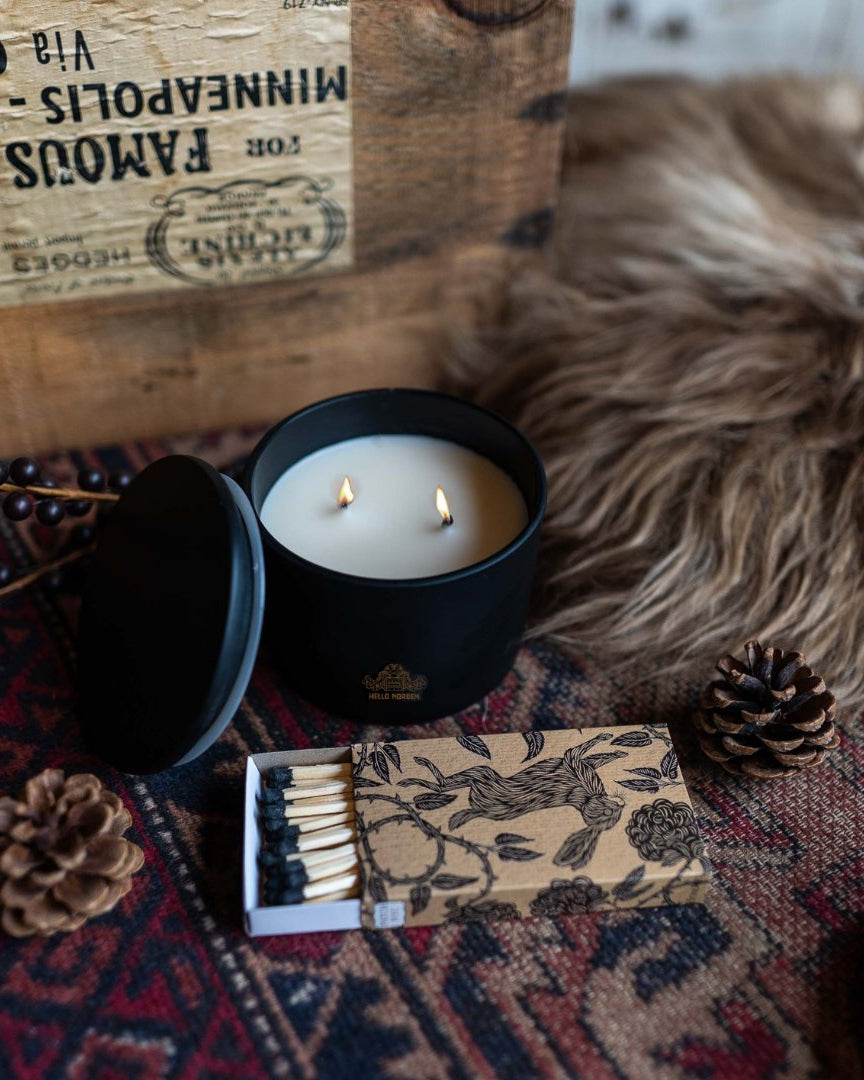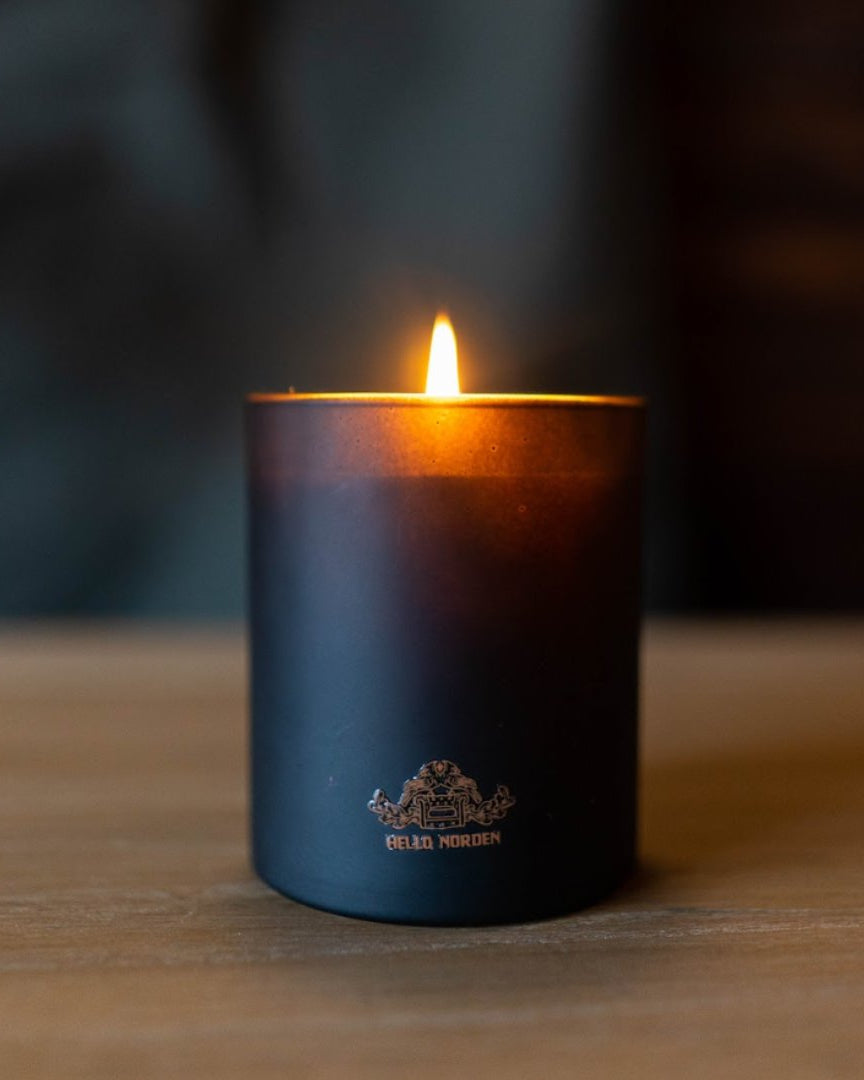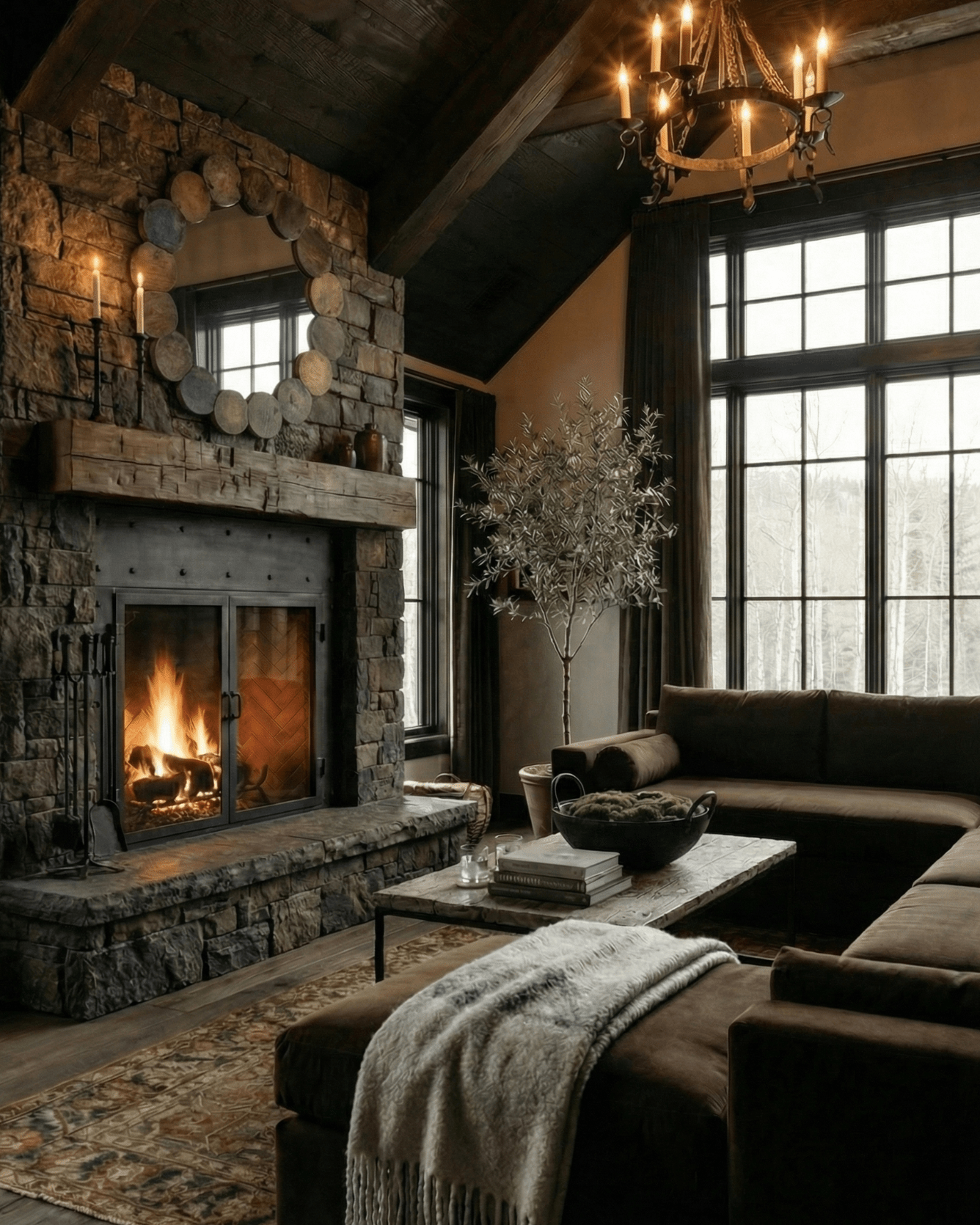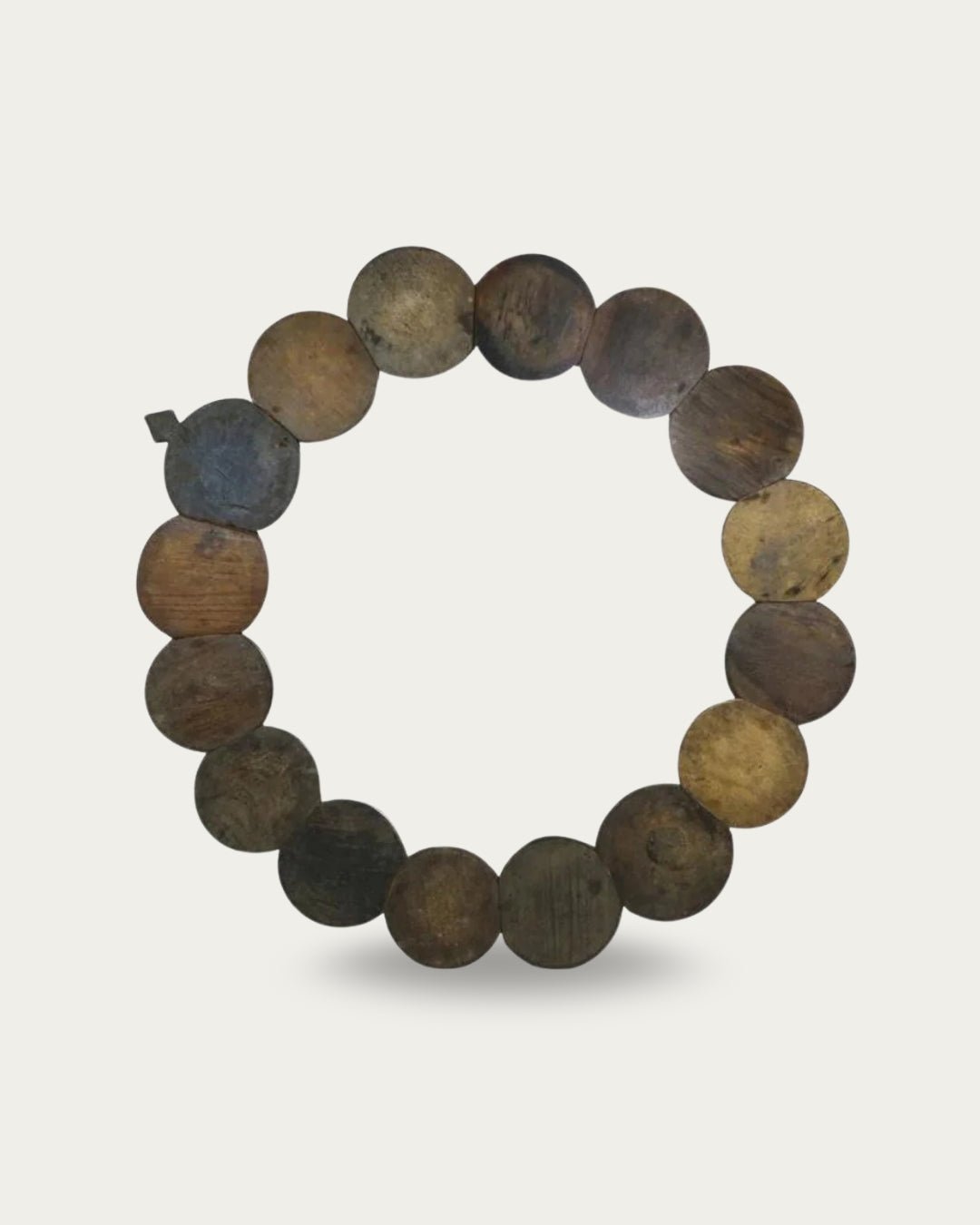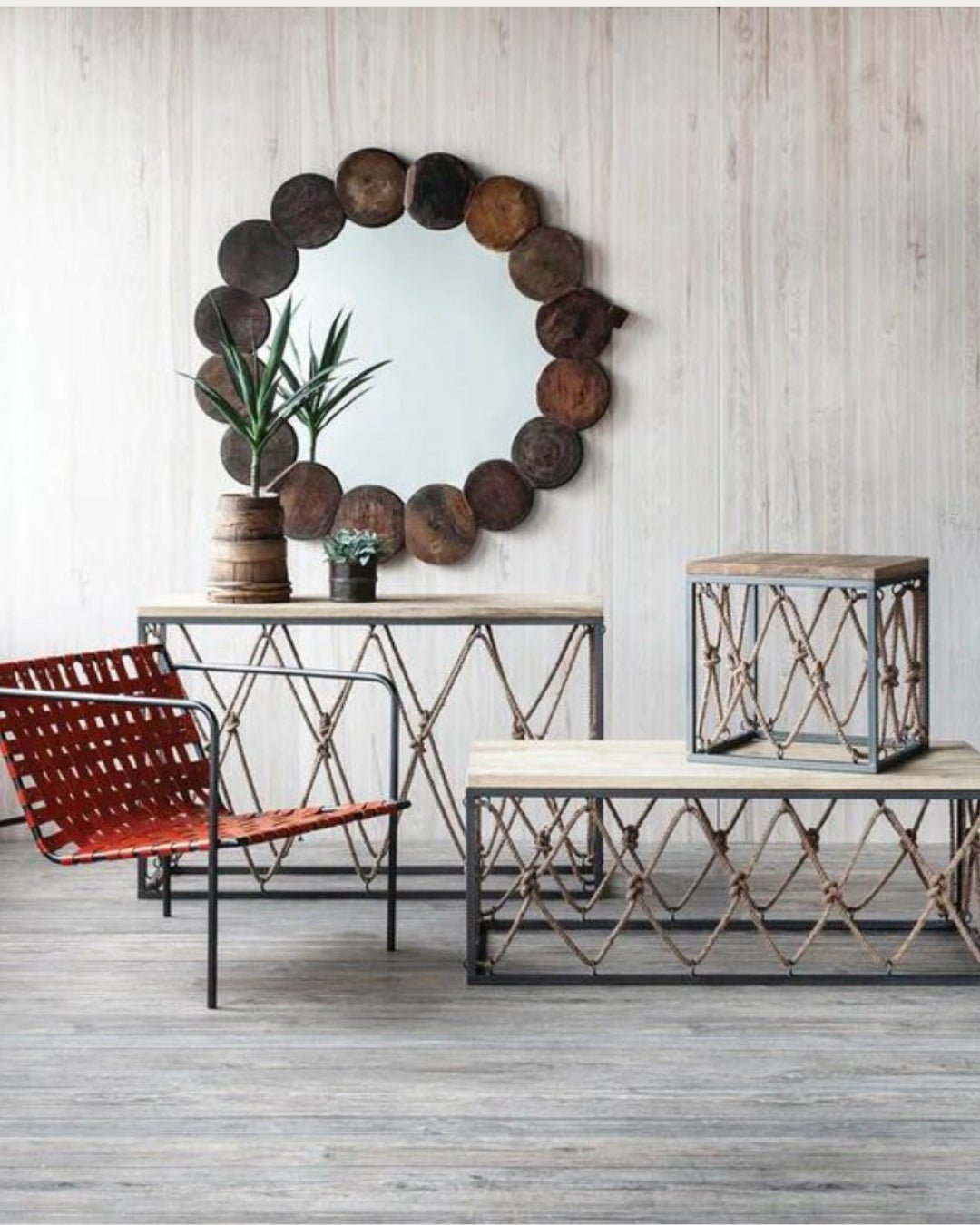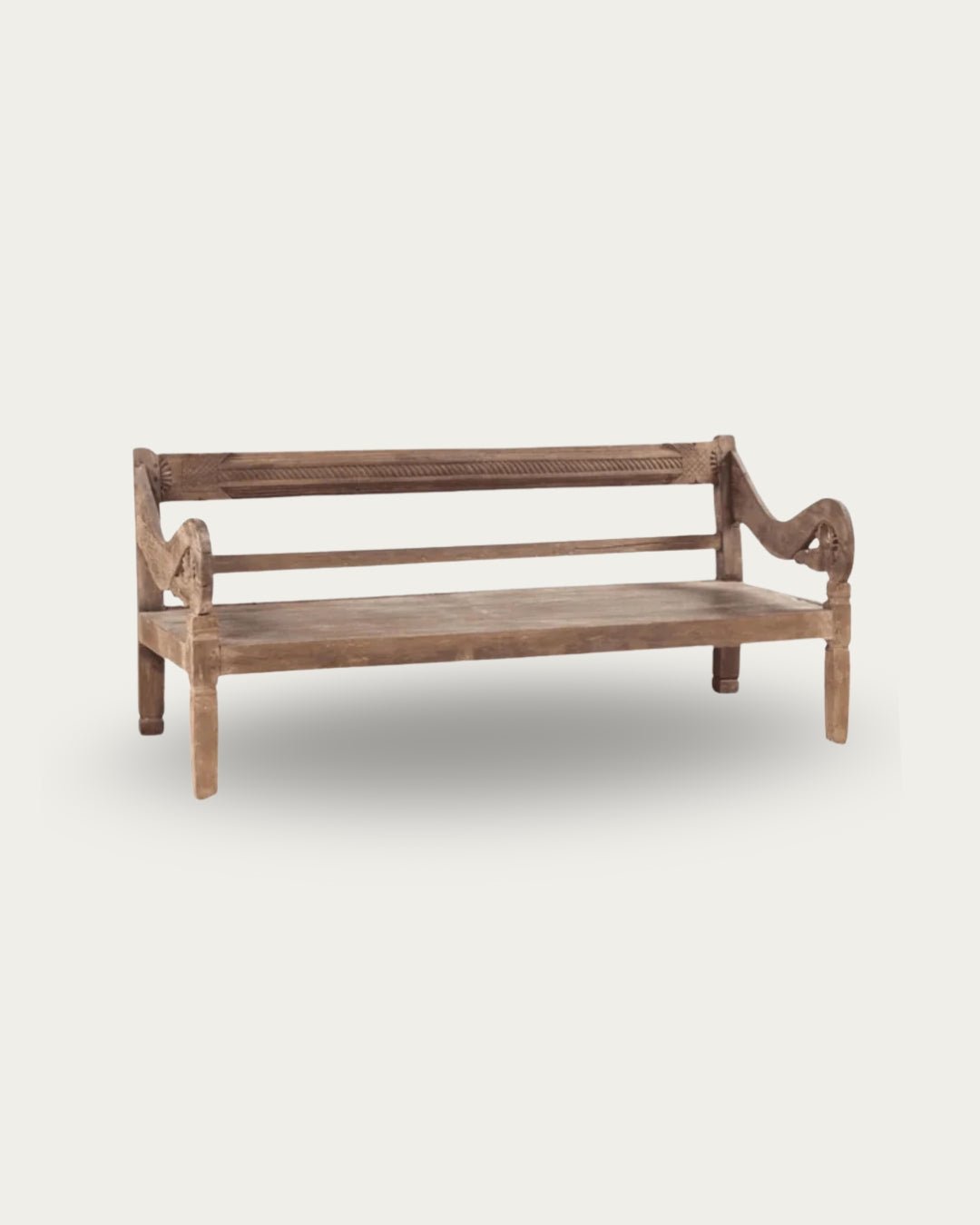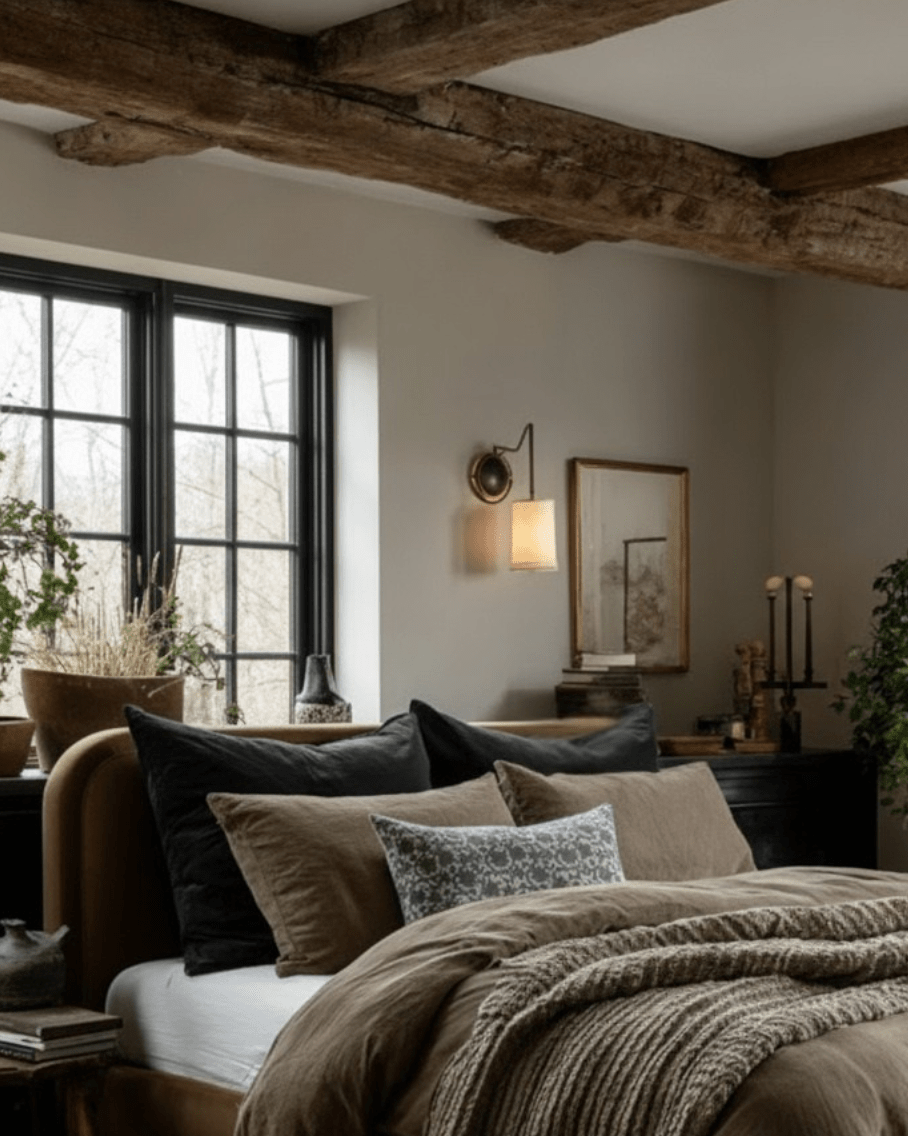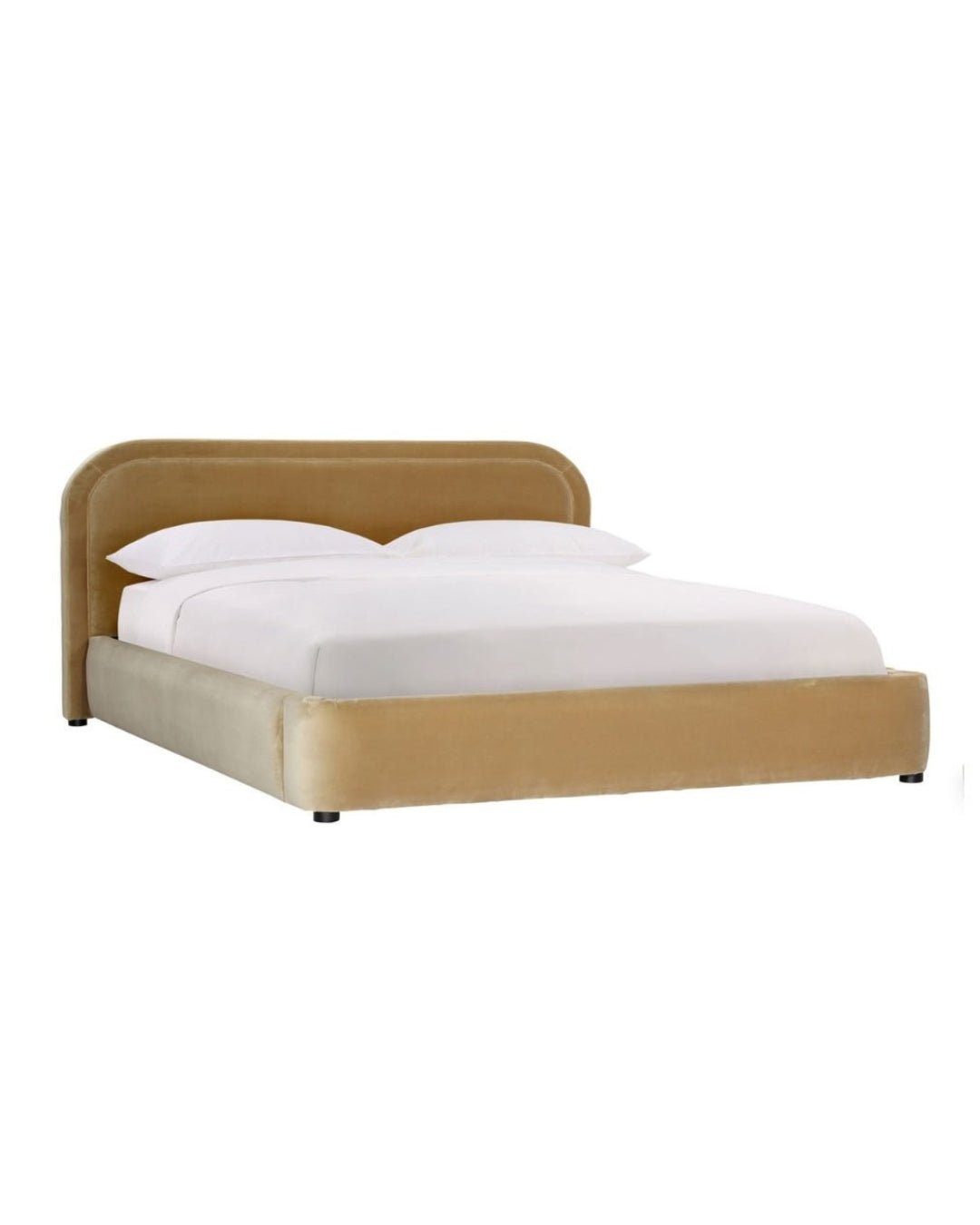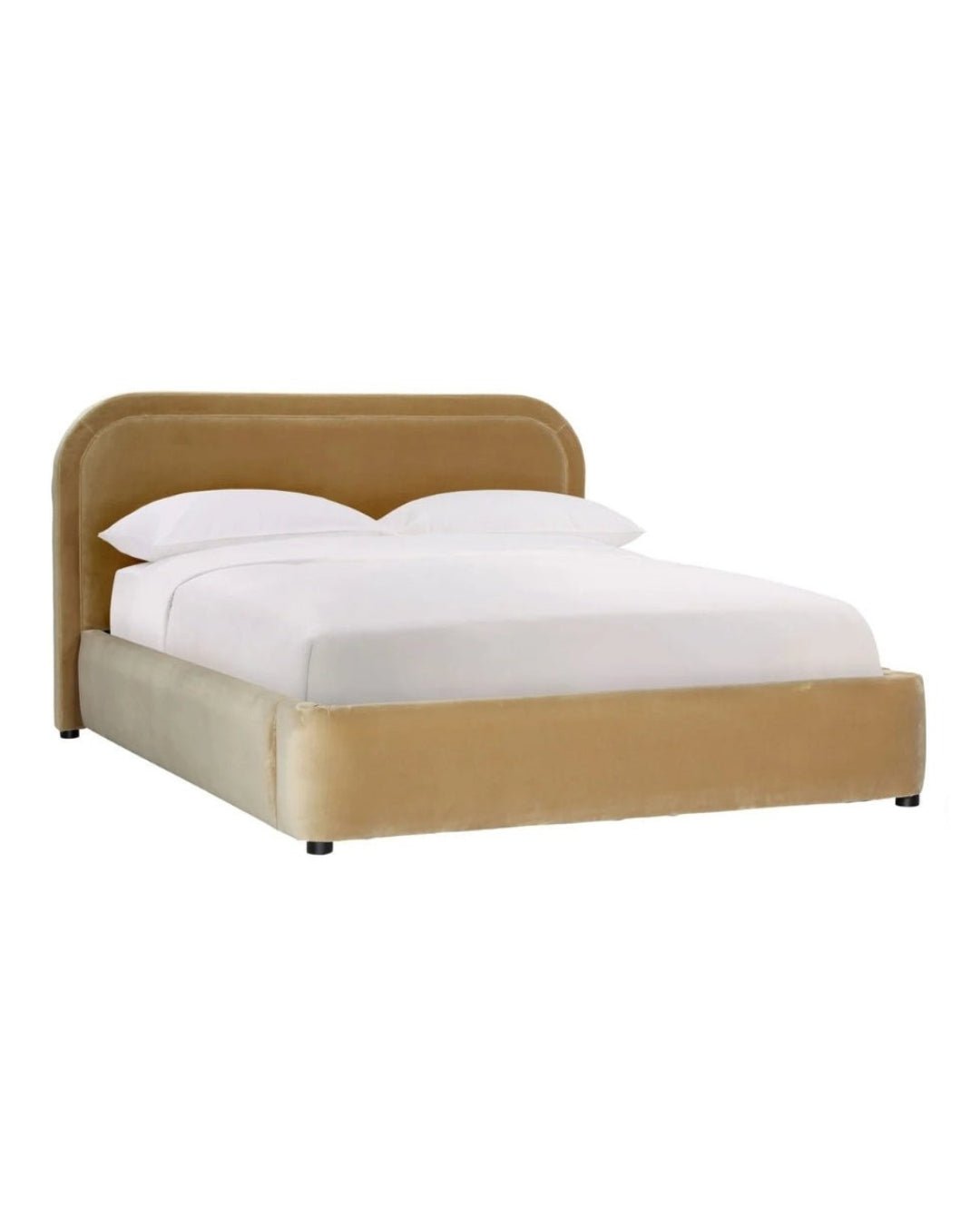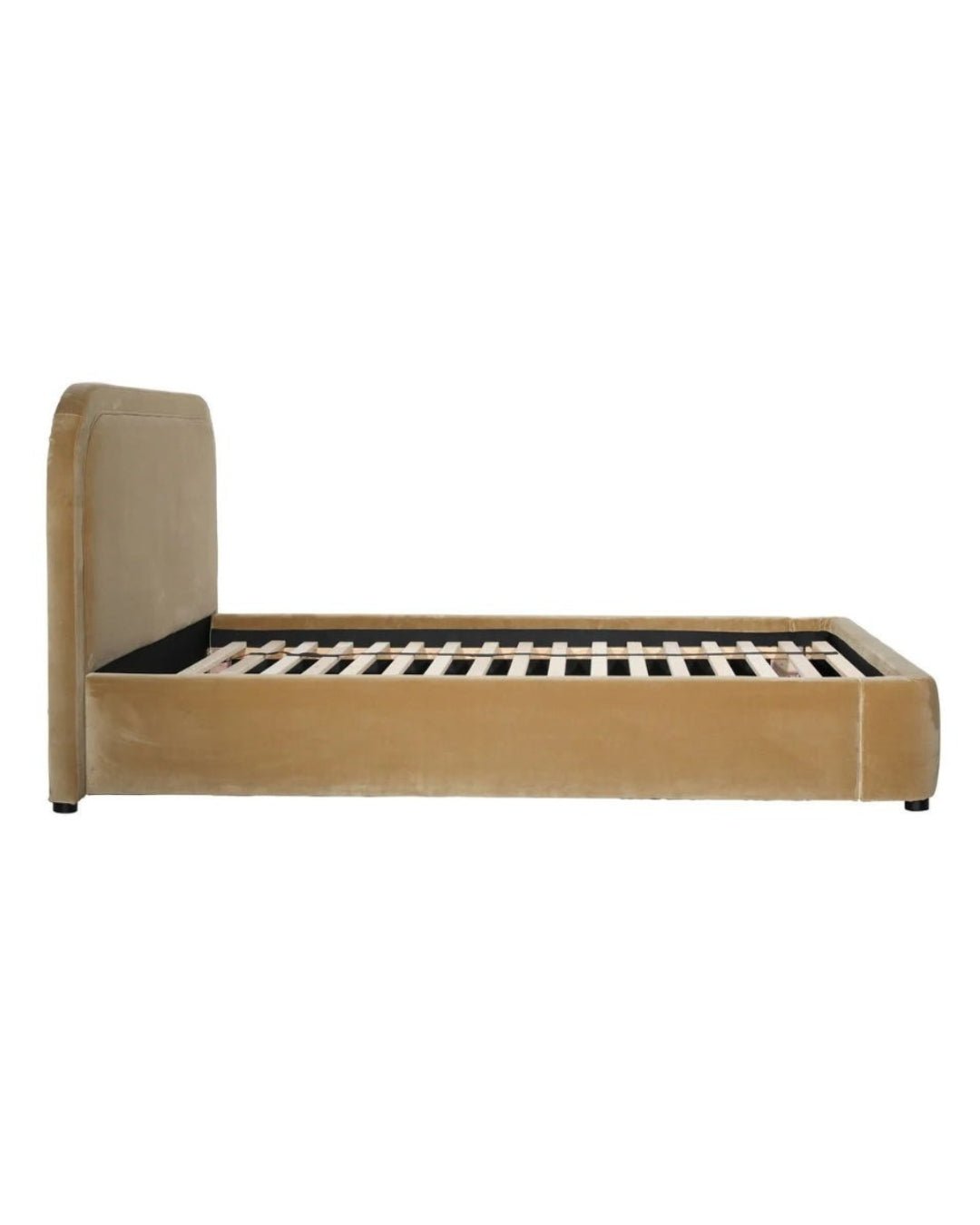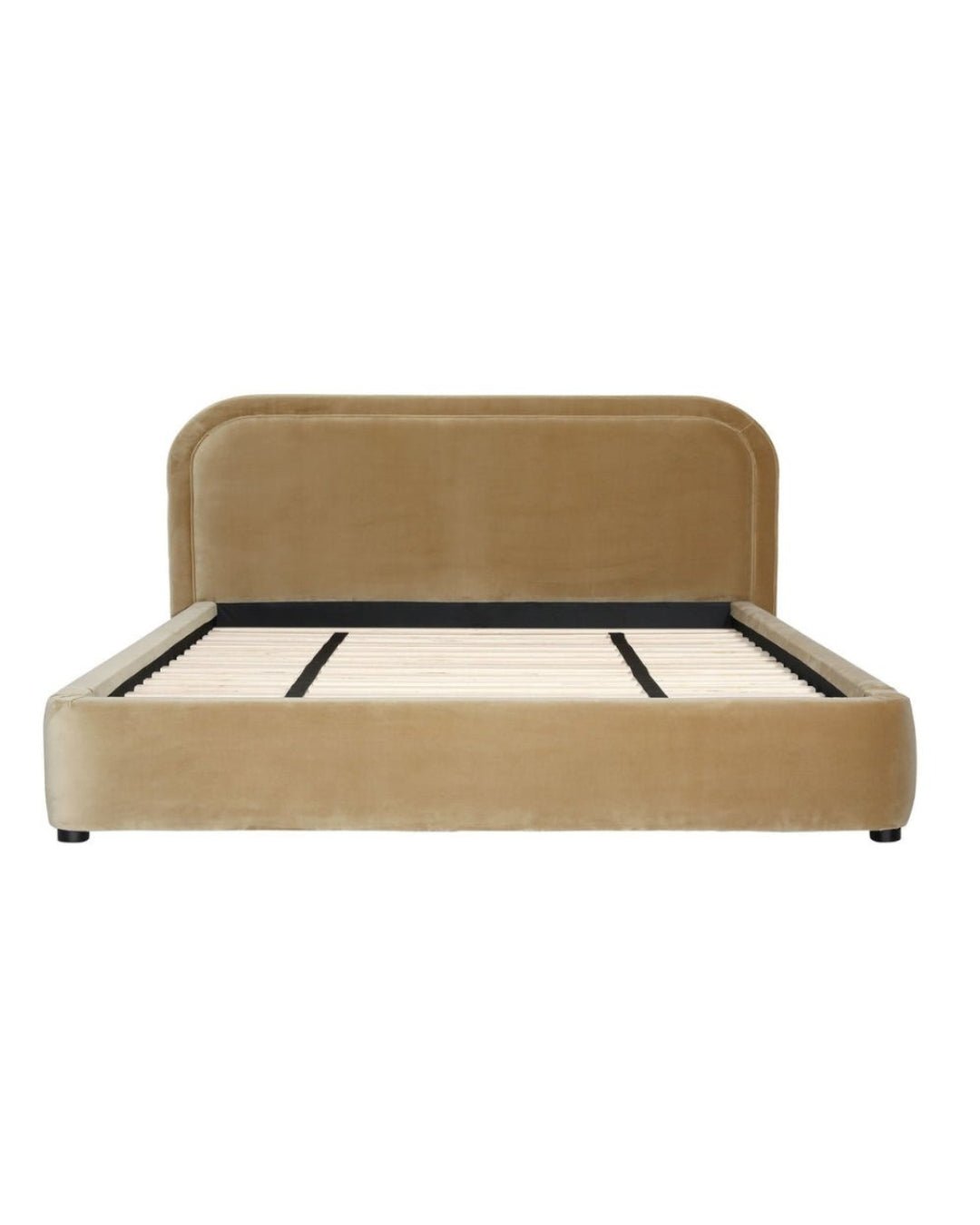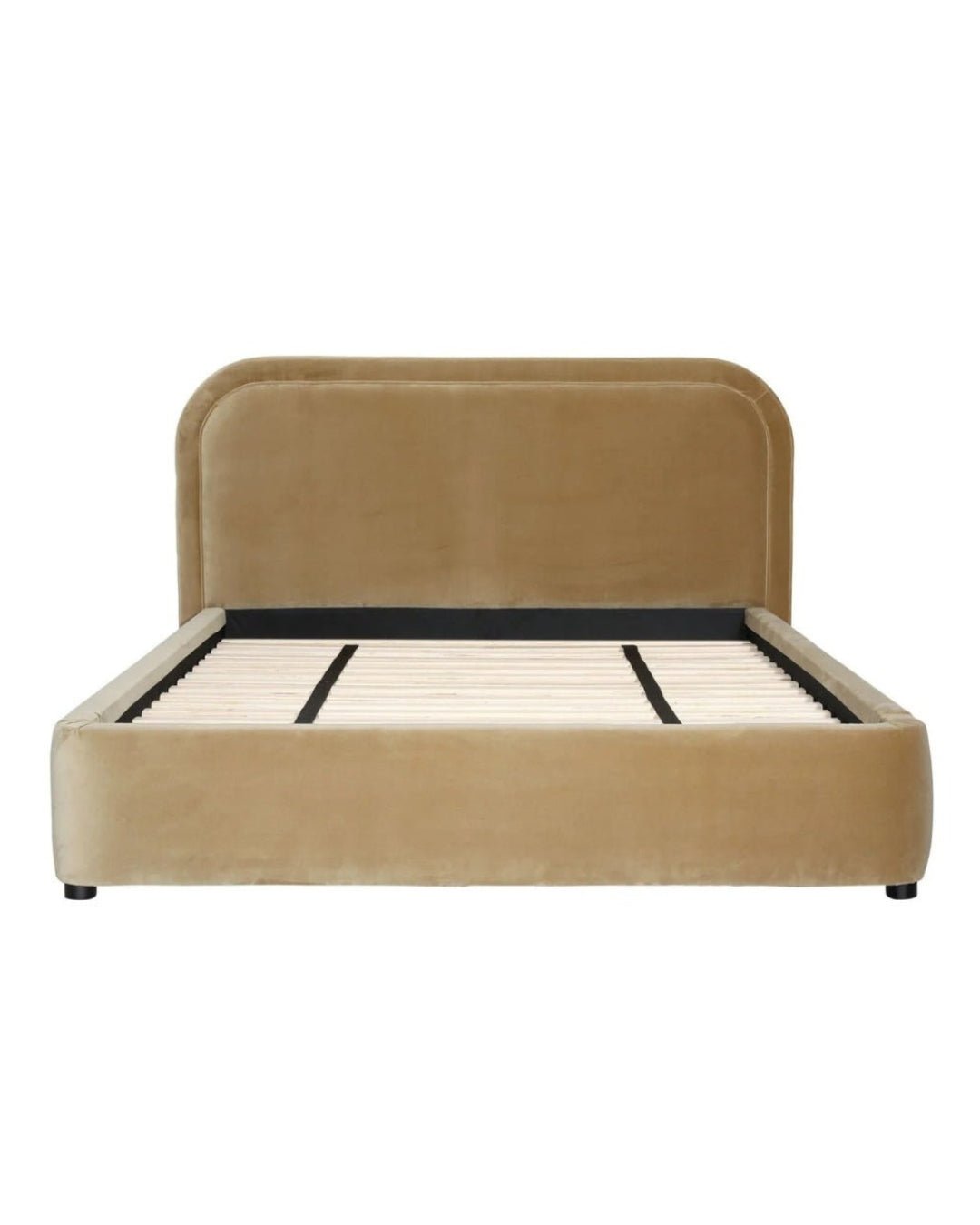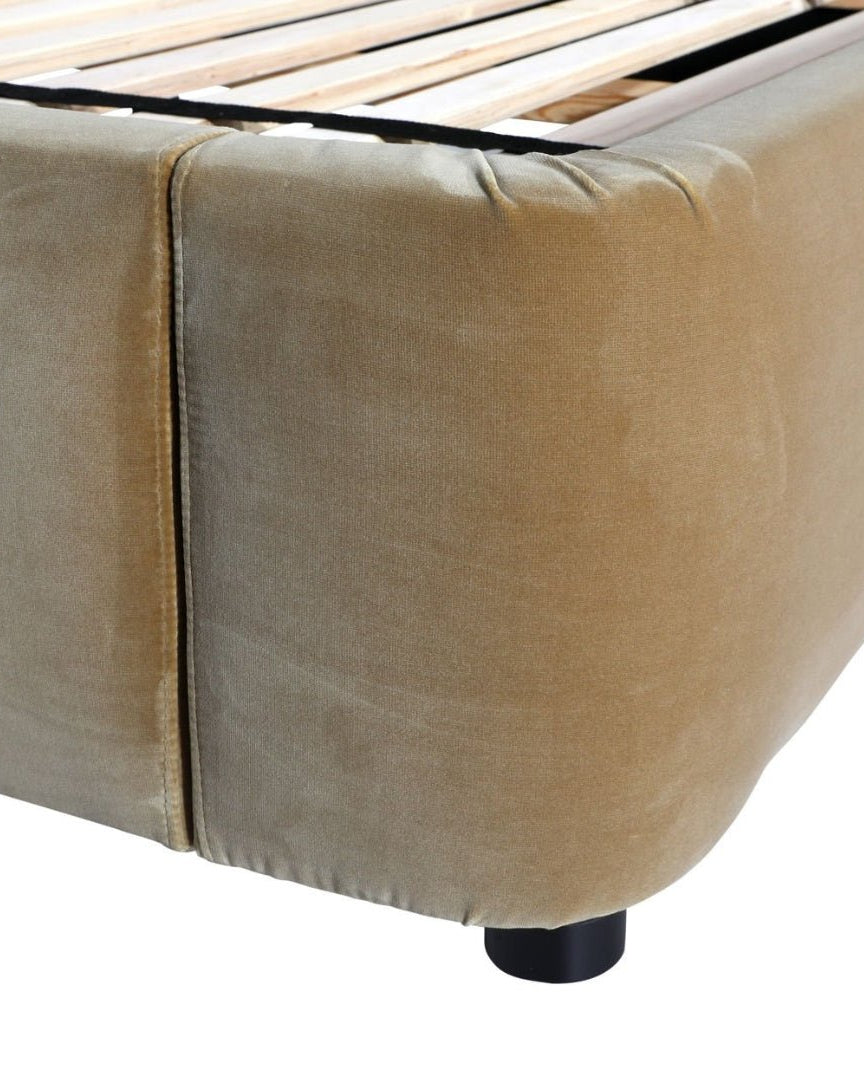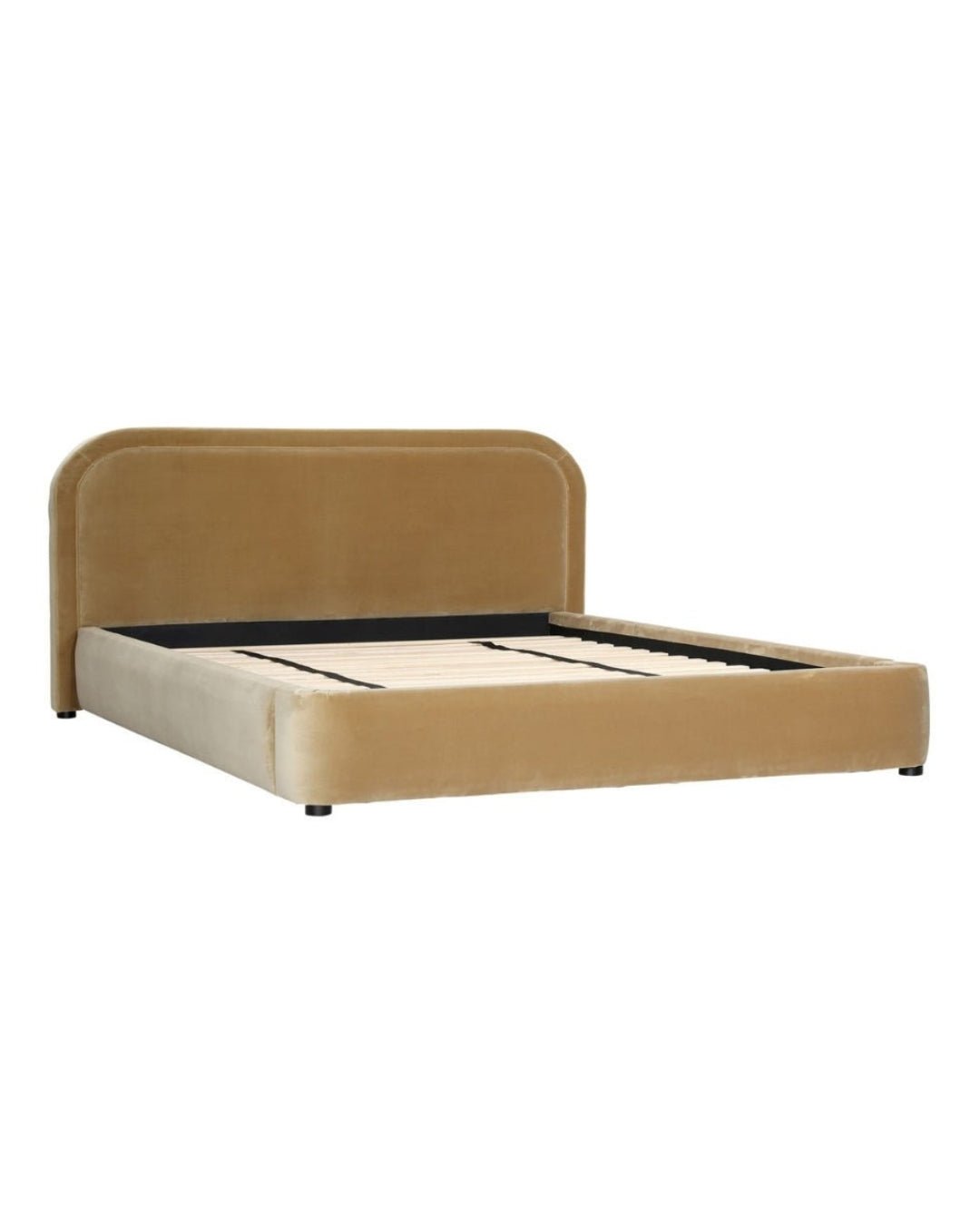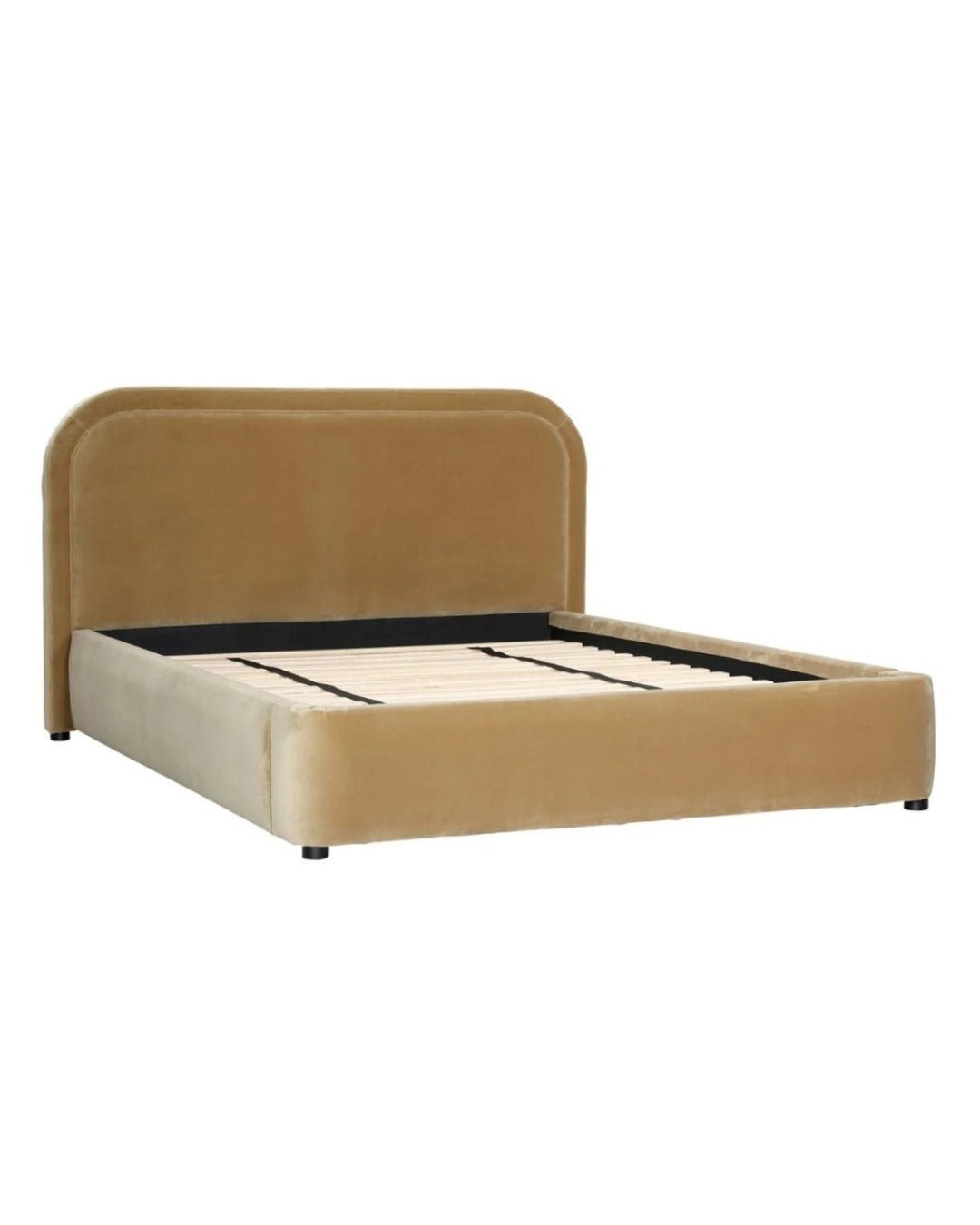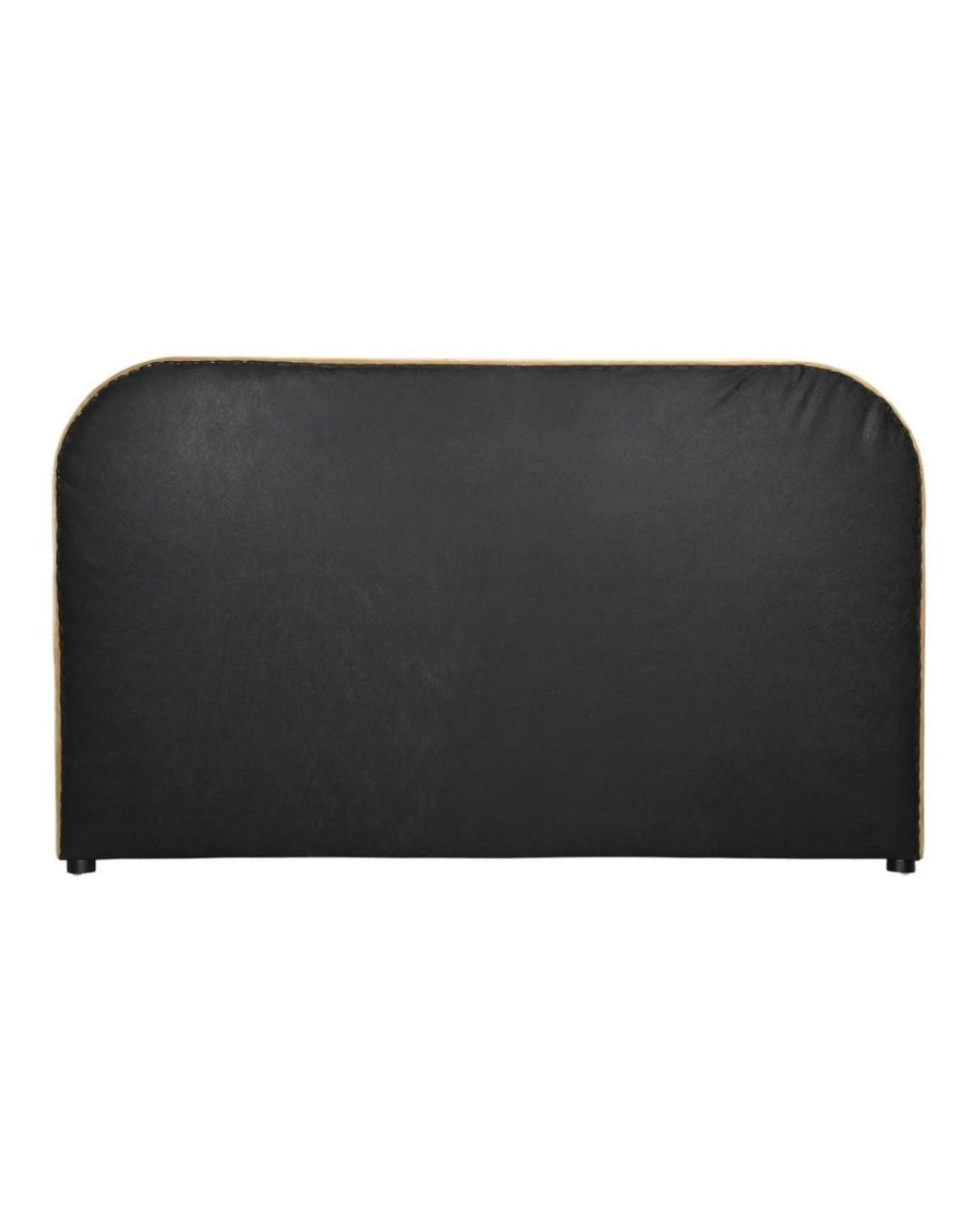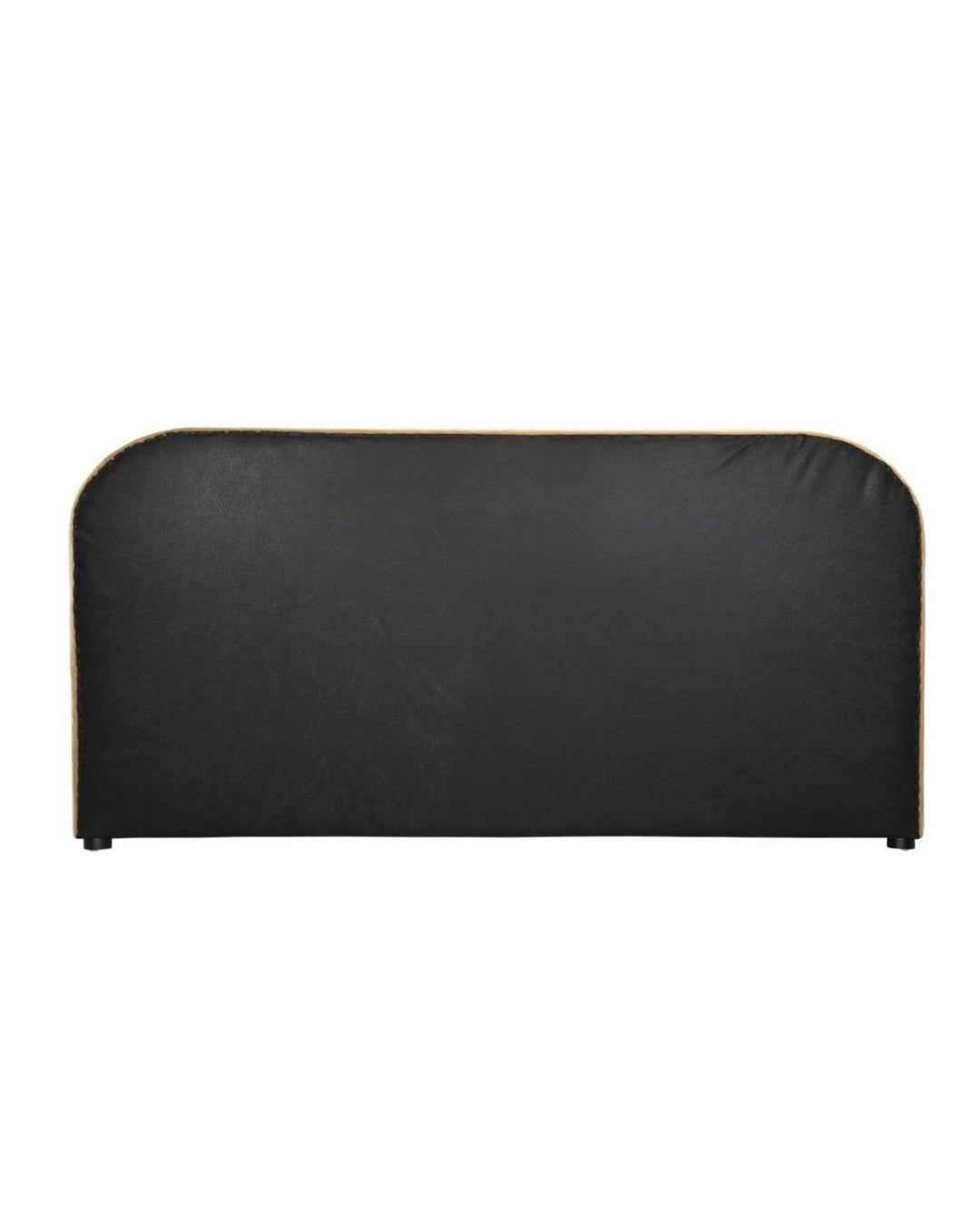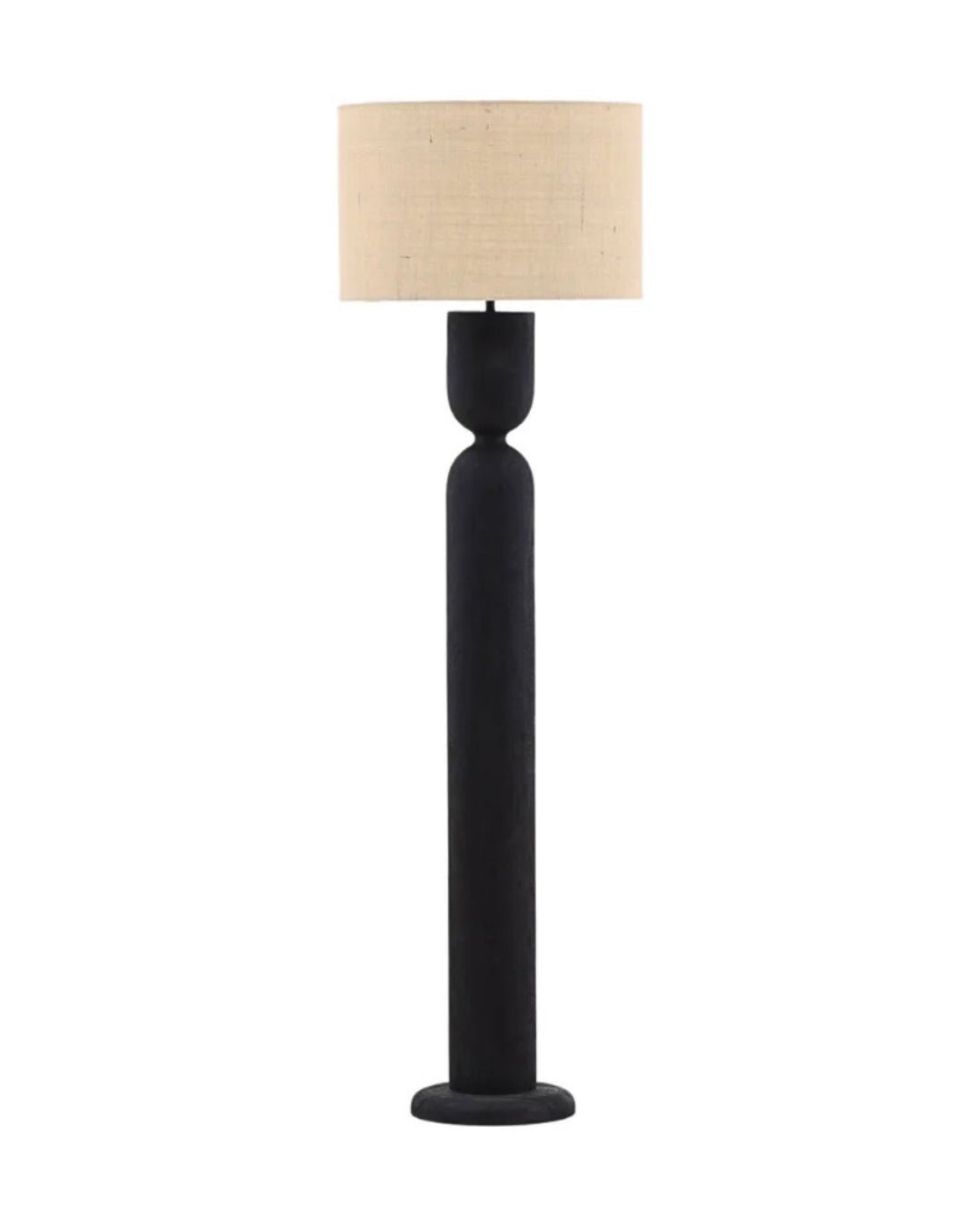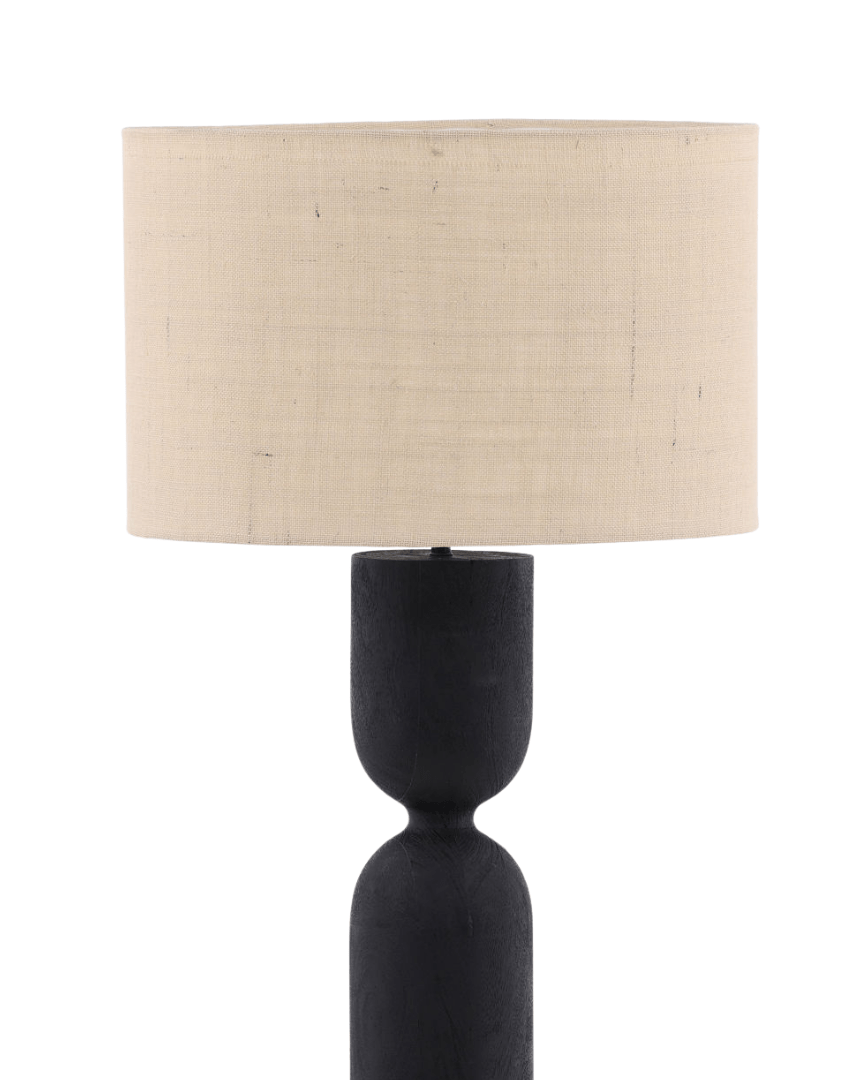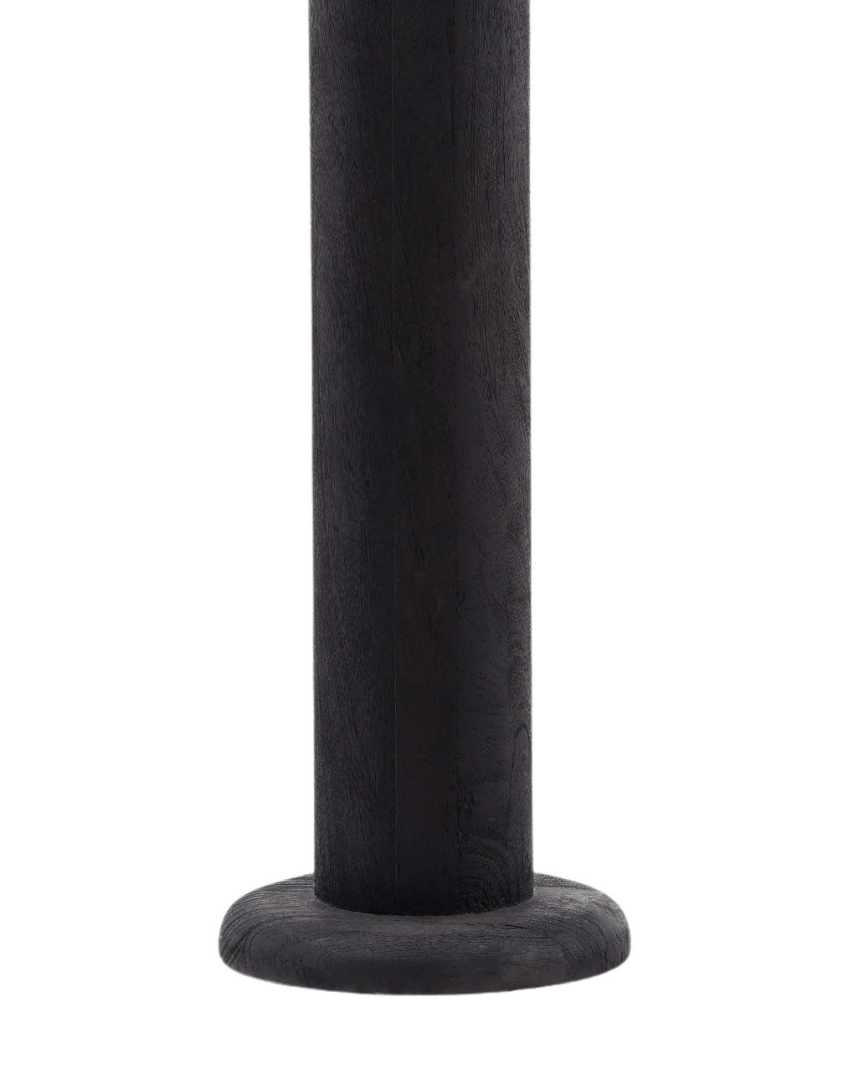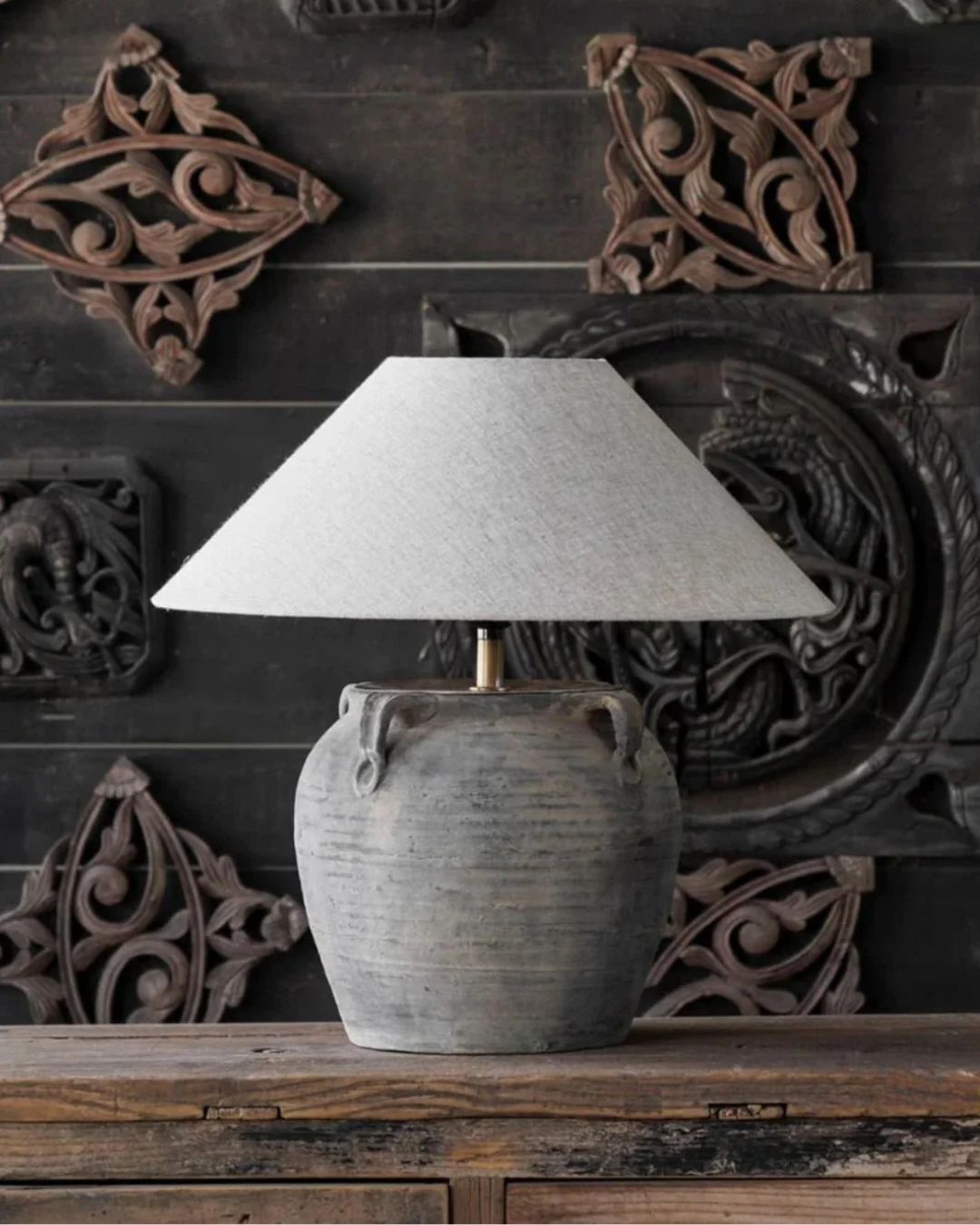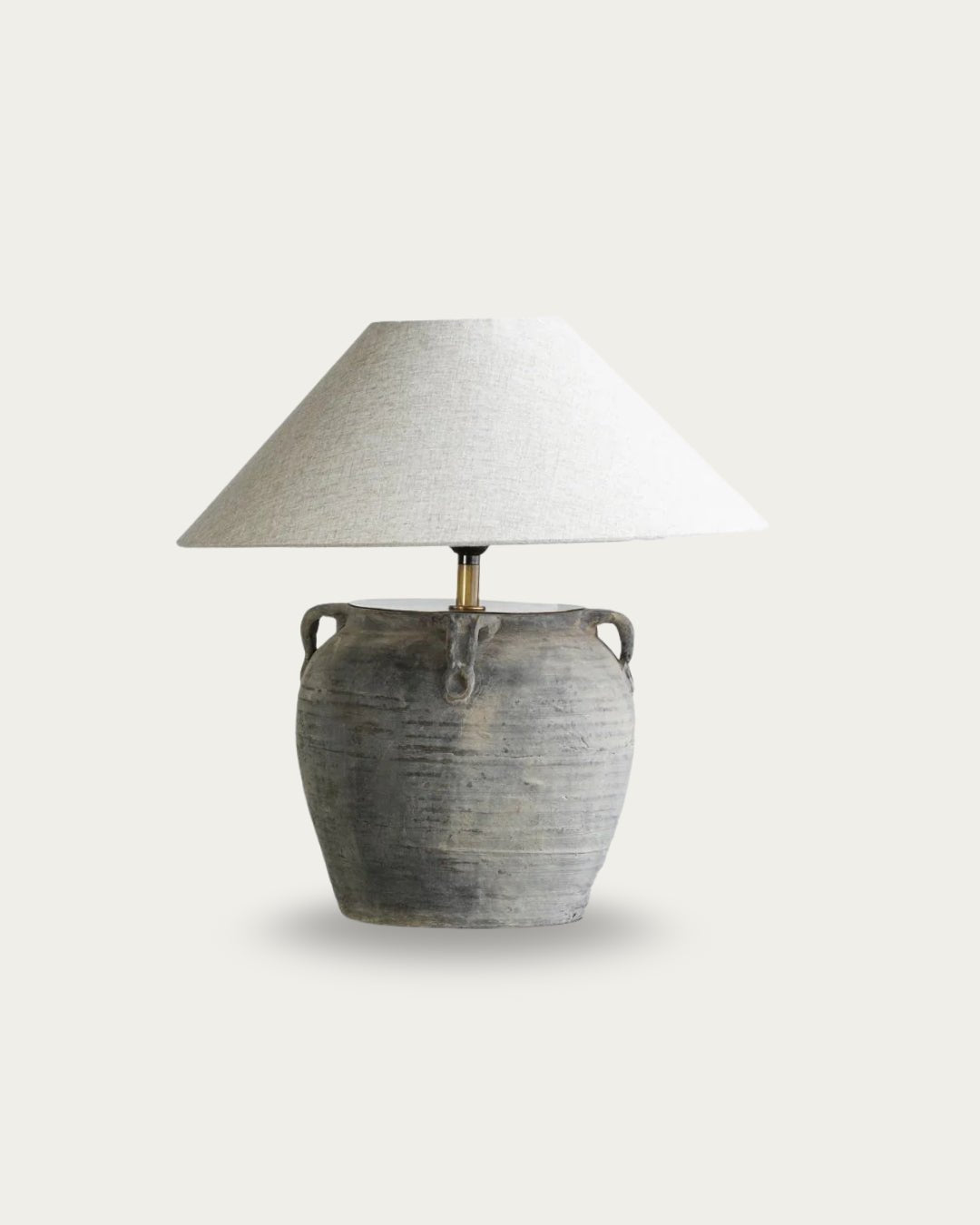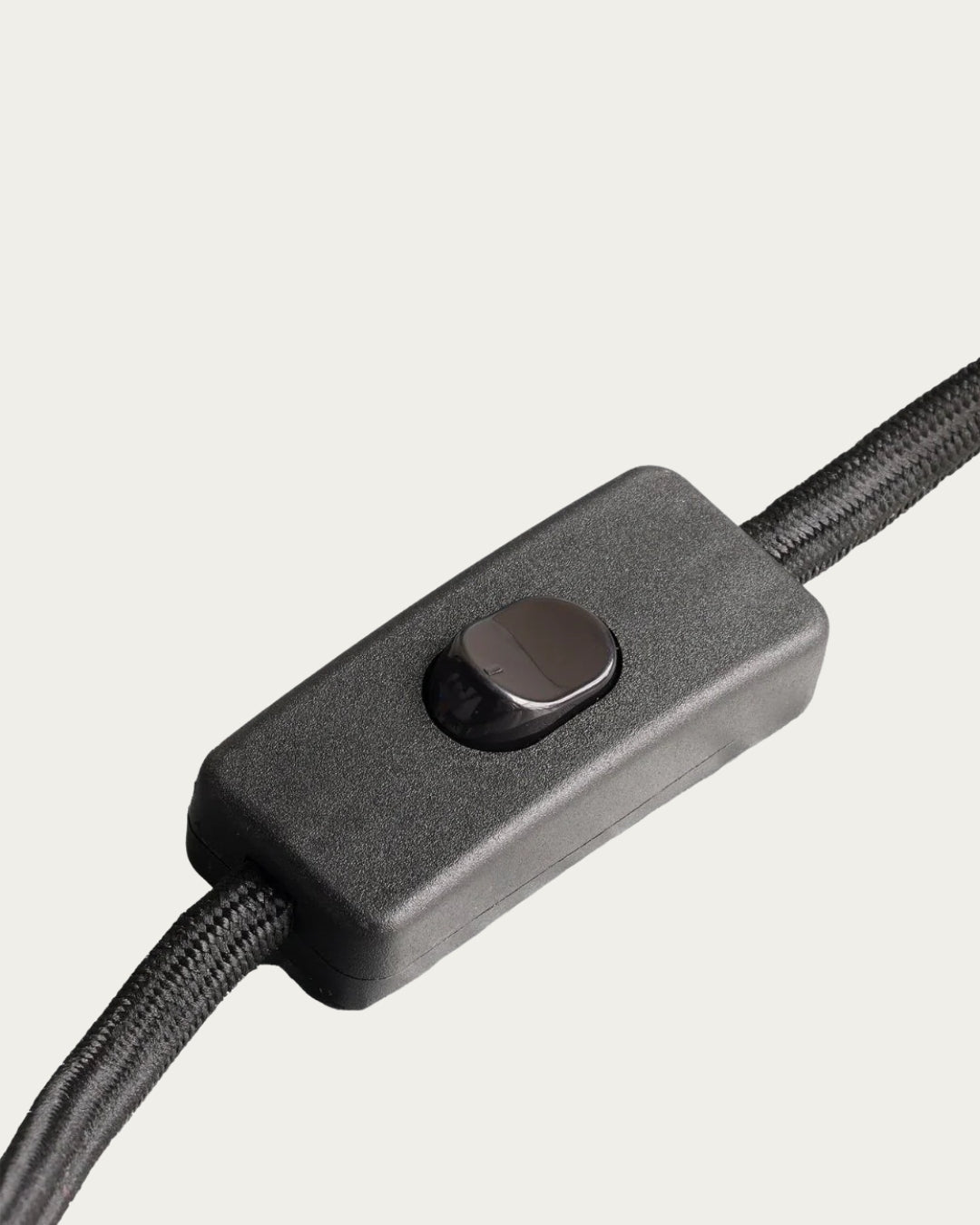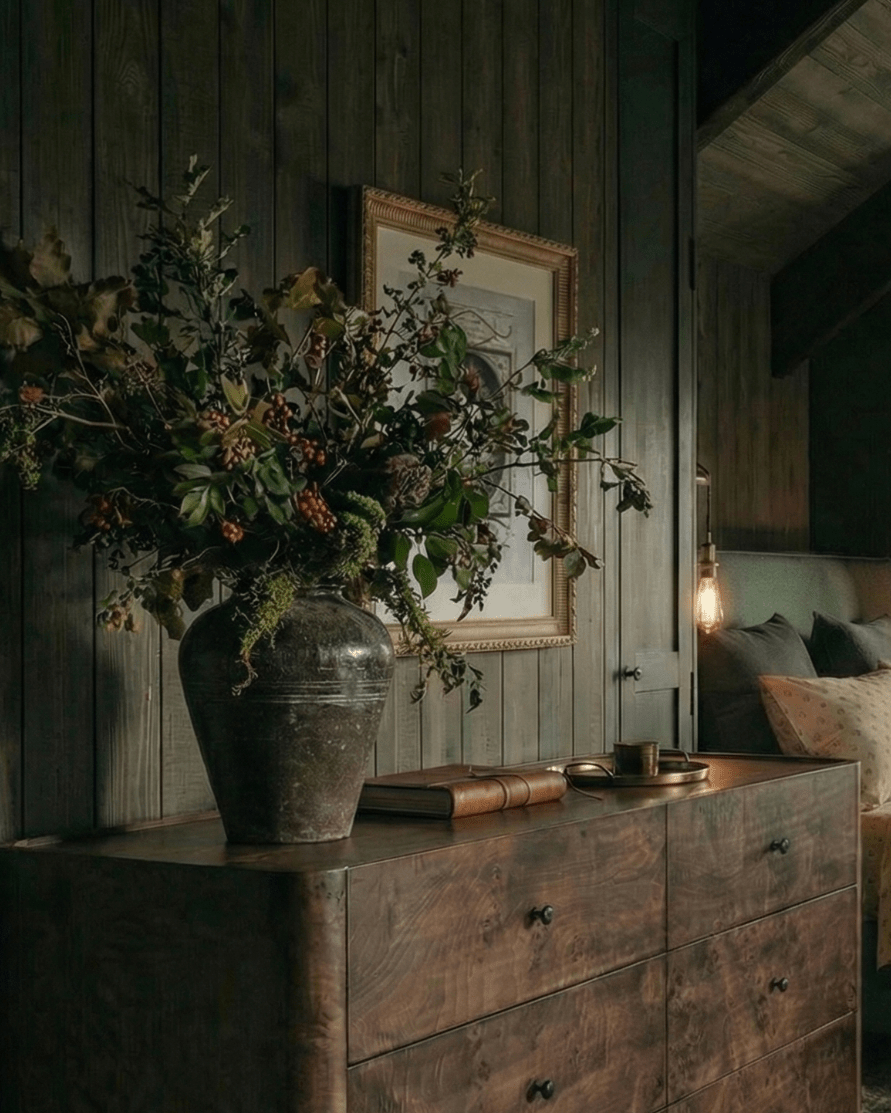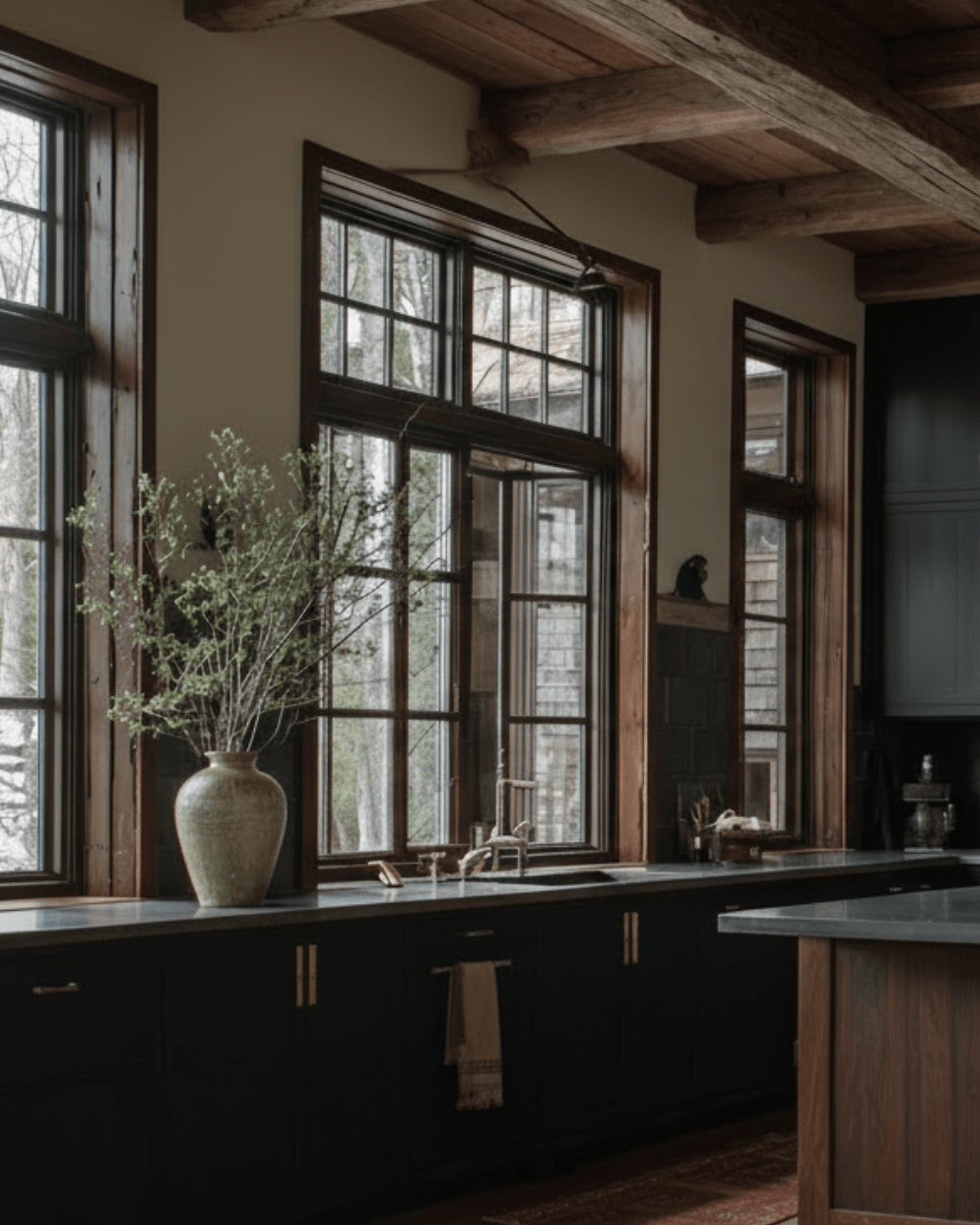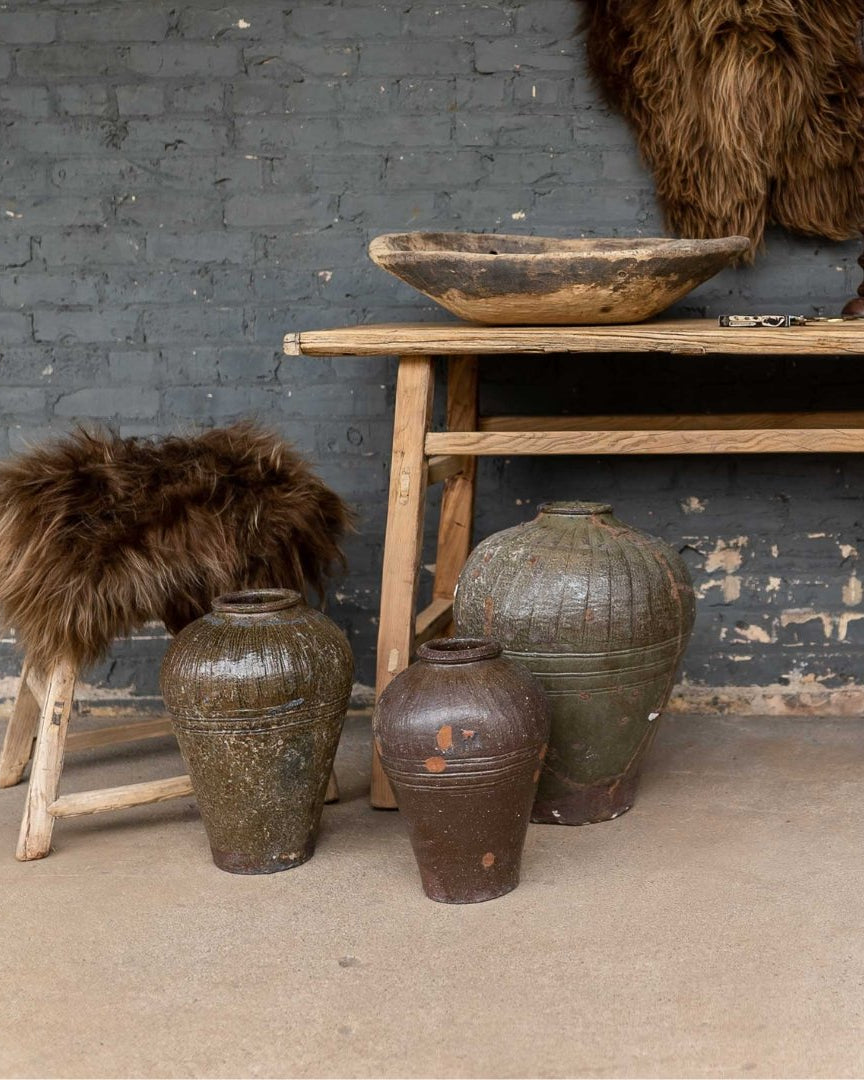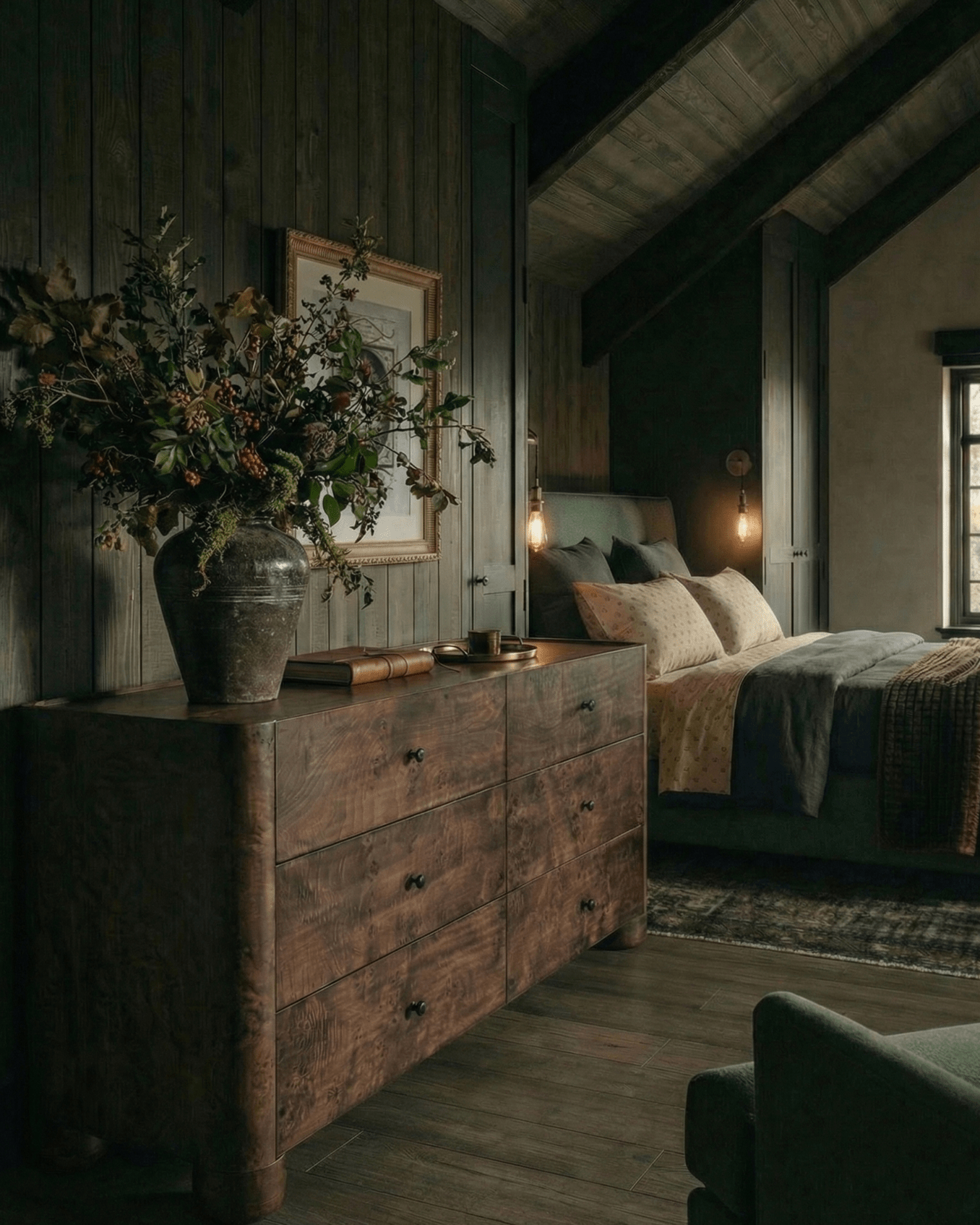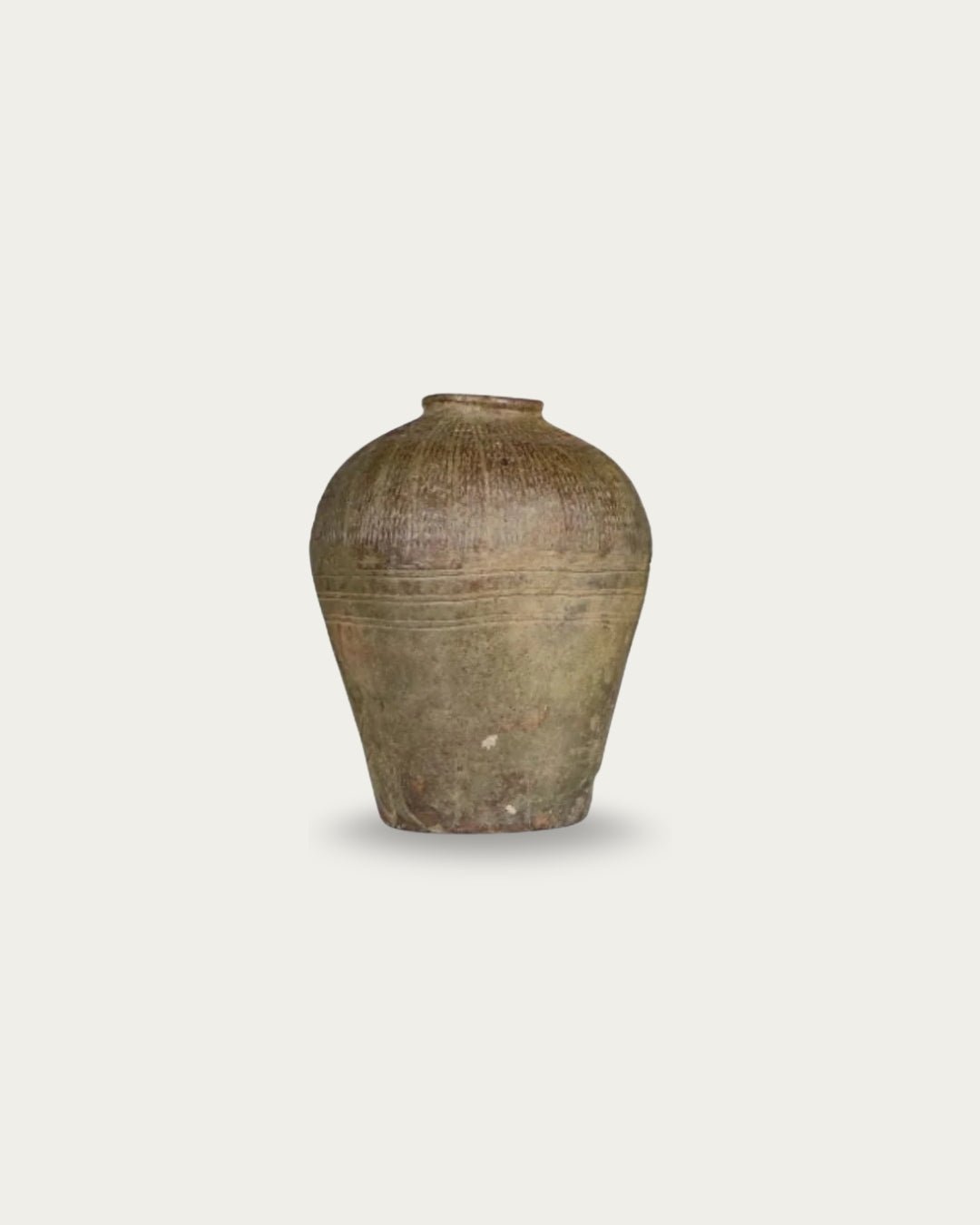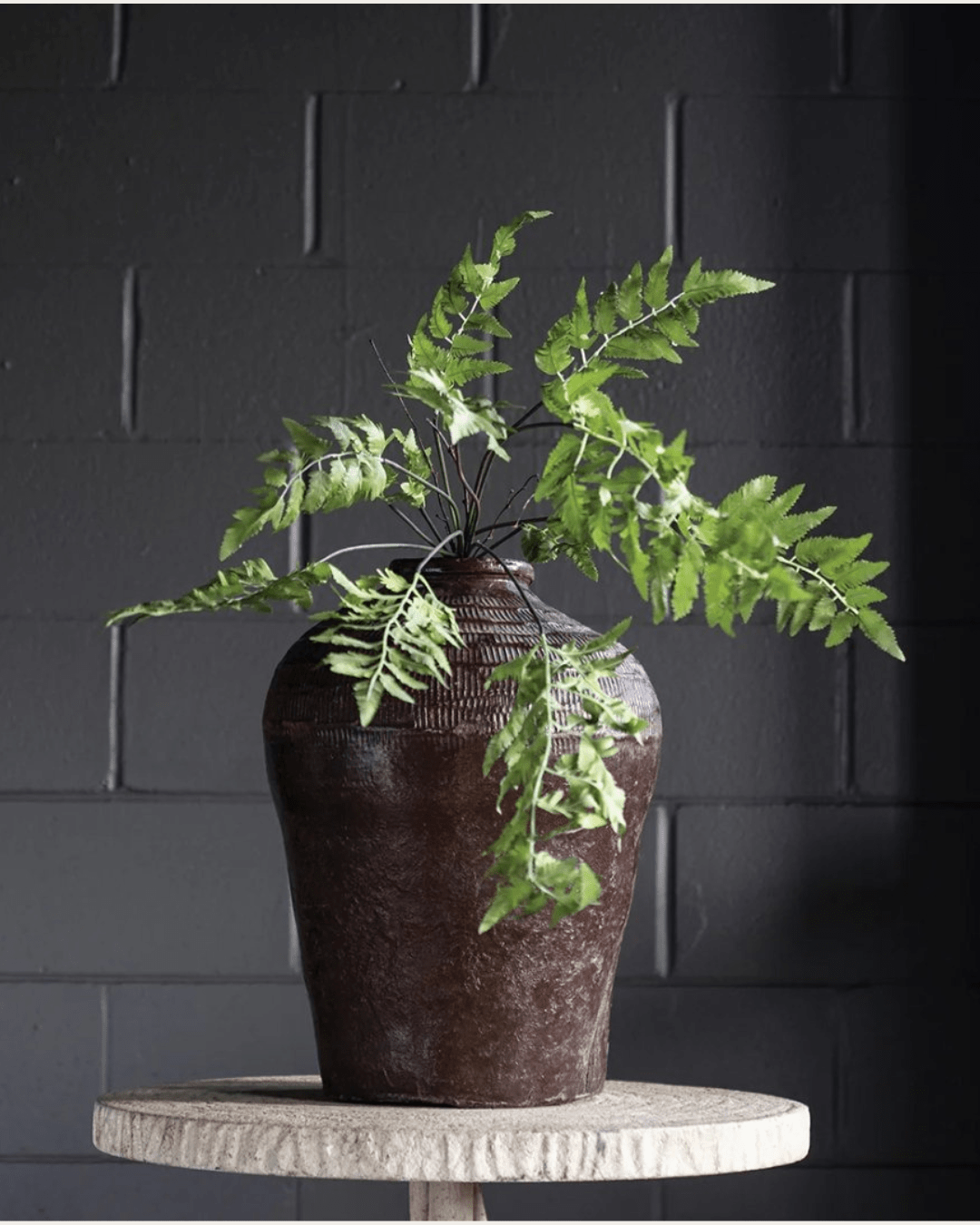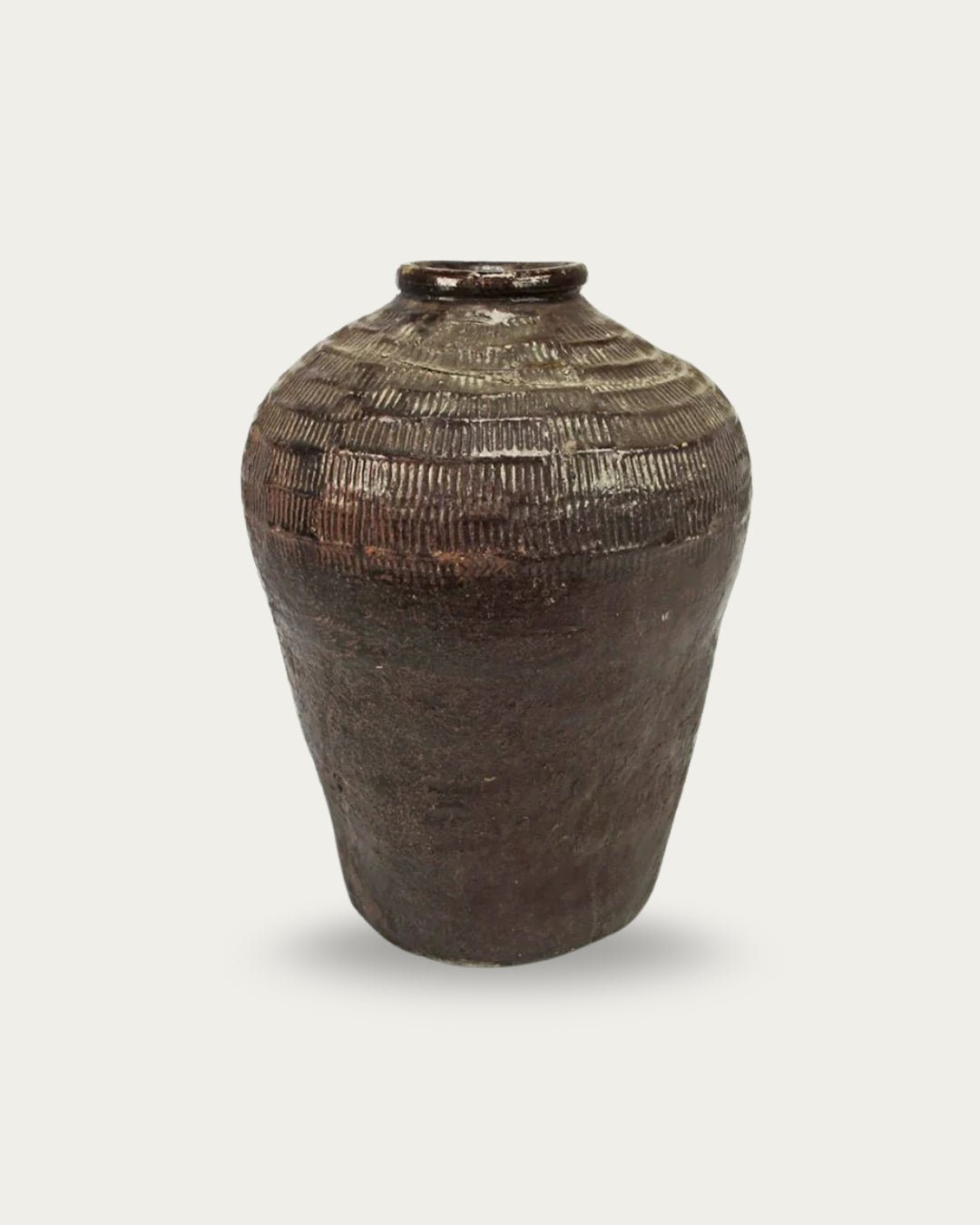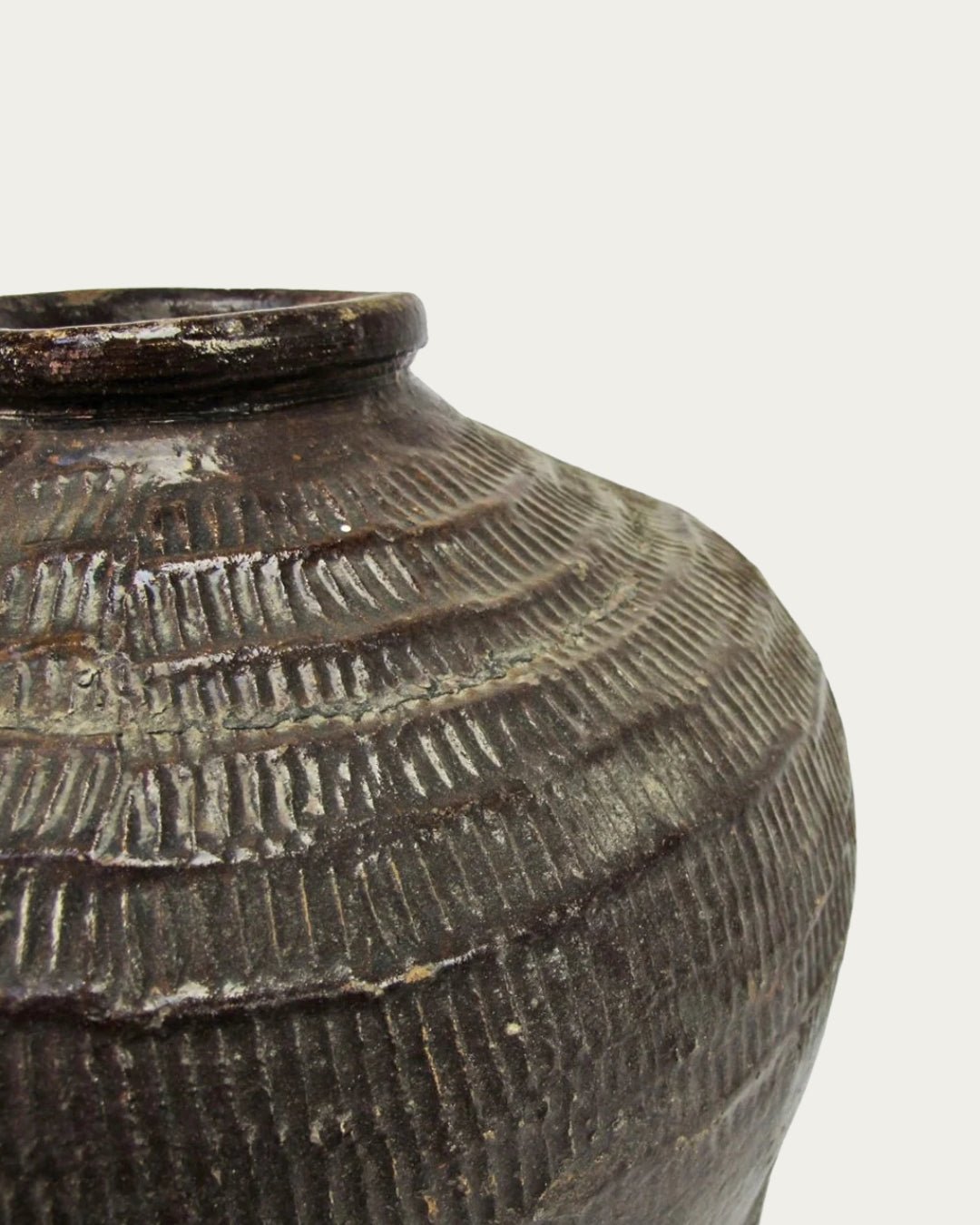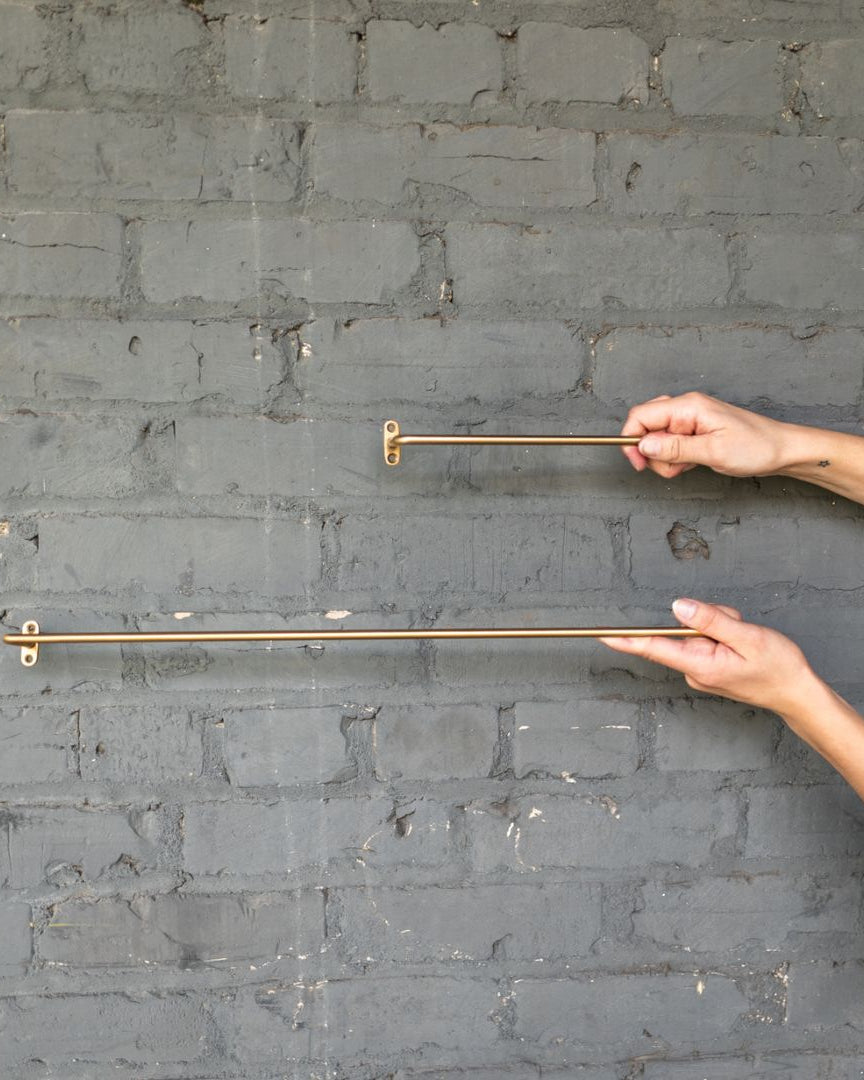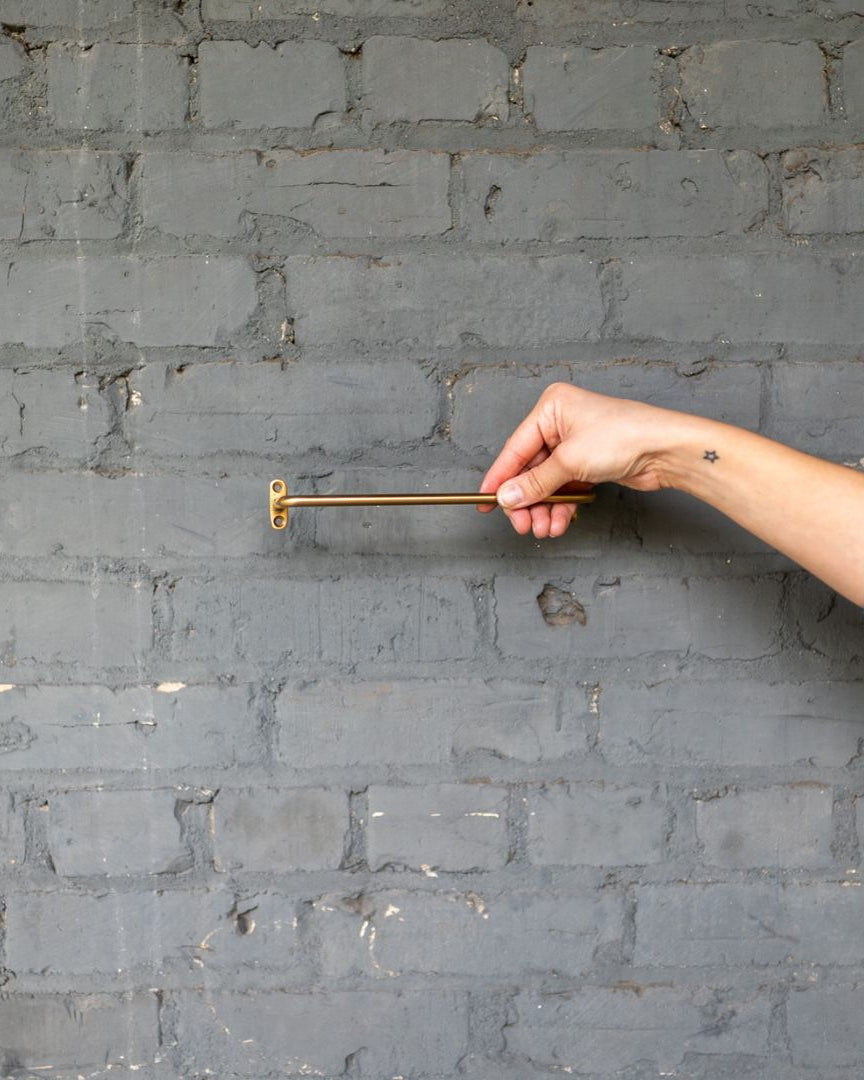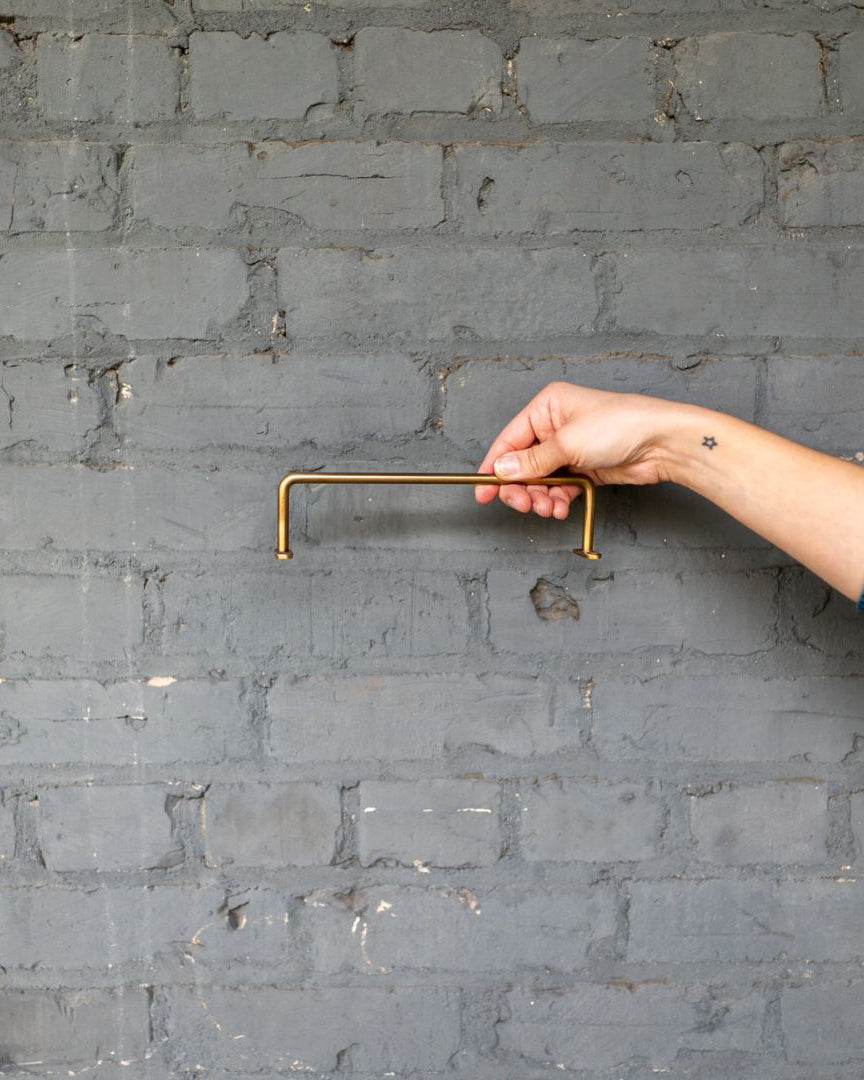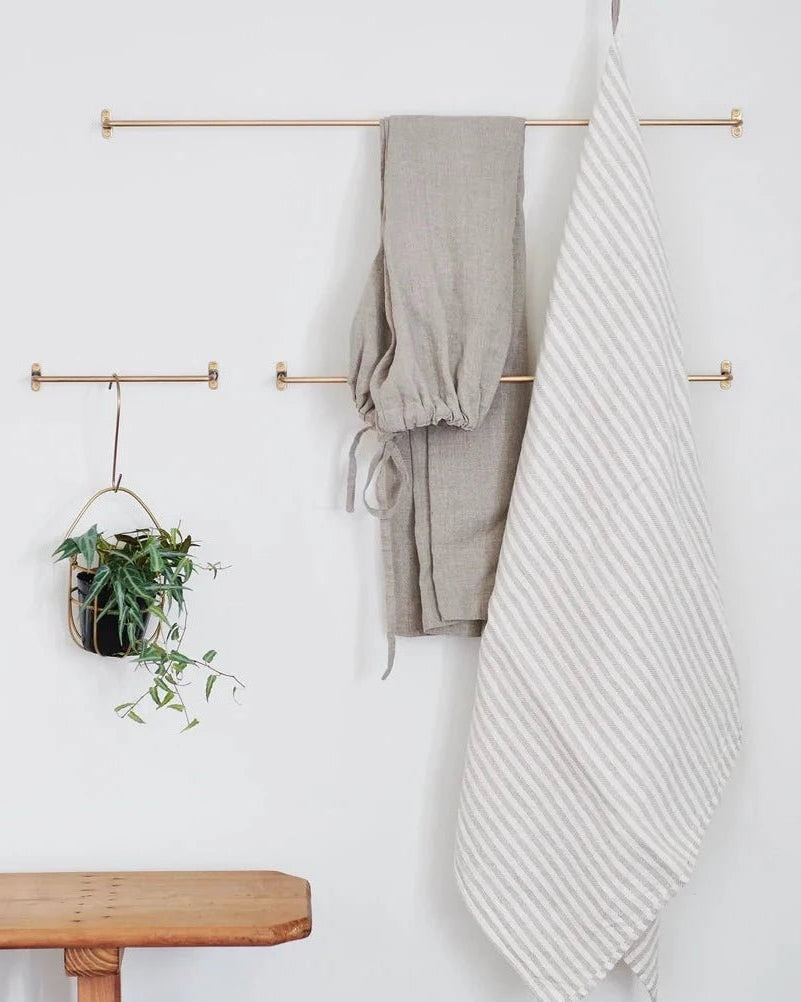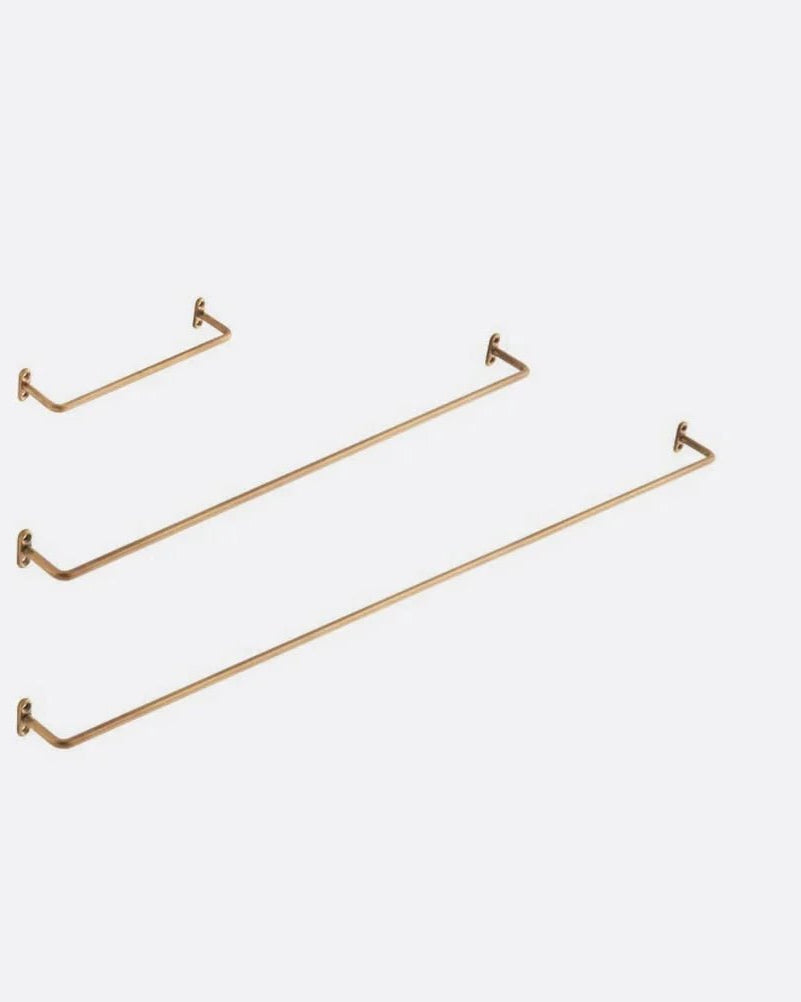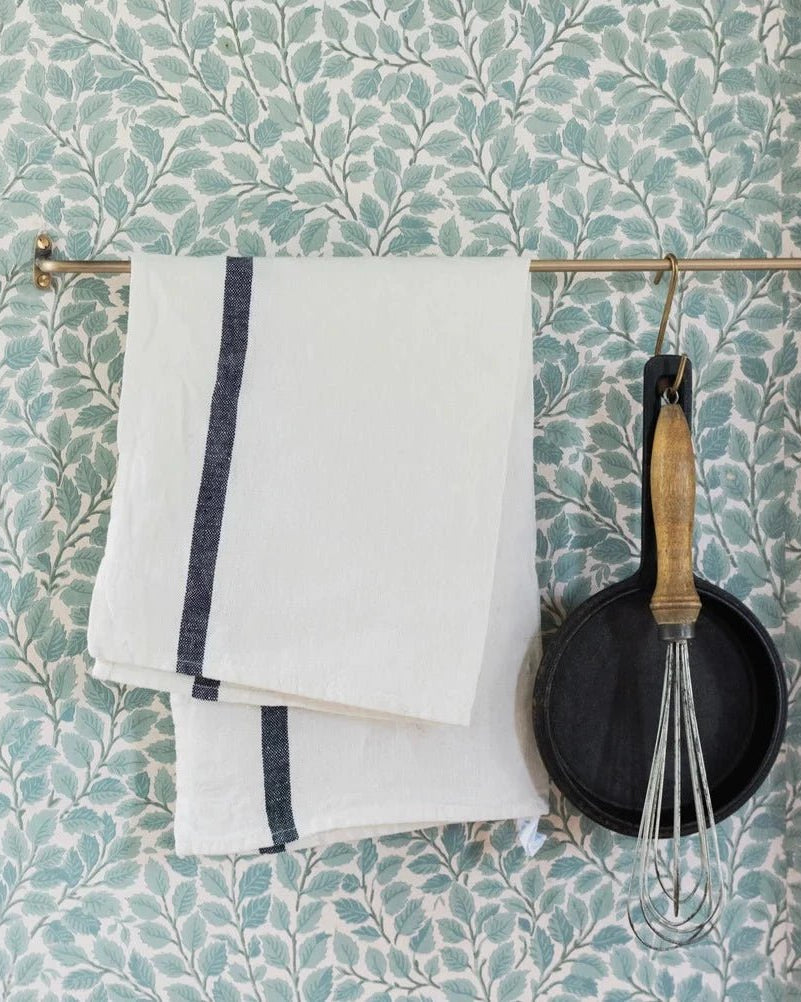
A chair is never just a chair.
Especially not the one you return to again and again — the one by the window, under the lamp, where the weight of the day slides off your shoulders. A reading nook chair isn’t just furniture. It’s anchor, ritual, and escape rolled into one.
The truth? You don’t need an entire library to create a retreat. Sometimes all it takes is a single chair — placed with intention, layered with comfort, and grounded in texture — to shift a corner into sanctuary.
Explore our lounge chairs — pieces designed to hold you, anchor your corners, and turn ordinary spaces into retreat.
The Psychology of the Reading Nook
Why One Chair Feels Different Than a Sofa
There’s a reason you reach for a chair when you want stillness instead of sprawling across the sofa. A reading nook chair is contained, personal, and direct. A sofa belongs to everyone — the whole family, the dog, the pile of unfolded laundry. But a single chair? That’s yours. It’s a personal anchor in a space that might otherwise feel shared or chaotic.
Design-wise, the difference is proportion. Sofas dominate; chairs define. Placing one accent chair with intention transforms it from “extra seating” into a punctuation mark. It tells the body this corner has a purpose. That psychological signal is powerful: it creates the feeling of a retreat, even in the busiest living rooms.
Ritual and Nervous System Regulation
A reading nook isn’t just about style — it’s about rhythm. Choosing a specific chair as your ritual spot cues the nervous system into regulation. Every time you settle in, the body remembers: this is where we slow down, this is where we breathe. A reading nook chair becomes an anchor for rest in the same way a bed cues sleep.
This is why materials and textures matter. Soft boucle or plush leather feel different under the skin than the taut cushions of a sofa. Add an ottoman, a throw, and a lamp, and you’ve built not just a corner, but a habit. Over time, your body associates that one chair with restoration — an internal reminder that you can step out of urgency and into pause.
Escape Through Boundaries
Not every home has a spare room for a library. But you don’t need four walls to create escape — you need boundaries. A reading nook chair placed with intention can carve out psychological space even in an open-plan living room. The boundary isn’t built with drywall; it’s created with light, proportion, and placement.
Angle the chair slightly away from the main seating area, add a side table, and place a lamp overhead — suddenly, that corner reads as separate. It tells you and anyone else in the room: this space has a different function. Those small visual boundaries are enough for the nervous system to recognize a zone of calm, an escape within the open flow of a house.
Find the chair that becomes your anchor for rest.
Why Every Home Needs a Reading Nook Chair

A nook chair does two things simultaneously: it anchors a room and creates an intimate pause inside it. Place one in a corner of your living room and the space suddenly has dimension. Add one to a bedroom and it becomes the bridge between work, rest, and ritual.
Beyond layout, a chair cues your nervous system to slow down. A specific seat signals a specific mode: here is where we rest, here is where we read, here is where we escape. It’s not just décor; it’s designed for behavior.
A single chair can shift the rhythm of a room.
Dark and Black Reading Nook Chairs
When Depth Grounds the Body
Dark tones have a way of calming a space. Place a dark accent chair in a nook, and the entire corner feels more stable, more weighted. Lighter chairs often float visually, but darker tones—chocolate leather, deep charcoal fabric, even black-stained wood—signal permanence.
The Igor brown leather club chair, upholstered in caramel leather with a hand-applied patina, embodies this kind of permanence. It creates a sense of pause, the kind of anchor that makes a corner feel intentional and lived-in.
Black as Sculptural Statement
A black accent chair is more than grounding—it’s a statement. Place one in the corner of a living room, and suddenly the nook becomes more than functional; it’s sculptural.
The Gustav black leather chair does exactly that. With its mid-century silhouette, Italian leather, and retro channeling, Gustav doesn’t just blend into a nook—it defines it. It’s punctuation, a bold mark in a softer room.
Pairing Darkness with Light
Too much depth can weigh a nook down, but balance it with light and the effect is transformative. The Hugo lounge chair, with its modernist shape and curved arms, becomes a focal point without trying too hard. Sleek and architectural, it anchors the nook like a piece of art. Pools of lamp light across upholstery bring texture alive, turning darkness into depth.
The Role of Light in Reading Nooks
Lamps Beside Leather
Place a lamp next to a dark chair, and the mood shifts. Shadows fall differently on leather, pulling out depth. The Rainor leather slipper chair, with its low profile and thick cushions, seems to drink in light — turning simplicity into intimacy.
Natural Light Corners
Reading nooks thrive near windows, where daylight arcs across the chair over hours. A dark or black chair under a window feels alive in this rhythm, softened by the daily shift of light.
Light isn't a decoration here. It’s the partner that makes the chair into a scene.
Accent Chairs with Ottoman: Extending the Ritual
Every ritual has layers. A chair is one; an ottoman is the second. Accent chairs with ottoman transform a reading nook from upright pause to full-body retreat. They let you stretch, sink, and stay longer.
Ottomans also add styling depth. A leather ottoman with a leather club chair doubles down on weight and authority. A boucle ottoman paired with a black accent chair creates balance — grounding softened by tactile comfort.
Accent Chairs Swivel: Flexibility in Modern Nooks
In open-plan layouts, flexibility matters. A swivel base allows you to pivot between the window and the conversation. The Eeva leather swivel chair, with its caramelly brown leather and wood base, does this with warmth. It matures beautifully over time, making the nook feel both adaptable and enduring.
From a body perspective, swivels offer choice. Choice is regulation. Being able to shift without standing is a subtle comfort cue, making the nook feel less confined and more adaptable.
Reading Nooks in Every Room
Living Room Corners
In spacious living rooms, an accent chair can carve out its own enclave—a nook within the larger layout. A deeper tone anchors the composition, while a black chair sharpens the definition. Pair it with an ottoman, and what was once an “extra seat” transforms into a true destination.
But placement is just as important as the piece itself. It isn’t about dropping a chair beside the sofa; it’s about creating intention. Angle it slightly away from the main seating, then introduce a lamp or side table. Suddenly, the corner signals a different rhythm—a pocket designed for retreat.
The Berit lounge chair carries this balance well. With its relaxed silhouette and removable, washable slipcover, it offers comfort without complication, bringing both function and dimension to any corner nook.
Bedroom Retreats
Bedrooms carry the weight of both function and restoration. To soften the edges of routine, the Ellinor lounger draws you in with its slipcovered linen and rounded form. It doesn’t sit in the room so much as reshape it — turning a quiet corner into something that feels like a retreat within a retreat. More than a chair, it’s a place to collapse, stretch long, and let the day release its hold.
Home Office Escapes
Even the most disciplined workspace benefits from a point of contrast. The Idonea lounge chair, with its high back and textured boucle, creates a pause inside the structure of work. Positioned as a counterbalance to the desk, it invites you to lean back, to read, to breathe. In a home office, it becomes the soft interruption — the moment where order bends toward comfort.
Pairing the Reading Nook Chair with Accessories
Ottomans and Footrests
The quickest way to turn a reading nook chair into a ritual corner is to add an ottoman. Style-wise, ottomans extend the visual language of the chair. A leather ottoman with a leather club chair doubles down on weight and authority. A boucle ottoman paired with a black accent chair creates balance — grounding softened by tactile comfort.
Side Tables as Companions
No nook feels complete without a surface within reach. A side table works quietly, anchoring the chair beside it both visually and practically — a place for a book left open, a lamp casting its own pool of light, or a coffee cooling slowly while you pause. Its form, whether round or square, wood or stone, can echo the surrounding furniture or strike a contrast, giving rhythm to the space. Small though it may be, the side table is the piece that transforms a simple chair into a lived-in retreat.
Lamps and Lighting
A sculptural chair under a lamp transforms into a scene. The Arne accent chair, with its goat hide seat and teak wood frame, glows differently as light shifts across the surface. Each piece is one-of-a-kind, and in a nook, it feels like part art object, part retreat.
Accent Chairs as Collectibles
Vintage Finds for Soul
A vintage reading nook chair carries something new pieces can’t: history. The softened leather, the rubbed edges on the arms, the creak of a wood frame that has already held weight for decades — these imperfections become part of the experience.
Artisan-Made Chairs
Artisan-crafted accent chairs hold their own kind of soul, marked by the hand of the maker.
Future-Proofing the Nook
For those who want size, gravitas, and staying power, the Akima leather lounge chair makes a future-proof choice. Oversized with warm tan leather and ashwood legs, it adapts across rooms and years. In one home it may be a reading nook; in another, a lounge anchor — always carrying its story forward.
The Practical Checklist for Creating a Reading Nook
- Scale and Proportion → balance your chair with the room.
Comfort vs. Posture → lounge-worthy vs. upright.
Placement and Flow → a nook-within-a-room, a bridge between modes.
The Final Word
A reading nook isn’t built with walls. It’s built with one chair. The anchor that steadies the layout. The ritual that slows your breath. The escape that feels like yours alone.
Explore Hello Norden’s collection of accent chairs and discover the one that shifts a corner into your own retreat.
FAQ: The Reading Nook Chair
1. What makes a reading nook chair different from a regular chair?
A sofa is for everyone. A reading nook chair is for you. It’s smaller in scale, anchored in one corner, and intentionally styled to signal retreat. Unlike a sofa that absorbs clutter and conversation, the nook chair defines its own rhythm — a pause point designed for ritual.
2. How do I choose the best reading nook chair?
Start with proportion. Does the chair balance your room, or shrink against the sofa? Then consider use: if you’ll spend hours curled up, look for deeper accent chairs with ottoman. If you want something flexible in an open space, a swivel accent chair adds adaptability. Finally, think mood: dark tones for grounding, black for sculptural drama, or soft fabrics for cocooning.
3. Can I use dark or black accent chairs for a reading nook?
Absolutely. Dark accent chairs create grounding, especially in bright or airy rooms. They steady the energy, giving the body cues of permanence and calm. Black accent chairs take it further — they sculpt the nook into a statement. With the right lighting and a soft throw or cushion, a black chair becomes both anchor and art.
4. Where should I place a reading nook chair?
Placement defines the nook. In a living room, angle the chair slightly away from the main sofa and pair it with a lamp. In a bedroom, tuck it by a window to create a bridge between waking and resting. In a home office, let it sit away from the desk — a micro-escape that shifts your posture and mood without leaving the room.
5. What’s the benefit of accent chairs with ottoman in a nook?
Ottomans extend ritual. They turn upright sitting into full-body retreat. A reading nook chair with ottoman lets you stretch out, slow down, and stay longer. Style-wise, ottomans also complete the scene — leather doubling down on weight, boucle adding softness, or even a tray on top turning it into a side table.
6. Are swivel chairs good for reading nooks?
Yes, especially in open-plan spaces. Accent chairs swivel easily, letting you turn toward a window, the fire, or conversation without moving the whole chair. That subtle flexibility reduces tension — your nervous system likes options. It feels less confined, more adaptable, which makes the nook more inviting over time.
7. What’s the best lighting for a reading nook chair?
Light makes the nook. A floor lamp beside a leather club chair creates intimacy with pools of glow. A pendant above a boucle chair carves the nook into its own scene. Natural light from a window is ideal, but layering in artificial light ensures the nook functions day and night. Without light, even the best reading nook chair fades into the background.
8. Which materials work best for a reading nook chair?
Leather for grounding: weight, durability, and gravitas.
Boucle and soft fabrics for cocooning: texture that wraps you in comfort.
Wood and natural finishes for honesty: tying the nook back to nature.
The right material shapes not just how the nook looks, but how your body feels in it.
9. Can I create a nook in a small space?
Yes. A living room accent chair angled into a corner, paired with a small side table and lamp, instantly creates a nook-within-a-room. It doesn’t require spare square footage — it requires intention. Even a single black or dark accent chair can define a corner and shift the energy of an entire space.
10. How do I make a reading nook feel complete?
Think of it in layers:
The chair (anchor).
The ottoman (ritual).
The table (practicality).
The lamp (mood).
The throw or pillow (comfort).
Together, these elements tell the body: this isn’t just seating — it’s escape.





